UNITED STATES
SECURITIES AND EXCHANGE COMMISSION
Washington, D.C. 20549
FORM 20-F
NORSAT INTERNATIONAL INC.
British Columbia, Canada
![[norsat20f033009002.gif]](https://capedge.com/proxy/20-F/0001137171-09-000215/norsat20f033009002.gif)
(Mark One)
| |
☐ | REGISTRATION STATEMENT PURSUANT TO SECTION 12(b) OR (g) OF THE SECURITIES EXCHANGE ACT OF 1934 |
OR |
[x] | ANNUAL REPORT PURSUANT TO SECTION 13 OR 15(d) OF THE SECURITIES EXCHANGE ACT OF 1934
For the fiscal year ended December 31st, 2008 |
OR |
☐ | TRANSITION REPORT PURSUANT TO SECTION 13 OR 15(d) OF THE SECURITIES EXCHANGE ACT OF 1934
For the transition period from _________________ to ________________ |
| SHELL COMPANY REPORT PURSUANT TO SECTION 13 OR 15(d) OF THE SECURITIES EXCHANGE ACT OF 1934 Date of event requiring this shell company report |
Commission file number: 0-12600
Norsat International Inc.
(Exact name of Registrant as specified in its charter)
British Columbia, Canada
(Jurisdiction of incorporation or organization)
110– 4020 Viking Way, Richmond, British Columbia, Canada V6V 2N2
(Address of principal executive offices)
Securities registered or to be registered pursuant to Section 12(b) of the Act.
| | |
Title of each class | | Name of each exchange on which registered |
N/A | | N/A |
Securities registered or to be registered pursuant to Section 12(g) of the Act.
Securities for which there is a reporting obligation pursuant to Section 15(d) of the Act.
|
Common Shares |
Title of Class |
Indicate the number of outstanding shares of each of the issuer's classes of capital or common stock as of the close of the period covered by the annual report: 54,313,305 common shares.
Indicate by check mark if the registrant is a well-known seasoned issuer, as defined in Rule 405 of the Securities Act
Yes___
No_X_
If this report is an annual or transition report, indicate by check mark if the registrant is not required to file reports pursuant to Section 13 or 15(d) of the Securities Exchange Act of 1934.
Yes___
No_X_
Note – Checking the box above will not relieve any registrant required to file reports pursuant to Section13 or 15(d) of the Securities Exchange Act of 1934 from their obligation under those Sections.
Indicate by check mark whether the registrant (1) has filed all reports required to be filed by Section 13 or 15(d) of the Securities Exchange Act of 1934 during the preceding 12 months (or for such shorter period that the registrant was required to file such reports), and (2) has been subject to such filing requirements for the past 90 days.
[x]Yes ☐ No
Indicate by check mark whether the registrant is a large accelerated filer, an accelerated filer, or a non-accelerated filer. See definition of accelerated filer and large accelerated filer in Rule 12b-2 of the Exchange Act.
Large accelerated filer___
Accelerated filer___
Non-accelerated filer_X_
Indicate by check mark which financial statement item the registrant has elected to follow.
[x] Item 17☐ Item 18
If this is an annual report, indicate by check mark whether the registrant is a shell company (as defined in Rule 12b-2 of the Exchange Act).
☐ Yes[x] No
(APPLICABLE ONLY TO ISSUERS INVOLVED IN BANKRUPTCY PROCEEDINGS DURING THE PAST FIVE YEARS)
Indicate by check mark whether the registrant has filed all documents and reports required to be filed by Sections 12, 13 or 15(d) of the Securities Exchange Act of 1934 subsequent to the distribution of securities under a plan confirmed by a court. ☐Yes☐No
Table Of Contents
PART I
5
1.
IDENTITY OF DIRECTORS, SENIOR MANAGEMENT, AND ADVISERS
5
2.
OFFER STATISTICS AND EXPECTED TIMETABLE
5
3.
KEY INFORMATION
5
A.
SELECTED FINANCIAL DATA
5
B.
CAPITALIZATION AND INDEBTEDNESS
7
C.
REASONS FOR THE OFFER AND USE OF PROCEEDS
7
D.
RISK FACTORS
7
4.
INFORMATION ON THE COMPANY
11
A.
HISTORY AND DEVELOPMENT OF THE COMPANY
11
B.
BUSINESS OVERVIEW
14
C.
ORGANIZATIONAL STRUCTURE
18
D.
PROPERTY, PLANTS AND EQUIPMENT
19
4A.
UNRESOLVED STAFF COMMENTS
19
5.
OPERATING AND FINANCIAL REVIEW AND PROSPECTS
19
A.
OPERATING RESULTS
19
RECENT ACCOUNTING PRONOUNCEMENTS
26
CHANGE IN REPORTING CURRENCY
26
INVENTORIES
26
CAPITAL DISCLOSURES
27
FINANCIAL STATEMENT – PRESENTATION
27
CONVERGENCE WITH INTERNATIONAL FINANCIAL REPORTING STANDARDS
27
RECENT U.S. GAAP PRONOUNCEMENTS
27
DERIVATIVE INSTRUMENT AND HEDGING ACTIVITY DISCLOSURES
27
NON-CONTROLLING INTERESTS
27
BUSINESS COMBINATIONS
28
RECENTLY ADOPTED U.S. GAAP POLICIES
28
FAIR VALUE OPTION FOR FINANCIAL ASSETS AND LIABILITIES
28
FAIR VALUE MEASUREMENTS
28
B.
LIQUIDITY AND CAPITAL RESOURCES
30
C.
RESEARCH AND DEVELOPMENT, PATENTS AND LICENSES, ETC.
31
D.
TREND INFORMATION
32
E.
OFF-BALANCE SHEET ARRANGEMENTS
32
F.
TABULAR DISCLOSURE OF CONTRACTUAL OBLIGATIONS
33
G.
SAFE HARBOR
33
6.
DIRECTORS, SENIOR MANAGEMENT AND EMPLOYEES
33
A.
DIRECTORS AND SENIOR MANAGEMENT
33
B.
COMPENSATION
35
C.
BOARD PRACTICES
37
D.
EMPLOYEES
40
E.
SHARE OWNERSHIP
42
7.
MAJOR SHAREHOLDERS AND RELATED PARTY TRANSACTIONS
43
A.
MAJOR SHAREHOLDERS
43
B.
RELATED PARTY TRANSACTIONS
43
C.
INTERESTS OF EXPERTS AND COUNSEL
44
8.
FINANCIAL INFORMATION
45
A.
CONSOLIDATED FINANCIAL STATEMENTS
45
B.
SIGNIFICANT CHANGES
82
9.
THE OFFER AND LISTING
83
10.
ADDITIONAL INFORMATION
84
A.
SHARE CAPITAL
84
B.
MEMORANDUM AND ARTICLES OF ASSOCIATION
84
C.
MATERIAL CONTRACTS
86
D.
EXCHANGE CONTROLS
87
E.
TAXATION
87
F.
DIVIDENDS AND PAYING AGENTS
90
G.
STATEMENT BY EXPERTS
90
H.
DOCUMENTS ON DISPLAY
91
I.
SUBSIDIARY INFORMATION
91
11.
QUANTITATIVE AND QUALITATIVE DISCLOSURES ABOUT MARKET RISK
91
RISKS ASSOCIATED WITH FOREIGN EXCHANGE
91
RISKS ASSOCIATED WITH CURRENT MARKET CONDITIONS
92
12.
DESCRIPTION OF SECURITIES OTHER THAN EQUITY SECURITIES
92
PART II
93
13.
DEFAULTS, DIVIDEND ARREARAGES AND DELINQUENCIES
93
14.
MATERIAL MODIFICATIONS TO THE RIGHTS OF SECURITY HOLDERS AND USE OF PROCEEDS
93
15.
CONTROLS AND PROCEDURES
93
16A.
AUDIT COMMITTEE FINANCIAL EXPERT
94
16B.
CODE OF ETHICS
94
16C.
PRINCIPAL ACCOUNTANT FEES AND SERVICES
95
16D.
EXEMPTIONS FROM THE LISTING STANDARDS FOR AUDIT COMMITTEES
95
16E.
PURCHASES OF EQUITY SECURITIES BY THE ISSUER
95
PART III
95
17.
FINANCIAL STATEMENTS
95
18.
FINANCIAL STATEMENTS
95
19.
EXHIBITS
96
Note:
All dollar amounts presented in the Annual Report on Form 20-F are presented in United States dollars unless otherwise indicated. Reference should be made to Item 3A for information on exchange rates between the Canadian dollar and the United States dollar.
PART I
1.
IDENTITY OF DIRECTORS, SENIOR MANAGEMENT, AND ADVISERS
Not applicable.
2.
OFFER STATISTICS AND EXPECTED TIMETABLE
Not applicable.
3.
KEY INFORMATION
A.
Selected financial data
Table 1 below summarizes selected consolidated financial data for Norsat International Inc.(“the Company”, or “Norsat”) for the last five fiscal years ended December 31, 2008, 2007, 2006, 2005, and 2004 prepared in accordance with Canadian generally accepted accounting principles (“Canadian GAAP”). Table 2 below summarizes certain corresponding information calculated in accordance with United States generally accepted accounting principles (“U.S. GAAP”). The information for the last three fiscal years ended December 31, 2008, 2007, and 2006 have been extracted from the Company’s audited consolidated financial statements and related notes included herein and should be read in conjunction with such financial statements appearing under the heading “Item 8 - Financial Information” and with the information appearing under the heading “Item 5 - Opera ting and Financial Review and Prospects”. Information for the year ended December 31, 2005 and 2004 have been extracted from audited consolidated financial statements not disclosed elsewhere and presented below.
In this Form 20-F Annual Report, unless otherwise specified, all monetary amounts are expressed in United States dollars.
Reference is made to Note 28 of the consolidated financial statements included herein for a discussion of the material differences between Canadian GAAP and U.S. GAAP, and their effect on the Company’s financial statements.
Table 1: Selected Financial Information according to Canadian GAAP
| | | | | |
Year Ended December 31 | 2008 | 2007 | 2006 | 2005 | 2004 |
Sales ($000’s) | 18,057 | 16,451 | 13,448 | 14,953 | 13,461 |
Earnings (loss) from operations ($000’s) | 2,200 | 1,385 | (3,876) | (4,861) | 330 |
Net earnings (loss) ($000’s) | 2,200 | 1,385 | (3,833) | (4,861) | 886 |
Earnings (loss) per share from operations – basic and diluted ($) | 0.04 | 0.03 |
(0.08) | (0.11) | 0.02 |
Earnings (loss) per share – basic and diluted ($) | 0.04 | 0.02 | (0.08) | (0.11) | 0.02 |
Weighted average number of shares – basic (000s) | 53,352 | 50,599 | 46,681 | 42,518 | 40,282 |
Weighted average number of shares – diluted (000s) | 53,352 | 55,806 | 46,681 | 42,518 | 40,721 |
Dividends per share | - | - | - | - | - |
As at December 31 | | | | | |
Total assets ($000s) | 13,327 | 9,528 | 8,427 | 9,049 | 10,148 |
Net assets ($000s) | 8,604 | 5,797 | 3,074 | 3,056 | 6,735 |
| | | | | |
Long-term debt (excluding current portion) ($000s) | - | - | - | 1,726 | 1,221 |
Capital Stock ($000s) | 37,825 | 35,343 | 35,009 | 31,983 | 31,570 |
Table 2: Selected Financial Information according to US GAAP.
| | | | | |
Year Ended December 31 |
2008 |
2007 |
2006 | 2005 | 2004 |
Sales ($000’s) | 18,057 | 16,398 | 13,448 | 14,953 | 13,461 |
Earnings (loss) from operations ($000’s) | 2,427 | 1,479 | (3,514) | (4,266) | 685 |
Net earnings (loss) ($000’s) | 2,427 | 1,479 | (3,468) | (4,267) | 1,246 |
Earnings (loss) per share from operations – basic and diluted ($) | 0.05 | 0.03 | (0.07) | (0.10) | 0.02 |
Earnings (loss) per share – basic and diluted ($) | 0.05 | 0.03 | (0.07) | (0.10) | 0.03 |
Weighted average number of shares – basic (000s) | 53,352 | 50,599 | 46,681 | 42,518 | 40,282 |
Weighted average number of shares – diluted (000s) | 53,352 | 55,806 | 46,681 | 42,518 | 40,721 |
Dividends per share | - | - | - | - | - |
As at December 31 | | | | | |
Total assets ($000s) | 13,297 | 9,528 | 8,424 | 9,034 | 10,509 |
Net assets ($000s) | 8,574 | 5,797 | 3,007 | 2,772 | 6,317 |
Long-term debt (excluding current portion ($000s) | - | - | - | - | - |
Capital Stock ($000s) | 95,310 | 92,828 | 92,494 | 89,549 | 89,135 |
The exchange rate as of the date of close of business on March 24, 2009 was 1.2318.
The following tables set out the Exchange Rates, based on the noon buying rates for the Bank of Canada, for the conversion of United States dollars into Canadian dollars (“Exchange Rates”).
Table I presents the range of high and low Exchange Rates for each of the six month periods ending February 29th, January 31st, December 31st, November 30th, October 31st and September 30th (collectively “Month Close Dates”)
Table II presents the average of the Exchange Rates on each of the Month Close Dates.
| | | | | | |
TABLE I | Last Six Months Ended |
2009 | 2008 |
Feb. | Jan. | Dec. | Nov. | Oct. | Sep. |
High for period | 1.2160 | 1.2741 | 1.2969 | 1.2855 | 1.2943 | 1.0796 |
Low for period | 1.2731 | 1.1823 | 1.1965 | 1.1499 | 1.0609 | 1.0338 |
| | | | | |
TABLE II | Year Ended December 31 |
| 2008 | 2007 | 2006 | 2005 | 2004 |
Average for period | 1.0660 | 1.0767 | 1.1344 | 1.2116 | 1.3015 |
B.
Capitalization and indebtedness
Not applicable.
C.
Reasons for the offer and use of proceeds
Not applicable.
D.
Risk factors
Investors should carefully consider the risks and uncertainties described below before making an investment decision. If any of the following risks actually occur, our business, financial condition or operating results could be materially harmed. This could cause the trading price of our common shares to decline, and you may lose all or part of your investment.
RISKS ASSOCIATED WITH FINANCIAL RESULTS
The Company’s inability to generate sufficient cash flows from its operations Management believes that as a result of the recent turnaround, the Company has sufficient resources to met operating requirements for the next year. Should the Company fail to generate sufficient cash flows from operations, it will require additional financing. At December 31, 2008, the Company has accumulated a deficit of $32,514,569. The Company started to generate net profit from its continued operations through the fourth quarter of 2006 to the fourth quarter of 2008. However, it cannot be used as an indication of the Company’s future performance.
The Company has no debt obligations at the end of December 31, 2008. The profitable results earned in the last two fiscal years have provided the Company with some impetus towards a strong financial foundation. Based on the current financial results, management is confident in the ability of the Company to continue as a going concern. However, the Company still has challenges with respect to unevenness of sales patterns attributable to military transactions. This pattern combined with the current upheaval in the global economies makes it difficult to have absolute certainty about future cash flows.
The Company’s inability to accurately forecast its results from quarter to quarter may affect its cash resources and result in wide fluctuations in the market price of the Company's stock. The operating results have varied on a quarterly basis in the past and may fluctuate significantly in the future as a result of a variety of factors, many of which are described below. Due to these and other factors, most of which are outside of the Company’s control, the quarterly revenues and operating results are difficult to forecast. As a result, the Company may not be able to accurately predict its necessary cash expenditures during each quarter or obtain financing in a timely manner to cover any shortfalls. The Company also believes that period-to-period comparisons of its operating results may not be meaningful and reliance should not be placed on any such comparisons as an indication of future performance.
RISKS ASSOCIATED WITH BUSINESS AND OPERATIONS
The Company recognizes the threats posed by the current credit crisis and global recession, but cannot guarantee that it will be able to successfully navigate through the current downturn.The current global economic deterioration has impacted companies across a wide spectrum of industries, and the satellite communications industry is not immune to the recessionary trends. To succeed, the Company must be able to control spending and prudently
allocate financial resources to optimize value. To drive sales, the satellite products must meet the needs of the Company’s existing and potential customers and be competitively priced, additional judgement will need to be exercised if the granting of credit to customers is required to close the transaction. In view of the current difficulty, both in obtaining credit and accessing the capital markets, stewardship of cash will be critical to the continuation of operations.
The Company cannot be sure it will be able to identify emerging technology and market trends, enhance its existing technologies or develop new technologies in order to effectively compete in the satellite communications industry. The satellite communications industry is characterized by rapid technological changes, short technology and product life cycles, pressure to provide improved solutions at increasingly lower prices and frequent introduction of new technologies and products. To succeed, the Company must be able to identify emerging trends and enhance its existing technologies and develop new technologies and products to meet market requirements. To drive sales, the satellite products must meet the needs of the Company’s existing and potential customers and be competitively priced. Additionally, there must be sufficient interest in and demand for the Company’s products. If the Company does not develop these new t echnologies and products in a timely and cost effective manner, or if others develop new technologies ahead of the Company, the Company will not achieve profitability in the satellite communications industry and it may not be able to participate in selling these new technologies or products.
The Company has customer concentration. A significant portion of the Company’s revenues have been recognized from a limited number of customers. While the Company has been diversifying its customer base, the efforts to date may be insufficient to offset the effects of the quarterly variance of sales and delays associated with selling to the Government sector. The Company expects that a majority of the Satellite Systems revenues will continue tobe dependent on sales to a small number of customers. The Company also expect that customers will vary from period-to-period as existing customers are under no obligation to continue buying from Norsat.
If the Company fails to sell the products to one or more targeted customers in any particular period, or are unable to diversify the customer base and segments, its ability to generate revenues, achieve profitability, and invest in growth opportunities will be adversely affected. While the Company has been diversifying its customer base, the efforts to date may be insufficient to offset the effects of uneven sales and delays associated with selling to the Government sector. There are additional risks associated with non-US companies such as Norsat directly supplying to the US military.
The Company cannot be sure that it will be able to compete effectively with the current competitors. The satellite communications industry is intensely competitive. Some competitors have technologies and products that may be more advantageous and compete directly with the Company. Some of these competitors are large, established companies which have significantly greater resources than those of the Company.
The Company’s ability to compete effectively will depend on its ability to increase sales; attract new customers in a timely and cost effective manner and sell these products at competitive prices. The Company is dependent on others for the supply and manufacture of components and products it sells. The Company has outsourced substantially all of the manufacturing of the microwave products it sells; and for some of its portable satellite systems, the Company relies on its suppliers to provide components for the production of these satellite systems. If either the manufacturers or suppliers cannot deliver products to the Company on time, its revenues and profits will be adversely affected.
The Company has limited intellectual property protection. The Company’s success and ability to compete are dependent, in part, upon its proprietary technology, brand and reputation in the marketplace, and customer relationships. While the Company currently holds four patents
![[norsat20f033009002.gif]](https://capedge.com/proxy/20-F/0001137171-09-000215/norsat20f033009002.gif) | |
(US Patents # 5,019,910, 6,931,245 and 7,218,289; European Patent #1 184 930) and has applied for patent protection on certain other parts of its technology, it relies primarily on trade secrets and does not have adequate trademark and patent protection on all of its technology. The Company also enters into confidentiality, and non-compete agreements with its employees and limits the access to and distribution of the product design documentation and other proprietary information. The Company cannot be sure that these efforts will deter misappropriation or prevent an unauthorized third party, including former associates and former employees, from obtaining or using information, which it deems to be proprietary. Although the Company believes that its technology does not currently infringe upon patents or trademarks held by others, the Company cannot be sure that such infringements do not exist or will not exist in the future, parti cularly as the number of products and competitors in its industry segment grows.
If the Company experiences rapid growth and does not manage it effectively, profitability may be affected. If its technologies and products achieve widespread acceptance the Company may experience rapid growth. This growth may require the Company to hire more employees, recruit additional management, improve the Company’s financial control systems, and expand and manage the technical, sales and support service operations. The Company would need increased revenues and additional funding to operate these increased activities. If the Company does not manage its growth effectively, its profitability may be impacted.
The Company has had high employee turnover.In 2007, twenty-one employees were terminated or resigned and nineteen employees were hired. In 2008, thirteen employees departed and were replaced. High employee turnover affects knowledge retention, the effectiveness of processes, the value of existing intellectual property, and the ability to hire qualified candidates and maintain the healthy relationships with outside parties. The Company continues to evolve its hiring practices and is actively working on improving the work culture and its image in the community. The Company cannot be sure that these efforts will be successful in reducing employee turnover.
The Company depends on its key employees and it cannot be sure that it will be able to keep these employees or hire and train replacements. Our success depends on the skills, experience and performance of the senior management and other key personnel. While it offers competitive compensation packages and stock options to attract key employees, the Company does not carry key person insurance on these employees. Highly skilled technical employees and management in the satellite communications industry are in demand and the market for such persons is highly competitive. The Company cannot be sure that it will be able to retain these employees or hire replacements. If the Company does not successfully retain the key personnel or hire and train replacements it will be unable to develop the new products and technologies necessary to compete in its markets or to effectively manage its business.
The Company intends to expand its international operations, and thus faces a number of risks including tariffs, export controls and other trade barriers; political and economic instability in foreign markets; and fluctuations in foreign currencies.These external risks may not be under the Company’s control. Additional human and financial resources may be required for this expansion which the Company may not be able to attract or afford. Failure to expand internationally may impact the Company’s prospects for revenue growth and profitability.
The Company sells products which may, in certain instances, be subject to export and/or re-export restrictions.The export laws of the governments of Canada and United States apply to products that the Company sells.The United States Department of Commerce, through its Export Administration Regulations (EAR), and the Government of Canada, through its Export Controls Division,regulate exports and re-exports of "dual-use" items, i.e., goods, software and technologies with commercial and proliferation/ military applications. In ascertaining whether such items may be subject to export control restrictions, the Company is sometime forced to rely on information in the specifications of certain components from the manufacturers and vendors. Should this
information later prove to be incorrect, the Company may be subjected to penalties and fines. It may also be subjected to penalties and fines should there be a breach in the processes.
The Company buys components and products which may, in certain instances, be subject to contractual obligations to purchase minimum quantities during a given period, maintain resale records and abide by certain resale restrictions. Failure to fulfil any or all of these may negatively impact liquidity should the Company be forced to take ownership of any un-purchased units. It may also affect the Company’s ability to continue supplying products as originally specified and thus affect obligations to fulfil orders.
Some of the Company’s contracts require the Company to guarantee certain forms of price protection over an extended period of time. Failure to contain costs during the terms of these contracts may affect the Company’s profitability and liquidity. Failure to fulfil contractual obligations in this respect, may result in penalties or the cancellation of such contracts.
The Company may be subject to product liability claims, which are not fully covered by insurance. The manufacture, sale and marketing of the Company’s satellite products expose us to the risk of product liability claims. Given the complex nature of our products, the products may contain undetected errors or performance problems may arise. Although the Company’s products undergo testing prior to release into the market, it is possible that such products may yet still contain errors and performance problems, which are discovered only after commercial introduction. If these defects and errors are discovered after shipment, they could result in a loss of sales revenues, delay in market acceptance, product returns, warranty claims and the loss of a potential market. In addition, components and other products manufactured and distributed by others, which are incorporated into the Company’s products, may also contain suc h defects and errors, which could substantially reduce the performance of the products. The Company is also at risk of exposure to potential product liability claims from distributors and end-users for damages resulting from defects in products that it distributes. Although product defects have not been a significant factor, the Company maintains comprehensive general liability insurance which provides limited coverage against claims originating in product failure. We cannot be sure that this insurance will be adequate to cover all claims brought against us or that this insurance will continue to be available to us on acceptable terms. If these claims are not fully covered by the Company’s product liability insurance, they could severely and negatively impact the business liability insurance coverage and the available cash resources. A product liability claim, even one without merit or for which the Company has substantial coverage, could result in significant legal defence costs, thereby increasing the expenses, lowering the earnings and, depending on revenues, potentially resulting in additional losses.
The Company’s operations may be disrupted by natural disasters and extreme weather conditions. The Company’s headquarters is located in the Greater Vancouver region which has, in recent times, been subjected to high winds and extreme weather conditions. While the Company has managed to continue operating through some of these conditions, employee productivity during these periods is negatively impacted. Experts are also expecting a major earthquake in this region; a significant natural disaster may have the effect of paralysing the Company’s operations for an indefinite period.
RISKS ASSOCIATED WITH THE VALUE OF NORSAT SHARES
The exercise of the existing outstanding options, warrants, warrants to be issued, and the number of shares available for future issuance may substantially dilute the value of the Company’s common shares. The Company has 75,000,000 Common Shares authorized, of which 54,313,305 were outstanding at December 31, 2008 and an additional 3,091,501 Common Shares have been reserved for issuance upon the exercise of outstanding options, warrants and warrants to be issued. Although the Board of Directors has no present intention to do so, it has the authority, within parameters set by the Toronto Stock Exchange (the “TSX”), without action by the shareholders, to issue authorized and unissued Common Shares. Any series of Preferred
Stock, if and when established and issued, could also have rights superior to the Company’s Common Shares, particularly in regard to voting, the payment of dividends and upon liquidation of Norsat. Convertible debt, if issued to raise additional working capital for the Company could also have dilutive effect on the shareholders.
RISKS ASSOCIATED WITH FOREIGN EXCHANGE
The Company’s operations are heavily exposed to fluctuations in foreign currencies. Most of the Company’s international sales are denominated primarily in US dollars, Euros and UK pounds. While the Company expects its international revenues and expenses will continue to be denominated primarily in US dollars, a portion of its international revenues and expenses may be denominated in other foreign currencies in the future. As the functional currency is the Canadian dollar, the Company could experience and has experienced the risks of fluctuating currencies. Such exposure is partially hedged by inventory purchases which are dominated in US dollars as well. From time to time the Company may choose to engage in currency hedging activities, which may be unsuccessful and expensive.
The Company is exposed to foreign exchange fluctuations in the U.S. dollar. A stronger Canadian dollar reduces U.S. dollar-denominated revenues and expenses. Net income is also reduced because a higher percentage of revenues than expenses are generated in U.S. dollars. Although majority of the Company’s sales are in U.S. dollars, it has a natural hedge in that it also purchases majority of its inventory in US dollars. The Company engages in hedging transactions to mitigate foreign exchange risks for large sale transactions.
4. INFORMATION ON THE COMPANY
A.
History and Development of the Company
1.
The Company was incorporated in British Columbia, Canada on October 15, 1982 pursuant to theCompany Act (British Columbia). Effective September 27, 1989, the Company changed its name to NII Norsat International, Inc. At the Company’s Annual General Meeting held on June 9, 1999, shareholders passed a special resolution to change the Company’s name back to Norsat International Inc. Since July 2, 1999, the Company has operated under the name Norsat International Inc (herein “Norsat” or the “Company”).
2.
Norsat was incorporated under and continues to operate under the laws of the Province of British Columbia, Canada. The Company is administered from British Columbia. The corporate laws pertinent to Norsat are those of the Province of British Columbia, although it is also subject to the securities legislation of British Columbia, Ontario and the United States.
3.
The Company’s principal business is located at the following address:
110- 4020 Viking Way
Richmond, British Columbia
Canada V6V 2L4
Telephone: 604-821-2800
Fax: 604-821-2801
Email: investor@norsat.com
www.norsat.com
4.
The principal business events in Norsat’s 26 year history are (in chronological order):
1982
The Company developed the first commercial-grade satellite receivers.
1983
In March 1983, the Company, based in Surrey, British Columbia, completed its initial public offering on the Vancouver Stock Exchange.
The Company broke with industry norm and introduced a gallium arsenide low noise amplifier (LNA) instead of a silicon based LNA.
1984
The Company developed a new series of low noise blocker (LNB) compatible satellite receivers featuring synthesized video, stereo audio, and infrared remote control.
1985
The Company introduced synthesized receivers (JR Series) that enable internal melding of phase and frequency for a very high degree of accuracy; these receivers gain significant traction with private networks.
1987
The Company became a leading provider of Ku band private networks for business television and won a landmark deal to supply GTE Spacenet.
The Company also introduced the Microsat, an IBM PC compatible satellite communications expansion card for broadcast data networks, with optional audio/video capability. The Company later applied for a patent on key elements of this technology; the patent was eventually awarded in 1991.
1988
The Companyintroduced external reference receivers that provide a stable reference source, by minimizing temperature drift, for very low data rate applications. It also introduced a broadcast satellite data multiplexing network control system and a satellite delivered personal computer bulletin board service.
1989
In September 1989, the Company changed its name to NII Norsat International, Inc.
1990
In August 1990, the Company graduated to the Toronto Stock Exchange.
1991
The Company was issued United States Patent No. 5,019,910 entitled “Apparatus for Adapting Computer for Satellite Communications.”
1992
The Company introduces C-band and Ku-band receivers with noise figures of less than 1.5 dB.
1993
The Company introduced the first digital LNB optimized for low data rate applications.
1994
The Company introduced the Microsat 150 Multimedia PC receiver that enables a personal computer or laptop to capture real time satellite video, listen to and edit directly from the computer keyboard selections of audio programs, and monitor real time data broadcasts.
1995
The European Space Agency extends a grant to the Company to develop portable terminals.
1996
The Company introduced video scrambling technology (N-Code II) for cable distribution networks so authorized cable subscribers may receive telecasts.
1997
The Federal Court of Appeal rules that the use of U.S. based DTH systems in Canada contravened the Radiocommunication Act. Aurora Distributing, a division of Diamond Pacific Inc., the Company’s consumer products subsidiary, withdrew
from the U.S. based DTH receiving market after Norsat settled a lawsuit in which it was a distributor for those systems.
1998
The Company acquired IMT Comsys, a private company and originally the Satellite Communications Division of MPR Teltech. IMT Comsys’ products included Ka-band VSATs, solid state power amplifiers and low noise block downconverters (LNBs). The acquiree also had development contracts with the European and Canadian Space Agencies for Ka-band subscriber terminals.
The Company’s US Subsidiary, Diamond Pacific, was named the Master Systems Operator by the US Satellite Broadcasting Company, a major supplier of premium movie channels, to support its Multiple Dwelling Unit (MDU) market.
1999
Norsat introduced a line of C-band and Ku-band TNBs (Two-way Norsat block converters), a critical component for the proliferation of wireless broadband media.
Norsat released the NCS-300 Subscriber Management System to enable cable system operators to easily deliver pay-per-view television.
2000
In April, Norsat acquired Winnipeg-based SpectraWorks, a leading developer of systems and software for broadcasting multimedia broadband content across satellite, terrestrial and digital cable networks. Through this acquisition, Norsat added digital video broadcast (DVB) hubs to manage the flow of content into and out of the Internet backbone and between subscriber terminals; and a 100 Mbps IP encapsulator to enable end-to-end multimedia broadcast solutions.
In August, the Company formally exited the consumer satellite DBS. The Company discontinued the operations of Norsat America, a distribution business geared towards consumer-oriented, Direct Broadcasting Systems.
Norsat also became a leading provider of Ka-band satellite terminals for various consumer Internet applications through its relationship with SES Astra and Koreasat.
In October 2000, the Company began trading on NASDAQ. It was later de-listed in 2003.
2001
In June 2001, the Company received a $9.4 million Technology Partnerships Canada investment for the development of satellite interactive terminals.
In December 2001, the Company signed a contract for its pico-terminals with an Asian military. This was completed in October 2002.
The Company introduced a compact IP encapsulator that enables the transport of Internet content at very high speeds (i.e 200 Mbps) for both the satellite and cable markets.
2002
The Company built on its portable terminal experience by introducing a commercial grade flyaway terminal for news gathering organizations. It sold its first NewsLink system to CBS News.
2003
In May 2003, Norsat appointed SEG a master reseller for some if its microwave components.
The OmniLink family of portable satellite terminals which includes the NewsLink and SecureLink systems were launched, providing rapidly deployable broadband satellite data and video connectivity for a wide range of applications.
2004
The Company became a key supplier of newsgathering equipment to the US Army.
2005
The Company launched the GLOBETrekker, a backpackable satellite terminal initially capable of transmitting and receiving IP-based video and data content.
The Company was issued United States Patent No. 6,931,245 entitled “Downconverter for the Combined Reception of Linear and Circular Polarization Signal from Collocated Satellites.”
2006
In May 2006, the Company was awarded a GSA schedule, facilitating the purchase of its systems by various government agencies. In September 2006, the Company relocated its international headquarters to Richmond, British Columbia.
2007
The Company launched a line of Low Noise Amplifiers, the GlobeTrekker X-band and the Rapid Application Development Environment variant of the GlobeTrekker, which includes an environmentally-controlled baseband enclosure that is compatible with most commercial and specialized modems.
In addition, the Company introduced the Extended Ku-Band Transmitter and unveiled the Norsat Rover, a single backpack portable satellite terminal.
The Company received a United States patent for the GLOBETrekkerTM design and a European patent for its frequency selective surface waveguide filter design.
2008
The Company announced entry into the marine satellite industry and the Worldwide Interoperability for Microwave Access (WiMAX) network business in 2008.
The Company received a repayable contribution from the Canadian government to assist in research and development activities. The funding program was made through the Ministry of Industry’s Strategic and Aerospace Defence Initiative (“SADI”). The total contribution will be a maximum of Canadian $5.97 million through to the year 2011.
In September 2008, the Company was awarded a $5.5 million contract from the U.S. Department of Defense for the delivery of portable satellite systems.
5.
Capital Expenditures -
During 2008, the Company made net purchases of property and equipment in the amounts of $302,331 primarily relating to the purchase of equipment for product development and test equipment. There are currently no major capital projects or divestitures in progress.
B.
Business overview
1. Norsat Business and Principal Activities
Norsat designs, develops and markets satellite ground equipment, which enables high speed transmission of data, audio and video over commercial and military satellites. The Company’s equipment is located on earth and thus falls under the broad category of “satellite ground equipment.” Norsat concentrates on ground equipment that is central to the transmission and reception of content for commercial and military applications, as opposed to consumer applications such as direct-to-home broadcasting.
While Norsat’s products have traditionally addressed the US government and broadcast television markets, there is growing interest from other NATO militaries; high-end commercial enterprise customers benefiting from the growth in commodity prices and the transportation companies who serve them; and commercial enterprise and government customers seeking to implement business continuity programs. Currently, approximately 51% of sales continues to be earned from the US military sector. As a result, sales can have significant swings from quarter to quarter due to the timing of orders from the US government.
Geographic Split
The Company generated revenues from external customers located in the following geographic locations:
| | | 2008 | | 2007 | | 2006 |
| Canada | $ | 597,728 | $ | 545,410 | $ | 824,555 |
| United States | | 12,577,704 | | 10,894,516 | | 8,103,225 |
| Europe and other | | 4,881,404 | | 5,011,095 | | 4,520,557 |
| | $ | 18,056,836 | $ | 16,450,661 | $ | 13,448,337 |
The Company’s portfolio of satellite ground equipment comprises primarily of microwave components and portable satellite systems. These components and systems are designed to interoperate with geostationary satellites orbiting the earth.
Business Segments
Norsat currently operates two strategic business segments: Microwave Products and Satellite Systems. While both business segments provide core elements of the satellite ground infrastructure, the characteristics and dynamics of the markets in which the two business segments operate are unique.
(a) Microwave Products Business Segment
Products
Microwave components enable the transmission, reception and amplification of signals to and from satellites. The Company’s product portfolio of microwave components includes a comprehensive range of satellite receivers (LNBs), transmitters (BUCs), solid-state power amplifiers (SSPAs) and other customized products.
Low Noise Block down converters (“LNBs”), are required by every satellite antenna (or “dish”) irrespective of aperture or location. The LNB is mounted at the focal point of the dish to convert incoming microwave signals into electrical signals that are routed to the remote receiver or indoor unit. Reliability is critical for these products as they are used in remote areas around the world.
Satellite transmitters or Block Up Converters (“BUCs”) convert electrical signals into microwave signals that can be transmitted to an orbiting satellite.
Market Profile
The Company’s primary customers include resellers, system integrators, antenna manufacturers and service providers located in North America, Europe and Asia. These customers integrate Norsat’s components into a complete satellite solution for end user customers located all over the world. On the microwave components side of the business, the Company will be focusing on the solid-state amplifier line and on military satellite components.
Competition
The primary competition for this business unit comes from New Japan Radio Corporation and to a lesser extent from the Company’s own suppliers.
(b) Satellite Systems Business Segment
Products
Portable satellite systems provide rapidly deployable broadband connectivity over satellite where traditional communications infrastructure is insufficient, unreliable, damaged or non-existent. The Company’s product portfolio of portable satellite systems includes the Norsat GLOBETrekker and OmniLink satellite systems.
The GLOBETrekkerTM is an intelligent, ultra-portable satellite system that enables users to establish a reliable broadband connection on short notice. It is designed to be carried in a backpack, is airline checkable, and fits in small vehicles. The GLOBETrekkerTM is ideal for users who are highly mobile. Examples of such users include Special Forces, first responders, business continuity managers, Search and Rescue personnel and journalists.
The Norsat Rover is a complete satellite terminal that fits into a single extended-mission backpack. The Norsat Rover offers a complete terminal that is capable of data transfer rates of approximately 1.0 Mbps and is still compact enough to fit into a single backpack.
The OmniLink™ product family also addresses the demanding needs of users seeking to establish broadband connectivity on a temporary basis but for longer periods of time. This product line is ideal for use by government and peacekeeping agencies, broadcasters, resource exploration companies, distance education institutions, financial institutions, and large corporations.
Market Profile
The market for portable satellite communications comprises users that need to establish broadband connectivity on short notice or redeploy their telecommunications infrastructure following an engagement. The primary markets for portable satellite systems are defense, emergency services (first responders, homeland security), and broadcasters. There has been growing interest from Fortune 1000 companies to employ such systems as part of a business continuity program wherein such systems would be used as a “backup measure” should their primary means of communications fail in the event of a natural disaster, an outage or a terrorist attack.
The overall market is going through a significant transformation due to the growth in the government sector. This change in demand is attributable to measures being taken by governments and corporations to counter the threat of terrorism.
The improved demand for portable satellite communications equipment stems from an initiative to “transform” the armed forces. With the onset of Operation Iraqi Freedom in 2003, the need to accelerate the “transformation” has become a top priority. Under this initiative, field units are being equipped with communications gear that will give them real-time access to the same information available at command and control centers.
Most programs within the government and broadcast sectors tend follow a formal competitive tendering process. From time to time, the government may indicate a preference for certain classes of vendors in the interest of social policy or national security objectives. As a result, it is critical that a vendor such as Norsat align themselves with such pre-qualified contractors.
The formality of the procurement process in the commercial sector tends to vary with the size of the company’s operations; larger companies tend to involve a lengthier sales cycle.
Competition
The competitive pressures in the United States Government market for portable satellite systems are markedly different from the broadcast and commercial markets. While there are some pricing pressures, they are less pronounced; system reliability, performance records and relationships with program offices are significantly more important. In this sector, the Company faces competition from GSC, a subsidiary of L3 (NYSE: LLL), TCS (NASDAQ:TSYS), Globecomm Systems (NASDAQ: GCOM) and privately held Gigasat. From time to time, the Company also faces competition from Swe-Dish, a subsidiary of Datapath, a privately held company. At times, the Company also faces competition from systems integrators who construct systems on a custom basis for the military including Thales, Finmecchanica, EADS, Lockheed Martin and Raytheon.
In the broadcast and commercial markets, the Company faces competition from terrestrial alternatives such as microwave radio vendors and the traditional providers of portable satellite systems including: Swe-Dish, VisLink PLC’s Advent business unit, Gigasat and Holkirk Communications. The Company also faces competition from service providers such as Caprock (www.caprock.com) and Spacenet, a subsidiary of Gilat.
2. Marketing
The Company sells most of its microwave components and portable satellite system, other than those bound for the US Government, through resellers. Almost all of the portable satellite systems sold to the US Government have been through the Company’s direct sales force.
The Company’s primary value proposition is rooted in its longevity and reputation for quality. Customers with critical applications tend to place significant value in the quality of Norsat products and the after-sales support infrastructure.
The Company continues to evolve its business model by (i) adding a recurring component through a
range of services, to its revenue stream, (ii) undertaking the turnkey responsibility to deliver a comprehensive solution instead of selling point products, and (iii) diversifying its base of customers to include non-defence customers.
3. Research and Development
Research and development activities and projects were focused on completing the GLOBETrekker family of products, modifying microwave components for various applications and submitting a number of patent applications. The Company spent approximately 4.4% of its annual revenues net of any government contributions and allocated 20% of its staff towards research and development activities.
4. Intellectual Property
The Company relies on patent, trademark, trade secret and copyright laws to protect our proprietary technology and to protect us against claims from others. The Company believes it has direct intellectual property rights covering substantially all of our material technologies. However, there can be no assurance that claims of infringement will not be asserted against the Company or against its customers in connection with their use of our systems and products, nor can there be any assurance as to the outcome of any such claims, given the technological complexity of our systems and products.
The Company has renewed interest in employing patent protection due to competition in its markets. The Company has a patent portfolio of 4 patents. Five patent applications were filed in 2007, three are pending. The Company does not believe that any single patent is material to our business as a whole.
C.
Organizational structure
As of December 31, 2008, the Company has five wholly-owned and active subsidiaries. These are: Norsat International (UK) Ltd. incorporated and located in Lincolnshire, England: Norsat International (America) Inc. incorporated and located in Annapolis, MD, United States of America; Norsat Korea Ltd. incorporated and located in Daejeon, South Korea; Norsat SA, incorporated in Lausanne, Switzerland and Norsat Italia, Srl incorporated and located in Rome, Italy.
The mandate of Norsat International (UK) Ltd. is to market and support microwave component products sold into the Europe Middle East and Africa region.
The mandate of Norsat International (America) Inc. is to market and support satellite systems into certain government markets.
On January 17, 2008 Norsat Korea Ltd. was granted incorporation status in the Republic of South Korea. The mandate of Norsat Korea Ltd. is to perform research and development work and leverage lower cost production technologies for the microwave segment of the business.
On September 11, 2008 Norsat Italia Srl was incorporated in Rome Italy to support the Company’s thrust into the marine satellite business.
On December 23, 2008 Norsat SA was incorporated in Lausanne, Switzerland to create a regional centre for the Company’s expanding level of activity in the European, Middle East and African markets.
D.
Property, plants and equipment
Description of Property
Our Company's head office and principal place of business has been located in Richmond, British Columbia, Canada since September 2006. The Company leases its head office premises.
The lease is for approximately 23,400 square feet of space. This location houses the Company's corporate office, engineering and production department and includes warehouse space. Most of the products are produced and shipped out of this location.
The monthly rent for this space is approximately $35,000 and is for a term of five years. The Company has the option for a further five-year term at the end of this lease, with a new rate to be negotiated.
In addition to the minimum rent, the Company is responsible to pay maintenance, utilities and taxes.
Norsat also operates out of leased premises in Lincoln, England, Maryland, USA, Daejeon, South Korea and Rome, Italy.
There are no known environmental issues that may affect the Company’s utilization of its assets at any of the above locations.
4A.
UNRESOLVED STAFF COMMENTS
Not applicable
5.
OPERATING AND FINANCIAL REVIEW AND PROSPECTS
A.
Operating results
The following information should be read in conjunction with the Company’s 2008 consolidated financial statements and related notes included therein, which are prepared in accordance with Canadian generally accepted accounting principles (Canadian GAAP). These principles differ in certain respects from United States generally accepted accounting principles (U.S. GAAP). The differences as they affect the financial statements of the Company are described in Note 28 to the Company’s audited consolidated financial statements. All amounts following are expressed in United States Dollars unless otherwise indicated.
The Company generates revenue from two business segments, Microwave Products and Satellite Systems as described herein. The Company’s annual and quarterly operating results are primarily affected by the level of its sales and costs of operations over these two business segments. Economic factors such as foreign exchange fluctuations, market prices of similar products and worldwide political environment may also play an important roll to affect the Company’s operating performance and volatility of its share price. To management’s knowledge, there are no known economic, political, foreign exchange fluctuations and inflation that have materially affected, directly or indirectly the Company’s operations.
Fiscal 2008 Compared to Fiscal 2007
| 2008 | 2007 |
| $ | $ |
Sales | 18,057 | 16,451 |
Earnings(Loss) from operations before income taxes | 2,200 | 1,385 |
Net earnings (loss) | 2,200 | 1,385 |
Earnings (loss) per share from operations - basic and diluted | .04 | .03 |
Earnings (loss) per share, - basic and diluted | .04 | .02 |
Total Assets | 13,327 | 9,528 |
Long-term debt | nil | nil |
| | |
| | | | |
Quarterly Financial Data (unaudited) (Expressed in thousands of dollars, except per share amounts) |
| Three Months Ended (unaudited) |
| Mar 31 | Jun 30 | Sep 30 | Dec 31 |
2008 | $ | $ | $ | $ |
Sales | 2,929 | 3,960 | 4,888 | 6,280 |
Earnings from operations before income taxes | 5 | 135 | 742 | 1,318 |
Net earnings | 5 | 135 | 742 | 1,318 |
Earnings per share from operations – basic and diluted |
0.00 |
0.00 |
0.01 |
0.02 |
Earnings per share – basic and diluted | 0.00 | 0.00 | 0.01 | 0.02 |
Weighted average common shares outstanding | # | # | # | # |
Basic | 51,911 | 53,668 | 53,698 | 54,117 |
Diluted | 55,659 | 57,335 | 57,140 | 54,117 |
| | | | |
2007 | $ | $ | $ | $ |
Sales | 3,763 | 4,122 | 3,786 | 4,780 |
Earnings from continuing operations | 462 | 526 | 167 | 230 |
Net earnings | 462 | 526 | 167 | 230 |
Earnings per share from operations - Basic and diluted |
0.01 |
0.01 |
0.00 |
0.00 |
Earnings per share – Basic and diluted | 0.01 | 0.01 | 0.00 | 0.00 |
Weighted average common shares outstanding | # | # | # | # |
Basic | 50,486 | 50,558 | 50,584 | 50,646 |
Diluted | 50,486 | 55,371 | 55,769 | 55,871 |
Results of Operations
| | | | | | |
Sales ($000’s) | Three Months Ended (2008) (unaudited) | Year Ended (audited) |
Mar 31 | Jun 30 | Sep 30 | Dec 31 | 2008 | 2007 |
Microwave Products | $1,974 | $2,103 | $2,262 | $2,329 | $ 8,668 | $ 9,111 |
Satellite Systems | 955 | 1,857 | 2,626 | 3,951 | 9,389 | 7,340 |
| $2,929 | $3,960 | $4,888 | $6,280 | $18,057 | $16,451 |
Total sales for 2008 were $18.1 million, up from the $16.5 million sold in 2007. Fiscal 2008 saw sales grow by 9.8% over fiscal 2007. This sales growth continues the pattern set in 2007. Management is committed to continually growing the revenue line by entering new geographic markets, broadening its customer base, and/or expanding into new market verticals.
The current nature of the Company’s business is still expected to result in uneven sales results quarter on quarter. This is due to the fact that Norsat has a relatively small base of customers, who often place orders that represent a significant share of sales for a given quarter, and the timing of those orders is unpredictable. Management is addressing this by cultivating revenue streams that are more evenly distributed throughout the year.
Sales from Microwave Products were $8.7 million, down 5% from the $9.1 million in sales recorded in 2007. Sales in the previous year were atypical as there was a large backlog of orders from 2006 that was filled in fiscal 2007. Towards the latter part of 2008, a number of the Company’s resellers reported a softening of the market as end customers have elected to postpone or defer orders for microwave components due to market conditions. The Company continues to be a prominent player in the Low Noise Blockdown Converter (LNB) market and will continue to maintain its market leadership position.
Sales of Satellite systems were $9.4 million, up 28%, compared to $7.3 million last year. The improvement is a continuation from last year’s efforts to increase penetration of the market and generate higher sales from the Company’s reseller channels. Partial shipments against the $5.5 Million US Department of Defense order also provided a boost to current year sales.
| | | | | | |
Gross Margin | Three Months Ended (2008) (unaudited) |
Year Ended (audited) |
Mar 31 | Jun 30 | Sep 30 | Dec 31 | 2008 | 2007 |
Microwave | 43% | 39% | 37% | 53% | 43% | 48% |
Satellite systems | 67% | 62% | 57% | 57% | 59% | 57% |
Combined | 51% | 50% | 48% | 56% | 51% | 52% |
The Company’s overall gross margin for 2008 was 51% compared to 52% in 2007. Gross margins were down slightly from 2007, primarily due to the softening of margins in the Microwave business as a result of the global economic slowdown. This weakening was offset by an increase, in the Satellite System gross margins.
The gross margin for Microwave Products was 43% in 2008 compared to 48% in 2007. A number of new microwave product introductions in 2007 resulted in higher margins for that year. The global recessionary trends also put downward pressure on margins on the more commoditized items of the product portfolio. The Company is committed to maintaining market leadership through continually improving Microwave product offerings, but may be unable to sustain a high rate of refresh due to the maturity of the market segment.
The gross profit margin for Satellite Systems increased marginally to 59% in 2008 compared to 57% in 2007. Although the Company saw increased raw material and subcomponent prices, these increases were offset by production efficiency gains attributable to higher volume production runs..
| | | | | | |
Operating Costs ($000’s) | Three Months Ended (2008) (unaudited) | Year Ended (audited) |
Mar 31 | Jun 30 | Sep 30 | Dec 31 | 2008 | 2007 |
S G & A | $1,303 | $1,527 | $1,468 | $1,955 | $ 6,253 | $ 5,331 |
Product development | 185 | 225 | 83 | 306 | 799 | 726 |
Amortization | 90 | 92 | 97 | 68 | 347 | 333 |
Other (Income) Expenses | (93) | (12) | (66) | (159) | (330) | 767 |
Total Operating Costs | $1,485 | $1,832 | $1,582 | $2,170 | $7,069 | $7,157 |
For the year ended December 31, 2008, the total operating expenses were $7.1 million down slightly from the $7.2 million in 2007.
Selling, general and administrative (SG&A) expenses increased to $6.3 million in 2008 from $5.3 million in 2007. Selling, General and Administrative expenses in 2007 were significantly lower as the Company operated with some vacancies and other cash conservation initiatives initiated to preserve the Company. In 2008, the vacancies were filled and the Company operationally shifted towards a sustainable and frugal operating level. The current year expenses also included corporate expansion and development costs. Throughout the year, the Company’s management team continues to focus on meeting customers’ needs and developing strong partnerships with resellers in key markets, while still maintaining tight cost controls.
The increases are due to a number of factors, most significantly among them were: i) Corporate development initiatives undertaken throughout the year cost $0.5 million, these initiatives included exploration of growth opportunities through potential mergers and acquisitions; ii) Senior executive changes the Company implemented in October of 2008. The one time expenses related to these changes accounted for $0.3 million.
Product development expenses increased to $0.8 million in 2008 from $0.7 million in 2007. The increase in product development spending represents a renewed commitment to scientific research and development and customer service excellence. The expenses reported are net of government contributions of $0.7 million. These contributions were from two different government programs – Industrial Research Assistance Program (IRAP) and Strategic Aerospace and Defense Initiative (SADI). The Company’s reported product development expenses without these reductions would have been $1.5 million. The Company continues to pursue a strategy off offloading non-core development expenses to strategic suppliers and partners. The Company will continue to take responsibility for its core R&D activities, and plans to continue to lead the market with introductions of innovative new products.
Amortization expense in 2008 was $0.3 million compared to $0.3 million for the year ended December 31, 2007.
Other expenses in 2008 improved significantly to a gain of $0.3 million from an expense of $0.8 million in 2007. The most significant item was the weakening of the Canadian Dollar relative to the United States Dollar in 2008. In 2008, foreign exchange gains were $0.4 million compared to an exchange loss of $0.5 million in 2007, resulting in a net improvement of $0.9 million.
| | | | | | |
Earnings (loss) (in 000’s) except earnings per share | Three Months Ended (2008) (unaudited) | Year Ended (audited) |
Mar 31 | Jun 30 | Sep 30 | Dec 31 | 2008 | 2007 |
Earnings from operations before taxes | $5 | $135 | $742 | $1,318 | $2,200 | $1,385 |
Net earnings per share, basic | $0.003 | $0.003 | $0.014 | $0.02 | $0.04 | $0.03 |
and diluted before income taxes | $0.003 | $0.003 | $0.014 | $0.02 | $0.04 | $0.02 |
Earnings from operations before taxes and other expenses were $2.2 million in 2008, compared to the $1.4 million profit in 2007. The improvement was mainly due to increased sales in both business segments, while maintaining operating expenses constant year on year
Critical Accounting Estimates
The Company prepares its consolidated financial statements in accordance with Canadian generally accepted accounting principles, and makes estimates and assumptions that affect its reported amounts of assets, liabilities, revenue and expenses, and the related disclosures of contingent liabilities. The Company bases its estimates on historical experience and other assumptions that it believes are reasonable in the circumstances. Actual results may differ from these estimates.
Management has discussed the development and selection of the Company’s critical accounting estimates with the Audit Committee of the Company’s Board of Directors, and the Audit Committee has reviewed the following disclosures.
The following critical accounting policies reflect the Company’s more significant estimates and assumptions used in preparing its consolidated financial statements:
Allowance for Doubtful Accounts
Ø
The Company maintains an allowance for doubtful accounts for estimated losses that may arise if any of its customers are unable to make required payments. Management specifically analyzes the age of outstanding customer balances, historical bad debt experience, customer credit-worthiness and changes in customer payment terms when making estimates of collectability of the Company’s accounts receivable balance. If the Company determines that the financial condition of any of its customers has deteriorated, increases in the allowance may be made. At December 31, 2008, the Company has set aside an amount of $0.04 million (December 2007 - $0.04 million) for allowance of doubtful accounts as a reduction to accounts receivable.
Inventories
Ø
The Company values its finished goods and work-in-process inventories at the lower of weighted average cost and net realizable value. Net realizable value reflects the current estimated net selling price or value in use of the item in inventory in a non-forced sale. The Company assesses the need for inventory write-downs based on its assessment of estimated net realizable value using assumptions about future demand and market conditions. When the results of these assumptions differ from the Company’s projections, an additional inventory write-down may be required. In addition, changes in the underlying factors used in the Company’s projections may necessitate additional write-downs in the future. Market factors are generally outside of the Company’s control. At
December 31, 2008 the Company has recorded an estimate for obsolescence provision in the amount of $0.7 million (December 2007 - $1.3 million) as a reduction to inventory.
Revenue Recognition
Ø
Revenues consist of sales of hardware, software, consulting, installation, training and post contract services. These services are set forth separately in the contractual arrangements such that the total price of the customer arrangement is expected to vary as a result of the inclusion or exclusion of services. For those contracts where the services are not essential to the functionality of any other element of the transaction, the Company determines vendor-specific objective evidence (“VSOE”) of fair value for these services based upon normal pricing and discounting practices for these services when sold separately.
Ø
The Company’s multiple-element sales arrangements include arrangements where software licenses and the associated post contract customer support (“PCS”) are sold together. The company has established VSOE of the fair value of the undelivered PCS element based on the contracted price for renewal PCS included in the original multiple-element sales arrangement. The Company’s multiple-element sales arrangements generally include rights for the customer to renew PCS after the bundled term ends. These rights are irrevocable to the customer’s benefit, are for specified prices, are consistent with the initial price in the original multiple-element sales arrangement, and the customer is not subject to any economic or other penalty for failure to renew. Further, the renewal PCS options are for services comparable to the bundled PCS and cover similar terms.
Ø
PCS revenue associated with software licenses is recognized ratably over the term of the PCS period, which typically is one year. PCS revenue includes different levels of support that provide customers with access to telephone support for trouble-shooting, diagnosis and extends to on-site repair of products.
Ø
The Company recognizes revenue from the sales of hardware products upon the latter of transfer of title or upon shipment of the hardware product to the customer so long as persuasive evidence of an arrangement exists, delivery has occurred, the fee is fixed or determinable, and collectability is reasonably assured.
Stock Based Compensation
Ø
Effective January 1, 2005, the Company adopted the new provision of the CICA Handbook Section 3870, “Stock-Based Compensation and Other Stock-Based Payments’, which requires companies to adopt the fair value based method for all stock-based awards. In accordance with the provisions of this section, the Company has accounted for all director, officer and employee (“employee”) stock options granted, settled, or modified since September 1, 2002 using the fair value method. The fair value method requires the Company to expense the fair value of the employee options granted and vested, or modified during the period. The Black-Scholes Option Pricing Model was used to determine fair value.
Ø
Prior to the adoption of the new standard, no compensation expense was recognized when stock options were issued to employees at the market value of the shares at the date of the grant. Consideration paid by employees on the purchase of shares under the employee share purchase plan and exercise of stock options was recorded as share capital.
Income Tax
Ø
The Company follows the liability method of accounting for income taxes. Under this method, future income tax assets and liabilities are recognized for the future tax consequences attributable to differences between the financial statement carrying values of existing assets and liabilities and their respective income tax bases. The resulting
changes in the net future income tax asset or liability are included in income. Future income tax assets and liabilities are measured using substantively enacted tax rates expected to apply to taxable income in the year in which temporary differences are expected to be recovered or settled. The effect on future income tax assets and liabilities of a change in tax rates is included in income when a change in tax rates is substantively enacted. Future income tax assets are evaluated periodically and if realization is not considered “more likely than not” a valuation allowance is provided.
Related Party Transactions
During 2008, the Company entered into a related party transaction. On December 23, 2008, $94,185 (Cdn$114,720) was transferred to a member of the board’s bank account as share capital for Norsat SA. The board member was holding this cash for Norsat SA until a bank account could be set up. The amount is classified as cash on the Company’s consolidated balance sheet. Subsequent to the year end, the cash was deposited in its entirety to the newly established Company bank account.
During 2007, the Company entered into the following related party transactions:
(i) On March 28, 2007 the Company received a bridge loan of Cdn$150,000 from an officer of the Company subjected to certain terms and conditions as follows:
Interest at the rate of 8% per annum over the balance of the loan, payable at the end of the term, or on the day of loan retirement,
60 day term maturing May 31, 2007,
Payment in full May 31, 2007, or partial payments within the 60 day term at discretion of the Company.
The loan was fully repaid on May 31, 2007.
(ii) On April 24, and June 12, 2007 the Company received bridge loans of Cdn$250,000, and Cdn$200,000 respectively from the same officer of the Company subjected to certain terms and conditions as follows:
Interest at the rate of 8% per annum over the balance of the loan, payable at the end of the term, or on the day of loan retirement,
9 day terms, with an option to renew
Payment in full on or partial payments within the 9 day term at discretion of the Company.
The loans were fully repaid on May 2, and June 20, 2007.
(iii) On November 14, 2007 the Company received a bridge loan of Cdn$450,000 from the same officer of the Company subjected to certain terms and conditions as follows:
Interest at the rate of 8% per annum over the balance of the loan, payable at the end of the term, or on the day of loan retirement,
9 day terms, with an option to renew
Payment in full on or partial payments within the 9 day term at discretion of the Company.
On November 22, 2007 the Company renewed this bridge loan with the same interest rate, but maturing on November 27, 2007.
The loan was fully repaid on November 27, 2007
(refer to 5. B “Liquidity and capital resources”).
Recent Accounting Pronouncements
Change in Reporting Currency
Effective January 1, 2008, the Company changed its reporting currency to the US Dollar (USD). The change in reporting currency increases transparency of the financial results of the Company and provides better visibility for the stakeholders.
Prior to January 1, 2008, the Company reported its annual and quarterly consolidated financial statements in Canadian dollars (CDN). In making the change in reporting currency, the Company followed the recommendations of the Emerging Issues Committee (EIC) of the Canadian Institute of Chartered Accountants (CICA), set out in EIC-130 – “Translation Method when the Reporting Currency Differs from the Measurement Currency or there is a Change in the Reporting Currency”.
In accordance with EIC-130, the financial statements for all the years and periods presented have been translated to the new reporting currency (USD) using the current rate method. Under this method, the statements of operations, deficit and comprehensive (loss) income and cash flows statement items for each year and period have been translated into the reporting currency using the average exchange rates prevailing during each reporting period. All assets and liabilities have been translated using the exchange rate prevailing at the consolidated balance sheets dates. Shareholders’ equity transactions have been translated using the rates of exchange in effect as at the date of the various capital transactions.
All resulting exchange differences arising from the translation are included as a separate component of other comprehensive income. All comparative financial information has been restated to reflect the Company’s results as if they had been historically reported in US dollars.
Inventories
On January 1, 2008, the Company adopted CICA Handbook Section 3031 - “Inventories”, which replaces Section 3030, of the same name. The new section provides guidance on the basis and method of measurement of inventories and allows for reversal of previous write-downs. The section also establishes new standards on disclosure of accounting policies used, carrying amounts, amounts recognized as an expense, write-downs and the amount of any reversal of any write-downs.
Due to circumstances that previously caused the inventories to be written down below cost no longer existed, and the net realizable value of the inventories had increased as a result of the Company’s change in economic conditions, the amount of the write down of inventories had been reversed. As a result of adopting CICA Section 3031, a reversal of previous write-downs of $285,396 was recorded as an increase to inventory and a decrease in opening deficit as at January 1, 2008.
Prior to the adoption of CICA 3031, parts and supplies inventory were stated at the lower of weighted average cost and replacement cost. Subsequent to the adoption of CICA 3031, parts and supplies inventory are stated at the lower of weighted average cost and net realizable value.
Capital Disclosures
On January 1, 2008, the Company adopted CICA Handbook Section 1535 – “Capital Disclosures”. Section 1535 requires a company to disclose information that enables users of its financial statements to evaluate the Company’s objectives, policies and processes for managing capital, including disclosures of any externally imposed capital requirements and the consequences of non-compliance.
Financial Statement – Presentation
On January 1, 2008, the Company adopted CICA Handbook Sections 3862 – “Financial Instruments – Disclosure” and 3863 – “Financial Instruments – Presentation” (“Sections 3862 and 3863”) which replaces Section 3861 – “Financial Instruments – Disclosure and Presentation”. Sections 3862 and 3863 require an increased emphasis on disclosures about the nature and extent of risk arising from financial instruments and how a company manages these risks.
Convergence with International Financial Reporting Standards
In February 2008, Canada’s Accounting Standards Board confirmed that Canadian GAAP, as used by public companies, will be converged with International Financial Reporting Standards (IFRS) effective January 1, 2011. The transition from Canadian GAAP to IFRS will be applicable for the Company for the first quarter of 2011 when the Company will prepare both the current and comparative financial information using IFRS.
While IFRS uses a conceptual framework similar to Canadian GAAP, there are significant differences on recognition, measurement, and disclosures. The Company commenced its IFRS conversion project in 2008 by commissioning a study to evaluate the major differences between Canadian GAAP and IFRS as applicable to the Company. In the first half of 2009, the Company plans to assemble a cross functional team and, utilizing external expertise where required, will begin training of personnel and establish a project plan and key milestones for conversion. Accordingly when the Company develops its IFRS plan, it will have to include measures to review contracts and agreements and to increase the level of awareness and knowledge amongst management, the Board of Directors and the Audit Committee.
Recent U.S. GAAP Pronouncements
Derivative Instrument and Hedging Activity Disclosures
In March 2008, the Financial Accounting Standards Board (“FASB”) issued SFAS No. 161, “Disclosures about Derivative Instruments and Hedging Activities – an amendment to FASB Statement No. 133”. SFAS No. 161 is intended to improve financial standards for derivative instruments and hedging activities by requiring enhanced disclosures to enable investors to better understand their effects on an entity's financial position, financial performance, and cash flows. Entities are required to provide enhanced disclosures about: (a) how and why an entity uses derivative instruments; (b) how derivative instruments and related hedged items are accounted for under Statement 133 and its related interpretations; and (c) how derivative instruments and related hedged items affect an entity’s financial position, financial performance, and cash flows. It is effective for financial statements issued for fiscal year s beginning after November 15, 2008, with early adoption encouraged. The adoption of this statement is not expected to have a material effect on the Company’s financial statements.
Non-controlling Interests
In December 2007, the FASB issued SFAS No. 160, “Noncontrolling Interests in Consolidated Financial Statements Liabilities –an Amendment of ARB No. 51”. This statement amends ARB 51 to establish accounting and reporting standards for the Noncontrolling interest in a subsidiary and for the deconsolidation of a subsidiary. This statement is effective for fiscal years, and interim periods within those fiscal years,
beginning on or after December 15, 2008. As the Company’s subsidiaries are wholly owned the adoption of this statement is not expected to have a material effect on the Company's financial statements.
Business Combinations
In December 2007, the Financial Accounting Standards Board (FASB) issued SFAS No. 141R, “Business Combinations”. This statement replaces SFAS 141 and defines the acquirer in a business combination as the entity that obtains control of one or more businesses in a business combination and establishes the acquisition date as the date that the acquirer achieves control. SFAS 141R requires an acquirer to recognize the assets acquired, the liabilities assumed, and any noncontrolling interest in the acquiree at the acquisition date, measured at their fair values as of that date. SFAS 141R also requires the acquirer to recognize contingent consideration at the acquisition date, measured at its fair value at that date. This statement is effective for fiscal years, and interim periods within those fiscal years, beginning on or after December 15, 2008. Earlier adoption is prohibited. The adoption of this statement is not expected to have a material effect on the Company's financial statements.
Recently Adopted U.S. GAAP Policies
Fair Value Option for Financial Assets and Liabilities
In February 2007, the FASB issued SFAS No. 159, “The Fair Value Option for Financial Assets and Financial Liabilities – Including an Amendment of FASB Statement No. 115”. This statement permits entities to choose to measure many financial instruments and certain other items at fair value. Most of the provisions of SFAS No. 159 apply only to entities that elect the fair value option. However, the amendment to SFAS No. 115 “Accounting for Certain Investments in Debt and Equity Securities” applies to all entities with available-for-sale and trading securities. SFAS No. 159 is effective as of the beginning of an entity’s first fiscal year that begins after November 15, 2007. The adoption of this statement did not have a material effect on the Company's financial statements.
Fair Value Measurements
In September 2006, the FASB issued SFAS No. 157, “Fair Value Measurements”. The objective of SFAS No. 157 is to increase consistency and comparability in fair value measurements and to expand disclosures about fair value measurements. SFAS No. 157 defines fair value, establishes a framework for measuring fair value in generally accepted accounting principles, and expands disclosures about fair value measurements. SFAS No. 157 applies under other accounting pronouncements that require or permit fair value measurements and does not require any new fair value measurements. The provisions of SFAS No. 157 are effective for fair value measurements made in fiscal years beginning after November 15, 2007. The adoption of this statement did not have a material effect on the Company's financial statements.
Fiscal 2007 Compared to Fiscal 2006
| | | | | | |
Sales ($000’s) | Three Months Ended (2007) (unaudited) | Year Ended (audited) |
Mar 31 | Jun 30 | Sep 30 | Dec 31 | 2007 | 2006 |
Microwave | $2,290 | $2,274 | $2,398 | $2,149 | $ 9,111 | $7,929 |
Satellite Systems | 1,473 | 1,848 | 1,388 | 2,631 | 7,340 | 5,519 |
| $3,763 | $4,122 | $3,786 | $4,780 | $16,451 | $13,448 |
Total sales for 2007 were $16.5 million, up from the $13.4 million earned in 2006. Sales from Microwave Products were $9.1 million, up 15% from the $7.9 million in sales recorded in 2006. Sales of Satellite Systems were $7.3 million, up 33%, compared to $5.5 million in 2006. The improvement was primarily a result of Norsat’s increased penetration of the market and higher sales from the Company’s reseller channels. Norsat will continue to grow the reseller sales channel to improve market reach.
.
| | | | | | |
Gross Margin | Three Months Ended (2007) (unaudited) | Year Ended (audited) |
Mar 31 | Jun 30 | Sep 30 | Dec 31 | 2007 | 2006 |
Microwave | 46% | 53% | 49% | 42% | 48% | 43% |
Satellite Systems | 63% | 67% | 51% | 51% | 57% | 38% |
Combined | 53% | 59% | 50% | 47% | 52% | 41% |
The overall gross margin for 2007 was 52% compared to 41% in 2006. The gross margin for Microwave Products was 48% compared to 43%. This increase was partially due to new product introductions at higher margins in 2007. The gross profit margin for the Satellite Systems increased to 58% in 2007 compared to 38% in 2006. Gross margins improved in 2007 as a result of increased sales of higher margin services and ancillary products. Margin improvements were due to a conscious effort to become a total solutions provider for customers.
| | | | | | |
Operating Costs ($000’s) | Three Months Ended (2007) (unaudited) | Year Ended (audited) |
Mar 31 | Jun 30 | Sep 30 | Dec 31 | 2007 | 2006 |
S G & A | $1,120 | $1,395 | $1,186 | $1,630 | $ 5,331 | $ 6,825 |
Product development | 223 | 169 | 227 | 107 | 726 | 1,558 |
Amortization | 64 | 77 | 91 | 101 | 333 | 445 |
Other Expenses | 120 | 266 | 206 | 175 | 767 | 535 |
| $1,527 | $1,907 | $1,710 | $2,013 | $ 7,157 | $ 9,363 |
For the year ended December 31, 2007, total operating expenses decreased by 31% to $7.2 million from $9.4 million in 2006. Throughout the year, the Company’s management team, appointed by the Board of Directors in September 2006, continued to focus on meeting customers’ needs and developing strong partnerships with resellers in key markets, while maintaining tight cost controls.
Selling, general and administrative (SG&A) expenses decreased to $5.3 million in 2007 from $6.8 million in 2006. This was mainly due to the success of the cost restructuring initiatives the Company implemented in the fourth quarter of 2006. The savings achieved included a $0.5 million decrease in rent expenses, a $0.7 million reduction in salaries and consulting fees and $0.5 million decrease from other administration expenses including insurance premiums, supplies and materials costs.
Product development expenses decreased to $0.7 million in 2007 from $1.6 million in 2006. The reduction in product development expenses was a result of the Company’s strategy to offload development expenses to strategic suppliers and partners. The Company continues to take responsibility for its core R&D activities, and plans to continue to lead the market with introductions of innovative new products.
Amortization expense in 2007 was $0.3 million, down from the $0.4 million for the year ended December 31, 2006.
Other expenses for the year ended December 31, 2007 were $0.8 million compared to $0.5 million during 2006. Although interest expense was reduced, the primary factor contributing to the year-over-year increase was a larger loss in foreign exchange compared to the same period last year, as a result of the strengthening Canadian dollar against the US dollar.
| | | | | | |
Earnings (loss) (in 000’s) except earnings per share | Three Months Ended (2007) (unaudited) | Year Ended (audited) |
Mar 31 | Jun 30 | Sep 30 | Dec 31 | 2007 | 2006 |
(Loss) earnings from continuing operations before taxes | $ 462 | $ 526 | $ 167 | $ 230 | $1,385 | ($3,882) |
Earnings from operations before taxes were $1.4 million or $0.03 per share in 2007, compared to a loss of $3.9 million or ($0.08) per share in 2006. The improvement was mainly due to increased sales in both business segments, accompanied by reduced administrative costs such as rent, staff, and insurance premiums.
B. Liquidity and capital resources
The Company’s consolidated financial statements have been prepared on a going concern basis, which presumes the realization of assets and the settlement of liabilities in the normal course of operations. The application of the going concern basis is dependent upon the Company having sufficient available cash resources and achieving profitable operations to generate sufficient cash flows to fund continued operations. Should the Company fail to generate sufficient cash flows from operations, it will require additional financing to remain a going concern.
The Company’s principal cash requirements are for working capital, capital expenditures.
The Company’s cash balance as at December 31, 2008 was $1.0 million, an improvement of $0.3 million compared to $0.7 million as at December 31, 2007. During the three months ended December 31, 2008, cash from operations totaled $0.3 million.
The Company’s working capital requirements are mainly for production materials, selling, operations and general administrative expenses.
As at December 31, 2008, the Company had working capital totaling $8.5 million, compared to $4.9 million as at December 31, 2007. Working capital increased by $3.6 million, mainly due to the increase in accounts receivable.*
Accounts receivable, which was $6.8 million as at December 31, 2008, increased $3.4 million as compared to $3.4 million as at December 31, 2007. This increase was a result of deliveries against a large US Department of Defense order awarded in the second half of the year.
Accounts payable and accrued liabilities were $3.6 million, an increase of $0.8 million, compared to $2.8 million as at December 31, 2007, reflecting an increase in purchases of materials to meet the outstanding order file and a slightly longer accounts payable cycle.
Inventory as at December 31, 2008 was $4.5 million, an increase of $0.3 million, compared to $4.2 million as at December 31, 2007. The Company’s inventory level for Microwave Products is replenished on a just-in-time basis. The inventory turns for Satellite Systems are regularly slower than microwave products due to a longer lead time for some subcomponent parts. The Company continues to focus on ways to achieve improved production efficiency to control inventory levels.
Shareholders’ equity increased to $8.6 million compared to $5.8 million at December 31, 2007 primarily as a result of profitability achieved in each quarter of 2008. In addition, several tranches of warrants were exercised during the year.
* - The company uses working capital changes as a supplemental financial measure in its evaluation of liquidity. Management believes monitoring working capital items assists in assessing the efficiency of allocation of short term financial resource. Working Capital is calculated by subtracting current liabilities from current assets
The Company’s capital resources as at December 31, 2008, included cash. Cash flows are funded primarily through operations and, where necessary, liquidity requirements may be funded through the use of a standby line of credit, issuance of debt, and/or equity.
On December 12, 2007 the Company obtained a C$500,000 or U$400,000 unsecured operating line of credit with HSBC Bank Canada (the “Bank”).Interest on the line of credit is set at the Bank’s prime rate plus 0.85% per annum. On August 29, 2008, the credit line was renewed. As at December 31, 2008, no amounts were outstanding on the operating line of credit.
As at December 31, 2008, the Company did not have any material commitments for capital expenditures.
C.
Research and development, patents and licenses, etc.
During 2006, Norsat started shipping the new GLOBETrekker line of products. GLOBETrekker is an intelligent ultraportable satellite system that enables users to establish a reliable broadband connection on short notice. GLOBETrekker is designed to be carried in a backpack, is airline checkable, and fits in small vehicles.
During 2007, the Company did not have any major research and development costs as the focus was a return to profitability and creating a sustainable and viable business operation.
Norsat plans to continue to invest in research and development to maintain its status as “best in class.” R&D efforts will be directed toward enhancing existing product lines and introducing new products. The Company recently began to give key suppliers a broader mandate to perform R&D activities related to the elements of the products for which they are responsible. This strategy serves to take better advantage of expertise in the Company’s supply chain, while reducing direct R&D costs. Furthermore, it allows Norsat to focus its development resources on the most critical functions, including the overall setting of product direction.
In 2008, the Company’s receipt of an award by the Canadian Ministry of Industry is an external validation of the Company’s excellence in research & development activities. The Cdn$5.97MM repayable contribution through the Ministry’s Strategic Aerospace and Defense Initiative (SADI) program provides the Company with a significant contribution towards assisting R&D efforts and provides for continued investment in technological innovation
D.
Trend information
The Company believes that overall demand is growing in both of its market segments. The Satellite Systems segment is likely to offer more attractive growth rates for the foreseeable future, given that the markets the Company is targeting are relatively new or even untapped. The Microwave Products segment is a more mature market, which still offers attractive returns for a leading participant like Norsat.
While results will fluctuate from quarter to quarter, Management believes that recent efforts to rationalize the cost structure will enable the Company to maintain and grow profitability over the long-term. The Company plans to execute a balanced growth strategy which incorporates new product introductions, continued enhancement of existing product lines, diversification by region and by industry vertical, and a broadening of the solution provided to customers.
Management believes that there is minimal impact on the Company from the current global credit crisis. The majority of the Company’s trade accounts receivables are from the United States Department of Defense and is not believed to be at risk of default. These receivables account for approximately 59% of the total outstanding receivables. Another 11% of accounts receivable represent amounts owing from the Canadian and Irish governments, and the risk of default is deemed to be very low. The balance of the amounts owing are spread over a fairly large range of customers. While the risk of default from commercial customers is higher than government accounts, management feels that the likelihood of default is very low. Management is cognizant of the extent of the current credit crisis and will remain vigilant in the Company’s credit granting practices.
The current recessionary trends have started to impact the Company in the Microwave products segment.. A number of projects that the Company’s resellers were working on have been postponed or deferred. Fortunately, the Company’s Satellite systems segment continues to improve steadily as the bulk of these system sales are to government and military agencies.
E.
Off-balance sheet arrangements
Not applicable.
F.
Tabular disclosure of contractual obligations
The following table presents the aggregate amount of future cash outflows for contractual obligations as of December 31, 2007 under various purchasing commitments, loan commitments and operating lease agreements for each of the next five years:
| | | | |
CONTRACTUAL OBLIGATIONS | Less than 1 year | 1 to 3 years | 3 to 5 years | Over 5 years |
| $ | $ | $ | $ |
Inventory purchase obligation | 1,948,843 | | | |
Operating lease obligations | 464,463 | 859,908 | 41,984 | |
Total | 2,413,306 | 859,908 | 41,984 | |
Rent expense for the Company was approximately $447,000 (2007 - $411,000; 2006 - $728,000).
In the normal course of operations the Company enters into purchase commitments. The Company has accrued for estimated losses, if any, when determinable, including losses on disputed purchase commitments with suppliers. Included in 2008 commitments are inventory and material purchases of $1.9 million.
G.
Safe harbor
Statements in this report relating to matters that are not historical fact are forward-looking statements based on current expectations, forecasts and assumptions that involve risks and uncertainties that could cause actual outcomes and results to differ materially. Factors that could cause or contribute to such differences include, but are not limited to, general economic conditions, changes in technology, reliance on third party manufacturing, managing rapid growth, global sales risks, limited intellectual property protection and other risks and uncertainties described in Norsat’s public filings with securities regulatory authorities.
6.
Directors, Senior Management and Employees
A.
Directors and Senior Management
Directors
The following section sets forth the information on our directors:
Ugo A. Doninelli
Director and Chairman of the Board
Mr. Ugo A. Doninelli became a director of Norsat in May 1988. He is the General Manager and President and CEO of Prismafin S.A., an international investment organization with offices in Chiasso and Zurich, Switzerland. He exercises direction over the 2,135,903 Norsat common shares held by Prismafin S.A. He also serves as a Director and Chairman of the Board for Lifeware SA Lugano, Chiasso, Zurich/Switzerland and Frankfurt A.M. in Germany as third Party Administrator for Life Insurance Companies.
James Sharpe
Director, Vice Chairman of the Board, and Chairman of the Audit Committee
Mr. Sharpe became a director of Norsat in May 2005. James Sharpe has over twenty-five years of senior-level management experience in the public and private sectors as a chief executive officer and as a chief financial officer for small to large complex organizations. Heis currently thePresident of Sharpe Associates, a Washington State firm that provides a wide spectrum of financial management services to small and medium-sized private firms, and public entities. Mr. Sharpe holds a BA in accounting from the University of Washington, an MBA from Pepperdine University and a MS in International Business from the University of Strathclyde, Scotland.
Joseph Caprio
Director
Mr. Caprio became a director of Norsat on April 30, 2005. Mr. Caprio is a former Dean at Colgate University, Hamilton, NY and has served as a management consultant and as an operating officer of several businesses. Mr. Caprio holds a BS degree in management from the University of Rhode Island, and a MA degree from Colgate University, Hamilton, NY.
Christopher Hoyle
Former Director
Mr. Hoyle became a director of Norsat in May 2005 and resigned on October 15, 2008. Chris Hoyle has over twenty years experience of practising as a telecommunications and IT lawyer including service as an in-house legal counsel for IBM (UK) and as a partner at KLegal, the then legal arm of KPMG. Mr. Hoyle holds a Masters degree in Law from Cambridge University, a LLB (Hons) degree from the University of Canterbury, New Zealand and a Diploma in Intellectual Property Law from the University of London.
Senior Management
Dr. Amiee Chan, Executive Officer
President and Chief Executive Officer
Dr. Amiee Chanwas appointed as the President and CEO, on September 8, 2006. Amiee Chan was Product Manager at CREO from October 2002 to March 2004 and Director of Research and Development at Norsat from April 1998 to May 2002. Dr. Chan has been with the Company for twelve years. She rejoined the Company in April 2004 as VP of Operations. Dr. Chan holds an MBA, PhD in Electrical Engineering and a BASc in Electrical Engineering. Dr. Chan is an innovator and leading authority in her field with a number of credited publications and patents. She also has extensive experience in strategic planning and budgeting, product development, technology commercialization and product portfolio management.
William R. Witten, Executive Officer
Former Vice President, Sales
Mr. Witten was appointed as Vice President, Sales on September 8, 2006 and left the Company on October 15, 2008. Mr. Witten’s mandate included global sales management for the Company and the overseeing the Company’s Virginia subsidiary, Norsat International (America). Mr. Witten has held progressively senior positions with AT&T, MCI, Loral Skynet, Newpoint Technologies and Telecommunications Systems Inc. Mr. Witten joined Norsat as Director of Sales in 2004. Mr. Witten holds a Bachelor of Computer Science degree from American University. Mr. Witten has over thirty years of telecommunications and satellite communications experience. His experience spans tactical deployable systems, distance learning, wireless broadband, voice over IP and microwave systems. Mr. Witten reported to Dr. Chan.
Pervez Siddiqui, Executive Officer
Former Vice President, Marketing
Mr. Siddiqui was appointed as Vice President, Marketing September 8, 2006 and left the Company on October 15, 2008. Prior to joining Norsat, Mr. Siddiqui worked in the international marketing department of the Microwave Communications Division at Harris Corporation (NYSE: HRS); and in general management at Inzigo, Inc., a New York-based speech recognition company and at Succeed Corporation, a software company focused on consumer applications. Mr. Siddiqui was previously the Director, Marketing at Norsat and is responsible for product management, channel management, marketing communications and investor relations. Mr. Siddiqui holds a Bachelor of Commerce degree from McGill University, and serves on the Board of Directors of the Canadian Mental Health Association (Vancouver/Burnaby). Mr. Siddiqui reported to Dr. Chan.
Eugene Syho, Executive Officer
Chief Financial officer and Corporate Secretary
Mr. Syho was appointed as Chief Financial Officer on January 21, 2008. Prior to joining Norsat, Mr. Syho was the Director of Finance and CFO of Stylus Limited Partnership, one of six businesses included in TSX-listed Terravest Income Fund’s portfolio of companies; and in controllership roles at Specialty Building Products, a subsidiary of Masonite,Inc. and at International Forest Products. Mr. Syho has a Certified Management Accountant designation, holds an Executive Masters in Business Administration and a Bachelor of Science. Mr. Syho reports to Dr. Chan.
B.
Compensation
Compensation of Directors
All compensation paid to the Board of Directors are in Canadian Dollars and reported below in Canadian Dollars.
The following table is the directors’ fee structure for the fiscal year ended December 31, 2008:
| | |
| | 2008 |
Chairman of Board of Directors | | $22,500 |
Chairman of Audit Committee | | $17,500 |
Other Board Members | | $12,500 |
An additional fee of $500 is paid to each director for each directors meeting attended.
During the Company’s fiscal year ended December 31, 2008, the aggregate cash compensation paid or payable by the Company or its subsidiaries to its directors, all of whose financial statements are consolidated with those of the Company, was Canadian $68,667.
The following table sets forth all annual and long-term compensation earned from the Company and its subsidiaries for the year ended December 31, 2008 by each director:
| | | | |
Name | Total Compensation ($) |
Directors Fees ($) |
Benefits |
Securities under Options Granted |
Ugo Doninelli | 23,542 | 23,542 | Nil | 305,000 |
Joseph Caprio1 | 13,542 | 13,542 | Nil | 120,000 |
James Sharpe2 | 18,542 | 18,542 | Nil | 120,000 |
Christopher Hoyle2,3 | 13,042 | 13,042 | Nil | Nil |
NOTES:
(1) Became a director on May 30, 2005
(2) Became a director on May 20, 2005
(3) Ceased to be a director on October 15, 2008.
Compensation of Officers
Compensation paid to the Company’s officers are in Canadian Dollars with the exception of Mr. Randy Witten, who was paid in United States Dollars. All the amounts reported in this section are in Canadian Dollars.
During the Company’s fiscal year ended December 31, 2008, the aggregate cash compensation paid or payable by the Company or its subsidiaries to its executive officers, all of whose financial statements are consolidated with those of the Company, was $975,257.
The following table sets forth all annual and long term compensation granted by the Company and its subsidiaries for the year ended December 31, 2008, 2007 and 2006 to each member of senior management:
| | | | | | | | |
| | Annual Compensation | Long Term Compensation | |
| | | | | Awards | Payouts | |
Name and Principal Position (a) |
Year (b) |
Salary ($) (c) |
Bonus ($) (d) |
Other Annual Compensation ($) (1) (e) |
Securities Under Options/ SARs Granted (#) (f) |
Restricted Shares or Restricted Share Units ($) (g) |
LTIP Payouts ($) (h) |
All Other Compensation ($) (i) |
Dr. Amiee Chan President and Chief Executive Officer (Former Chief Operating Officer) | 2008 |
160,000 |
152,310 | 6,000 | 40,000 | N/A | N/A | 15,616 |
2007 |
160,000 |
N/A | 6,000 | N/A | N/A | N/A | 8,000 |
2006 | 152,500 | 26,063 | 6,100 | 200,000 | N/A | N/A | 9,055 |
Eugene Syho (7) Chief Financial Officer and Corporate Secretary | 2008 | 112,365 | N/A | 6,000 | 100,000 | N/A | N/A | 5,618 |
William R. Witten (2) Vice President, Sales |
2008 | 165,230 | 88,881 | 5,064(8) | 15,000 | N/A | N/A | 68,500 |
2007 | 166,889 | N/A | 6,460 | N/A | N/A | N/A | 62,730 |
2006 | 154,375 | N/A | N/A | 75,000 | N/A | N/A | 146,309 |
Pervez Siddiqui Vice President, Marketing | 2008 | 125,000 | 52,357 | 4,750(8) | 15,000 | N/A | N/A | 7,566 |
2007 | 110,000 | N/A | 6,000 | N/A | N/A | N/A | 5,500 |
2006 | 106,667 | 6,621 | 1,500 | 75,000 | N/A | N/A | 6,764 |
Cathy Zhai (6) Former Chief Financial Officer and Corporate Secretary |
2007
2006 |
61,385
37,500 |
N/A
6,300 |
3,095
N/A |
100,000
25,000 |
N/A
N/A |
N/A
N/A |
3.092
2,184 |
William Coyne III (3) Former President and Chief Executive Officer | 2006 | 91,817 | 12,759 | 4,782 | | N/A | N/A | 145,043 |
George Dorin (4) Former Chief Financial Officer and Corporate Secretary | 2006 | 109,984 | 27,267 | 5,700 | N/A | N/A | N/A | 62,139 |
William Comerford (5) Former Vice President, Global Sales | 2006 | 101,752 | NA | Nil | N/A | N/A | N/A | 60,958 |
NOTES:
(1)
Car allowance unless otherwise stated
(2)
Mr. William Witten was a contractor. Included in his salary were contractor fees. Included in his other compensation was commission paid out through the year. He became a full –time employee commencing January 1, 2007.
(3)
Mr. Bill Coyne was terminated on September 8, 2006. His other compensation included $142,094 (US$125,293) severance pay.
(4)
Mr. Dorin resigned on September 18, 2006. His other compensation included $51,100 severance pay.
(5)
Mr. Comerford was terminated on September 8, 2006. His other compensation included $49,617 (US$43,750) severance pay and $11,341(US$10,000) commissions.
(6)
Ms. Zhai resigned on June 27, 2007.
(7)
Mr. Eugene Syho joined the company on January 21,2008.
(8)
Messrs. Witten and Siddiqui were terminated from the Company on October 15, 2008. These amounts reflect payments up to the date of termination.
The bonus amounts were paid pursuant to the Company’s Employee Compensation Plan. The plan remunerates employees based on successful completion of both personal and corporate objectives and each employee is tiered to a level to match their responsibilities within the Company.
Reference is also made to item C immediately below – specifically “Board practices - Change in Responsibilities and Employment Contracts”.
C.
Board practices
Mandate of the Board
The Board of Directors is responsible for the stewardship of the Company and endorses a system of corporate governance designed to effectively manage and supervise the management of the business and the affairs of the Company. The Board also provides considerable guidance to Management in pursuit of the Company’s objectives.
The Board acknowledges that good corporate governance is important to the effective performance of the Company and plays a key role in protecting the interests of shareholders.
The Board continues to review the existing or proposed amendments to governance guidelines and practices in order to implement the most effective corporate governance policies and practices for the Company. The Board has adopted, and will continue to adopt changes to their governance guidelines and practices as necessary to comply with the United States Sarbanes-Oxley Act of 2002 and any new rules issued by the United States Securities and Exchange Commission, the Ontario Securities Commission, the Toronto Stock Exchange, and other applicable securities regulatory authorities.
Decisions Requiring Board Approval
In general, the Company’s management operates the business on a day-to-day basis. The Board approves the annual budget and strategic plans and reviews the performance of senior management against those standards. In addition, the Board approves all major acquisitions, dispositions, financings, both debt and equity, and changes in the structure of the Company. The Board also determines the responsibility and compensation of the Chief Executive Officer. The Board appoints the officers of the Company. The Directors also determine the directors’ compensation and consider the declaration of dividends.
Composition of the Board
The Board is currently composed of three directors, all of whom are considered “independent” to the Company. An “independent” director is a director who is independent of management and is free from any interest and any business or other relationship which could, or could reasonably be perceived to materially interfere with the director’s ability to act with a view to the best interests of the Company, other than interests and relationships arising from shareholdings.
Recruiting of New Directors
If vacancies occur on the Board, the Board as a group considers replacements and reviews the qualifications of prospective members and determines their relevance, taking into consideration the current Board composition and the skills required to round out the capabilities of the Board and makes recommendation to the board for approval. One position became vacant due to a resignation in October 2008.
The Board meets at least quarterly to carry out its duties and meets on an informal basis throughout the year to discuss the Company’s progress and management.
Measures for Receiving Shareholder Feedback
Management has been asked to make the Board aware on an ongoing basis of any significant shareholder concerns communicated to management. Currently the CEO & CFO respond to shareholder inquiries and direct appropriate matters to senior management. Senior management will meet with shareholders to discuss their concerns where appropriate.
The Board’s Expectation of Management
The Board expects management to operate the Company in accordance with good, prudent business practices. Management is expected to report to the Board on financial and operating matters and to make the Board aware of all important issues and major business developments. The Board also expects management to find new business opportunities for business acquisitions and expansion and to make the appropriate reports to the Board regarding those opportunities.
Directors’ and Officers’ Liability Insurance
Directors’ and Officers’ liability insurance coverage in 2006 was Canadian $5,000,000 which was reduced to Canadian $3,000,000 effective on May 1, 2007. Total premiums paid in Canadian dollars amounted to $52,200 (2007 - $58,580, 2006 – $153,500).
Director’s Service Contracts
The term of office for each of the present directors expires at the Annual General Meeting. The current directors have served as such as follows: Mr. Doninelli since May 1988; Messrs. Sharpe, Caprio and Hoyle since May 2005. Mr. Hoyle subsequently resigned on October 15, 2008 and the ensuing vacancy has not been filled.
The Company does not provide benefits for its non-executive directors.
Board Committees
The Board currently has one standing committees being the Audit Committee.
Audit Committee
The Company’s Audit Committee is comprised of all members of the Board namely: Messrs. Sharpe (Chair), Hoyle Caprio, and Doninelli, (each of whom is independent and an “unrelated” director). Each member of the Audit Committee considers himself financially literate and capable of reading and understanding financial statements, and Mr. Sharpe has an accounting degree
and related financial expertise. The board has adopted a formal written charter for the Audit Committee under which the committee is responsible for, among other things, reviewing the Company’s annual and quarterly financial statements, financial reporting procedures, internal controls and performance and independence of the Company’s external auditors. The Audit Committee is directly responsible for the appointment, compensation and oversight of the auditors including pre-approving all non-audit services provided by the audit firm.
During fiscal 2008, the Audit Committee met four times to carry out its responsibilities. The committee schedules its meetings with a view to ensuring that it devotes appropriate attention to all of its tasks. Mr. Hoyle subsequently resigned on October 15, 2008 and the ensuing vacancy has not been filled. Mr. Hoyle participated on three of the four audit committee meetings held during fiscal 2008.
As part of its oversight of the Company’s financial statements, the committee reviewed and discussed with both management and the Company’s external auditors the annual financial statements, and with management the quarterly financial statements, prior to their issuance. Management advised the Audit Committee in each case that all financial statements were prepared in accordance with generally accepted accounting principles, and reviewed significant accounting issues with the committee.
On May 25, 2006 at the Annual General Meeting of Norsat Shareholders. Ernst & Young LLP was appointed as the auditor of the Company for the fiscal year ending December 31, 2006. Ernst & Young continued as the Company’s auditor for the fiscal years ended December 31, 2007 and 2008.
The Audit Committee discussed with the external auditors matters relating to its independence, including a review of audit and non-audit fees and the disclosures made to the Committee pursuant to Independence Standards Board Standard No. 1 (Independence Discussions with Audit Committees).
The Audit Committee reviewed and approved audit fees, audit related fees, tax fees and other services fees imposed by Ernst & Young LLP.
Taking all of these reviews and discussions into account, the Audit Committee recommended to the Board of Directors that the Board approve the inclusion of the Company’s audited financial statements in the Company’s annual report for the fiscal year ended December 31, 2008.
Compensation Objectives
In January 2004 the Company introduced a “results oriented” compensation plan creating a significant variable component to compensation that is linked to key operating metrics. The Company’s compensation plan is comprised of a combination of base salary and benefits, an annual incentive compensation and long term equity participation through its Stock Option Plan. To ensure competitiveness, the Company participates in annual compensation surveys, conducted by independent consultants, of salaries, benefits and other incentive programs in the high technology industry in Canada.
Base Salary and Benefits
Base salaries for the executives are targeted, on average at the 75th percentile of the comparator group (see above) and other relevant external market data as well as the individual’s skill performance, and experience. The Company’s benefit package is designed to be competitive with its peer group in the industry in terms of revenues and number of employees.
Performance Bonus
In recent history the Company has not provided a formal Performance Bonus Plan due to the lack of profitable performance. In January 2004, an annual incentive compensation plan (“2004 Bonus Plan”) was introduced to all employees based on the objectives previously discussed.
Payments under this plan are determined based on the Company’s performance and success in achieving specific operating targets together with the performance of the employee relative to key individual performance objectives. The significant considerations in determining bonuses for the executive officers include revenue and income objectives as well as personal achievements that contribute to the Company’s success. Seventy percent of senior management’s bonus is determined by corporate results and thirty percent is based on individual performance.
On October 5, 2006, as a result of the executive compensation review, the Company’s Board of Directors passed a resolution to amend the executives’ bonus evaluation criteria establish in 2004 Bonus Plan. The new plan is designed to measure executives’ bonuses one hundred percent based on the Company’s performance. Furthermore, no bonus shall be paid to executives if the Company is not profitable.
As a result of profits in 2007, corporate bonuses of $293,548 for executives that was accrued for in 2007 and were paid out on February 28, 2008
As a result of profits in 2008, corporate bonuses of $198,697 for executives that was accrued for in 2008 and were paid out on February 27, 2009
Equity Participation
The Board believes that all employees should have a stake in Norsat’s future and that their interests should be aligned with the interests of the shareholders. To this end, the Board determines the overall amount of the stock option grant and allocates such grants to directors, officers and employees, primarily based on whose decisions and actions are expected to have the greatest impact on the Company’s performance.
Options are issued at the market price of the stock at the date of the grant. The options typically have a five year term and vest after 2 years.
On December 6th, 2006, the Board of Directors of Norsat (“Board”) approved the Amended Employee Share Ownership Plan (“ESOP”), which allows up to 1,998,750 Norsat common shares to be reserved for issuance to eligible employees.
Compensation of the Executive Officers
The compensation of the Chief Executive Officer is reviewed annually and approved by the Board of Directors. On October 5, 2006, the Board of Directors reviewed and approved the newly appointed executives’ compensation packages. On December 9, 2007, the Board of Directors reviewed and approved changes that were made to the executives’ compensation packages.
Change in Responsibilities and Employment Contracts
D.
Employees
The Company continued to focus on improving employee productivity by streamlining internal processes. In 2006, the Company reduced full-time staff by over 33% by outsourcing non-critical operation functions and focusing employees on activities directly related to our core-competency. In addition, the Employee Share Ownership Program (ESOP) was introduced in December 2006 to allow employees to share in the wealth they help create. The Company believes that the ESOP improves competitiveness in that it increases productivity and that it maximizes human potential by instilling a sense of ownership.
In 2006, a number of employees were terminated as part of a cost reduction initiative. This restructuring was essentially completed at the end of 2006. In 2007, the number of employees increased as a result of five temporary contract employees being hired on permanently. It was important for the company to create stability after the 24% workforce reduction in 2006.
In 2008, the Company increased resources in the key areas that provide the most opportunity for growth. The research and development team was augmented to increase product development and reduce the time to get products to market. The production team increased to meet demand in satellite systems and ensure timely delivery of orders.
The chart below provides a breakdown of the number of employees (including full time equivalents) by function:
| | | |
| December 31, 2008 | December 31, 2007 | December 31, 2006 |
Senior Management | 2 | 3 | 4 |
Research and Development | 13 | 9 | 10 |
Sales and Marketing | 11 | 9 | 6 |
Finance | 5 | 5 | 3 |
Other Administration | 2 | 4 | 7 |
Production and Logistics | 18 | 15 | 10 |
Total | 51 | 45 | 40 |
The following table shows the number of employees by geographical location at the end of each period:
| | | | |
| Canada | United States | Other | Total |
2008 | 42 | 2 | 7 | 51 |
2007 | 40 | 3 | 2 | 45 |
2006 | 35 | 2 | 3 | 40 |
The Company believes that its work force is reasonably skilled, capable and motivated and that the relations with the Company’s employees are good. The Company’s work force is not unionized or part of any collective labour agreement.
E.
Share ownership
The following table sets forth securities owned or controlled by Directors and Officers of the Company as at December 31, 2008:
| | | |
Name, Position, Country of residence | Number of common shares owned(1) and (3) | As a % of outstanding common shares | Number of common share purchase warrants owned |
Ugo A. Doninelli(2) (Chairman) Switzerland | 2,135,903(2) | 4.20% | 75,164 |
James Sharpe (Vice Chairman) USA | 36,663 | 0.10% | 18,331 |
Joseph Caprio (Director) USA | 50,000 | 0.10% | 25,000 |
Amiee Chan (President and CEO) Canada | 235,000 | 0.05% | 112,500 |
Eugene Syho (Chief Financial Officer) Canada | nil | nil | nil |
(1)
The information as to common shares beneficially owned or over which a director or nominee exercises control or direction, not being within the knowledge of the Company, has been furnished by the respective directors or nominees individually.
(2)
Mr. Doninelli, by virtue of his position as General Manager and Chief Executive Officer of Prismafin S.A., exercises direction over 1,985,575 common shares of the Company held by Prismafin S.A.
(3) On January 12, 2007, the Company issued 1,065,968 common shares and 532,984 non transferable share purchase warrants to its employees and directors under the ESOP for consideration of $479,686. Of which 618,991 were issued to executive officers and directors included hereto.
On March 18, 2008, the Board of Directors approved additional stock options for award to all employees and board members. The additional options were awarded to individuals that were part of the Company in 2007 and still currently at Norsat with the strike price to be April 1, 2008. The additional awards are 20% of the initial option awards per the compensation policy of the Company. The following table sets forth details of the stock option awards to the Directors and Executive Officers of the Company.
| |
Name | Options Awarded |
Ugo Doninelli | 30,000 |
James Sharpe | 20,000 |
Joseph Caprio | 20,000 |
Christopher Hoyle | 20,000 |
Amiee Chan | 40,000 |
William R. Witten | 15,000 |
Pervez Siddiqui | 15,000 |
The following table sets forth details of all exercises of stock options during the year ended December 31, 2008 by the Directors and Executive Officers of the Company and the fiscal year-end value of unexercised options on an aggregated basis:
| | | | |
Name | Securities Acquired on Exercise (#)(1) | Aggregate Value Realized ($)(2) | Unexercised Options at Fiscal Year-End (#) Exercisable/ Unexercisable |
Value of Unexercised In-the-Money Options at Fiscal Year-End ($)(3) Exercisable/ Unexercisable |
Ugo Doninelli | Nil | Nil | 275,000 / 30,000 | Nil / Nil |
James Sharpe | Nil | Nil | 100,000 / 20,000 | Nil / Nil |
Joseph Caprio | Nil | Nil | 100,000 / 20,000 | Nil / Nil |
Christopher Hoyle (4) | Nil | Nil | Nil / Nil | Nil / Nil |
Amiee Chan | Nil | Nil | 290,000/40,000 | Nil / Nil |
William R. Witten (4) | Nil | Nil | Nil / Nil | Nil / Nil |
Eugene Syho | Nil | Nil | Nil/100,000 | Nil / Nil |
Pervez Siddiqui (4) | 95,000 | $16,950 | Nil / Nil | Nil / Nil |
NOTES:
(1)
Number of common shares of the Company acquired on the exercise of stock options.
(2)
Calculated using the closing price of common shares of the Company on the Toronto Stock Exchange on the date(s) of exercise, less the exercise price of the stock option(s).
(3)
Value of unexercised in-the-money options calculated using the closing price of common shares of the Company on the Toronto Stock Exchange on December 31, 2007, less the exercise price of in-the-money stock options.
(4)
Messrs. Hoyle, Witten and Siddiqui left the company on October 15, 2008,.The provisions of the Stock Option Plan allow individuals who leave the Company to exercise vested options within 30 days. Any options not exercised will expire.
7.
Major Shareholders and Related Party Transactions
A.
Major shareholders
The Company's authorized capital consists of 75,000,000 common shares without par value, of which 54,313,305 common shares were issued and outstanding as at December 31, 2008. There were 106 holders in the U.S. with holdings of 9,677,366 common shares as at September 30, 2008.
To the knowledge of the directors and senior officers of the Company, there are no persons or companies who beneficially own, directly or indirectly, or exercise control or direction over shares carrying 5% or more of the voting rights attached to all outstanding common shares of the Company.
B.
Related party transactions
Reference is made under “Item 8 Financial Information”, specifically note 25.
C.
Interests of experts and counsel
Not Applicable.
8. FINANCIAL INFORMATION
A.
Consolidated Financial Statements
NORSAT INTERNATIONAL INC.
Consolidated Financial Statements
(Years ended December 31, 2008, 2007 and 2006)
STATEMENT OF MANAGEMENT’S RESPONSIBILITY
The management of Norsat International Inc. is responsible for the preparation of the accompanying restated consolidated financial statements and the preparation and presentation of all information in the Annual Report. The consolidated financial statements have been prepared in accordance with Canadian generally accepted accounting principles and are considered by management to present fairly the financial position and operating results of the Company.
The Company maintains various systems of internal control to provide reasonable assurance that transactions are appropriately authorized and recorded, that assets are safeguarded, and that financial records are properly maintained to provide accurate and reliable financial statements.
The Company’s audit committee is composed of three non-management directors who are appointed by the Board of Directors annually. The committee meets periodically with the Company’s management and independent auditors to review financial reporting matters and internal controls and to review the consolidated financial statements and the independent auditors’ report. The audit committee reported its findings to the Board of Directors who have approved the consolidated financial statements.
The Company’s independent auditors, Ernst & YoungLLP, have audited the consolidated financial statements and their report follows.
| |
| |
Amiee Chan | Eugene G. Syho |
President and Chief Executive Officer | Chief Financial Officer |
Report of Independent Auditors
To the Shareholders of
Norsat International Inc.
We have audited the consolidated balance sheets of Norsat International Inc. as at December 31, 2008 and 2007, and the consolidated statements of operations and deficit, comprehensive income (loss) and cash flows for each of the years in the three year period ended December 31, 2008. These consolidated financial statements are the responsibility of the Company’s management. Our responsibility is to express an opinion on these consolidated financial statements based on our audits.
We conducted our audits in accordance with Canadian generally accepted auditing standards and the standards of the Public Company Accounting Oversight Board (United States). Those standards require that we plan and perform an audit to obtain reasonable assurance whether the consolidated financial statements are free of material misstatement. We were not engaged to perform an audit of the Company’s internal control over financial reporting. Our audits included consideration of internal control over financial reporting as a basis for designing audit procedures that are appropriate in the circumstances, but not for the purpose of expressing an opinion on the effectiveness of the Company’s internal control over financial reporting. Accordingly, we express no such opinion. An audit includes examining, on a test basis, evidence supporting the amounts and disclosures in the financial statements. An audit also includes assessing the accounting principles used and significant estimates made by management, as well as evaluating the overall financial statement presentation. We believe that our audits provide a reasonable basis for our opinion.
In our opinion, these consolidated financial statements present fairly, in all material respects, the financial position of the Company as at December 31, 2008 and 2007, and the results of its operations and deficit, comprehensive income (loss) and its cash flows for each of the years in the three year period ended December 31, 2008 in conformity with Canadian generally accepted accounting principles, which differ in certain respects from United States generally accepted accounting principles (see Note 28 to the consolidated financial statements).
As discussed in Note 2 to the consolidated financial statements, during 2007, the Company changed its accounting for financial instruments and comprehensive income. In addition, also discussed in Note 3, during 2008, the Company changed its accounting for inventories, reporting currency and capital disclosures.
![[norsat20f033009004.jpg]](https://capedge.com/proxy/20-F/0001137171-09-000215/norsat20f033009004.jpg)
Vancouver, Canada
Ernst & Young LLP
February 27, 2009
Chartered Accountants
NORSAT INTERNATIONAL INC.
Consolidated Balance Sheets
(Expressed in US Dollars)
As at December 31,
| | | 2008 | | 2007 |
| |
| |
| Assets(note 14) | | | | |
| |
| Current assets: | | | | |
| Cash (note 7 & 25) | | $ 983,062 | | $ 686,508 |
| Short-term investments (note 8) | | 31,391 | | 100,512 |
| Accounts receivable, net (note 9) | | 6,807,386 | | 3,432,050 |
| Inventory, net (notes 3(b), 4 & 10) | | 4,497,415 | | 4,190,232 |
| Prepaid expenses and other | | 271,735 | | 116,289 |
| | | 12,590,989 | | 8,525,591 |
| |
| Long-term prepaid expenses and other | | 8,210 | | 10,088 |
| Property and equipment (notes 11 & 26) | | 727,786 | | 991,985 |
| |
| | | $ 13,326,985 | | $ 9,527,664 |
| |
| |
| Liabilities and Shareholders' Equity | | | | |
| |
| Current liabilities: | | | | |
| Operating Line of Credit (note 14) | | $ - | | $ 500,012 |
| Accounts payable | | 1,843,878 | | 1,281,186 |
| Accrued liabilities | | 1,799,113 | | 1,562,693 |
| Deferred revenue | | 457,007 | | 329,968 |
| | | 4,099,998 | | 3,673,859 |
| |
| Long-term deferred revenue | | 622,552 | | 56,635 |
| |
| Total liabilities | | 4,722,550 | | 3,730,494 |
| |
| Shareholders' equity: | | | | |
| Share capital (note 17(b)) | | 37,825,476 | | 35,342,663 |
| Contributed surplus (note 17(e)) | | 3,522,738 | | 4,147,433 |
| Accumulated other comprehensive (loss) income (note 16) | | (229,210) | | 1,306,800 |
| Deficit | | (32,514,569) | | (34,999,726) |
| | | 8,604,435 | | 5,797,170 |
| |
| | | $ 13,326,985 | | $ 9,527,664 |
Commitments and contingencies (notes 12, 21 & 26)
See accompanying notes to consolidated financial statements.
Approved on behalf of the Board:
“Ugo A. Doninelli” “James Sharpe”
Ugo A. Doninelli
James Sharpe
NORSAT INTERNATIONAL INC.
Consolidated Statements of Operations and Deficit
(Expressed in US Dollars)
Years ended December 31, 2008, 2007 and 2006
| | | 2008 | | | 2007 | | 2006 |
| |
| Sales (note 20) | | $ 18,056,836 | | $ 16,450,661 | | $ 13,448,337 |
| Cost of sales | | 8,787,621 | | | 7,908,583 | | 7,961,131 |
| | | 9,269,215 | | | 8,542,078 | | 5,487,206 |
| Expenses: | | | | | | | |
| Selling, general and administrative | | 6,253,673 | | | 5,330,699 | | 6,825,439 |
| Product development (note 26) | | 799,968 | | | 726,377 | | 1,558,314 |
| Amortization | | 346,621 | | | 332,535 | | 445,061 |
| Other (income) expenses (note 23) | | (330,808) | | | 767,113 | | 534,747 |
| | | 7,069,454 | | | 7,156,724 | | 9,363,561 |
| |
| Earnings (loss) from continuing operations before | | | | | | | |
| income taxes | | 2,199,761 | | | 1,385,354 | | (3,876,355) |
| Income tax expense (note 18) | | | | - | - | | 2,409 |
| |
| Earnings (loss) before recovery from | | | | | | | |
| discontinued operations | | 2,199,761 | | | 1,385,354 | | (3,878,764) |
| |
| Recovery from discontinued | | | | | | | |
| operations (note 19) | | - | | | - | | 45,937 |
| |
| Net earnings (loss) for the year | | 2,199,761 | | | 1,385,354 | | (3,832,827) |
| Deficit, beginning of year | | (34,999,726) | | | (36,385,080) | | (32,552,253) |
| Transitional adjustment on adoption of | | | | | | | |
| new accounting policy (note 3(b)) | | 285,396 | | | - | | - |
| |
| Deficit, end of year | | $ (32,514,569) | | $ (34,999,726) | | $ (36,385,080) |
| Basic net earnings (loss) per | | | | | | | |
| common share (note 2(s)) | | $ 0.04 | | $ 0.03 | | $ (0.08) |
| Diluted net earnings (loss) per | | | | | | | |
| common share (note 2(s)) | | $ 0.04 | | $ 0.02 | | $ (0.08) |
| Weighted average number of shares | | | | | | | |
| Basic | | 53,351,652 | | | 50,599,449 | | 46,681,432 |
| Diluted | | 53,351,652 | | | 55,805,936 | | 46,681,432 |
See accompanying notes to consolidated financial statements.
NORSAT INTERNATIONAL INC.
Consolidated Statements of Comprehensive Income (Loss)
(Expressed in US Dollars)
Years ended December 31, 2008, 2007 and 2006
| | | 2008 | | 2007 | | 2006 |
| |
| Net earnings (loss) for the year | | $ 2,199,761 | | $ 1,385,354 | | $ (3,832,827) |
| |
| Other comprehensive (loss) gain: | | | | | | |
| Unrealized (losses) gains on translating financial | | | | | | |
| statements from functional currency to | | | | | | |
| reporting currency (note 3(a)) | | (1,536,010) | | 781,331 | | 1,141 |
| |
| Comprehensive income (loss) for the year | | $ 663,751 | | $ 2,166,685 | | $ (3,831,686) |
See accompanying notes to consolidated financial statements.
NORSAT INTERNATIONAL INC.
Consolidated Statements of Cash Flows
(Expressed in US Dollars)
Years ended December 31, 2008, 2007 and 2006
| | | | 2008 | | 2007 | | 2006 |
| |
| Cash provided by (used in): | | | | | | | |
| |
| Operations: | | | | | | | |
| Net earnings (loss) for the year | $ 2,199,761 | | $ 1,385,354 | | $ (3,878,764) |
| Items not involving cash: | | | | | | | |
| Amortization | | | 346,621 | | 332,535 | | 445,061 |
| Foreign Exchange on Amortization from | | | | | | | |
| translation of subsidiary | | | 32,769 | | - | | - |
| Loss on disposal of property plant and equipment | | 114 | | 105,307 | | - |
| Interest accreted on convertible debt and | | | | | | | |
| deferred finance cost amortization | | | - | | 69,275 | | 307,078 |
| Foreign exchange (gain) loss | | | (62,794) | | 72,064 | | (22,700) |
| Discount on ESOP (note 17(b)(ii)) | | | - | | 72,800 | | - |
| Government contributions receivable (note 26(b)) | | (510,006) | | - | | - |
| Other government contributions (note 26(a)) | | | (232,403) | | - | | |
| Stock-based compensation (note 17(c)) | | | 129,814 | | 78,629 | | 54,870 |
| Changes in Inventory estimates | | | (88,589) | | | | |
| Changes in non-cash operating working | | | | | | | |
| capital (note 22) | | | (2,709,110) | | (1,689,778) | | (227,610) |
| Cash (used in) provided by operations | | | (893,823) | | 426,186 | | (3,322,065) |
| |
| Investments: | | | | | | | |
| Purchase of property and equipment (note 26(b)) | | | (336,081) | | (113,243) | | (975,468) |
| Government contributions for acquisition of property | | | | | | |
| and equipment | | | 33,750 | | - | | - |
| Purchase of short-term investments | | | 77,655 | | (34,212) | | (28,649) |
| Cash (used in) investing activities | | | (224,676) | | (147,455) | | (1,004,117) |
| |
| Financing: | | | | | | | |
| (Repayment) proceeds from operating line of credit | | (495,908) | | 504,919 | | - |
| (Repayment) issuance of convertible debt | | | - | | (1,970,902) | | 985,246 |
| Proceeds from short-term loan (notes 13 & 25) | | | - | | 1,014,932 | | - |
| Repayment of short-term loan (notes 13 & 25) | | | - | | (1,082,832) | | - |
| Proceeds on exercise of warrants | | | | | | | |
| and options (note 17(b)) | | | 1,728,305 | | 9,587 | | 116,413 |
| Receipt of restricted cash for private placement | | | - | | - | | 589,090 |
| Proceeds from government contribution (note 26(a)) | | 228,842 | | - | | - |
| Proceeds from private placement (note 17(b)(iii)) | | | - | | 398,513 | | 2,603,784 |
| Cash provided by (used in) financing activities | | | 1,461,239 | | (1,125,783) | | 4,294,533 |
| |
| Effect of change in exchange rates on cash | | | 65,587 | | (95,611) | | 34,586 |
| Effect of foreign currency translation on cash | | | (111,773) | | 90,437 | | (3,122) |
| |
| Increase (decrease) in cash | | | 296,554 | | (852,226) | | (185) |
| |
| Cash, beginning of year | | | 686,508 | | 1,538,734 | | 1,538,919 |
| |
| Cash, end of year | $ 983,062 | | $ 686,508 | | $ 1,538,734 |
Supplemental cash flow disclosure (note 22)
See accompanying notes to consolidated financial statements.
NORSAT INTERNATIONAL INC.
Notes to Consolidated Financial Statements
(Expressed in US Dollars)
Years ended December 31, 2008, 2007 and 2006
1.
Nature of Business
The Company is incorporated under the laws of the Province of British Columbia, Canada and its principal business activities include the marketing, design and sales of microwave products and portable satellite products that provide rapidly deployable broadband satellite data and video continuity in areas where traditional communication infrastructure is insufficient, damaged or non-existent.
2.
Significant Accounting Policies
These financial statements have been prepared in accordance with Canadian generally accepted accounting principles, which materially conform to those established in the United States, except as explained in note 28.
(a)
Principles of Consolidation
The consolidated financial statements include the accounts of the Company and its wholly owned subsidiaries, Norsat International America Inc., Norsat International (United Kingdom) Ltd., Norsat Korea Ltd., 0841954 BC Ltd., Norsat SA and its wholly owned subsidiary Norsat Italia SRL. All material inter-company balances and transactions have been eliminated.
(b)
Use of Estimates
The preparation of consolidated financial statements requires the Company’s management to make estimates and assumptions that affect amounts reported in the financial statements and notes thereto. Significant areas requiring the use of management estimates relate to the determination of the net recoverable value of assets, including inventory obsolescence provisions, allowance for doubtful accounts, asset impairment, valuation of future income tax assets, useful lives for depreciation and amortization, stock based compensation and provisions for warranties. Actual amounts may ultimately differ from these estimates. See note 4 for change in estimates.
(c)
Foreign Currency Translation
The functional currency of the Company and its subsidiaries is the Canadian dollar. Foreign currency transactions entered into directly by the Company, and the accounts of the integrated foreign subsidiary operations, are translated using the temporal method. Under this method, monetary assets and liabilities are translated at year-end exchange rates and other balance sheet items are translated at historical exchange rates. Income statement items are translated at the rate in effect at the time of the transaction and for the subsidiaries, are translated using weighted average exchange rates.
In 2008, the Company changed its reporting currency from the Canadian dollar to the US dollar. The financial statements for all the years and periods presented have been translated to the new reporting currency (USD) using the current rate method. Under this method, the statements of operations, deficit and comprehensive (loss) income and cash flows statement items for each year and period have been translated into the reporting currency using the average exchange rates prevailing during each reporting period. All assets and liabilities have been translated using the exchange rate prevailing at the consolidated balance sheets dates. Shareholders’ equity transactions have been translated using the rates of exchange in effect as at the date of the various capital transactions. All resulting exchange differences arising from the translation are included as a se parate component of other comprehensive income. All comparative financial information has been restated to reflect the Company’s results as if they had been historically reported in US dollars. See note 3(a).
NORSAT INTERNATIONAL INC.
Notes to Consolidated Financial Statements
(Expressed in US dollars)
Years ended December 31, 2008, 2007 and 2006
(d)
Stock-based Compensation
The Company follows the recommendations of the Canadian Institute of Chartered Accountants (“CICA”) section 3870, “Stock-Based Compensation and Other Stock-Based Payments”, for stock options granted to employees, directors and consultants pursuant to a incentive share option plan described in note 17(c).
Under this method, the Company recognizes compensation expense for stock options awarded based on the fair value of the options at the grant date using the Black-Scholes option pricing model. The fair value of the options is amortized over the vesting period and is included in selling, general and administrative expense.
(e) Short-term Investments
Included in short-term investments are restricted securities with terms to maturity of three months or more, but one year or less when acquired. See note 8.
(f) Prepaid Expenses and Other
Included in prepaid expenses and other are prepayments related to materials, insurances premium and other deposits required in the normal course of business which are less than one year.
(g) Inventory
Prior to January 1, 2008, parts and supplies inventory were stated at the lower of weighted average cost and replacement cost. Finished goods and work-in-process inventory include materials, labour and manufacturing overhead and are stated at the lower of weighted average cost and net realizable value. Inventory is recorded net of any obsolescence provisions.
Subsequent to the adoption of CICA 3031 on January 1, 2008, parts and supplies inventory is stated at the lower of weighted average cost and net realizable value. Finished goods and work-in-process inventory include materials, labour and manufacturing overhead and are stated at the lower of weighted average cost and net realizable value. Inventory is recorded net of any obsolescence provisions. When there is a significant change in economic circumstances, inventory that had been previously written down below cost may be written back up provided the reversal does not exceed the original write down.
(h)
Long-term Prepaid Expenses and Other
Included in long-term prepaid expenses and other are other deposits of greater than one year.
(i) Property and Equipment
Property and equipment are stated at cost less applicable tax credits and government assistance. Amortization of property and equipment is recorded on a straight-line basis at the following annual rates, which approximate the useful lives of the assets:
| Asset | | Period |
| |
| Equipment | | 3 to 5 years |
| Software | | 1 to 3 years |
| Furniture and fixtures | | 5 to 10 years |
Leasehold improvements are amortized over the shorter of the term of the lease or their estimated useful lives.
NORSAT INTERNATIONAL INC.
Notes to Consolidated Financial Statements
(Expressed in US dollars)
Years ended December 31, 2008, 2007 and 2006
Property and equipment are assessed for future recoverability when events or circumstances indicate that estimating future undiscounted cash flows may impair the asset. When the net carrying amount of a capital asset exceeds its estimated net recoverable amount, the asset is written down with a charge to income.
(j) Deferred Revenue
Revenue that has been paid for or is receivable from customers but does not yet qualify for recognition under the Company’s policies is reflected as deferred revenue (revenue that can be recognized in one year or less). Included in deferred revenue are amounts related to installation, training, warranty, and post contract support associated with the sale of the Company’s products.
(k) Long-term Deferred Revenue
Revenue that has been paid for or is receivable from customers but does not yet qualify for recognition under the Company’s policies is reflected as long-term deferred revenue (revenue that can be recognized in more than one year). Included in long-term revenue are extended warranty and other services provided by the Company to its customers.
(l)
Comprehensive Income
Comprehensive income is calculated based on net earnings (loss) for the period and accumulated other comprehensive income. Included in accumulated other comprehensive income are unrealized foreign exchange amounts on translation of the Company’s functional currency to its reporting currency. See note 16.
(m)
Equity
The Company has presented separately the equity components and changes in equity arising from: (i) net earnings; (ii) other comprehensive income; (iii) other changes in retained earnings; (iv) changes in share capital; and, (v) changes in contributed surplus.
(n)
Financial Instruments
The Company's financial instruments include cash, short-term investments, accounts receivable, operating line of credit, accounts payable and accrued liabilities. Cash and short-term investments are classified as held for trading as these financial assets are frequently sold. Accounts receivable is classified as loans and receivables as this financial asset results from the delivery of cash or other assets by a lender to a borrower in return for a promise to repay on a specified date or dates. Operating line of credit, accounts payable and accrued liabilities are classified as other liabilities held for trading as these financial liabilities are frequently bought. The carrying value of these instruments approximates their fair value due to their immediate or short-term to maturity or their ability for liquidation at comparable amounts. See note 6.
(o) Revenue Recognition
Revenues consist of sales of hardware, software, consulting, installation, training, extended warranty and post contract services. These services are set forth separately in the contractual arrangements such that the total price of the customer arrangement is expected to vary as a result of the inclusion or exclusion of services. For those contracts where the services are not essential to the functionality of any other element of the transaction, the Company determines vendor-specific objective evidence (“VSOE”) of fair value for these services based upon normal pricing and discounting practices for these services when sold separately.
NORSAT INTERNATIONAL INC.
Notes to Consolidated Financial Statements
(Expressed in US dollars)
Years ended December 31, 2008, 2007 and 2006
The Company’s multiple-element sales arrangements include arrangements where software licenses and the associated post contract customer support (“PCS”) are sold together. The Company has established VSOE of the fair value of the undelivered PCS element based on the contracted price for renewal PCS included in the original multiple-element sales arrangement. The Company’s multiple-element sales arrangements generally include rights for the customer to renew PCS after the bundled term ends. These rights are irrevocable to the customer’s benefit, are for specified prices, are consistent with the initial price in the original multiple-element sales arrangement, and the customer is not subject to any economic or other penalty for failure to renew. Further, the renewal PCS options are for services comparable to the bundled PCS and cover similar terms and periods.
PCS revenue associated with software licenses is recognized ratably over the term of the PCS period, which typically is one year. PCS revenue includes support levels that provide customers with access to telephone support for trouble-shooting, diagnosis and extends to on-site repair of products.
VSOE is established on multi-element arrangements on extended warranty. Extended warranty of 1 to 3 years can be purchased separately by the customer. Warranty revenue is recognized after the Company’s one year manufacturer’s warranty expires.
Revenue is recognized on installation, training, and consulting when services have been performed.
The Company recognizes revenue from the sales of hardware products upon the later of transfer of title or upon shipment of the hardware product to the customer so long as persuasive evidence of an arrangement exists, delivery has occurred, the fee is fixed or determinable, and collectibility is reasonably assured.
Revenue that has been paid but does not yet qualify for recognition under the Company’s policies is reflected as either deferred revenue (revenue that can be recognized in less than one year) or long-term deferred revenue (revenue that can be recognized in more than one year).
(p) Research and Development Costs
Research costs are expensed as incurred. Development costs are deferred if the product or process and its market or usefulness is clearly defined, the product or process has reached technical feasibility, adequate resources exist or are expected to exist to complete the project and management intends to market or use the product or process. If these criteria are not met, the development costs are expensed as incurred. For fiscal 2008, 2007 and 2006, all development costs have been expensed.
Government funding of eligible research and development expenditures are credited when earned against product development expenses or the cost of property and equipment, to which the funding related.
(q)
Deferred Finance Costs
Deferred finance costs represent the unamortized cost of obtaining debt financing. Amortization is provided over the term of the related debt and is included in interest expense for the year.
(r)
Income Taxes
The Company follows the asset and liability method of accounting for income taxes. Under this method, the Company recognizes and measures, as assets and liabilities, income taxes currently payable or recoverable as well as future taxes, which will arise from the realization of assets or settlement of liabilities at carrying amounts which differ from their tax bases. Future tax assets and liabilities are measured using enacted or substantially enacted tax rates expected to apply to taxable income in the years in which such temporary differences are expected to be recovered or settled. A valuation allowance is recognized to the extent the
NORSAT INTERNATIONAL INC.
Notes to Consolidated Financial Statements
(Expressed in US dollars)
Years ended December 31, 2008, 2007 and 2006
recoverability of future income tax assets is not considered to be more likely than not. Future tax assets and liabilities are presented net by current and non-current classifications except to the extent that they cannot be offset due to different tax jurisdictions.
(s) Net Earnings (Loss) Per Share
Basic net earnings (loss) per share is computed by dividing net earnings (loss) by the weighted average number of common shares outstanding during the period.
Diluted net earnings (loss) per share is computed using the treasury stock method, which assumes that all dilutive options and warrants were exercised at the beginning of the period and the proceeds to be received were applied to repurchase common shares at the average market price for the period. Stock options and warrants are dilutive when the average market price of the common shares during the period exceeds the exercise price of the options and warrants and when the Company generates income from operations.
The table below is a reconciliation of the denominator used in the calculation of the weighted average number of basic and diluted earnings per common share outstanding from continuing operations. There is no impact on the numerator.
| | | 2008 | | 2007 | | 2006 |
| Weighted-average number of common | | | | | | |
| shares outstanding - basic | | 53,351,652 | | 50,599,449 | | 46,681,432 |
| Assumed exercise of stock options | | - | | 381,113 | | - |
| Assumed exercise of warrants | | - | | 4,825,374 | | - |
| Weighted-average number of common | | | | | | |
| shares outstanding - diluted | | 53,351,652 | | 55,805,936 | | 46,681,432 |
The calculation of assumed exercise of stock options and warrants includes the effect of the dilutive options and warrants. Where their effect was anti-dilutive because their exercise prices are higher than the average market price of the Company’s common share for each of the periods shown in the table, assumed exercise of those particular stock options and warrants were not included.
The 2008 balance does not include any assumed conversions as the share price at December 31, 2008 was lower than the conversion prices and therefore their effect would be anti-dilutive.
The 2007 balance includes assumed conversions as the share price at December 31, 2007 was higher than some conversion prices.
The 2006 balance do not include any assumed conversions as net losses were reported for the year and therefore their effect would be anti-dilutive.
(t) Recent Accounting Pronouncements
International Financial Reporting Standards (“IFRS”)
The Canadian Accounting Standards Board has confirmed that publicly accountable, profit oriented enterprises will be required to adopt IFRS for fiscal years beginning on or after January 1, 2011. Early conversion to IFRS for fiscal years beginning on or after January 1, 2009 is permitted. The Company will be required to begin reporting under IFRS for its first quarter ending March 31, 2011 with restatement of comparative information presented. The conversion to IFRS will impact the Company’s accounting policies, information technology systems, taxes, contractual commitments involving GAAP based clauses, long-term employee compensation plans and performance metrics.
NORSAT INTERNATIONAL INC.
Notes to Consolidated Financial Statements
(Expressed in US dollars)
Years ended December 31, 2008, 2007 and 2006
Accordingly when the Company develops its IFRS plan, it will have to include measures to provide extensive training to key finance personnel to review contracts and agreements and to increase the level of awareness and knowledge amongst management, the Board of Directors and the Audit Committee. Additional resources may be engaged to ensure the timely conversion to IFRS.
CICA 3064 – “Goodwill and Intangibles”
In February 2008, the CICA issued Section 3064 – “Goodwill and Intangibles”, which replaces Section 3062 – “Goodwill and Other Intangible Assets” and Section 3450 – “Research and Development Costs”. This section establishes new guidelines on the recognition of assets based on asset recognition criteria rather than matching of revenues and expenses. The standard is effective for fiscal periods beginning on or after October 1, 2008. The Company is evaluating the impact of the adoption of this new Section on its consolidated financial statements.
3. Changes in Accounting Policies
(a) EIC – 130 - Change in Reporting Currency
Effective January 1, 2008, the Company changed its reporting currency to the US Dollar (USD). The change in reporting currency increases transparency of the financial results of the Company and provides better visibility for the stakeholders.
Prior to January 1, 2008, the Company reported its annual and quarterly consolidated financial statements in Canadian dollars (CDN). In making the change in reporting currency, the Company followed the recommendations of the Emerging Issues Committee (EIC) of the Canadian Institute of Chartered Accountants (CICA), set out in EIC-130 – “Translation Method when the Reporting Currency Differs from the Measurement Currency or there is a Change in the Reporting Currency”.
In accordance with EIC-130, the financial statements for all the years and periods presented have been translated to the new reporting currency (USD) using the current rate method. Under this method, the statements of operations, deficit and comprehensive (loss) income and cash flows statement items for each year and period have been translated into the reporting currency using the average exchange rates prevailing during each reporting period. All assets and liabilities have been translated using the exchange rate prevailing at the consolidated balance sheets dates. Shareholders’ equity transactions have been translated using the rates of exchange in effect as at the date of the various capital transactions.
All resulting exchange differences arising from the translation are included as a separate component of other comprehensive income. All comparative financial information has been restated to reflect the Company’s results as if they had been historically reported in US dollars.
(b) CICA 3031 – “Inventories”
On January 1, 2008, the Company adopted CICA Handbook Section 3031 - “Inventories”, which replaces Section 3030, of the same name. The new section provides guidance on the basis and method of measurement of inventories and allows for reversal of previous write-downs. The section also establishes new standards on disclosure of accounting policies used, carrying amounts, amounts recognized as an expense, write-downs and the amount of any reversal of any write-downs.
Due to circumstances that previously caused the inventories to be written down below cost no longer existed, and the net realizable value of the inventories had increased as a result of the Company’s change in economic conditions, the amount of the write down of inventories had been reversed. As a result of
NORSAT INTERNATIONAL INC.
Notes to Consolidated Financial Statements
(Expressed in US dollars)
Years ended December 31, 2008, 2007 and 2006
adopting CICA Section 3031, a reversal of previous write-downs of $285,396 was recorded as an increase to inventory and a decrease in opening deficit as at January 1, 2008.
Prior to the adoption of CICA 3031, parts and supplies inventory were stated at the lower of weighted average cost and replacement cost. Subsequent to the adoption of CICA 3031, parts and supplies inventory are stated at the lower of weighted average cost and net realizable value.
(c) CICA 1535 – “Capital Disclosures”
On January 1, 2008, the Company adopted CICA Handbook Section 1535 – “Capital Disclosures”. Section 1535 requires a company to disclose information that enables users of its financial statements to evaluate the Company’s objectives, policies and processes for managing capital, including disclosures of any externally imposed capital requirements and the consequences of non-compliance. See note 5.
(d)
CICA 3862 and 3863 – “Financial Statement – Presentation”
On January 1, 2008, the Company adopted CICA Handbook Sections 3862 – “Financial Instruments – Disclosure” and 3863 – “Financial Instruments – Presentation” (“Sections 3862 and 3863”) which replaces Section 3861 – “Financial Instruments – Disclosure and Presentation”. Sections 3862 and 3863 require an increased emphasis on disclosures about the nature and extent of risk arising from financial instruments and how a company manages these risks. See note 6.
4. Change in Estimates
In 2008, the Company changed its estimate of provisions for inventory obsolescence on inventory items related to the Globetrekker family of products because due to circumstances that previously caused the inventories to be written down below cost no longer existed, and the net realizable value of the inventories have increased as a result of the Company’s change in economic conditions, the amount of the write down of inventories had been reversed.
During the second quarter of 2008, the Company experienced a significant change in the volume of sales of Globetrekker products compared to previous years. Management concluded that the circumstances that caused inventories to be written down below cost no longer existed. Based on this conclusion, management reversed the amount of the write-down of $88,589 which was recorded as an increase to inventory and a decrease to cost of sales.
In 2007, the Company changed its estimate of provisions for warranties on satellite sales from 3% based on standard cost of equipment to 1% based on total consolidated satellite sales of equipment for the year. This change resulted in a decrease in the provision of $102,260 as at December 31, 2007.
5. Capital Disclosures
The Company's objectives and policies for managing capital are to maintain a strong capital base so as to maintain investor, creditor and market confidence, sustain future development of the business and to safeguard the entity’s ability to support the Company’s normal operating requirements on an ongoing basis.
The capital of the Company consists of the items included in the consolidated balance sheet in the shareholders’ equity section. The Company manages its capital structure and makes changes in economic conditions and the risk characteristics of the Company’s assets. As at December 31, 2008 shareholder’s equity was $8,604,435.
To manage the Company’s capital requirements the Company has in place a planning and budgeting process which help determine funds required to ensure the Company has the appropriate liquidity to meet its operating
NORSAT INTERNATIONAL INC.
Notes to Consolidated Financial Statements
(Expressed in US dollars)
Years ended December 31, 2008, 2007 and 2006
and growth objectives. The Company plans to continue to fund its short-term cash requirements through operations, and if required the Company has an operating line of credit in place that can be drawn upon.
In 2008, 3,563,529 warrants and 103,750 stock options were exercised. Proceeds of $1,681,293 from the exercise of the warrants were credited to share capital and $724,348 was reclassified from contributed surplus to share capital and proceeds of $47,011 from the exercise of stock options were credited to share capital and $30,161 were reclassified from contributed surplus to share capital. See note 17(b).
While there is a possibility of increased risk due to the current global credit crisis and recessionary trends, the exposure to the Company was minimal at the end of December 31, 2008. The Company’s accounts receivable are made up of 70% government receivables and the balance of the outstanding accounts receivable are spread over a very large number of customers. During September 2008, the Company was awarded a US Department of Defense to deliver satellite systems and services of approximately $5.5 million and the Company also entered into an agreement with the Minister of Industry (the Minister) through the Strategic Aerospace & Defense Initiative (SADI) whereby the Minister will provide funding of 35% of eligible spending related to the research and development of Aerospace & Defense (A&D) technology development projects to a maximum funding amount o f Cdn$5,975,200 for eligible costs starting from September 21, 2007 up to and including December 31, 2011.
During 2008, there were no changes in the Company's approach to capital management.
The Company has externally imposed capital requirements. Under its debt financing agreements, the Company’s working capital ratio (current assets divided by current liabilities) cannot be less than 1.15:1 and debt to tangible net worth ratio (total liabilities divided by the sum of total assets minus total liabilities) cannot exceed 2.5:1. As at December 31, 2008, the Company’s working capital ratio was 3.07:1 and the debt to tangible net worth ratio was at 0.55:1. In 2008, the Company has met all of its externally imposed capital requirements.
6. Financial Instruments
(a)
Financial assets and liabilities
Financial assets are cash, short-term investments, and accounts receivables. Financial liabilities include operating line of credit, accounts payable and accrued liabilities.
The Company has classified its cash and short-term investments as held-for-trading financial assets, measured at fair value. Accounts receivable are classified as loans and receivables, measured at amortized cost. Accounts payable, accrued liabilities, and operating line of credit are classified as other liabilities held for trading, measured at amortized cost. The carrying value of the Company’s financial assets and liabilities is considered to be reasonable approximation of fair value due to the short-term nature of these instruments.
The carrying values and fair values of financial assets and liabilities as at December 31, 2008 and December 31, 2007 are summarized as follows:
| | | | | | | |
(in thousands of dollars) | | December 31, 2008 | | | December 31, 2007 |
| Carrying Value | Fair Value | | Carrying Value | Fair Value |
Held-for-trading | 1,014 | 1,014 | | 787 | 787 |
Loans and receivables | 6,807 | 6,807 | | 3,432 | 3,432 |
Held-to-maturity investments | - | - | | - | - |
Other liabilities | 3,643 | 3,643 | | 3,344 | 3,344 |
NORSAT INTERNATIONAL INC.
Notes to Consolidated Financial Statements
(Expressed in US dollars)
Years ended December 31, 2008, 2007 and 2006
Credit Risk
Credit risk is the risk of a financial loss if a customer or counterparty to a financial instrument fails to meet its obligations under a contract. This risk primarily arises from the Company’s receivables from customers.
The Company’s exposure to credit risk is dependent upon the characteristics of each customer. Each customer is assessed for creditworthiness. The credit worthiness of customers is assessed using third party credit scores and through direct monitoring of their financial well being on a continual basis. In some cases, where customers fail to meet the Company's creditworthiness benchmark, the Company may choose to transact with the customer on a prepayment basis.
The Company does not have credit insurance or other financial instruments to mitigate its credit risk as the exposure is minimal due to the make up of its customer base.
The Company regularly reviews the collectiblility of its accounts receivable and establishes an allowance for doubtful accounts based on its best estimates of any potentially uncollectible accounts. As at December 31, 2008, the balance of the allowance for doubtful accounts was $37,963 (2007 – $44,686). Pursuant to their respective terms, accounts receivable was aged as follows as at December 31, 2008 and December 31, 2007:
| | |
(in thousands of dollars) |
December 31, 2008 | December 31, 2007 | Current | 3,359 | 2,075 |
0-30 days overdue | 1,641 | 1,037 |
31-60 days overdue | 238 | 200 |
61-90 days overdue | 1,271 | 66 |
Over 90 days overdue | 298 | 54 |
Total accounts receivable | 6,807 | 3,432 |
While there is a possibility of increased customer credit risk due to the current global credit crisis, the exposure is minimal due to the make up of the Company’s customer base. As at December 31, 2008, 70% of the outstanding accounts receivable consists of government departments and the balance of the outstanding accounts receivable are spread over a very large number of customers.
Liquidity risk
Liquidity risk is the risk that the Company will not be able to meet its financial obligations as they fall due.
The Company has in place a planning and budgeting process which helps determine funds required to ensure the Company has the appropriate liquidity to meet its operating and growth objectives.
To manage this risk the Company maintains an operating line of credit which provides access to borrow in Canadian and /or US dollars to meet short-term financing obligations.
As at December 31, 2008, the Company has cash ($983,062), short-term investments ($31,391) and accounts receivable ($6,807,386) of $7,821,839 which will cover its short-term financial obligations of accounts payable ($1,843,878) and accrued liabilities ($1,799,113) of $3,642,991.
(b) Market Risk
Currency risk
Currency risk is defined as the risk that the value of a financial instrument will fluctuate due to changes in
NORSAT INTERNATIONAL INC.
Notes to Consolidated Financial Statements
(Expressed in US dollars)
Years ended December 31, 2008, 2007 and 2006
foreign exchange rates.
The Company is exposed to foreign exchange fluctuations in the U.S. dollar as components of cost and receivables being denominated in currencies other than the United States dollar.
Based on the Company’s currency exposure at December 31, 2008, a 10% depreciation or appreciation of its other currencies against the US dollar would result in a $55,000 increase or decrease in the Company’s net earnings.
To manage the exposure to foreign exchange risk the company enters into short term FX forward contracts as part of its cash management strategy. The Company does not designate the FX forward contracts as a hedge for accounting purposes.
In 2008, the Company has a facility to enter into FX contracts for purchase and/or sale of Canadian dollars. As at December 31, 2008, no FX forward contracts were outstanding.
As at December 31, 2007 the November 16, 2007 forward contract for the delivery of EUR 487,036 at the rate of Cdn$1.4227 = €1 (Cdn$692,906) was outstanding. The Company recorded an unrealized loss of $10,272 (Cdn$10,197) on the contract.
On February 27, 2008, the contract was closed at the rate of Cdn$1.4792 = € (Cdn$720,424). As a result, a realized loss of $27,394 (Cdn$27,518) was recorded.
| | | | | | | |
(in thousands of dollars) | | December 31, 2008 | | | December 31, 2007 |
| Carrying Value | Fair Value | | Carrying Value | Fair Value |
Foreign exchange forward contract |
- |
- | |
693 |
693 |
7.
Cash
At December 31, 2008, cash (USD, GBP, Euro, CHF and KRW) has been translated to the US dollar at respective rates in effect at that date. Included in cash is $94,185 (Cdn$114,720) held by a related party. See note 25.
8.
Short-term Investments
As at December 31, 2008, included in short-term investments is a 1 year $31,391 (Cdn$38,235) Guaranteed Investment Certificate (GIC) maturing on February 10, 2009. This GIC is used as collateral for a customs bond.
As at December 31, 2007, included in short-term investments is a 1 year $37,326 (Cdn$37,000) GIC maturing on February 10, 2008. This GIC is used as collateral for a customs bond. In addition, $21,186 (Cdn$21,000) and $42,000 in cash were held as security for a forward contract. The forward contract was entered into on November 16, 2007 and closed on February 27, 2008. See note 6(b).
9.
Allowance for Doubtful Accounts
| | | 2008 | | 2007 |
| Gross accounts receivable balance, beginning of year | | $ 3,476,736 | | 3,024,104 |
| Increase in accounts receivable | | 3,368,613 | | 452,632 |
| Gross accounts receivable balance, end of year (a) | | $ 6,845,349 | | $ 3,476,736 |
Accounts receivable include trade accounts, VAT and GST receivable, government contributions and other
NORSAT INTERNATIONAL INC.
Notes to Consolidated Financial Statements
(Expressed in US dollars)
Years ended December 31, 2008, 2007 and 2006
accounts receivable.
As at December 31, 2008 total accounts receivable is $6,807,386. The amount consists of trade accounts are $6,105,370, VAT and GST receivable are $197,242, government contributions are $492,600 (Cdn$559,100) and other accounts receivable are $12,174.
As at December 31, 2007 total accounts receivable was $3,432,050. The amount consisted of trade accounts are $3,317,973, GST receivable is $152,524, and other accounts receivable are $6,239.
Accounts receivable are disclosed net of allowance for doubtful accounts (“allowance”). Changes in the allowance for each of the periods presented are as follows:
| | | 2008 | | 2007 |
| Allowance balance, beginning of year | | $ 44,686 | | $ 170,049 |
| Bad debt write off | | 15,301 | | 31,356 |
| Allowance (Recovery) | | (22,024) | | (156,719) |
| Allowance balance, end of year (b) | | $ 37,963 | | $ 44,686 |
| |
| Net accounts receivable balance, end of year (a-b) | | $ 6,807,386 | | $ 3,432,050 |
10.
Inventory
| | | 2008 | | 2007 |
| |
| Parts and supplies | | $ 2,205,666 | | $ 2,081,489 |
| Work-in-process | | 400,675 | | 182,285 |
| Finished goods | | 2,615,079 | | 3,195,427 |
| |
| Gross inventory balance, end of year (a) | | $ 5,221,420 | | $ 5,459,201 |
Parts and supplies, finished goods and work-in-progress inventory are stated at the lower of weighted average cost (purchase price, plus applicable import duties, and other taxes and transportation and handling) and net realizable value. Inventory is disclosed on the consolidated balance sheets net of obsolescence provision. Change in estimate and recoveries are reflected as a decrease of cost of sales in the Companies consolidated statements of operations and deficit.
Changes in the obsolescence provision of the periods presented are as follows:
| | | 2008 | | 2007 |
| |
| Obsolescence balance, beginning of year | | $ 1,268,969 | | $ 1,647,450 |
| Transitional adjustment on adoption of CICA 3031 Jan 1 (note 3(b)) | | (285,396) | | - |
| Change in estimate (note 4) | | (88,589) | | - |
| Recovery | | (170,979) | | (378,481) |
| |
| Obsolescence balance, end of year (b) | | $ 724,005 | | $ 1,268,969 |
| |
| |
| Net inventory balance, end of year (a-b) | | $ 4,497,415 | | $ 4,190,232 |
NORSAT INTERNATIONAL INC.
Notes to Consolidated Financial Statements
(Expressed in US dollars)
Years ended December 31, 2008, 2007 and 2006
11.
Property and Equipment
| | | | | Accumulated | | Net book |
| 2008 | | Cost | | amortization | | value |
| |
| Equipment | | $ 333,561 | | $ 139,461 | | $ 194,100 |
| Software | | 413,674 | | | | 231,651 | | 182,023 |
| Furniture and fixtures | | 75,639 | | | | 18,513 | | 57,126 |
| Leasehold improvements | | 533,337 | | | | 238,800 | | 294,537 |
| | | $ 1,356,211 | | $ 628,425 | | $ 727,786 |
| |
| |
| | | | | Accumulated | | Net book |
| 2007 | | Cost | | amortization | | value |
| |
| Equipment | | $ 6,658,375 | | $ 6,532,849 | | $ 125,526 |
| Software | | 742,667 | | | | 390,898 | | 351,769 |
| Furniture and fixtures | | 48,331 | | | | 20,843 | | 27,488 |
| Leasehold improvements | | 648,767 | | | | 161,565 | | 487,202 |
| | | $ 8,098,140 | | $ 7,106,155 | | $ 991,985 |
| |
| |
| | | | | 2008 | | 2007 | | 2006 |
| |
| Total amortization | | | | 346,621 | | 332,535 | | 445,061 |
12.
Technology Partnerships Canada Funding
On October 17, 2000, the Company entered into an agreement with Technology Partnerships Canada (“TPC”) which was subsequently amended on February 8, 2001 and September 28, 2004 (“TPC Agreements”). Under the TPC Agreements, the Company received funding of one third of eligible spending related to the research and development of a communications Satellite Interactive Terminal (“SIT”) technology development project totaling Cdn$9,999,700 up to the end of 2004, including additional funding of Cdn$620,000 obtained in 2004.
In return for funding, the Company was obligated to issue TPC Cdn$1,000,000 in value of share purchase warrants prior to March 31, 2004. The warrants were to have a life of five years and were to be priced at the market price on the date of issue with the number of warrants issued to be determined using the Black-Scholes pricing model.
In addition, the Company is also obligated to pay royalty payments to TPC based on the following terms:
·
1.88% on sales of legacy products
·
1.28% before and 1.03% after issuance of warrants on sales of new SIT technology products
·
The royalty payment period was amended to commence on January 1, 2004 and end on the earliest of the following dates;
(a)
the date before December 31, 2007, for which cumulative royalties accrued reach Cdn$15 million;
(b)
on December 31, 2007, or the date after, if by that date the cumulative royalties accrued equal or exceed Cdn$13,171,300; and otherwise on December 31, 2011.
On April 28, 2004, the Company issued 1,206,811 share purchase warrants to TPC under the terms described above with an exercise price of Cdn$1.09 per share. The Black-Scholes valuation model was applied using assumptions of an average option life of five years, no dividends, expected annual volatility of 100%, and risk-free interest rates of 3.8%.
NORSAT INTERNATIONAL INC.
Notes to Consolidated Financial Statements
(Expressed in US dollars)
Years ended December 31, 2008, 2007 and 2006
As at December 31, 2008, the Company accrued royalty payments in the amount of $108,228 (Cdn$131,824) (2007 - $159,794 (Cdn$158,400)). The royalties were recorded and expensed as the related sales occurred. The royalty is payable annually within 60 days of the year end. The total amount of royalties accrued and paid to date are $770,937 (Cdn$882,700).
13. Short-Term Loan
The Company entered into a $900,000 Bridge loan agreement (“the Bridge Loan Agreement”) on March 22, 2007 with a financial institution, which holds 5% of the Company’s shares. Under the Bridge Loan Agreement, the lender agreed to loan $900,000 to the Company no later than March 27, 2007 subject to certain terms and conditions as follows:
·
Interest at the rate of 8% per annum over the balance of the loan, payable at the end of the term, or on the day of loan retirement,
·
60 day term maturing May 31, 2007,
·
Payment in full May 31, 2007, or partial payments within the 60 day term at discretion of the Company.
The loan was fully repaid on May 30, 2007.
14. Operating Line of Credit
During the first quarter of 2008, the Company obtained a secured operating line of credit from HSBC for Cdn$500,000 or $400,000 under Export Development Canada’s (EDC) Master Receivable Guarantee (MARG) program.
Terms and conditions are as follows:
·
interest at the rate of the Bank’s Prime Rate plus 0.85% per annum
·
all amounts under the loans shall be repaid on demand by the Bank
·
general security agreement given by the Company creating a first fixed and floating charge and security interest over all present and after acquired assets of the Company
·
general assignment of book debts creating a first priority assignment of the debts and accounts receivable of the Company
·
assignment / endorsement by the Company to the Bank of all risk insurance (including extended coverage endorsement) in amounts and from an issuer acceptable to the Bank, on all of the Company’s real and personal property including, without limitation, equipment and inventory owned by the Company, showing the bank as first loss payee by way of standard mortgage endorsement, such policy to include business interruption and public liability insurance.
·
MARG of Cdn$450,000 from EDC
·
the working capital ratio (current assets divided by current liabilities) shall not at any time to be less than 1.15:1
·
the Debt to Tangible Net Worth ratio (total liabilities divided by the sum of total assets minus total liabilities) shall not at any time exceed 2.5:1
Total assets pledged as collateral for the line of credit is $13,326,985 as at December 31, 2008
As at December 31, 2008, the Company had no borrowings outstanding with respect to the line of credit.
During 2008, the Company decided not to renew the unsecured operating line of credit from May 31, 2007 as the funds were not required. On January 31 and February 29, 2008 the Company repaid $300,000 (Cdn$301,270) and $200,000 (Cdn$196,880) respectively of the unsecured operating line of credit outstanding at December 31, 2007.
NORSAT INTERNATIONAL INC.
Notes to Consolidated Financial Statements
(Expressed in US dollars)
Years ended December 31, 2008, 2007 and 2006
15. Convertible Debt
| | | 2008 | | 2007 |
| |
| Balance, beginning of year | | $ - | | $ 1,953,274 |
| Interest Accretion | | - | | 65,527 |
| Foreign exchange | | - | | (18,801) |
| Payment | | - | | (2,000,000) |
| |
| Balance, end of year | | $ - | | $ - - |
On March 28, 2002, the Company completed a financing agreement $2,000,000 with net cash proceeds of (Cdn$2,953,188). The financing consisted of 8% per annum unsecured convertible notes maturing March 31, 2007. The notes were originally convertible into common shares of the Company at a price of $1.70 per share at the holder’s option at any time. At March 28, 2002, the market price of the Company’s common shares was $1.64 per share.
The Company was permitted to force the conversion of the notes into common shares of the Company if the shares traded above $3.40 for two consecutive days over the term to maturity of the notes. The cost of the financing totaled $237,534(Cdn$307,966) and included 50,000-share purchase warrants with a fair value of $56,113 (Cdn$72,751) calculated using a Black-Scholes valuation model. The share purchase warrants entitled the holder to purchase one common share of the company for $1.70 and expired after three years. On March 28, 2005 the 50,000-share purchase warrants expired. The Company’s effective interest rate under this financing was approximately 16%.
Financing costs of $72,123 (Cdn$93,509) were recorded as deferred finance costs on the balance sheet, with the balance of $165,411 (Cdn$214,457) recorded as a charge against the equity component of long-term debt. The proceeds of the financing allocated to the estimated fair value of the conversion option of $1,689,748 (Cdn$2,123,584) was recorded as the equity component of convertible debt on the consolidated balance sheet at $1,472,510 (Cdn$1,909,127), being net of financing costs of $165,411 (Cdn$214,457). The carrying amount of the debt was reduced on issuance by the value assigned to the conversion option and was being accreted to its face value over the term to maturity through charges to non-cash interest expense.
In March 2007, the Company repaid the convertible debt in the amount of US$2,000,000 (Cdn$2,309,200). The convertible debt payment was partially financed through short-term loans of US$900,000 and Cdn$150,000 at an interest rate of 8%. Subsequently, the short-term loans were repaid in May 2007, through cash generated from operations. Upon payment of the convertible debt, the equity component was transferred to contributed surplus.
16. Accumulated Other Comprehensive Income
| | | 2008 | | 2007 |
| |
| Balance, beginning of period | | $ 1,306,800 | | $ 525,469 |
| Unrealized (losses) gains on translating financial | | | | |
| statements from functional currency to | | | | |
| reporting currency (note 3(a)) | | (1,536,010) | | 781,331 |
| Balance, end of period | | $ (229,210) | | $ 1,306,800 |
NORSAT INTERNATIONAL INC.
Notes to Consolidated Financial Statements
(Expressed in US dollars)
Years ended December 31, 2008, 2007 and 2006
17.
Share Capital and Contributed Surplus
(a)
Authorized
75,000,000 common shares without par value
(b) Issued and Fully Paid
| | | Number | | Amount |
| Share capital | | of shares | | |
| |
| Balance, December 31, 2005 | | 42,708,082 | | $ 31,983,199 |
| Upon issue for private placement (iii) | | 4,086,976 | | 1,935,229 |
| Upon conversion of convertible debentures (iv) | | 2,500,000 | | 893,849 |
| Shares issued, options exercised (note 17(c)) | | 267,500 | | 115,807 |
| Reclassification of contributed surplus upon exercise | | | | |
| of options (note 17(e)) | | - | | 81,241 |
| |
| Balance, December 31, 2006 | | 49,562,558 | | $ 35,009,325 |
| Upon issue for private placement (ii) | | 1,065,968 | | 318,100 |
| Shares issued, options exercised (note 17(c)) | | 12,000 | | 6,841 |
| Reclassification of contributed surplus upon exercise | | | | |
| of options (note 17(e)) | | - | | 4,825 |
| Shares issued, ESOP warrants exercised (17(d)) | | 5,500 | | 2,640 |
| Reclassification of contributed surplus upon exercise of ESOP | | | | |
| warrants (note 17(e)) | | - | | 932 |
| |
| Balance, December 31, 2007 | | 50,646,026 | | $ 35,342,663 |
| Shares issued, March 08 warrants exercised (17(b)(i)) | | 2,915,235 | | 1,384,737 |
| Reclassification of contributed surplus upon exercise of March 08 | | | | |
| warrants (note 17(b((i) & 17(e)) | | - | | 624,039 |
| Shares issued, ESOP warrants exercised (17(b)(i)) | | 160,794 | | 77,181 |
| Reclassification of contributed surplus upon exercise of ESOP | | | | |
| warrants (note 17(b)(i) & 17(e)) | | - | | 24,555 |
| Shares issued, October 08 warrants exercised (note 17(b)(i)) | | 487,500 | | 219,375 |
| Reclassification of contributed surplus upon exercise of October 08 | | | | |
| warrants (note 17(b)(i) & 17(e)) | | - | | 75,754 |
| Shares issued, options exercised (note 17(c)) | | 103,750 | | 47,011 |
| Reclassification of contributed surplus upon exercise | | | | |
| of options (note 17(e)) | | - | | 30,161 |
| |
| Balance, December 31, 2008 | | 54,313,305 | | $ 37,825,476 |
(i)
In 2008, warrants that were set to expire March 3, 2008 were exercised prior to the expiry date. Of the 3,065,232 warrants outstanding, 2,915,235 were exercised at the strike price of $0.475 while the remaining 149,997 expired. Proceeds of $1,384,737 from the exercise of the warrants were credited to share capital and $624,039 was reclassified from contributed surplus to share capital.
160,794 ESOP warrants were exercised at the strike price of $0.48 for proceeds of $77,181. The proceeds were credited to share capital along with $24,555 reclassified from contributed surplus to share capital.
NORSAT INTERNATIONAL INC.
Notes to Consolidated Financial Statements
(Expressed in US dollars)
Years ended December 31, 2008, 2007 and 2006
Warrants that were set to expire on October 26, 2008 were exercised prior to the expiry date. Of the 1,250,000 warrants outstanding, 487,500 were exercised at the strike price of $0.45 while the remaining 762,500 expired. Proceeds of $219,375 from the exercise of the warrants were credited to share capital and $75,754 was reclassified from contributed surplus to share capital.
During 2008, 103,750 stock options were exercised at a weighted average strike price of Cdn$0.5437. Proceeds of $47,011 (Cdn$56,413) were credited to share capital and $30,161 (Cdn$36,161) was reclassified from contributed surplus to share capital.
(ii)
On January 12, 2007, the Company issued 1,065,968 common shares at Cdn$0.45 per share and 532,984 non transferable share purchase warrants to its employees under the Amended Employee Share Ownership Plan for gross proceeds of $410,418(Cdn$479,685). Each share purchase warrant entitles the holder to purchase one common share at a price of $0.48 for two years from the closing date. The Company paid share issuances costs of $10,926 (Cdn$12,770). The net proceeds of the employee stock ownership plan were $399,492 (Cdn$466,915). The TSX approved amount for common share purchase was Cdn$0.525. The difference, $68,404 (Cdn$79,948), was credited to contributed surplus and expensed to stock based compensation.
Under Canadian GAAP, the Company has bifurcated the proceeds between the shares and the warrants based on their relative fair values. The assigned fair value of the common shares ($735,518) was calculated by using the TSX share price on the date of issuance (Cdn$0.69), and the fair value of the warrants ($188,197) was determined using the Black-Scholes valuation model. Net proceeds $399,492 (Cdn$466,915) were then allocated based on the percentage of these relative fair values. The amount allocated to common shares ($318,100 (Cdn$371,786)) is accounted for as common shares and the amount allocated to the warrants ($81,392 (Cdn$95,128)) is accounted for as contributed surplus.
All of the common shares and warrants were subject to a four-month hold period which ended on May 13, 2007. During that period, these securities could not be traded nor were they freely transferable.
Of the securities issued, 145,644 common shares are being held in escrow under an escrow agent between the Company and a trust company selected by the BC government until January 12, 2010. The escrow requirement applies to employee shareholders resident in British Columbia, who have elected to receive tax credits under the Employee Investment Act (British Columbia). Employee share holders may seek government approval for an early release from escrow upon the repayment of any tax credits received.
In 2008, 160,794 ESOP warrants were exercised at the strike price of $0.48 for proceeds of $77,181. The proceeds were credited to share capital along with $24,555 reclassified from contributed surplus to share capital. As at December 31, 2008, 372,190 warrants were outstanding.
(iii)
On March 6, 2006 the Company closed a private placement for the sale of 1,021,744 units at $3.00 per unit for gross proceeds of $3,065,232. Each unit consisted of 4 common shares and 3 common share purchase warrants (the “March Warrants”) each exercisable into one common share at an exercise price of $0.75 and a term to maturity of two years. The Company paid a placement fee of 10% of the gross proceeds. The net proceeds of the private placement were $2,591,378 (Cdn$2,953,810).
Under Canadian GAAP, the Company has bifurcated the proceeds between the shares and the warrants based on their relative fair values. The assigned fair value of the common shares ($3,263,045 (Cdn$3,719,148)) was calculated by using the TSX share price on the date of issuance ($0.80
NORSAT INTERNATIONAL INC.
Notes to Consolidated Financial Statements
(Expressed in US dollars)
Years ended December 31, 2008, 2007 and 2006
(Cdn$0.91)), and the fair value of the warrants ($1,095,282 (Cdn$1,248,469)) was determined using the Black-Scholes valuation model. Net proceeds of $2,591,378 (Cdn$2,953,810) were then allocated based on the percentage of these relative fair values. The amount allocated to common shares ($1,935,229 (Cdn$2,205,892)) is accounted for as common shares and the amount allocated to the warrants ($656,148 (Cdn$747,918)) is accounted for as contributed surplus.
The March Warrants agreement requires that the Company’s management to use its best efforts, in a manner consistent with the requirements of the Toronto Stock Exchange and other applicable law and regulation, to amend its exercise price to be equal to the future placement price if issued during the term of March Warrants to arm’s length investors at the exercise price less than March Warrants price.
On November 6, 2006, the Company applied to the TSX for approval to amend the exercise price of each of the 3,065,232 common share purchase warrants issued in March 2006 from $0.75 to $0.475. The latter price is the US dollar equivalent of the volume weighted average trading price of Norsat’s common shares for the 5 trading days ended November 3, 2006. The amendment application was made: 1) in connection with the terms of the September Warrants (note 17(b)(iv)) set forth in the Convertible Debenture Agreement at a price of $0.45 per common share and 2) as a consequence of an anti-dilution clause in the March Warrants Agreement. The amendment took effect November 22, 2006. All other terms of the March warrants remained intact.
In 2008, of the 3,065,232 warrants outstanding, 2,915,235 were exercised at the strike price of $0.475 while the remaining 149,997 expired. Proceeds of $1,384,737 from the exercise of the warrants were credited to share capital and $624,039 was reclassified from contributed surplus to share capital.
(iv)
On September 26, 2006, the Company received $1,000,000 (Cdn$1,117,693) for the issuance of 1,000 units Series “A” Convertible Debentures, bearing interest at a floating rate of prime (as posted by the Bank of America) plus 1%, secured and expiring on January 24, 2007. Interest was payable in cash or, at the option of the holder, in common shares on maturity or the date the Debentures were converted, whichever was earlier.
The debentures were convertible into common shares, on a per unit basis, at any time during the term of the Debentures by the holder at a conversion price of $0.40 per share. Each of the 1,000 units was comprised of $1,000 aggregate principal amount of secured convertible debentures and 1,250 common share purchase warrants (the “September Warrants”). Each warrant entitled the holder to acquire one common share of the Company for a period of two years from the conversion date, at a price of $0.45 per share.
Of the total debt proceeds, Cdn$437,500 was estimated as a fair value of the conversion option and was recorded as a charge against the equity component of the convertible debentures on the consolidated balance sheet. The carrying amount of the debt of Cdn$680,193 was recorded as convertible debt and was to be accreted to its face value over the term to maturity through charges to non-cash interest expense.
Up to the date of conversion, Cdn$110,815 was accreted to convertible debentures which brought the total convertible debt portion to Cdn$791,008. The Company incurred total accretion of Cdn$122,263, of which Cdn$11,448 was cash interest due to the investor.
On November 6, 2006, the Series “A” Convertible Debentures of $1,000,000 were converted in full to 2,500,000 Norsat common shares and 1,250,000 share purchase warrants. Total book value of
NORSAT INTERNATIONAL INC.
Notes to Consolidated Financial Statements
(Expressed in US dollars)
Years ended December 31, 2008, 2007 and 2006
convertible debentures of $1,088,090 (Cdn$1,228,508) was bifurcated between common shares and share purchase warrants using the Black-Scholes valuation model. As a result, $893,849 (Cdn$1,009,201) was credited against common shares and $194,240(Cdn$219,307) was credited against contributed surplus. See note 17(e).
In 2008, of the 1,250,000 warrants outstanding, 487,500 were exercised at the strike price of $0.45 while the remaining 762,500 expired. Proceeds of $219,375 from the exercise of the warrants were credited to share capital and $75,754 was reclassified from contributed surplus to share capital.
(c)
Stock Option Plan
The Company has reserved 6,306,505 common shares under its 1999 (amended) incentive share option plan of which 1,855,505 common shares have previously been issued. The plan provides for the granting of stock options at the fair market value of the Company’s shares at the grant date, with terms to a maximum of ten years and vesting provisions to be determined by the board of directors.
| | | | | Weighted average |
| Share purchase options outstanding | | Number of options | | exercise price |
| | | | | Cdn$ |
| Balance, December 31, 2005 | | 2,530,150 | | $ 1.59 |
| Granted | | 549,000 | | 0.89 |
| Exercised | | (267,500) | | 0.49 |
| Forfeited | | (863,500) | | 1.44 |
| Balance, December 31, 2006 | | 1,948,150 | | $ 1.57 |
| Granted | | 272,000 | | 0.74 |
| Exercised | | (12,000) | | 0.60 |
| Expired | | (175,000) | | 2.63 |
| Cancelled | | (295,700) | | 1.38 |
| Forfeited | | (203,000) | | 0.70 |
| Balance, December 31, 2007 | | 1,534,450 | | $ 1.24 |
| Granted | | 449,800 | | 1.13 |
| Exercised | | (103,750) | | 0.54 |
| Expired | | (81,500) | | 0.55 |
| Forfeited | | (281,000) | | 0.98 |
| Balance, December 31, 2008 | | 1,518,000 | | $ 1.34 |
The following table summarizes information pertaining to the Company’s share purchase options
outstanding at December 31, 2008:
| | | | | | |
| Options outstanding | | Options exercisable |
Range of exercise prices Cdn$ | Number of options outstanding | Weighted average remaining contractual life(years) | Weighted average exercise price Cdn$ | | Number of options exercisable | Weighted average exercise price Cdn$ |
$0.45 to $0.99 | 699,000 | 2.46 | $0.71 | | 472,000 | $0.70 |
$1.00 to $1.99 | 639,500 | 2.84 | 1.25 | | 377,100 | 1.22 |
$2.00 to $6.19 | 179,500 | 2.76 | 4.14 | | 179,500 | 4.14 |
$0.45 to $6.19 | 1,518,000 | 2.65 | $1.34 | | 1,028,600 | $1.49 |
The exercise price of all share purchase options granted during the period are equal to the closing market price at the grant date. Using an option pricing model with assumptions noted below, the estimate fair value
NORSAT INTERNATIONAL INC.
Notes to Consolidated Financial Statements
(Expressed in US dollars)
Years ended December 31, 2008, 2007 and 2006
of all options granted during 2008, 2007 and 2006 have been reflected in the statements of operations as follows:
| | | 2008 | | 2007 | | 2006 |
| Stock-based compensation recognized in operations | | 129,814 | | 78,629 | | 54,870 |
The weighted average assumptions used to estimate the fair value of options were:
| | | | | |
| | | | 2008 | 2007 |
Risk free interest rate | | | | 3.208% | 4.066% |
Expected remaining life (years) | | | | 3.500 | 3.500 |
Vesting period | | | | 2 years | 2 years |
Expected volatility | | | | 75.24% | 80.65% |
Expected dividends | | | | nil | nil |
On April 1, 2008, 206,800 stock options were granted to 40 employees at a strike price of Cdn$1.37 and a weighted average fair market value of Cdn$0.74. The stock options have a vesting period of 2 years and an expiry of 5 years. The stock option grant was awarded to all full time permanent employees and Board of Directors present as at December 31, 2007.
In 2008, 449,800 stock purchase options were granted with a weighted average fair market value of Cdn$0.62. Of the 449,800, 206,800 were granted to employees as noted above.
In 2007, 272,000 stock purchase options were granted with a weighted average fair market value of Cdn$0.43.
Option pricing models require the input of highly subjective assumptions including the expected price volatility. Changes in the subjective input assumptions can materially affect the fair value estimate, and therefore the existing models may not necessarily provide a reliable measure of the fair value of the Company’s share purchase options.
(d) Share Purchase Warrants
A summary of changes to number of issued warrants is as follows:
| Balance, December 31, 2005 | | 2,536,811 |
| Issued (note 17(b)(iii)(iv)) | | 4,315,232 |
| Expired | | (1,330,000) |
| Balance, December 31, 2006 | | 5,522,043 |
| Issued (note 17(b)(ii)) | | 532,984 |
| Exercised | | (5,500) |
| Balance, December 31, 2007 | | 6,049,527 |
| Expired (note 17(b)(i)) | | (912,497) |
| Exercised (note 17(b)(i)) | | (3,563,529) |
Balance, December 31, 2008 | | 1,573,501 |
NORSAT INTERNATIONAL INC.
Notes to Consolidated Financial Statements
(Expressed in US dollars)
Years ended December 31, 2008, 2007 and 2006
For each of the periods presented, the following warrants for the purchase of one common share per warrant at the following prices per common share and expiry dates were outstanding:
| Expiry date | | 3-Mar-08 | | 26-Oct-08 | | 12-Jan-09 | | 8-Apr-09 | | Total |
| | | | | | | | | | | Number of |
| | | | | | | | | | | warrants |
| Exercise price | | US$0.475 | | US$0.45 | | US$0.48 | | Cdn$1.09 | | outstanding |
| |
| Balance, December 31, 2007 | | 3,065,232 | | 1,250,000 | | 527,484 | | 1,206,811 | | 6,049,527 |
| |
| Warrants exercised | | (2,915,235) | | (487,500) | | (160,794) | | - | | (3,563,529) |
| Warrants expired | | (149,997) | | (762,500) | | - | | - | | (912,497) |
| |
| Balance, December 31, 2008 | | - | | - | | 366,690 | | 1,206,811 | | 1,573,501 |
(e)
Contributed Surplus
| Balance, December 31, 2005 | | $ 1,411,000 |
| Stock-based compensation | | 54,870 |
| Credit to share capital due to options exercised | | (81,241) |
| Proceeds from private placement to warrants (note 17(b)(iii)) | | 656,148 |
| Proceeds from conversion of debenture to warrants (note 17(b)(iv)) | | 194,240 |
| Balance, December 31, 2006 | | $ 2,235,017 |
| Stock-based compensation | | 78,629 |
| Options exercised | | (4,825) |
| Proceeds from private placement to warrants (note 17(b)(ii))) | | 81,392 |
| Proceeds from ESOP to January 2007 warrants (note 17(b)(ii)) | | 68,404 |
| ESOP warrants exercised | | (932) |
| Equity component of long term debt (note 15) | | 1,689,748 |
| Balance, December 31, 2007 | | $ 4,147,433 |
| Stock-based compensation | | 129,814 |
| March 08 warrants exercised | | (624,039) |
| October 08 warrants exercised | | (75,754) |
| ESOP warrants exercised | | (24,555) |
| Options exercised | | (30,161) |
| Balance, December 31, 2008 | | $ 3,522,738 |
NORSAT INTERNATIONAL INC.
Notes to Consolidated Financial Statements
(Expressed in US dollars)
Years ended December 31, 2008, 2007 and 2006
18.
Income Taxes
(a)
Income Tax Expense
The income tax expense differs from the expected expense if the Canadian federal and provincial statutory income tax rates were applied to earnings (loss) from operations before income taxes. The principal factors causing these differences are shown below:
| | | 2008 | | 2007 | | 2006 |
| |
| Net earnings (loss) from operations before | | | | | | |
| income taxes | | $ 2,199,761 | | $ 1,385,354 | | $ (3,832,827) |
| |
| Income tax expense (recovery) at expected rate | | | | | | |
| of 31.00% (2007 - 34.12%, 2006 – 34.12%) | | $ 681,926 | | $ 472,683 | | $ (1,307,761) |
| |
| Increase (decrease) resulting from: | | | | | | |
| Non-allowable (non-taxable) expenses (income) | | 54,476 | | (1,321,160) | | 30,441 |
| Effect of statutory rate change | | 783,537 | | 606,042 | | 1,762,075 |
| Change in valuation allowance | | (4,151,266) | | (94,695) | | (1,251,316) |
| Foreign tax rate change | | (320,717) | | 10,035 | | (3,344) |
| Expiry of operating losses | | 109,381 | | 933,741 | | 898,676 |
| Change in foreign exchange | | 2,907,791 | | (268,604) | | 4,207 |
| Other | | (65,128) | | (338,042) | | (130,569) |
| |
| Income tax expense | | $ - | | $ - | | $ 2,409 |
(b)
Future Income Tax Assets
The tax effect of the temporary differences that give rise to future tax assets are presented below:
| | | 2008 | | 2007 | | 2006 |
| |
| Future tax assets: | | | | | | |
| Non-capital loss carry forwards | | $ 4,633,960 | | $ 6,588,918 | | $ 8,448,047 |
| Scientific Research and Experimental | | | | | | |
| Development pool | | 2,101,390 | | 2,717,972 | | 2,251,853 |
| Scientific Research and Experimental | | | | | | |
| Development investment tax credit | | 1,653,494 | | 2,031,723 | | 1,410,716 |
| Tax value of capital asset expenditure | | | | | | |
| in excess of book value | | 2,450,324 | | 3,052,756 | | 2,590,224 |
| Net capital loss carry forwards | | 1,320,860 | | 1,708,422 | | 1,501,649 |
| Temporary differences in working capital | | 429,251 | | 640,753 | | 929,091 |
| Total gross future tax assets | | 12,589,279 | | 16,740,544 | | 17,131,580 |
| |
| Valuation allowance | | (12,589,279) | | (16,740,544) | | (17,131,580) |
| |
| Total future tax assets | | $ - | | $ - | | $ - |
Management believes that it is not more likely than not that it will create taxable income to realize its future tax assets.
(c)
Loss Carry Forwards and Investment Tax Credits
At December 31, 2008, the Company has approximately Cdn$15,944,000 of non-capital loss carry forwards available until 2026 to reduce future years' income for income tax purposes relating to Norsat International Inc. Also, the Company has provincial and federal investment tax credits of approximately Cdn$661,000
NORSAT INTERNATIONAL INC.
Notes to Consolidated Financial Statements
(Expressed in US dollars)
Years ended December 31, 2008, 2007 and 2006
(provincial) and Cdn$1,353,000 (federal) available to reduce Canadian federal and provincial taxes payable. The amounts expire as follows:
| | | | | Provincial | | Federal |
| Year of | | Non-capital loss | | investment | | investment |
| Expiry | | carry forwards | | tax credits | | tax credits |
| | | Cdn$ | | Cdn$ | | Cdn$ |
| |
| 2009 | | 3,845,000 | | - | | - |
| 2010 | | 7,416,000 | | - | | - |
| 2011 | | - | | 56,000 | | 192,000 |
| 2012 | | - | | 194,000 | | 350,000 |
| 2013 | | - | | 128,000 | | 300,000 |
| 2014 | | - | | 14,000 | | 26,000 |
| 2015 | | 3,710,000 | | - | | - |
| 2026 | | 973,000 | | 137,000 | | 247,000 |
| 2027 | | - | | 132,000 | | 238,000 |
| |
| | | $ 15,944,000 | | $ 661,000 | | $ 1,353,000 |
The Company also has available Cdn$11,290,000 (2007 - Cdn$11,290,000, 2006 – Cdn$11,290,000) of net capital losses to be applied against future capital gains. The tax effect of these carry forwards has not been recorded in the financial statements. In addition, the Company has accumulated a Scientific Research and Development Expenditures pool that is available for an indefinite carry forward period with discretionary deductions of approximately Cdn$8,980,875 (2007 - Cdn$8,980,875, 2006 – Cdn$8,465,263).
As at December 31, 2008, the Company has approximately $1,834,000 of net operating losses relating to Norsat International (America) Inc. The amount consists of losses accumulated from 2008 ($1,094,000), 2007 ($487,000) and 2006 ($253,000).
As at December 31, 2008, the Company has approximately £370,000 of losses carry forward relating to Norsat International (United Kingdom) Ltd. The amount consists of losses accumulated from 2008 (£79,000), 2007 (£81,000), 2006 (£114,000), 2005 (£92,000) and 2004 (£4,000).
As at December 31, 2008 the Company has approximately KRW307,000,000 of losses carry forward relating to Norsat Korea Ltd.
19.
Discontinued Operations
During 2006, the liability of $45,937 (Cdn$52,112) relating to operations discontinued in 2000 was written off to recovery from discontinued operations to reflect the absence of any remaining claims relating to the discontinuance.
20.
Segmented and Other Information
The Company’s two business segments include Microwave and Satellite Systems
Microwave components enable the transmission, reception and amplification of signals to and from satellites.Satellite systems provide rapidly deployable broadband connectivity over satellite where traditional communications infrastructure is insufficient, unreliable, damaged or non-existent.
The Company’s reportable segments are strategic business units that offer different products and services. They are managed separately because each business is in a different stage in its life cycle and they require different marketing strategies.
NORSAT INTERNATIONAL INC.
Notes to Consolidated Financial Statements
(Expressed in US dollars)
Years ended December 31, 2008, 2007 and 2006
The accounting policies of the segments are the same as those described in the summary of significant accounting policies. The key operating decision maker evaluates performance based on the following:
| 2008 | | Microwave | | Satellite Systems | | Consolidated |
| |
| Sales to external customers | | $ 8,668,152 | | $ 9,388,684 | | $ 18,056,836 |
| Gross profit | | $ 3,732,644 | | $ 5,536,571 | | $ 9,269,215 |
| Total assets | | $ 6,299,750 | | $ 7,027,235 | | $ 13,326,985 |
| Property and equipment | | $ 344,029 | | $ 383,757 | | $ 727,786 |
| |
| 2007 | | Microwave | | Satellite Systems | | Consolidated |
| |
| Sales to external customers | | $ 9,111,163 | | $ 7,339,498 | | $ 16,450,661 |
| Gross profit | | $ 4,338,389 | | $ 4,203,689 | | $ 8,542,078 |
| Total assets | | $ 5,307,744 | | $ 4,219,920 | | $ 9,527,664 |
| Property and equipment | | $ 552,622 | | $ 439,363 | | $ 991,985 |
| |
| 2006 | | Microwave | | Satellite Systems | | Consolidated |
| |
| Sales to external customers | | $ 7,929,224 | | $ 5,519,113 | | $ 13,448,337 |
| Gross profit | | $ 3,392,983 | | $ 2,094,223 | | $ 5,487,206 |
| Total assets | | $ 4,968,726 | | $ 3,458,466 | | $ 8,427,192 |
| Property and equipment | | $ 665,306 | | $ 463,083 | | $ 1,128,389 |
Total assets and property and equipment are calculated based on the total sales to external customers of each segment (Microwave and Satellite systems) over total consolidated sales.
The Company generated revenues from external customers located in the following geographic locations:
| | | 2008 | | 2007 | | 2006 |
| |
| Canada | | $ 597,728 | | $ 545,410 | | $ 824,555 |
| United States | | 12,577,704 | | 10,894,156 | | 8,103,225 |
| Europe and other | | 4,881,404 | | 5,011,095 | | 4,520,557 |
| |
| | | $ 18,056,836 | | $ 16,450,661 | | $ 13,448,337 |
Substantially all property and equipment are located in Canada.
21. Commitments
Future minimum payments at December 31, 2008 under various purchasing commitments, loan commitments and operating lease agreements for each of the next five years are approximately as follows:
| | | 2009 | | 2010 | | 2011 | | 2012 | | 2013 |
| Inventory purchase obligations | | $ 1,948,843 | | $ - | | $ - | | $ - | | $ - |
| Operating lease obligations | | 464,463 | | 427,353 | | 390,571 | | 41,984 | | 41,984 |
| | | $ 2,413,306 | | $427,353 | | $ 390,571 | | $ 41,984 | | $41,984 |
NORSAT INTERNATIONAL INC.
Notes to Consolidated Financial Statements
(Expressed in US dollars)
Years ended December 31, 2008, 2007 and 2006
Rent expense for the Company for the year ended December 31, 2008 was approximately $447,000 (Cdn$477,000) [(2007- $411,000 (Cdn$441,000), 2006 - $728,000 (Cdn$828,000)].
In the normal course of operations the Company enters into purchase commitments. Included in the commitments are inventory and materials purchase obligations to be received in 2009 of $1,948,843.
22. Supplemental Cash Flow and Other Disclosures
| | | 2008 | | 2007 | | 2006 |
| |
Changes in non-cash working capital: | | | | | | |
| Accounts receivable | | $ (3,716,906) | | $ (686,660) | | $ 136,836 |
| Inventory | | (1,019,016) | | (724,188) | | 455,576 |
| Changes in inventory estimate | | 88,589 | | - | | - |
| Prepaid expenses and other | | (187,958) | | 292,937 | | (2,815) |
| Deferred financing costs in relation to the | | | | | | |
| January 2007 ESOP | | - | | 10,334 | | - |
| Long-term prepaid expenses and other | | - | | (10,187) | | - |
| Accounts payable | | 837,592 | | (284,698) | | (859,356) |
| Accrued liabilities | | 495,440 | | (232,121) | | (19,022) |
| Deferred revenue | | 183,434 | | (112,386) | | 61,171 |
| Long-term deferred revenue | | 609,715 | | 57,191 | | - |
| |
| | | $ (2,709,110) | | $ (1,689,778) | | $ (227,610) |
| |
Supplementary information: | | | | | | |
| Interest paid | | $ 16,516 | | $ 121,733 | | $ 158,103 |
| Income taxes paid | | - | | - | | 2,409 |
| Non-cash transactions: | | | | | | |
| Reclassification of exercised warrants | | | | | | |
| from contributed surplus to share capital | | 724,348 | | 932 | | - |
| Reclassification of exercised stock options | | | | | | |
| from contributed surplus to share capital | | 30,161 | | 4,825 | | - |
23.
Other Expenses
| | | 2008 | | 2007 | | 2006 |
| |
| Interest and bank charges | | $ 53,774 | | $ 100,114 | | $ 279,046 |
| Interest accreted on convertible debt and | | | | | | |
| deferred finance cost amortization | | - | | 80,557 | | 307,078 |
| Interest - non cash | | (955) | | 2,813 | | - |
| Loss (gain) on disposal of property and equipment | | 114 | | 105,307 | | (31,779) |
| Foreign currency (gain) loss | | (383,741) | | 478,322 | | (19,598) |
| | | $ (330,808) | | $ 767,113 | | $ 534,747 |
24.
Economic Dependence
The Company purchases substantially all of its microwave products from four suppliers.
During 2008, the Satellite Systems segment generated approximately 76% of its sales from the United States government. This represents approximately 39% of total sales. No other customer exceeds 10% of total sales.
During 2007, the Satellite Systems segment generated approximately 52% of its sales from the United States government. This represents approximately 23% of total sales. No other customer exceeds 10% of total sales.
NORSAT INTERNATIONAL INC.
Notes to Consolidated Financial Statements
(Expressed in US dollars)
Years ended December 31, 2008, 2007 and 2006
25. Related Party Transactions
During 2008, the Company entered into a related party transaction. On December 23, 2008, $94,185 (Cdn$114,720) was transferred to a member of the board’s bank account as share capital for Norsat SA. The board member is holding this cash for Norsat SA until a bank account is set up. The amount is classified as cash on the Company’s consolidated balance sheet.
During 2007, the Company entered into the following related party transactions:
(i) On March 28, 2007 the Company received a bridge loan of Cdn$150,000 from an officer of the Company subjected to certain terms and conditions as follows:
·
Interest at the rate of 8% per annum over the balance of the loan, payable at the end of the term, or on the day of loan retirement,
·
60 day term maturing May 31, 2007,
·
Payment in full May 31, 2007, or partial payments within the 60 day term at discretion of the Company.
The loan was fully repaid on May 31, 2007.
(ii) On April 24, and June 12, 2007 the Company received bridge loans of Cdn$250,000, and Cdn$200,000 respectively from the same officer of the Company subjected to certain terms and conditions as follows:
·
Interest at the rate of 8% per annum over the balance of the loan, payable at the end of the term, or on the day of loan retirement,
·
9 day terms, with an option to renew
·
Payment in full on or partial payments within the 9 day term at discretion of the Company.
The loans were fully repaid on May 2, and June 20, 2007.
(iii) On November 14, 2007 the Company received a bridge loan of Cdn$450,000 from the same officer of the Company subjected to certain terms and conditions as follows:
·
Interest at the rate of 8% per annum over the balance of the loan, payable at the end of the term, or on the day of loan retirement,
·
9 day terms, with an option to renew
·
Payment in full on or partial payments within the 9 day term at discretion of the Company.
On November 22, 2007 the Company renewed this bridge loan with the same interest rate, but maturing on November 27, 2007.
The loan was fully repaid on November 27, 2007
26.
Government Contributions
(a) Industrial Research Assistance Program (IRAP)
In October 2007, Norsat was awarded a non-repayable Cdn$235,555 government contribution through Canada’s National Research Council – Industrial Research Assistance Program (NRC-IRAP). The program provides contributions to Canadian small to medium sized businesses that are interested in using technology to commercialize services, products and processes to grow their presence in Canadian and international markets. Norsat intends to use the proceeds for research and development initiatives targeted at expanding its portable satellite systems suite of offerings.
For the year ended December 31, 2008, Cdn$235,555 was claimed and included as a reduction to product development expense in the consolidated statements of operations. As at December 31, 2008, cash
NORSAT INTERNATIONAL INC.
Notes to Consolidated Financial Statements
(Expressed in US dollars)
Years ended December 31, 2008, 2007 and 2006
received was Cdn$235,555.
(b) Strategic Aerospace & Defense Initiative (SADI)
In September 2008, the Company entered into an agreement with the Minister of Industry (the Minister) through the Strategic Aerospace & Defense Initiative (SADI) whereby the Minister will provide funding of 35% of eligible spending related to the research and development of Aerospace & Defense (A&D) technology development projects to a maximum funding amount of Cdn$5,975,200 for eligible costs starting from September 21, 2007 up to and including December 31, 2011.
Repayment is contingent on performance benchmarks established at the end of Norsat’s fiscal 2011 year end and is capped at 1.5 times the contribution (actual amounts disbursed by the Minister) over a period of 15 years starting in 2012. Annual repayment amounts shall be calculated based on 1.851% of gross business revenue (GBR) multiplied by the adjustment rate (based on the growth of GBR over the previous year). As at December 31, 2008, no liability for the repayment has been accrued as the amount can not determined until later in the future.
For the year ended December 31, 2008, the Company accrued SADI funding receivable of $492,600 (Cdn$600,000) of which $459,021 (Cdn$559,100) was charged as a reduction to product development expense in the consolidated statements of operations and $33,579 (Cdn$40,900) was charged as a reduction to property and equipment on the consolidated balance sheet. The full accrual remains in accounts receivable at December 31, 2008.
27. Comparative Figures
Certain comparative figures have been reclassified to conform to the financial statement presentation adopted in 2008.
NORSAT INTERNATIONAL INC.
Notes to Consolidated Financial Statements
(Expressed in US dollars)
Years ended December 31, 2008, 2007 and 2006
28.
Reconciliation to United States Accounting Principles
The consolidated financial statements have been prepared in accordance with Canadian generally accepted accounting principles (“Canadian GAAP”) which differ in certain respects from those principles and practices that the Company would have followed had its consolidated financial statements been prepared in accordance with generally accepted accounting principles in the United States (“US GAAP”).
| | | 2008 | | 2007 | | 2006 |
| |
| Net earnings (loss) from operations | | | | | | |
| under Canadian GAAP | | $ 2,199,761 | | $ 1,385,354 | | $ (3,878,764) |
| Beneficial conversion feature (d) | | - | | - | | (101,279) |
| Interest expense (d) | | - | | - | | 198,722 |
| Deferred financing costs (c) | | - | | 3,179 | | 12,024 |
| Convertible debt (d) | | - | | 70,282 | | 209,967 |
| Employee stock-based compensation (b) | | (3,975) | | 19,689 | | 45,492 |
| Cost of sales (f) | | 231,215 | | - | | - |
| |
| Net earnings (loss) from operations before | | | | | | |
| recovery from discontinued operations | | | | | | |
| according to US GAAP | | 2,427,001 | | 1,478,504 | | (3,513,838) |
| Recovery from discontinued operations | | - | | - | | 45,937 |
| |
| |
| Net earnings (loss) according to US GAAP | | $ 2,427,001 | | $ 1,478,504 | | $ (3,467,901) |
| Basic and diluted earnings (loss) per share from | | | | | | |
| operations before recovery from discontinued | | | | | | |
| operations according to US GAAP | | $ 0.05 | | $ 0.03 | | $ (0.07) |
| |
| Basic and diluted earnings (loss) | | | | | | |
| per share according to US GAAP | | $ 0.05 | | $ 0.03 | | $ (0.07) |
| | | | | 2008 | | 2007 | | 2006 |
| |
| Net earnings (loss) for the year | | $ 2,427,001 | | $ 1,478,504 | | $ (3,467,901) |
| |
| Other comprehensive (loss) gain: | | | | | | | | |
| Unrealized (losses) gains on translating financial | | | | | | |
| statements from functional currency to | | | | | | | | |
| reporting currency (note 3(a)) | | | | (1,511,896) | | 775,630 | | (2,460) |
| |
| Comprehensive income (loss) for the year | | $ 915,105 | | $ 2,254,134 | | $ (3,470,361) |
NORSAT INTERNATIONAL INC.
Notes to Consolidated Financial Statements
(Expressed in US dollars)
Years ended December 31, 2008, 2007 and 2006
The amounts in the consolidated balance sheets that differ significantly from those reported under Canadian GAAP are as follows:
| | | | | |
| December 31, 2008 | | December 31, 2007 |
| Canadian GAAP $ | US GAAP $ | | Canadian GAAP $ | US GAAP $ |
| | | | | |
Inventory (f) | 4,497,415 | 4,467,277 | | 4,190,232 | 4,190,232 |
Share capital (c - e) | 37,825,476 | 95,310,484 | | 35,342,663 | 92,827,671 |
Contributed surplus (a - e) | 3,522,737 | 1,413,473 | | 4,147,433 | 2,034,194 |
Accumulated other comprehensive income (loss) (c) | (229,209) | (252,389) | | 1,306,800 | 1,259,577 |
Deficit (a - h) | (32,514,569) | (87,897,272) | | (34,999,726) | (90,324,272) |
| | | | | |
The following are the material measurement variations in accounting principles, practices and methods used in preparing these financial statements from those generally accepted in the United States (US):
(a)
Income Taxes
Under Canadian GAAP, future tax assets and liabilities are recorded at substantially enacted tax rates. Under US GAAP, deferred tax assets and liabilities are recorded at enacted tax rates. Recording Canadian future tax assets and liabilities at enacted tax rates would not change recorded net assets or shareholders’ equity under US GAAP.
(b)
Stock-based Compensation
The Company has granted stock options to certain directors and employees for services provided to the Company. For US GAAP purpose, the Company previously elected under Statement of Financial Accounting Standards No. 123 (“SFAS 123”), “Accounting for Stock-Based Compensation” to continue to measure compensation cost by the intrinsic value method set out in APB Opinion No. 25 and related interpretations. On December 16, 2004, the FASB issued SFAS No. 123 (revised 2004), “Share-based Payment” (“SFAS 123(R)”), which replaces SFAS No. 123 and supersedes APB Option 25. SFAS 123(R) requires all share-based payments to employees, including grants of employee stock options, to be recognized in the income statement based on the grant date fair value. Pro forma disclosure is no longer an alternative. This Statement was effective for public companies in their first fis cal year beginning after June 15, 2005. The Company adopted SFAS 123 (R) effective on January 1, 2006 for US GAAP purposes using the modified-prospective transition method.
Under Canadian GAAP, when options are forfeited before vesting, all the previous period charges are to be reversed in the period that the options are cancelled using either the estimation or actual method. The Company has chosen to reverse such forfeited options using the actual method. However, US GAAP requires those forfeited options to be reversed using an estimation method based on estimated forfeitures. As a result, ($3,975) (2007 – $19,689, 2006 - $45,492) was credited to operations under US GAAP and contributed surplus was reduced by the same amount.
NORSAT INTERNATIONAL INC.
Notes to Consolidated Financial Statements
(Expressed in US dollars)
Years ended December 31, 2008, 2007 and 2006
(c)
US$2 Million Convertible Debt
Under Canadian GAAP, the proceeds of the financing allocated to the estimated fair value of the conversion feature of the debt are recorded as an equity component of the debt (note 15). Under US GAAP, a value is assigned to the conversion feature only if the conversion rate is less than the market price of the common stock at the date of issuance. Accordingly, no value would be assigned under US GAAP to the conversion feature on the promissory note issued in 2002. In addition, under Canadian GAAP a portion of the deferred finance costs has been allocated to equity and not amortized, while under US GAAP all costs would be identified as deferred finance costs and amortized over the term of the debt. Furthermore, under Canadian GAAP, interest on long-term debt required to be paid through the issuance of common shares is recorded at fair value as an equity comp onent and accreted as a charge to retained earnings. For US GAAP purposes, all interest is expensed as accrued.
In applying US GAAP, convertible debt outstanding at December 31, 2006 would be recorded at its face value of $2,000,000 and no value would be assigned to an equity component of long-term debt before the accounting for the reduction in conversion price as disclosed in note 15.
As at December 31, 2006, the convertible debt on the income statement in the amount of $209,967 consisted of adding back the accretion of $207,998 recorded as interest expense under Canadian GAAP, and an addition of foreign exchange gain of $1,969 under US GAAP.
As at December 31, 2007, the convertible debt on the income statement in the amount of $70,282 consisted of adding back the accretion of $70,383 recorded as interest expense under Canadian GAAP, the reduction foreign exchange gain of $20,195 recorded as foreign exchange gain under Canadian GAAP and an addition of foreign exchange gain of $20,094 under US GAAP.
Due to the modification, the remaining deferred financing cost of $97,639 was realized during 2005 under US GAAP, therefore, no finance costs would be recorded in 2007 on amortization of amounts reclassified to deferred finance costs. As a result, during the year ended December 31, 2007, a $3,179 (2006 - $12,024) finance cost amortized under Canadian GAAP would be added back under US GAAP.
In March, 2007, the debt was repaid and under Canadian GAAP the equity portion of the convertible debt of $1,689,748 was credited to contributed surplus.
(d)
US$1 Million Convertible Debenture
Under Canadian GAAP, the proceeds $1,000,000 of the September 26, 2006 financing allocated to the estimated fair value of the conversion feature of the debt recorded as an equity component of the debt. Under US GAAP, a value is assigned to the conversion feature only if the conversion rate is less than the market price of the common stock at the date of issuance. As a result of the debenture being issued for less than market, the Company recorded a beneficial conversion feature of $301,840 under US GAAP. The conversion feature is charged to Additional Paid-In Capital (“APIC”) and is amortized to the income statement over the life of the debenture. Under Canadian GAAP no such amount would be recorded. As at the date of conversion a total of $101,279 of amortization had been credited to the income statement. The remaining $701,624 of the initial proceeds was allocat ed to debt.
Upon conversion (November 6, 2006) of the financing under Canadian GAAP, the value of the debt, accretion, and the equity component of the conversion feature is charged to share capital. This charge is then bifurcated based on the relative fair values of the share capital and share purchase warrants (note 17) issued and allocated to share capital and contributed surplus respectively. Under US GAAP, the value of the
NORSAT INTERNATIONAL INC.
Notes to Consolidated Financial Statements
(Expressed in US dollars)
Years ended December 31, 2008, 2007 and 2006
debt and the remaining value in APIC is transferred to share capital. This charge is then bifurcated based on the relative fair values of the share capital and share purchase warrants. The remaining unamortized value of the conversion feature ($198,722) is charged to the income statement as an additional interest charge. This resulted in a credit of $17,713 and $81,509 to share capital and contributed surplus respectively.
(e)
Elimination of Deficit
In prior years, the Company reduced its paid-up capital by $51,161,976 to eliminate the deficit from preceding years. In order to effect these reductions under Canadian GAAP, it was not necessary to revalue the assets of the Company. As a consequence, all conditions necessary under the US GAAP quasi-reorganization rules were not met and the recapitalization of the deficit is not recorded.
(f)
Inventory
On January 1, 2008, the Company adopted CICA Handbook Section 3031 – “Inventories” which provides guidance on the basis and method of measurement of inventories and allows for the reversal of previous write-downs. Subsequent to the adoption of CICA 3031, inventory is stated at the lower of weighted average cost and net realizable value. On January 1, 2008, pursuant to CICA 3031 a reversal of previous write-downs of $285,396 was recorded as an increase to inventory and a decrease in opening deficit. In addition during the year ended December 31, 2008, additional inventory write-downs of $201,771 were also reversed.
Under US GAAP, inventory is also carried at the lower of cost and net realizable value. However, pursuant to SEC Staff Accounting Bulletin Topic 5.BB, the write-down of inventory to the lower of cost or market at the close of a fiscal period creates a new cost basis that subsequently cannot be marked up based on changes in underlying facts and circumstances. The reversal of previous write-downs of inventory are not recorded under US GAAP and as a result, at December 31, 2008, inventory decreases by $30,138 , opening deficit increases by $285,396 and cost of sales increases by $231,215.
(g)
Recently Issued Accounting Pronouncements
In March 2008, the Financial Accounting Standards Board (“FASB”) issued SFAS No. 161, “Disclosures about Derivative Instruments and Hedging Activities – an amendment to FASB Statement No. 133”. SFAS No. 161 is intended to improve financial standards for derivative instruments and hedging activities by requiring enhanced disclosures to enable investors to better understand their effects on an entity's financial position, financial performance, and cash flows. Entities are required to provide enhanced disclosures about: (a) how and why an entity uses derivative instruments; (b) how derivative instruments and related hedged items are accounted for under Statement 133 and its related interpretations; and (c) how derivative instruments and related hedged items affect an entity’s financial position, financial performance, and cash flows. It is e ffective for financial statements issued for fiscal years beginning after November 15, 2008, with early adoption encouraged. The adoption of this statement is not expected to have a material effect on the Company’s financial statements.
In December 2007, the FASB issued SFAS No. 160, “Noncontrolling Interests in Consolidated Financial Statements Liabilities –an Amendment of ARB No. 51”. This statement amends ARB 51 to establish accounting and reporting standards for the Noncontrolling interest in a subsidiary and for the deconsolidation of a subsidiary. This statement is effective for fiscal years, and interim periods within those fiscal years, beginning on or after December 15, 2008. As the Company’s subsidiaries are wholly owned the adoption of this statement is not expected to have a material effect on the Company's financial statements.
NORSAT INTERNATIONAL INC.
Notes to Consolidated Financial Statements
(Expressed in US dollars)
Years ended December 31, 2008, 2007 and 2006
In December 2007, the Financial Accounting Standards Board (FASB) issued SFAS No. 141R, “Business Combinations”. This statement replaces SFAS 141 and defines the acquirer in a business combination as the entity that obtains control of one or more businesses in a business combination and establishes the acquisition date as the date that the acquirer achieves control. SFAS 141R requires an acquirer to recognize the assets acquired, the liabilities assumed, and any noncontrolling interest in the acquiree at the acquisition date, measured at their fair values as of that date. SFAS 141R also requires the acquirer to recognize contingent consideration at the acquisition date, measured at its fair value at that date. This statement is effective for fiscal years, and interim periods within those fiscal years, beginning on or after December 15, 2008. Earlier adoption is pro hibited. The adoption of this statement is not expected to have a material effect on the Company's financial statements.
(h)
Recently Adopted Accounting Policies
In February 2007, the FASB issued SFAS No. 159, “The Fair Value Option for Financial Assets and Financial Liabilities – Including an Amendment of FASB Statement No. 115”. This statement permits entities to choose to measure many financial instruments and certain other items at fair value. Most of the provisions of SFAS No. 159 apply only to entities that elect the fair value option. However, the amendment to SFAS No. 115 “Accounting for Certain Investments in Debt and Equity Securities” applies to all entities with available-for-sale and trading securities. SFAS No. 159 is effective as of the beginning of an entity’s first fiscal year that begins after November 15, 2007. The adoption of this statement did not have a material effect on the Company's financial statements.
In September 2006, the FASB issued SFAS No. 157, “Fair Value Measurements”. The objective of SFAS No. 157 is to increase consistency and comparability in fair value measurements and to expand disclosures about fair value measurements. SFAS No. 157 defines fair value, establishes a framework for measuring fair value in generally accepted accounting principles, and expands disclosures about fair value measurements. SFAS No. 157 applies under other accounting pronouncements that require or permit fair value measurements and does not require any new fair value measurements. The provisions of SFAS No. 157 are effective for fair value measurements made in fiscal years beginning after November 15, 2007. The adoption of this statement did not have a material effect on the Company's financial statements.
29. Subsequent Events
(a) Employee Stock Ownership Plan (“ESOP”) Warrants
Warrants set to expire on January 12, 2009, were extended to January 12, 2011. The warrants were issued as part of the employee stock ownership plan on January 12, 2007.
(b)
Related Party
On January 27, 2009, Norsat SA opened the bank account. The board member who was holding the funds of $94,185 (Cdn$114,720) on behalf of Norsat SA at the end of December 31, 2008 deposited the funds into this bank account.
B. Significant Changes
Significant changes since year-end to March 25, 2008 are included in note 29 of the audited consolidated financial statements under Section 8 A.
9. The Offer and Listing
Our common shares trade on the TSX under the symbol NII and on the OTC Bulletin Board under the symbol NSATF.
The high and low sales prices (in Canadian dollars) for the Company’s common shares on the Toronto Stock Exchange, the Nasdaq Exchange and the OTC Bulletin Board for a) the five most recent full financial years. b) the two most recent financial years by quarter and any subsequent full quarter, c) the most recent six months are listed below:
| | | | | | | | | | |
| | | TSX | | NASDAQ | | OTC BB |
| | | (CDN. Dollars) | | (U.S. Dollars) | | (U.S. Dollars) |
| | | High | Low | | High | Low | | High | Low |
| | | | | | | | | | |
a) | 2008 | | 1.59 | 0.46 | | N/A | N/A | | 1.60 | 0.38 |
| 2007 | | 1.09 | 0.59 | | N/A | N/A | | 0.98 | 0.49 |
| 2006 | | 0.99 | 0.36 | | N/A | N/A | | 0.86 | 0.32 |
| 2005 | | 1.90 | 0.50 | | N/A | N/A | | 1.51 | 0.43 |
| 2004 | | 1.26 | 0.56 | | N/A | N/A | | 0.95 | 0.40 |
| | | | | | | | | | |
b) | 2008 | | | | | | | | | |
| Fourth quarter | 1.08 | 0.46 | | | | | 1.23 | 0.38 |
| Third quarter | 1.43 | 0.92 | | | | | 1.42 | 0.75 |
| Second quarter | 1.59 | 1.15 | | | | | 1.60 | 1.15 |
| First Quarter | 1.51 | 0.70 | | | | | 1.55 | 0.69 |
|
2007 | | | | | | | | | |
| Fourth quarter | 0.81 | 0.61 | | | | | 0.80 | 0.60 |
| Third quarter | 0.90 | 0.67 | | | | | 0.82 | 0.67 |
| Second quarter | 1.09 | 0.81 | | | | | 0.98 | 0.75 |
| First Quarter | 0.98 | 0.59 | | | | | 0.86 | 0.49 |
c) | 2009 | | | | | | | | | |
| February | 2008 | 0.72 | 0.45 | | | | | 0.58 | 0.34 |
| January | 2008 | 0.64 | 0.40 | | | | | 0.45 | 0.32 |
| December | 2008 | 0.58 | 0.46 | | | | | 0.47 | 0.38 |
| November | 2008 | 0.76 | 0.51 | | | | | 0.66 | 0.40 |
| October | 2008 | 1.10 | 0.70 | | | | | 1.23 | 0.57 |
| September | 2008 | 1.43 | 0.92 | | | | | 1.30 | 0.75 |
10.
Additional Information
A.
Share capital
Reference is made to Item 8: Financial Information and specifically A. Consolidated Financial Statements, Note 17. Share Capital.
B.
Memorandum and Articles of Association
Incorporation
The Company was incorporated on October 15, 1982 under theCompany Act (the “Act”) of the Province of British Columbia under the name Norsat International Inc. Effective September 27, 1989, the name of the Company was changed to NII Norsat International Inc., and on July 2, 1999 was further amended to its present name, Norsat International Inc. Our incorporation number is 255727. Our memorandum of incorporation (the “Memorandum”) and our articles (the “Articles”) were included as exhibits in Item 3.1 and 3.2 with our Annual Report filed in June 2000. Effective March 28, 2006, Norsat was registered under the BCBusiness Corporation Act.
Powers and Functions of the Directors
Our Articles state that it is the duty of any of our directors who are directly or indirectly interested in a contract or proposed contract with us to declare the nature of their interest in accordance with the provisions of the Act. Our Articles also state that a director shall not vote in respect of the approval of any contract or transaction with our Company in which he is interested and if he shall do so his vote shall not be counted, but shall be counted in the quorum present at the meeting at which the vote is taken.
Directors Power to Vote on Compensation for Themselves
Subject to the Act, our Articles provide that the directors may determine to be paid out of our funds or capital as remuneration for their service. The directors may also determine the proportions and manner that the remuneration will be divided among them.
Directors Borrowing Powers
Our Articles provide that the directors, on our behalf, may:
a)
borrow money in any manner or amounts, on any security from any source and upon any terms and conditions;
b)
issue bonds, debentures and other debt obligations as security for any liability or obligation of the Company or any other persons; and
c)
mortgage, charge, whether by way of specific or floating charge, or give other security on the whole or any part of the assets of the Company
Retirement of Directors Under an Age Limit Requirement
Our Articles do not require directors to retire pursuant to an age limit.
Number of Shares Required for a Director’s Qualification
Our Articles do not provide for a requirement of shares for a director’s qualification.
Share Capital
The authorized share capital of our Company consists of 75,000,000 Common Shares.
Common Shares
The Holders of our Common Shares are entitled to dividends if, as and when declared by the Board of Directors, to one vote per Common Share and, upon dissolution of the Company, to receive the remaining property and the assets of the Company available for distribution.
Dividend Record
Our Company has not paid any dividends during the past eight years. The Company has no fixed dividend policy. Payment of dividends in the future will depend upon, among other factors, the Company’s earnings, capital requirements and financial condition. The Company does not anticipate that dividends will be paid in the foreseeable future.
Alteration of Share Rights
A special resolution is required to effect a change in the rights of shareholders. A special resolution is a resolution passed by a three-quarters majority of the vote cast by shareholders of the Company who being entitled to do so, vote in person or by proxy at a meeting of the shareholders of the Company, or a resolution in writing signed by every shareholder of the Company who would have been entitled to vote at a meeting of the shareholders of the Company.
Meetings of Shareholders: Annual Meetings
The annual general meeting of our shareholders is held at such time and on such day in each year as the directors of the Company may, from time to time, determine for the purpose of receiving the reports and statements required by the Act to be presented to the annual meeting, electing directors, appointing auditors and for the transaction of such other business as may properly be brought before the meeting. Annual general meetings are required to be held once in every calendar year at a time, not being more than 13 months after the holding of the last preceding annual general meeting.
General or Extraordinary Meetings
The directors of the Company may, at any time, call a general or extraordinary meeting of the shareholders of the Company, for the transaction of any business, which may properly be brought before such a meeting of shareholders.
Place of Meetings
Meetings of shareholders of the Company are to be held at such place within Canada as the directors of the Company, from time to time, determine.
Notice of Meetings
Notice of the time and place of each meeting of shareholders of the Company is required to be sent to our shareholders not less than 21 days before the date of the meeting.
A shareholder of the Company and any other person entitled to attend a meeting of shareholders of the Company may, in any manner and at any time, waive notice of or otherwise consent to a meeting of shareholders of the Company.
Quorum
No business will be transacted at any general meeting unless the requisite quorum is present at the commencement of the business. Subject to the Act, if we have two or more shareholders, a quorum for the transaction of business at a general meeting shall be two persons present in person, or by proxy, and holding or representing by proxy, not less than five percent (5%) of the shares entitled to vote at the general meeting.
Foreign Ownership Limitations
Neither the Act nor the incorporation documents of the Company impose limitations on the rights, including the right of non-resident or foreign shareholders, to hold or exercise voting rights attached to the Common Shares.
Change of Control
No provisions of the Company’s Articles exist that would have the effect of delaying, deferring or preventing a change in control of the Company or that would operate with respect to any proposed merger, acquisition or corporate restructuring of the Company.
Share Ownership Reporting Obligations
No provision of the Company’s Articles imposes any requirements on shareholders requiring share ownership to be disclosed. The securities laws of the Company’s home jurisdiction require disclosure of shareholdings by: (a) persons who are directors or senior officers of the Company; and (b) a person who has direct or indirect beneficial ownership of, control or direction over, or a combination of direct or indirect beneficial ownership of and control over securities of the Company carrying more than 10% of the voting rights attached to all of the Company’s outstanding voting securities.
Securities legislation in Canada requires that shareholder ownership must be disclosed once a person owns beneficially or has control or direction over greater than 10% of the issued shares of the Company. This threshold is higher than the 5% threshold under U.S. securities legislation at which shareholders must report their share ownership.
C.
Material Contracts
The only material contracts entered into by the Corporation, other than contracts entered into in the normal course of business, are as follows:
On January 2, 2007, an employment contract was entered into between Norsat International and Cathy Zhai as the Company’s Chief Financial Officer.(contract appended as exhibit).
On January 21, 2008, an employment contract was entered into between Norsat International and Eugene Syho, the Company’s newly appointed Chief Financial Officer.(contract appended as exhibit).
On September 4, 2008, the Company entered into a contract with the Government of Canada as represented by the Minister of Industry for a repayable contribution to Norsat through the Strategic Aerospace & Defence Initiative (“SADI”) program. The contract is for contribution from the Ministry of Industry towards a research and development project undertaken by Norsat. The contribution period is from September 2007 to December 2011. Repayment of the contribution will start in 2012, paid over a maximum of 15 years and based on a repayment formula contingent on the Company’s sales growth. (contract appended as exhibit).
D.
Exchange controls
To the best of the Company's knowledge, there are no governmental laws, decrees or regulations in Canada relating to restrictions on the export or import of capital, or affecting the remittance of interest, dividends or other payments to non-resident holders of the Company’s Common Shares. Any remittances of dividends to United States residents are, however, subject to a 15% withholding tax (10% if the shareholder is a corporation owning at least 10% of the outstanding common shares of the Company) pursuant to Article X of the reciprocal tax treaty between Canada and the United States.
Except as provided in the Investment Canada Act, there are no limitations under the laws of Canada, the Province of British Columbia or in the charter or any other constituent documents of the Company on the right of foreigners to hold or vote the Common Shares of the Company.
E.
Taxation
United States Federal Income Tax Consequences
The following summary describes certain of the material U.S. federal income tax consequences to U.S. Holders (as defined below) arising from the purchase, ownership and disposition of Common Shares. This summary is based on the provisions of the Internal Revenue Code of 1986, as amended (the "Code"), final, temporary and proposed U.S. Treasury Regulations promulgated thereunder, and administrative and judicial interpretations thereof, all as in effect as of the date hereof, and all of which are subject to change, possibly with retroactive effect.
This summary does not deal with all aspects of U.S. federal income taxation that may be relevant to particular U.S. Holders in light of their particular circumstances, or to U.S. Holders subject to special rules, including, without limitation, certain retirement plans, insurance companies, U.S. Holders of securities held as part of a "straddle," "synthetic security," "hedge," "conversion transaction" or other integrated investment, persons that enter into "constructive sales" involving Common Shares or substantially identical property with other investments, U.S. Holders whose functional currency is not the United States dollar, certain expatriates or former long-term residents of the United States, financial institutions, broker-dealers, tax-exempt organizations and U.S. Holders who own (directly, indirectly or through attribution) 10% or more of the Company's outstanding voting stock. The following discussion does not address the effect of any applicable state, local or foreign tax laws. This summary does not consider the tax treatment of persons who own Common Shares through a partnership or other pass-through entity, and deals only with Common Shares held as "capital assets" as defined in Section 1221 of the Code.
This discussion is addressed only to "U.S. Holders." A U.S. Holder is a holder of Common Shares that is a U.S. citizen, an individual resident in the United States for U.S. federal income tax
purposes, a domestic corporation, an estate the income of which is includible in its gross income for U.S. federal income tax purposes without regard to its source, or a trust if either: (i) a U.S. court is able to exercise primary supervision over the administration of the trust and one or more U.S. persons have the authority to control all the substantial decisions of the trust or (ii) the trust was in existence on August 20, 1996 and, in general, would have been treated as a U.S. Holder under rules applicable prior to such time, provided the trust elects to continue such treatment thereafter.
U.S. holders of Common Shares are advised to consult with their own Tax advisors with respect to the U.S federal, state and local tax consequences, as well as the tax consequences in other jurisdictions, of the purchase, ownership and sale of Common Shares applicable in their particular Tax situations.
Sale or Exchange of Common Shares
A U.S. Holder's sale or exchange of Common Shares generally will result in the recognition of capital gain or loss by such U.S. Holder in an amount equal to the difference between the amount realized and the U.S. Holder's tax basis in the Common Shares sold. If a U.S. Holder's holding period on the date of the sale or exchange is more than one year, such gain or loss will be long-term capital gain or loss. Long-term capital gains realized on the sale of Common Shares by non-corporate U.S. Holders will be subject to a maximum 15% federal income tax rate if the Common Shares sold have been held for more than one year at the time of the sale or exchange. U.S. Holders who are corporations would be subject to a maximum federal income tax rate of 35% regardless of their holding period. If the U.S. Holder's holding period on the date of the sale or exchange was one year or less, such gain or loss will be short-term capital gain (general ly subject to the same effective federal income tax rates as ordinary income) or loss. See "Certain Canadian Federal Income Tax Considerations-Taxation of Capital Gains on Sale of Common Shares" for a discussion of taxation by Canada of capital gains realized on the sale or exchange of Common Shares. In general, any capital gain recognized by a U.S. Holder upon the sale or exchange of Common Shares will be treated as U.S. source income for U.S. foreign tax credit purposes. Capital losses realized upon the sale, exchange or other disposition of Common Shares generally are deductible only against capital gains and not against ordinary income, except that in the case of non-corporate taxpayers, a capital loss is deductible only to the extent of capital gains plus ordinary income of up to $3,000 ($1,500 if married and filing separately).
A U.S. Holder's tax basis in his, her or its Common Shares generally will be the purchase price paid therefore by such U.S. Holder. The holding period of each Common Share owned by a U.S. Holder will commence on the day following the date of the U.S. Holder's purchase of such Common Share and will include the day on which such U.S. Holder sells the Common Share.
Treatment of Dividend Distributions
For U.S. federal income tax purposes, the gross amount of any distribution made with respect to, or in some cases a partial purchase or redemption of, Common Shares (including the amount of any Canadian taxes withheld therefrom) will be included in a U.S. Holder's income as ordinary dividend income to the extent that the dividends are paid out of current or accumulated earnings and profits of the Company, as determined based on U.S. tax principles. Such dividends will not be eligible for the dividends received deduction allowed to U.S. corporations under Section 243 of the Code. Dividend distributions in excess of the Company's current and accumulated earnings and profits will be treated first as a non-taxable return of the U.S. Holder's tax basis in his, her or its Common Shares to the extent thereof and then as a gain from the sale of Common Shares. Dividends paid in Canadian dollars will be includible in income in a U.S. dollar amount based on the exchange rate at the time of their receipt. Any gain or loss resulting from currency fluctuations during the period from the date a dividend is paid to the date such payment is converted into U.S. dollars generally will be treated as ordinary income or loss.
![[norsat20f033009002.gif]](https://capedge.com/proxy/20-F/0001137171-09-000215/norsat20f033009002.gif) | |
Dividends paid to a U.S. Holder with respect to Common Shares will be treated as foreign source dividend income for U.S. foreign tax credit limitation purposes. Subject to certain conditions and limitations, any Canadian withholding tax imposed on such dividends generally will be eligible for credit against such U.S. Holder's U.S. federal income tax liability or, at the U.S. Holder's election, may be claimed as a deduction against income in determining such tax liability. The limitations on claiming a foreign tax credit include computation rules under which foreign tax credits allowable with respect to specific classes of income cannot exceed the U.S. federal income taxes otherwise payable with respect to each such class of income. Dividends with respect to the Common Shares generally will be classified as "passive income" for purposes of computing the foreign tax credit limitation. Foreign income taxes exceeding the credit limitation for the year of payment or accrual may be carried back for two taxable years and forward for five taxable years in order to reduce U.S. federal income taxes, subject to the credit limitation applicable in each of such years. Other restrictions on the foreign tax credit include a prohibition on the use of the credit to reduce liability for the U.S. individual and corporation alternative minimum taxes by more than 90%.
In addition, a U.S. Holder generally will not be entitled to claim a credit for Canadian tax withheld unless the U.S. Holder has held the Common Shares for at least 16 days within the 30 day period beginning 15 days before the applicable ex-dividend date. The calculation of allowable foreign tax credits and, in the case of a U.S. Holder that elects to deduct foreign taxes, the availability of deductions for foreign taxes paid involve the application of rules that depend on a U.S. Holder's particular circumstances. Accordingly, U.S. Holders should consult their own tax advisors regarding their eligibility for foreign tax credits or deductions.
Information Reporting and Backup Withholding
Any dividends paid on the Common Shares to U.S. Holders may be subject to U.S. information reporting requirements and the 28% U.S. backup withholding tax. In addition, the proceeds of a U.S. Holder's sale of Common Shares may be subject to information reporting and the 30% U.S. backup withholding tax. Backup withholding will not apply if the holder (i) is a corporation or other exempt recipient or (ii) the holder provides a U.S. taxpayer identification number, certifies as to no loss of exemption from backup withholding and otherwise complies with any applicable backup withholding requirements. Any amounts withheld under the U.S. backup withholding tax rules will be allowed as a refund or a credit against the U.S. Holder's U.S. federal income tax, provided the required information is furnished to the U.S. Internal Revenue Service.
Canadian Federal Income Tax Considerations
The following discussion summarizes the material Canadian Federal income tax considerations relevant to an investment in the Common Shares by a holder who, for income tax purposes, is resident in the United States and not in Canada, holds the Common Shares as capital property, deals at arm's length with the Company, does not use or hold the Common Shares in carrying on a business through a permanent establishment or in connection with a fixed base in Canada and, in the case of an individual investor, is also a United States citizen. The tax consequences of an investment in the Common Shares by an investor who is not as described above may be expected to differ from the tax consequences discussed herein.
This discussion is based upon the provisions of the Income Tax Act (Canada) (the "Tax Act"), regulations under the Tax Act, specific proposals to amend the Tax Act publicly announced prior to the date hereof, the Canada-United States Income Tax Convention (1980), as amended (the "Convention"), and administrative practices published by Canada Custom and Revenue Agency, all of which are subject to change. Any such change, which may or may not be retroactive, could alter the tax consequences to a holder as otherwise described herein. The discussion does not take in account the tax laws of the various provinces or territories of Canada.
Taxation of Distributions from the Company
Dividends paid or credited on the Common Shares to U.S. residents will be subject to a Canadian withholding tax. Under the Convention, the rate of withholding tax generally applicable is 15% of the gross amount of the dividends, including stock dividends and payments deemed to be dividends upon the repurchase of Common Shares by the Company, as described below. The rate of withholding tax is reduced if the beneficial owner of the dividend is a company, which owns at least 10% of the voting stock of the Company at the time the dividend, is paid. In this case, the rate is 5% of the gross amount of the dividends.
If Common Shares are purchased by the Company, a holder will be deemed to have received a dividend to the extent that the amount paid on the repurchase exceeds the paid-up capital, as defined in the Tax Act, of the Common Shares acquired. The portion, if any, of the acquisition proceeds that are deemed to be a dividend will be subject to Canadian withholding tax on dividends, as described above. Further, the holder will be deemed to have disposed of the Common Shares for the amount paid by the Company for the Common Shares less the amount deemed to have been received as a dividend. If this results in a capital gain to a holder, the tax consequences will be as described below.
Taxation of Capital Gains on Sale of Common Shares
Under the Tax Act, a holder will not be subject to Canadian tax on any capital gain realized on an actual or deemed disposition of a common share, including a deemed disposition at death, provided that he did not hold the Common Share as capital property used in carrying on a business in Canada, or that neither he nor persons with whom he did not deal at arm's length alone or together owned 25% or more of the issued shares of any class of the Company at any time in the five years immediately preceding the disposition.
A holder who otherwise would be liable for Canadian tax in respect of a capital gain realized on an actual or deemed disposition of a Common Share will be relieved under the Convention from such liability unless:
a.
the Common Share formed part of the business property of a permanent establishment in Canada that the Holder had within the twelve-month period preceding the disposition; or
b.
the holder
i.
is an individual and was resident in Canada for 120 months during any 20-year period preceding the disposition,
ii.
was resident in Canada at any time during the 10 years immediately preceding the disposition; and owned the Common Share when he ceased to be a resident of Canada
F.
Dividends and paying agents
Not applicable.
G.
Statement by experts
Not applicable.
H.
Documents on display
Copies of the most recent annual report, financial statements for the year ended December 31, 2008 and subsequent interim financial statements of the Company may be obtained, upon request, from the Secretary of the Company. The Company may require the payment of a reasonable fee in respect of a request therefore made by a person who is not a security holder of the Company.
We are subject to the informational requirements of the Securities Exchange Act of 1934, as amended, and file reports and other information with the SEC. You may read and copy any of our reports and other information at, and obtain copies upon payment of prescribed fees from, the Public Reference Room maintained by the SEC at 450 Fifth Street, N.W., Room 1024, Washington, D.C. 20549 and at certain of the SEC’s regional offices at 7 World Trade Center, Suite 1300, New York, NY 10048 and Northwestern Atrium Center, 500 West Madison Street, Suite 1400, Chicago, IL 60661. In addition, the SEC maintains a Web site that contains reports, proxy and information statements and other information regarding registrants that file electronically with the SEC at http://www.sec.gov. The public may obtain information on the operation of the Public Reference Room by calling the SEC at 1-800-SEC-0330.
We are required to file reports and other information with the securities commissions in British Columbia and Ontario. You are invited to read and copy any reports, statements or other information, other than confidential filings, that we file with those provincial securities commissions. These filings are also electronically available from the Canadian System for Electronic Document Analysis and Retrieval (SEDAR) (http://www.sedar.com), the Canadian equivalent of the SEC’s electronic document gathering and retrieval system. We ‘‘incorporate by reference’’ information that we file with the SEC, which means that we can disclose important information to you by referring you to those documents. The information incorporated by reference is an important part of this report and more recent information automatically updates and supersedes more dated information contained or incorporated by r eference in this report. Our SEC file number is 0-12600. As a foreign private issuer, we are exempt from the rules under the Securities Exchange act of 1934, as amended, prescribing the furnishing and content of proxy statements to shareholders. We have included in this report certain information disclosed in our Proxy Statement (Information Circular) prepared under Canadian securities rules. We will provide without charge to each person, including any beneficial owner, on the written or oral request of such person, a copy of any or all documents referred to above which have been or may be incorporated by reference in this report (not including exhibits to such incorporated information that are not specifically incorporated by reference into such information). Requests for such copies should be directed to us at the following address: Norsat International Inc., 110 – 4020 Viking Way, Richmond, British Columbia, Canada V6V 2N2 Attention Corporate Secretary.
I.
Subsidiary Information
Reference is made under “Item 4c. Organization Structure”.
11.
Quantitative and Qualitative Disclosures About Market Risk
Risks Associated with Foreign Exchange
The Company’s financial instruments include cash, short-term investments, accounts receivables, accounts payable, accrued liabilities, short term loans. The carrying value of cash, short-term investments, accounts receivables, accounts payable, and accrued liabilities is approximate to their fair values due to the short-term nature of these financial assets and liabilities.
The Company is exposed to foreign currency exchange risk as a result of its sales and cost of sales being predominately denominated in United States dollars. To manage its exchange risk, the Company holds cash denominated in United States dollars and has entered into financing in United States dollars. A stronger Canadian dollar reduces U.S. dollar-denominated revenues and expenses. Net income is also reduced because a higher percentage of revenues than expenses are generated in U.S. dollars. The Company has arranged its long-term debt in U.S. dollars to partially hedge against a stronger Canadian dollar. The Company does not engage in any formal hedging transaction.
Foreign Exchange Effect on Income Statement. The Company’s “Sales” and “Cost of Sales” are predominately denominated in U.S. dollars and the Company’s “Operating Expenses” are predominately denominated in Canadian dollars. Foreign currency revenues and expenses are translated at the exchange rate in effect on the dates of the related transactions, with the impact being reflected immediately in Net Income.
Foreign Exchange Effect on Balance Sheet. U.S. dollar denominated balance sheet accounts are translated into Canadian dollars at the year-end exchange rate for monetary items such as accounts receivable, accounts payable, long-term debt and cash, and at historical exchange rates for non-monetary items. Unrealized gains and losses arising from the translation of the monetary items are included in income immediately as foreign exchange gains/(losses) in the consolidated statement of operations.
Risks Associated with Current Market Conditions
Management believes that there is minimal impact on the Company from the current global credit crisis. The majority of the Company’s trade accounts receivables are from the United States Department of Defense and is not believed to be at risk of default. These receivables account for approximately 59% of the total outstanding receivables. Another 11% of accounts receivable represent amounts owing from the Canadian and Irish governments, and similarly the risk of default is deemed to be very low. The balance of the amounts owing are spread over a fairly large range of customers. While the risk of default from commercial customers is higher than government accounts, management feels that the likelihood of default is very low. Management is cognizant of the extent of the current credit crisis and will remain vigilant in the Company’s credit granting practices.
The current recessionary trends have started to impact the Company in the Microwave products segment. A number of projects that the Company’s resellers were working on have been postponed or deferred. Fortunately, the Company’s Satellite systems segment continues to improve steadily as the bulk of these system sales are to government and military agencies.
The Company’s capital resources as at December 31, 2008, included cash. Cash flows are funded primarily through operations and, where necessary, liquidity requirements may be funded through the use of a standby line of credit, issuance of debt, and/or equity.
On December 12, 2007 the Company obtained a C$500,000 or U$400,000 unsecured operating line of credit with HSBC Bank Canada (the “Bank”).Interest on the line of credit is set at the Bank’s prime rate plus 0.85% per annum. On August 29, 2008, the credit line was renewed. As at December 31, 2008, no amounts were outstanding on the operating line of credit. The Company is not in breach of any bank covenants and continues to have access to the credit line.
12.
Description of Securities Other than Equity Securities
Not applicable.
PART II
13.
Defaults, Dividend Arrearages and Delinquencies
None.
14.
Material Modifications to the Rights of Security Holders and Use of Proceeds
Not applicable.
15.
Controls and Procedures
DISCLOSURE CONTROLS AND PROCEDURES
Disclosure controls and procedures are designed to provide reasonable assurance that all relevant information is gathered and reported to senior management, including the Chief Executive Officer (“CEO”) and the Chief Financial Officer (“CFO”) on a timely basis so that appropriate decisions can be made regarding public disclosure.
An evaluation of the effectiveness of the design and operation of disclosure controls and procedures was conducted as of December 31, 2008, by and under the supervision of the CEO and CFO. Based on this evaluation, the CEO and CFO have concluded that the disclosure controls and procedures, as defined in by Rule 13a-15(e) under the Securities Exchange Act of 1934 (“the Exchange Act”) are effective to ensure that (i) information required to be disclosed in reports that are filed or submitted under Canadian securities legislation and the Exchange Act is recorded, processed, summarized and reported within the time periods specified in those rules and forms; and (ii) material information relating to the Company is accumulated and communicated to the Company’s management, including the CEO and CFO, or persons performing similar functions.
MANAGEMENT’S REPORT ON INTERNAL CONTROLS OVER FINANCIAL REPORTING
Internal control over financial reporting is designed to provide reasonable assurance regarding the reliability of financial reporting and the preparation of financial statements in accordance with Canadian GAAP and the requirements of the Securities and Exchange Commission in the United States, as applicable. Management is responsible for establishing and maintaining adequate internal controls over financial reporting for the Company.
The Company’s Chief Executive Office and Chief Financial Officer are responsible for establishing and maintaining disclosure controls and procedures ( as defined in Rule 13a – 5(e) under the United States Securities Exchange Act of 1934, as amended) for the Company. The Chief Executive Officer and Chief Financial Officer have assessed the effectiveness of the Company’s internal control over financial reporting as at Dec. 31, 2008. In making this assessment, the Company’s management used the criteria set forth by the Committee of Sponsoring Organizations of the Treadway Commission (COSO) in Internal Control – Integrated Framework. Based upon their assessment, the CEO and CFO concluded that as of December 31, 2008, the Company’s internal control over financial reporting was effective.
The Company’s management redesigned internal controls following the change in executive management on September 8, 2006. As a result of this review it was determined that there are a number of areas of weakness including segregation of duties and process-level controls at the Company’s UK subsidiary. The Company believes that there are mitigating entity-level controls.
Other than the changes noted above in relation to change In personnel and the subsequent review of internal controls there were no changes in internal control over financial reporting that have materially affected, or are reasonably likely to materially affect, the internal controls over financial reporting.
While the Company’s CEO and CFO believe that the Company’s internal controls over financial reporting provide a reasonable level of assurance that they are effective, they do not expect that the Company’s disclosure controls and procedures or internal control over financial reporting will prevent all errors and fraud. A control system, no matter how well conceived or operated, can only provide reasonable, not absolute, assurance that the objectives of the control system are met.
16A.
Audit Committee Financial Expert
Reference is made to “Item 6-C – Board Practices”. Norsat’s Board of Directors has determined that it has at least one audit committee financial expert serving on its Audit Committee. Mr. James Sharpe has been determined to be such audit committee financial expert. The Commission has indicated that the designation of Mr. Sharpe as an audit committee financial expert does not make Mr. Sharpe an “expert” for any other purpose, impose any duties, obligations or liability on Mr. Sharpe that are greater than those imposed on members of the Audit Committee and board of directors who do not carry this designation or affect the duties, obligations or liability of any other member of the Audit Committee. Mr. Sharpe is “independent” as that term is defined in the listing standards of the NASDAQ Stock Market.
Mr. Sharpe serves as the chairman of the audit committee of Norsat. Mr. James Sharpe has over twenty-five years of senior-level management experience in the public and private sectors as a chief executive officer and as a chief financial officer for small to large complex organizations. Mr. Sharpe holds a BA in accounting from the University of Washington, an MBA from Pepperdine University and a MS in International Business from the University of Strathclyde, Scotland.
16B. Code of Ethics
Norsat’s Code of Ethics, which provides guidelines for the behaviour of all directors, officers and employees, including Norsat’s principal executive officer, principal financial officer and principal accounting officer, in carrying out their responsibilities is posted on the Company web site atwww.norsat.com under the heading Investor Information, Corporate Governance, Charters and Policies.
16C. Principal Accountant Fees and Services
The following table sets forth fees paid by the Company to Ernst &Young LLP for all services in 2008 and 2007 (fees paid to Ernst & Young LLP are in Canadian Dollars):
| | | | |
| Audit Fees |
Audit Related Fees | Tax Fees | Other Fees |
2008 | $265,875 | $8,000 | $376,000 | $19,000 |
2007 | $214,550 | Nil | $54,500 | $0 |
Audit fees are for the audit of the annual consolidated financial statements.Audit related fees are primarily for services related to review of other statutory filings.Tax fees are primarily for the preparation of Canadian and U.S. corporate tax returns and assistance with tax planning.
From time to time, management of the Company recommends to and requests approval from the audit committee for non-audit services to be provided by the Company’s auditors. The auditor committee routinely considers such requests at committee meetings, and if acceptable to a majority of the audit committee members, pre-approves such non-audit services by a resolution authorizing management to engage the Company’s auditors for such non-audit services, with set maximum dollar amounts for each itemized services. The Audit Committee during their pre-approval process, assess, among other factors, whether the services requested would be considered “prohibited services” as contemplated by the US Securities and Exchange Commission and whether the services requested and the fees related to such services could impair the independence of the auditors.
16D. Exemptions from the listing standards for Audit Committees
Not applicable
16E. Purchases of Equity Securities by the Issuer
Not applicable.
PART III
17.
Financial Statements
Reference is made under Item 8 “Financial Information”.
18.
Financial Statements
Not applicable. See Item 17.
19.
Exhibits
31.1
Certification of Chief Executive Officer pursuant to Section 302 of the Sarbanes-Oxley Act of 2002
31.2
Certification of Acting Chief Financial Officer pursuant to Section 302 of the Sarbanes-Oxley Act of 2002
32.1
Certification of Chief Executive Officer pursuant to 18 U.S.C. Section 1350, as adopted pursuant to Section 906 of the Sarbanes-Oxley Act of 2002, Amiee Chan
32.2
Certification of Chief Financial Officer pursuant to 18 U.S.C. Section 1350, as adopted pursuant to Section 906 of the Sarbanes-Oxley Act of 2002, Eugene Syho
4.1
Employment Contract dated January 2, 2007 between the Company and Cathy Zhai
4.2
Employment Contract dated January 21, 2008 between the Company and Eugene Syho
4.3
Contribution Agreement Contract dated September 4, 2008 between the Government of Canada and the Company
| | | |
SIGNATURES |
The registrant hereby certifies that it meets all of the requirements for filing on Form 20-F and that it has duly caused and authorized the undersigned to sign this annual report on its behalf. |
| | | Norsat International Inc. |
| | | (Registrant) |
| | | “Eugene Syho” |
Date: | March 27, 2009 | | Eugene Syho, Chief Financial Officer |
|
CERTIFICATION PURSUANT TO
18 U.S.C. SECTION 1350,
AS ADOPTED PURSUANT TO
SECTION 906 OF THE SARBANES-OXLEY ACT OF 2002
In connection with the Annual Report of Norsat International Inc. (the “Company”) on Form 20F for the year ended December 31, 2008 as filed with the Securities and Exchange Commission on the date hereof (the “Report”), I, Amiee Chan, President and Chief Executive Officer of the Company, certify, pursuant to 18 U.S.C. section 1350, as adopted pursuant to section 906 of the Sarbanes-Oxley Act of 2002, that to the best of my knowledge:
1. the Report fully complies with the requirements of section 13(a) or 15(d) of the Securities Exchange Act of 1934; and
2. the information contained in the Report fairly presents, in all material respects, the financial condition and result of operations of the Company.
| | | |
| | | |
Date: | March 27, 2009 | | “Amiee Chan” |
| | | Amiee Chan |
| | | President & Chief Executive Officer |
Exhibit 31.2 to 20-F submission for Norsat International Inc.
CERTIFICATION PURSUANT TO
18 U.S.C. SECTION 1350,
AS ADOPTED PURSUANT TO
SECTION 906 OF THE SARBANES-OXLEY ACT OF 2002
In connection with the Annual Report of Norsat International Inc. (the “Company”) on Form 20F for the year ended December 31, 2008 as filed with the Securities and Exchange Commission on the date hereof (the “Report”), I, Eugene Syho, Chief Financial Officer of the Company, certify, pursuant to 18 U.S.C. section 1350, as adopted pursuant to section 906 of the Sarbanes-Oxley Act of 2002, that to the best of my knowledge:
1. the Report fully complies with the requirements of section 13(a) or 15(d) of the Securities Exchange Act of 1934; and
2. the information contained in the Report fairly presents, in all material respects, the financial condition and result of operations of the Company.
| | | |
| | | |
Date: | March 27, 2009 | | “Eugene Syho” |
| | | Eugene Syho |
| | | Chief Financial Officer |
| | | |
Exhibit 32.1 to 20-F submission for Norsat International Inc.
CERTIFICATION PURSUANT TO
SECTION 13(a) or 15(d) OF THE EXCHANGE ACT
I, Amiee Chan, certify that:
1. I have reviewed this annual report on Form 20-F Norsat International, Inc.;
2. Based on my knowledge, this report does not contain any untrue statement of a material fact or omit to state a material fact necessary to make the statements made, in light of the circumstances under which such statements were made, not misleading with respect to the period covered by this report;
3. Based on my knowledge, the financial statements and other financial information included in this report, fairly present in all material respects the financial condition, results of operations and cash flows of the issuer as of, and for, the periods presented in this report;
4. The issuer's other certifying officer and I are responsible for establishing and maintaining disclosure controls and procedures (as defined in Exchange Act Rules 13a-15(e) and 15d-15(e)) and internal control over financial reporting (as defined in Exchange Act Rules 13a-15(f) and 15d-15(f)) for the issuer and have:
a) Designed such disclosure controls and procedures, or caused such disclosure controls and procedures to be designed under our supervision, to ensure that material information relating to the issuer, including its consolidated subsidiaries, is made known to us by others within those entities, particularly during the period in which this report is being prepared;
b) Designed such internal control over financial reporting, or caused such internal control over financial reporting to be designed under our supervision, to provide reasonable assurance regarding the reliability of financial reporting and the preparation of financial statements for external purposes in accordance with generally accepted accounting principles;
c) Evaluated the effectiveness of the issuer’s disclosure controls and procedures and presented in this report our conclusions about the effectiveness of the disclosure controls and procedures, as of the end of the period covered by this report based on such evaluation; and
d) Disclosed in this report any change in the issuer’s internal control over financial reporting that occurred during the period covered by the annual report that has materially affected, or is reasonably likely to materially affect, the issuer’s internal control over financial reporting; and
5. The issuer’s other certifying officer and I have disclosed, based on our most recent evaluation of internal control over financial reporting, to the issuer’s auditors and the audit committee of the issuer’s board of directors (or persons performing the equivalent functions):
a) All significant deficiencies and material weaknesses in the design or operation of internal control over financial reporting which are reasonably likely to adversely affect the issuer’s ability to record, process, summarize and report financial information; and
b) Any fraud, whether or not material, that involves management or other employees who have a significant role in the issuer’s internal control over financial reporting.
| | | |
| | | |
Date: | March 27, 2009 | | “Amiee Chan” |
| | | Amiee Chan |
| | | President & Chief Executive Officer |
Exhibit 4.3 to 20-F submission for Norsat International Inc.
CERTIFICATION PURSUANT TO
SECTION 13(a) or 15(d) OF THE EXCHANGE ACT
I, Eugene Syho, certify that:
1. I have reviewed this annual report on Form 20-F Norsat International, Inc.;
2. Based on my knowledge, this report does not contain any untrue statement of a material fact or omit to state a material fact necessary to make the statements made, in light of the circumstances under which such statements were made, not misleading with respect to the period covered by this report;
3. Based on my knowledge, the financial statements and other financial information included in this report, fairly present in all material respects the financial condition, results of operations and cash flows of the issuer as of, and for, the periods presented in this report;
4. The issuer's other certifying officer and I are responsible for establishing and maintaining disclosure controls and procedures (as defined in Exchange Act Rules 13a-15(e) and 15d-15(e)) and internal control over financial reporting (as defined in Exchange Act Rules 13a-15(f) and 15d-15(f)) for the issuer and have:
a) Designed such disclosure controls and procedures, or caused such disclosure controls and procedures to be designed under our supervision, to ensure that material information relating to the issuer, including its consolidated subsidiaries, is made known to us by others within those entities, particularly during the period in which this report is being prepared;
b) Designed such internal control over financial reporting, or caused such internal control over financial reporting to be designed under our supervision, to provide reasonable assurance regarding the reliability of financial reporting and the preparation of financial statements for external purposes in accordance with generally accepted accounting principles;
c) Evaluated the effectiveness of the issuer’s disclosure controls and procedures and presented in this report our conclusions about the effectiveness of the disclosure controls and procedures, as of the end of the period covered by this report based on such evaluation; and
d) Disclosed in this report any change in the issuer’s internal control over financial reporting that occurred during the period covered by the annual report that has materially affected, or is reasonably likely to materially affect, the issuer’s internal control over financial reporting; and
5. The issuer’s other certifying officer and I have disclosed, based on our most recent evaluation of internal control over financial reporting, to the issuer’s auditors and the audit committee of the issuer’s board of directors (or persons performing the equivalent functions):
a) All significant deficiencies and material weaknesses in the design or operation of internal control over financial reporting which are reasonably likely to adversely affect the issuer’s ability to record, process, summarize and report financial information; and
b) Any fraud, whether or not material, that involves management or other employees who have a significant role in the issuer’s internal control over financial reporting.
| | | |
| | | |
Date: | March 27, 2009 | | “Eugene Syho” |
| | | Eugene Syho |
| | | Chief Financial Officer |
Exhibit 4.1 to 20-F submission for Norsat International Inc.
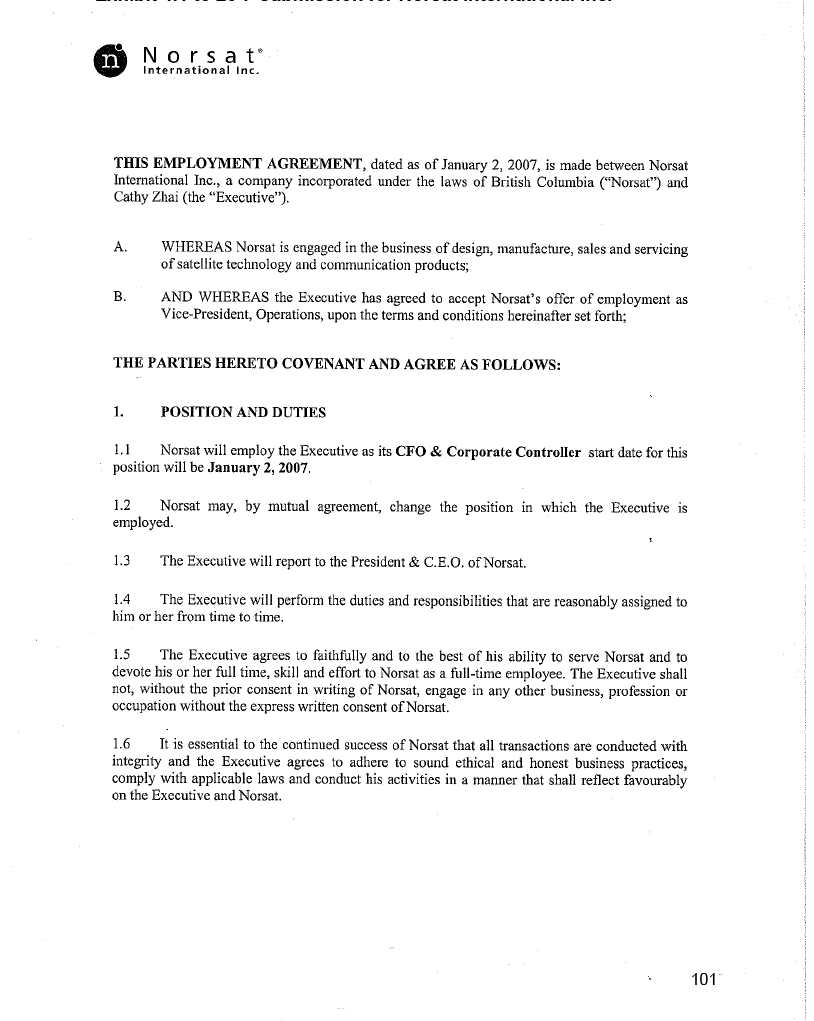
Exhibit 4.1 to 20-F submission for Norsat International Inc.
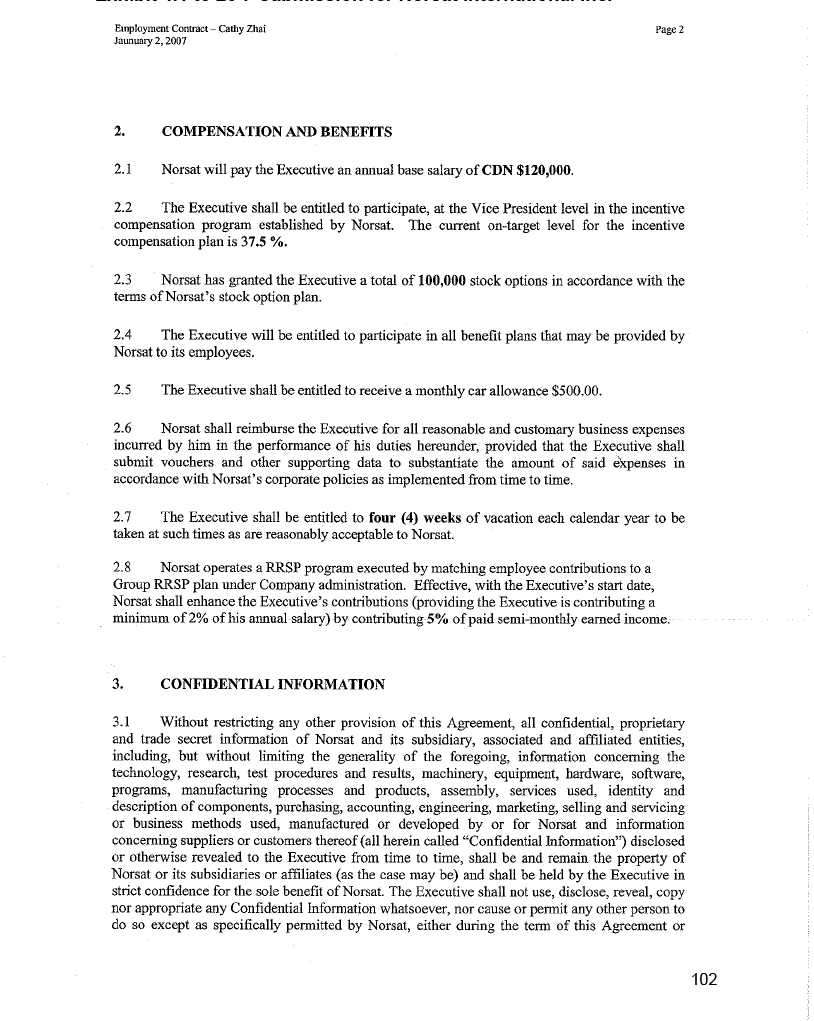
Exhibit 4.1 to 20-F submission for Norsat International Inc.
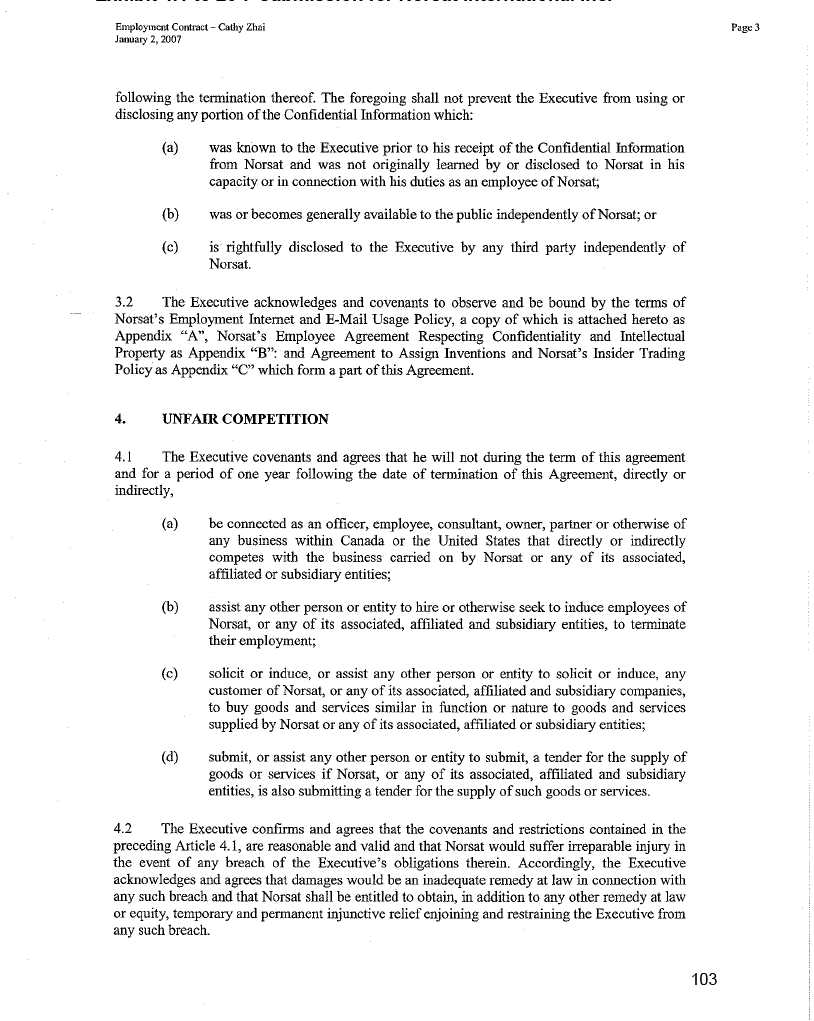
Exhibit 4.1 to 20-F submission for Norsat International Inc.
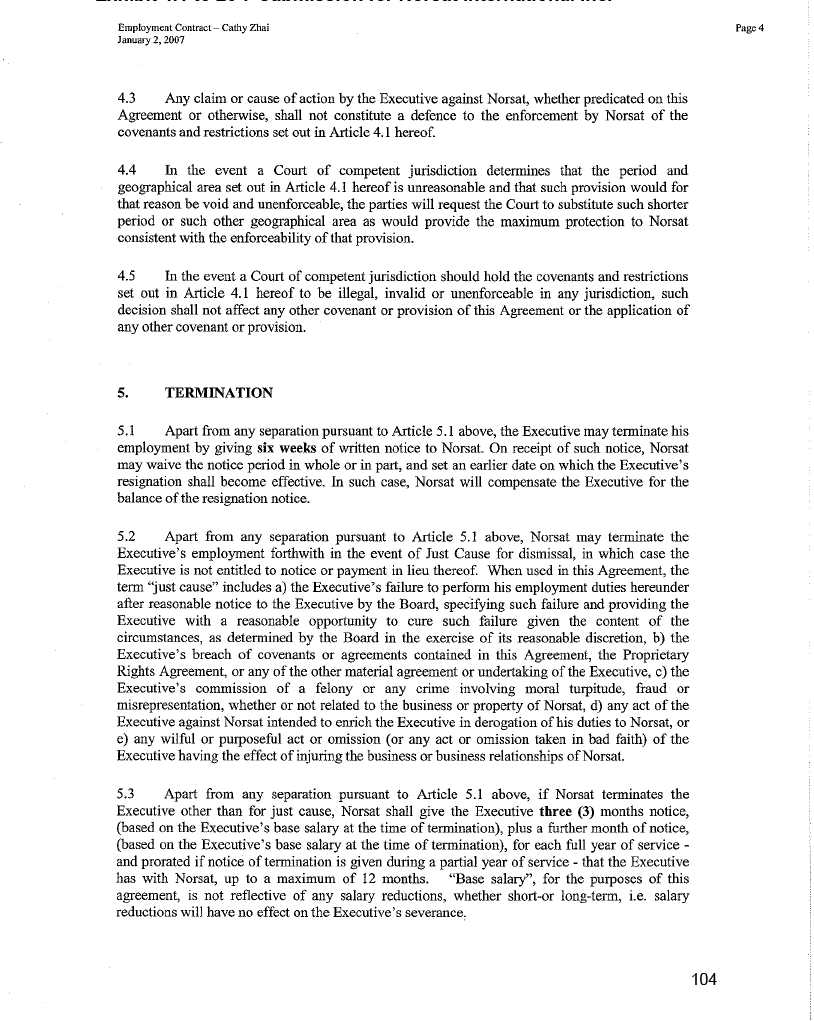
Exhibit 4.1 to 20-F submission for Norsat International Inc.
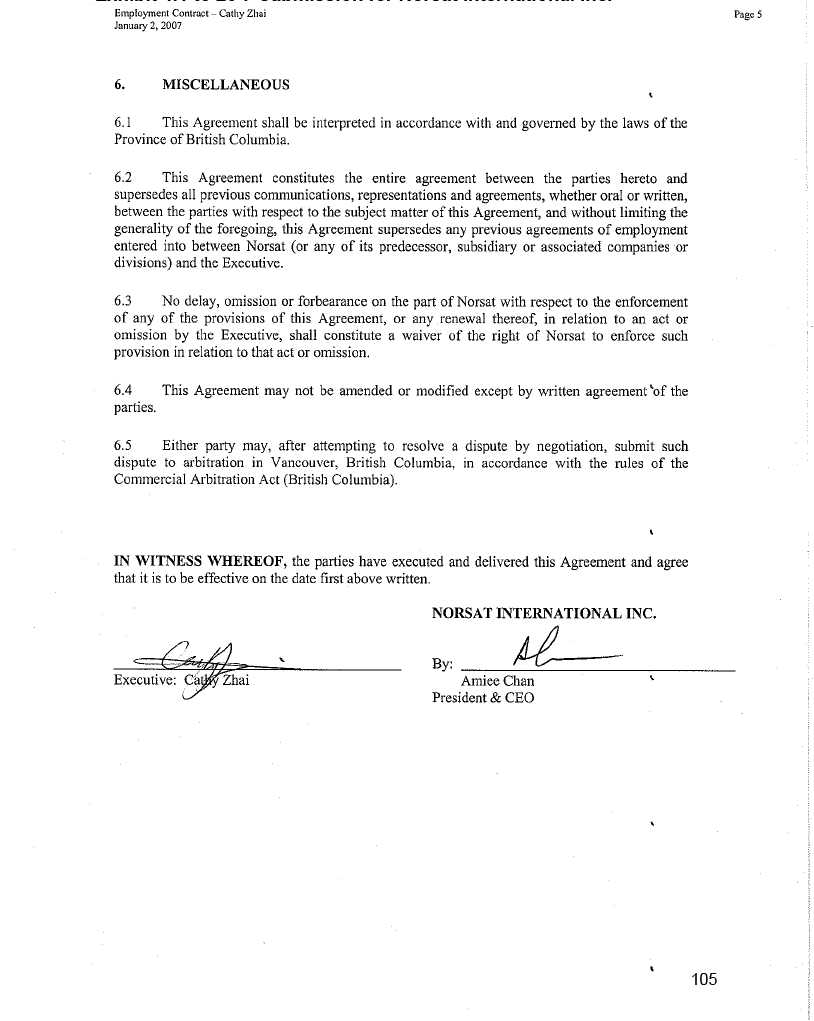
Exhibit 4.1 to 20-F submission for Norsat International Inc.
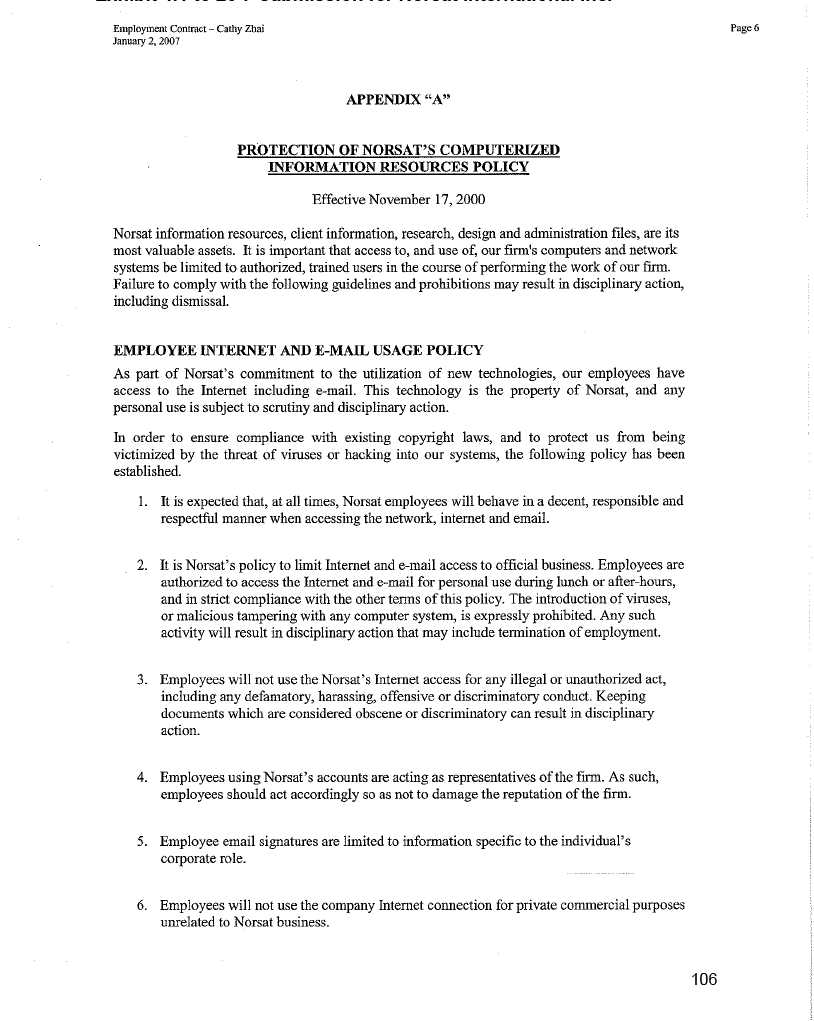
Exhibit 4.1 to 20-F submission for Norsat International Inc.
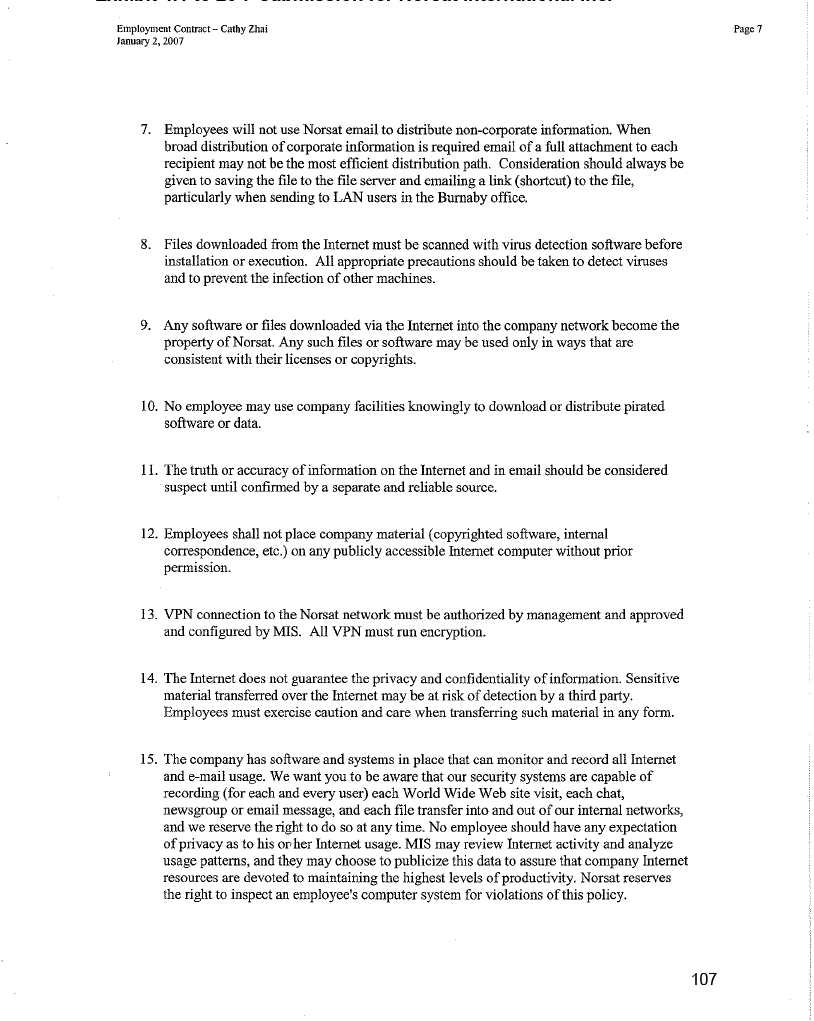
Exhibit 4.1 to 20-F submission for Norsat International Inc.
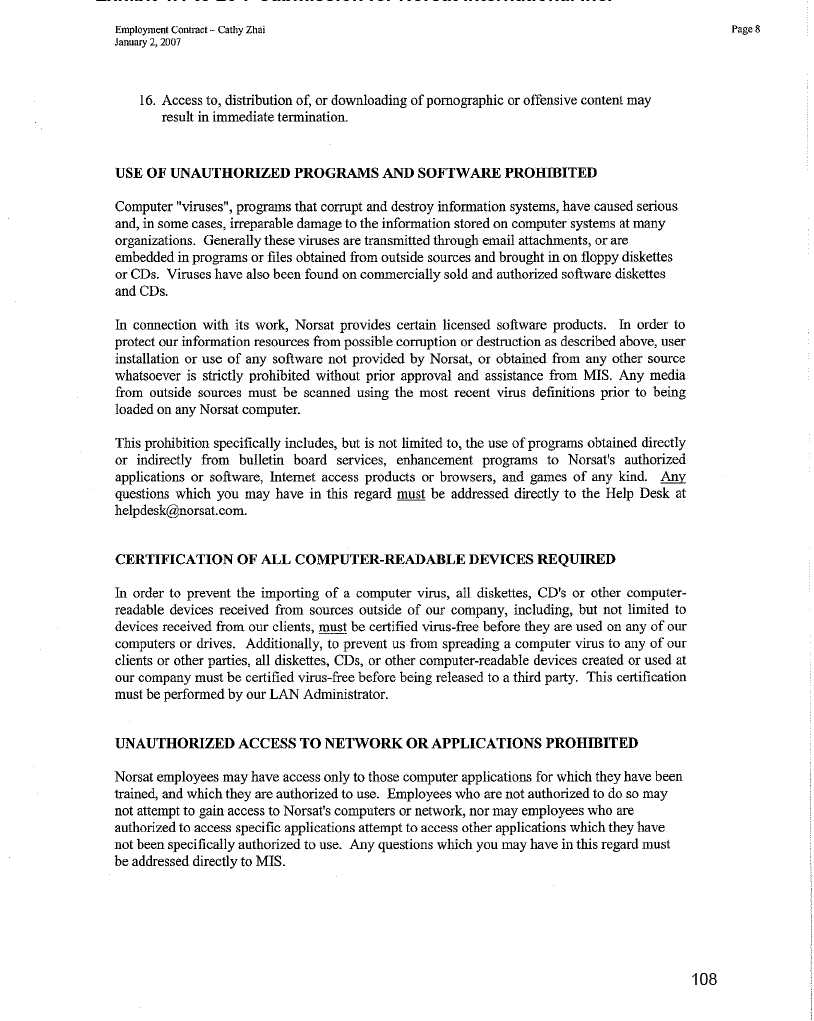
Exhibit 4.1 to 20-F submission for Norsat International Inc.
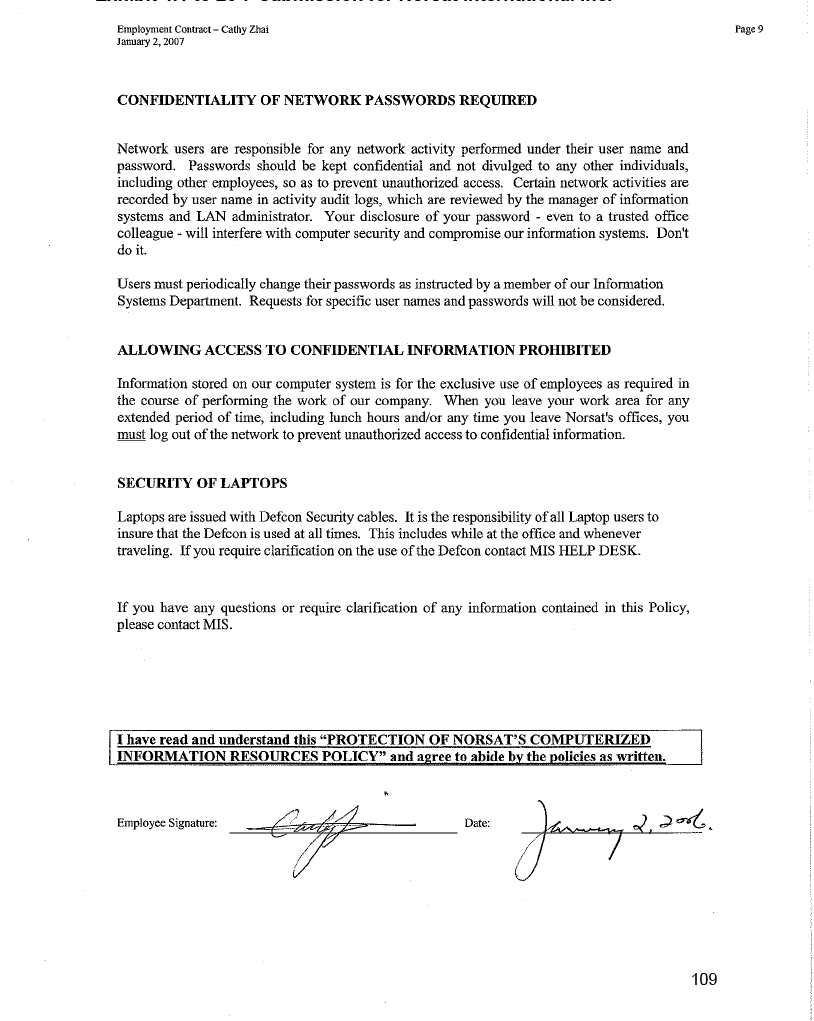
Exhibit 4.1 to 20-F submission for Norsat International Inc.
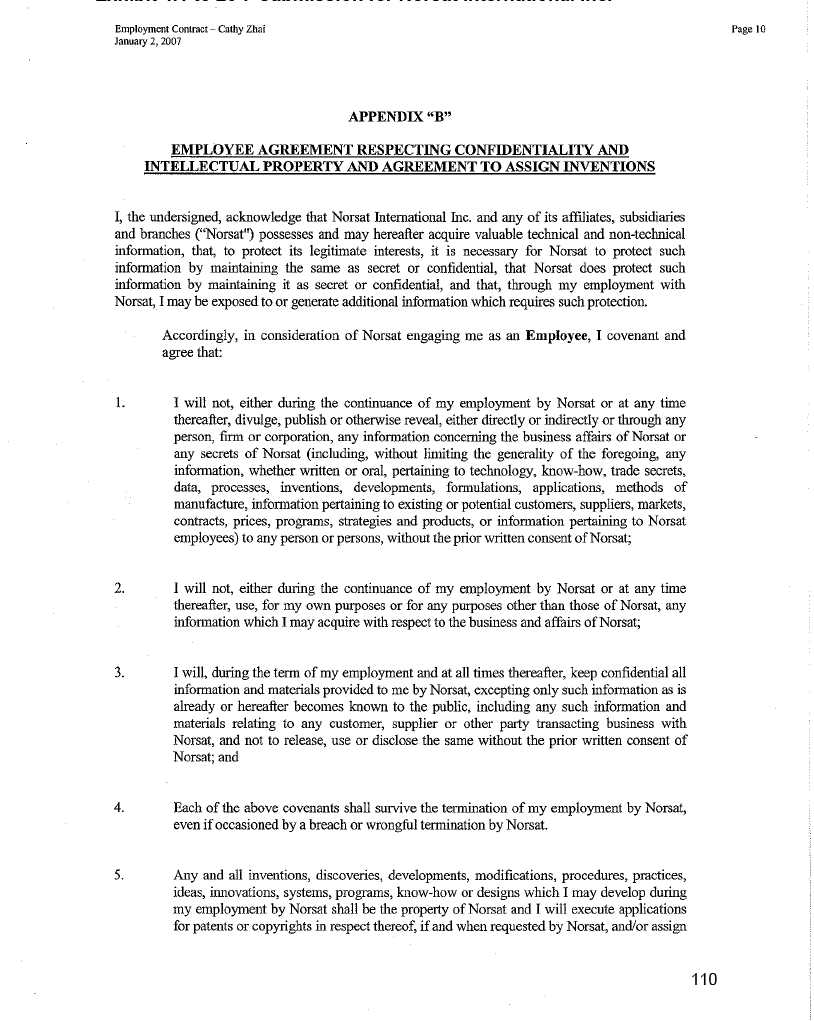
Exhibit 4.1 to 20-F submission for Norsat International Inc.
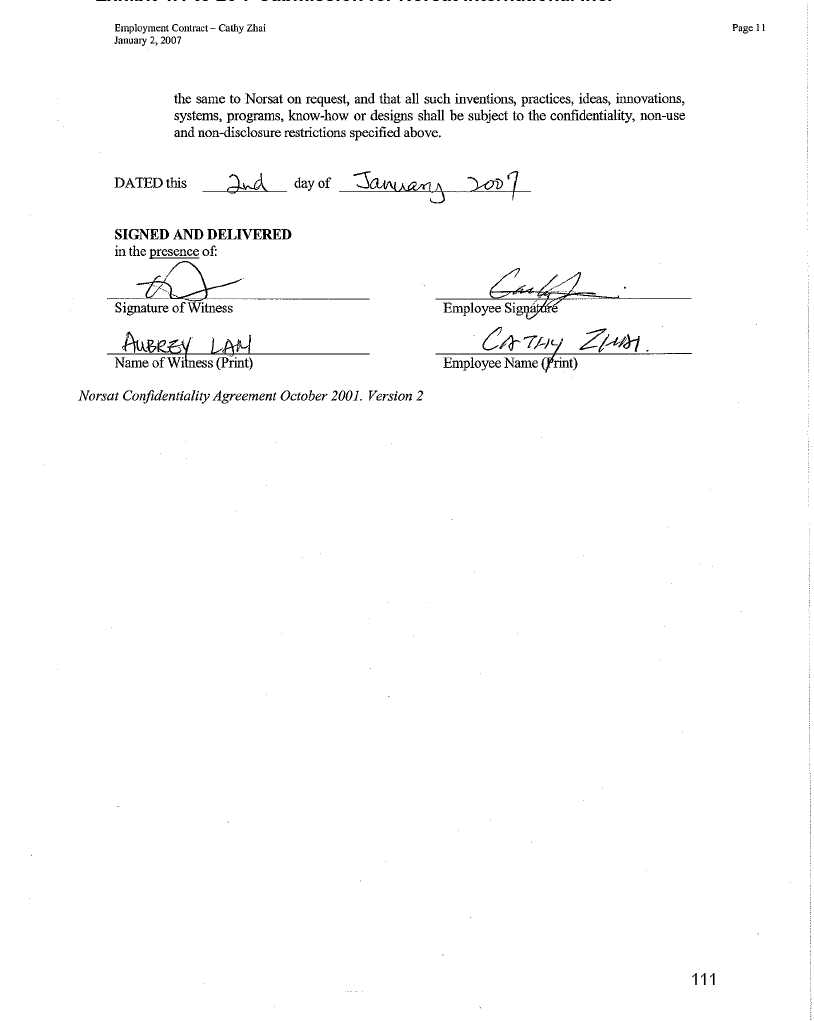
Exhibit 4.1 to 20-F submission for Norsat International Inc.
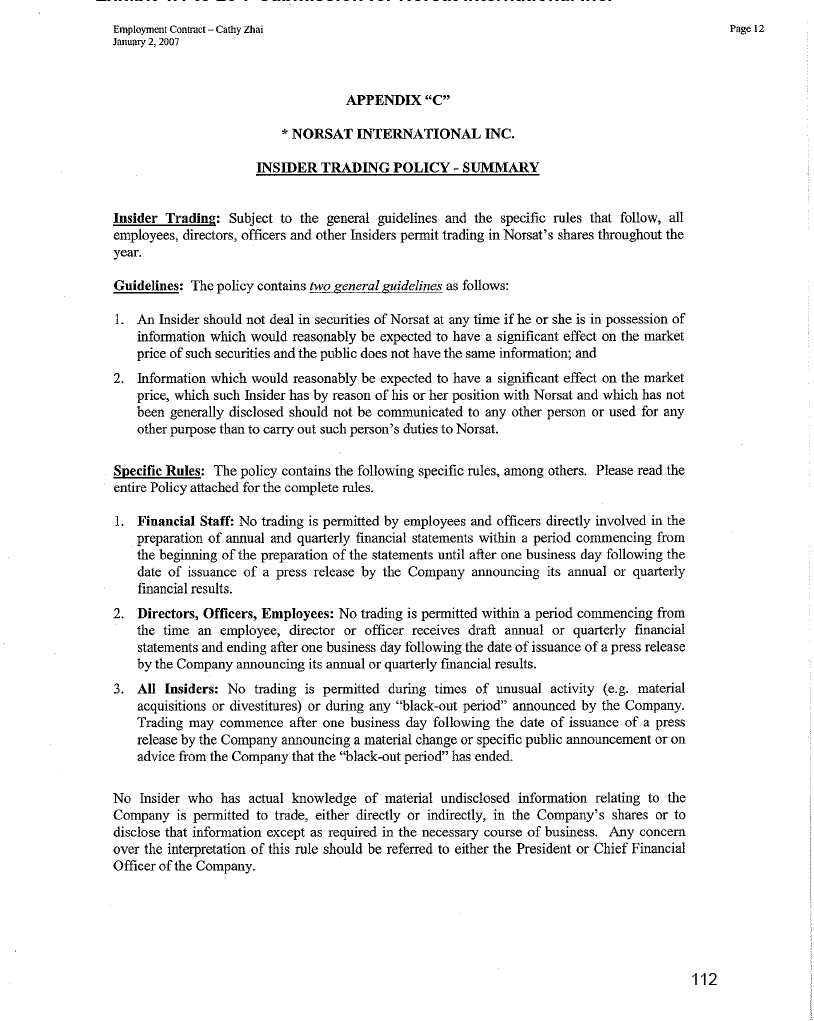
Exhibit 4.1 to 20-F submission for Norsat International Inc.
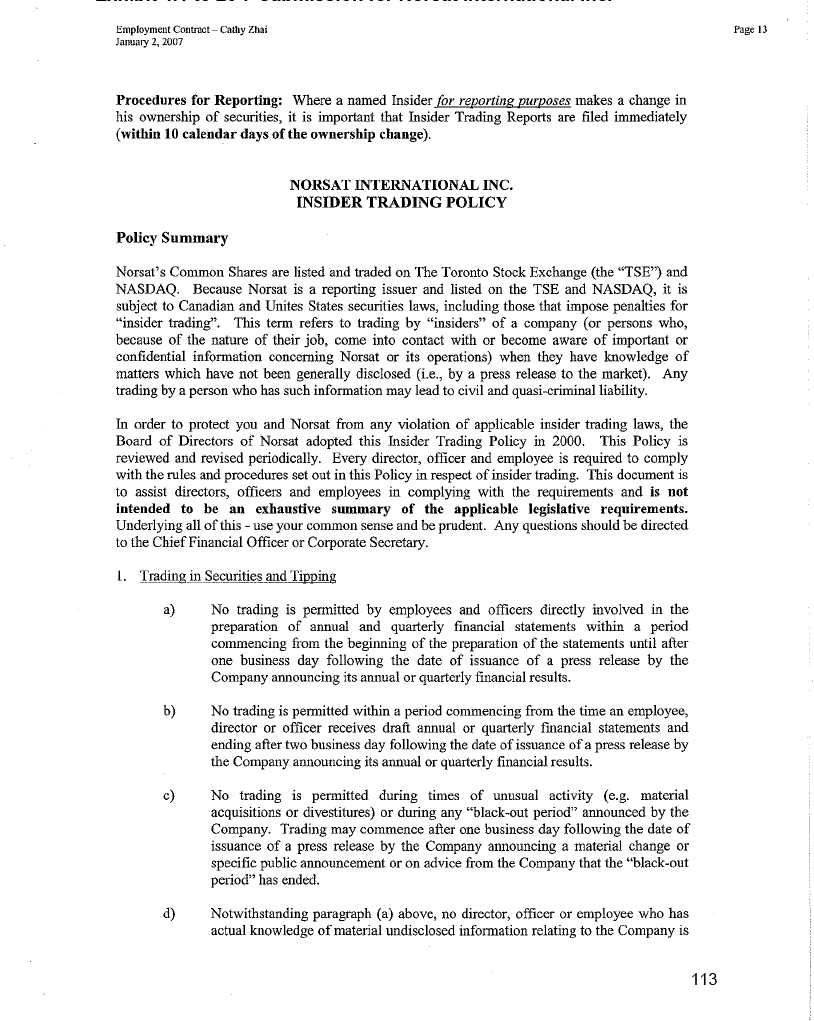
Exhibit 4.1 to 20-F submission for Norsat International Inc.
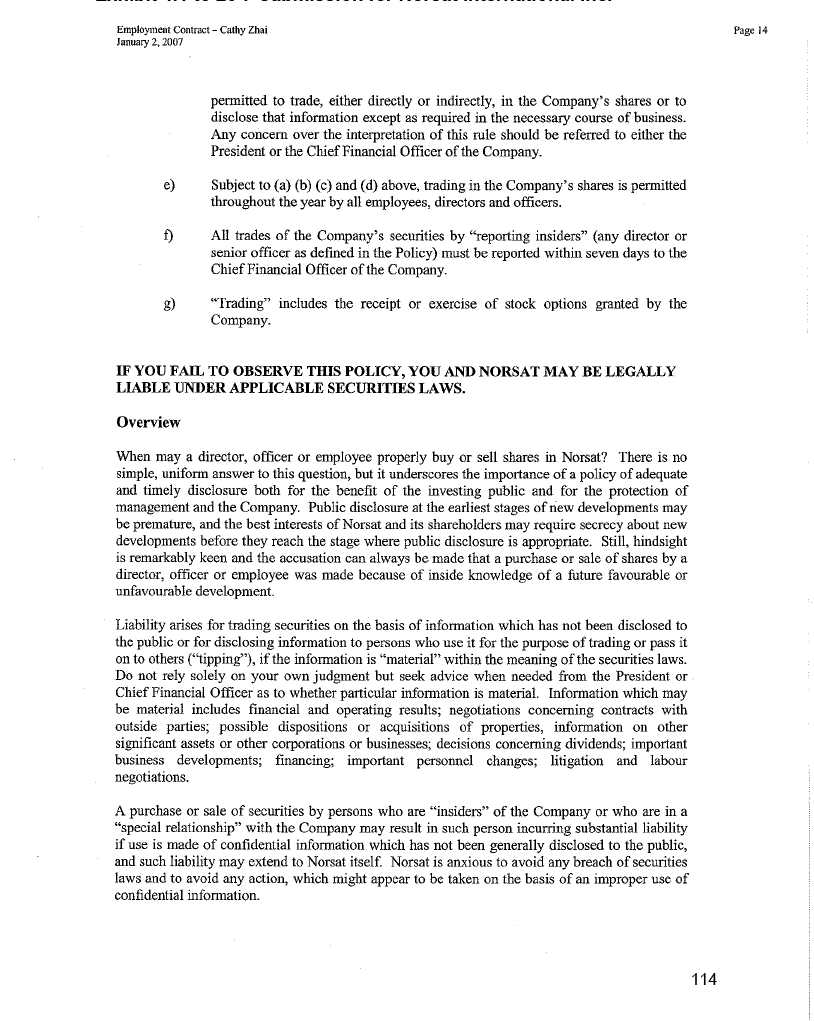
Exhibit 4.1 to 20-F submission for Norsat International Inc.
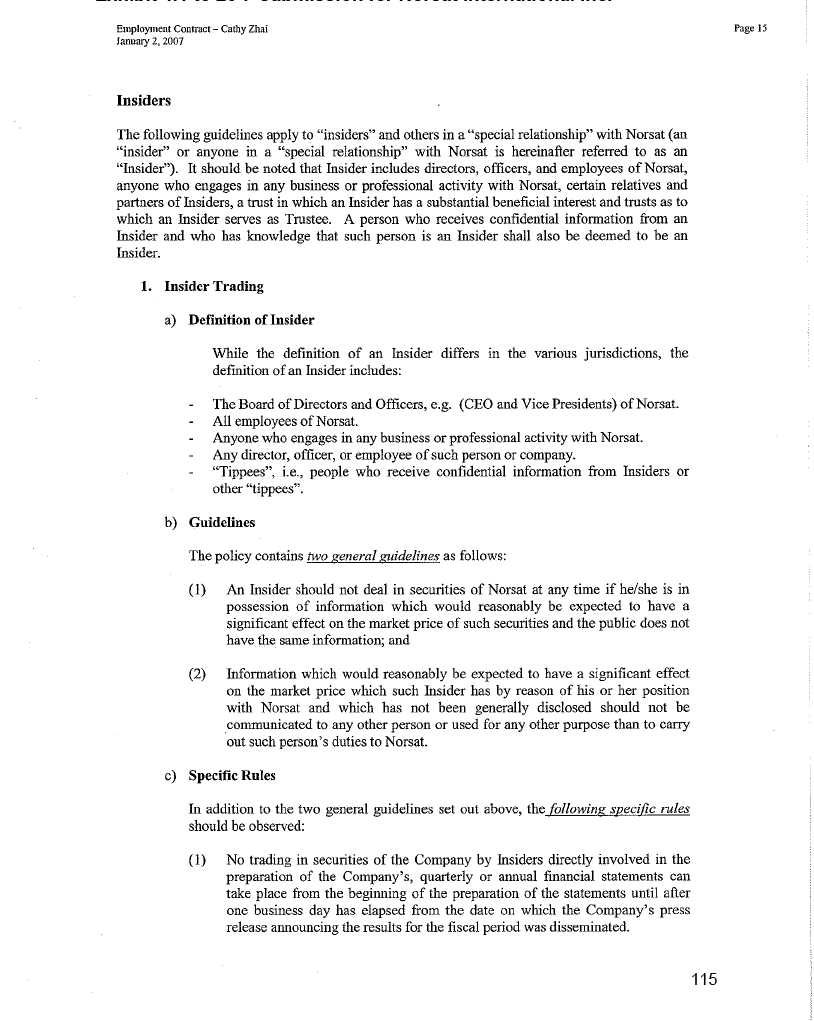
Exhibit 4.1 to 20-F submission for Norsat International Inc.
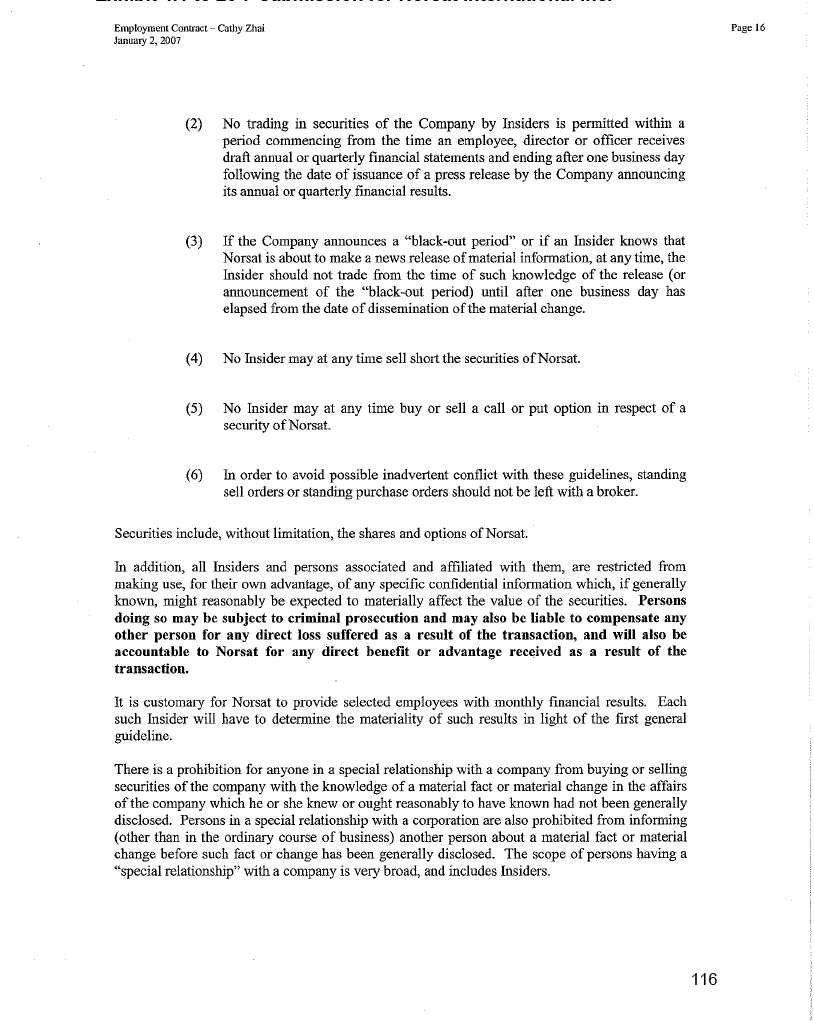
Exhibit 4.1 to 20-F submission for Norsat International Inc.

Exhibit 4.2 to 20-F submission for Norsat International Inc.
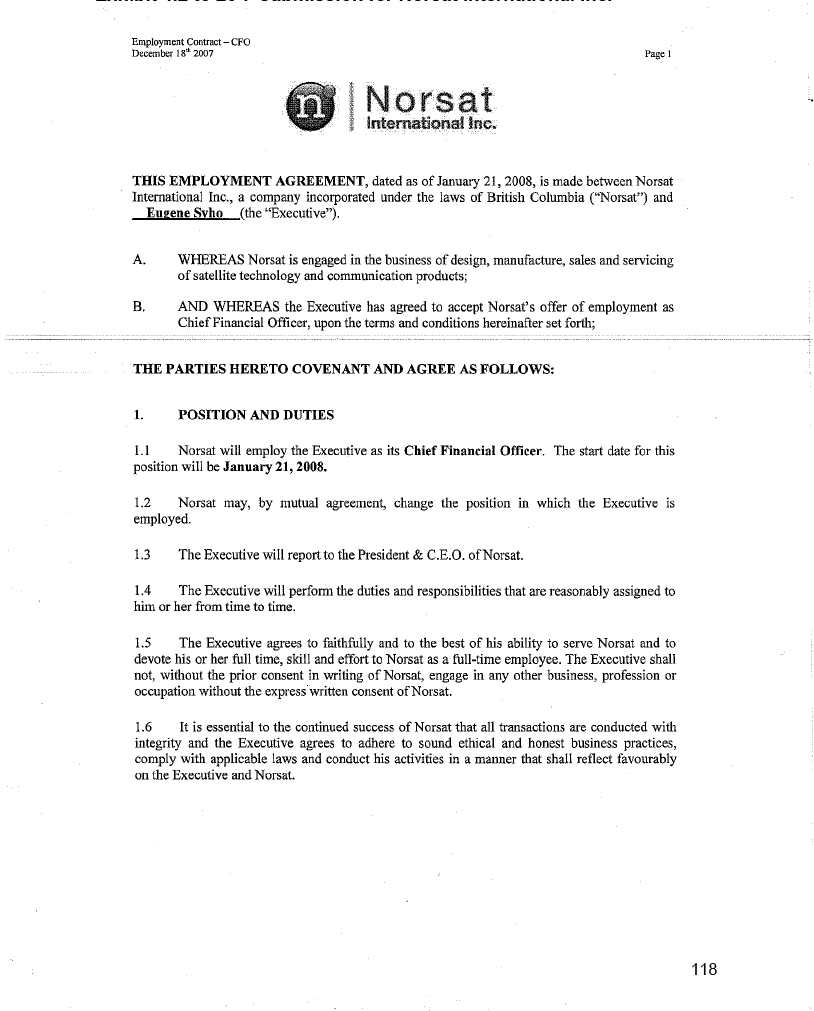
Exhibit 4.2 to 20-F submission for Norsat International Inc.

Exhibit 4.2 to 20-F submission for Norsat International Inc.
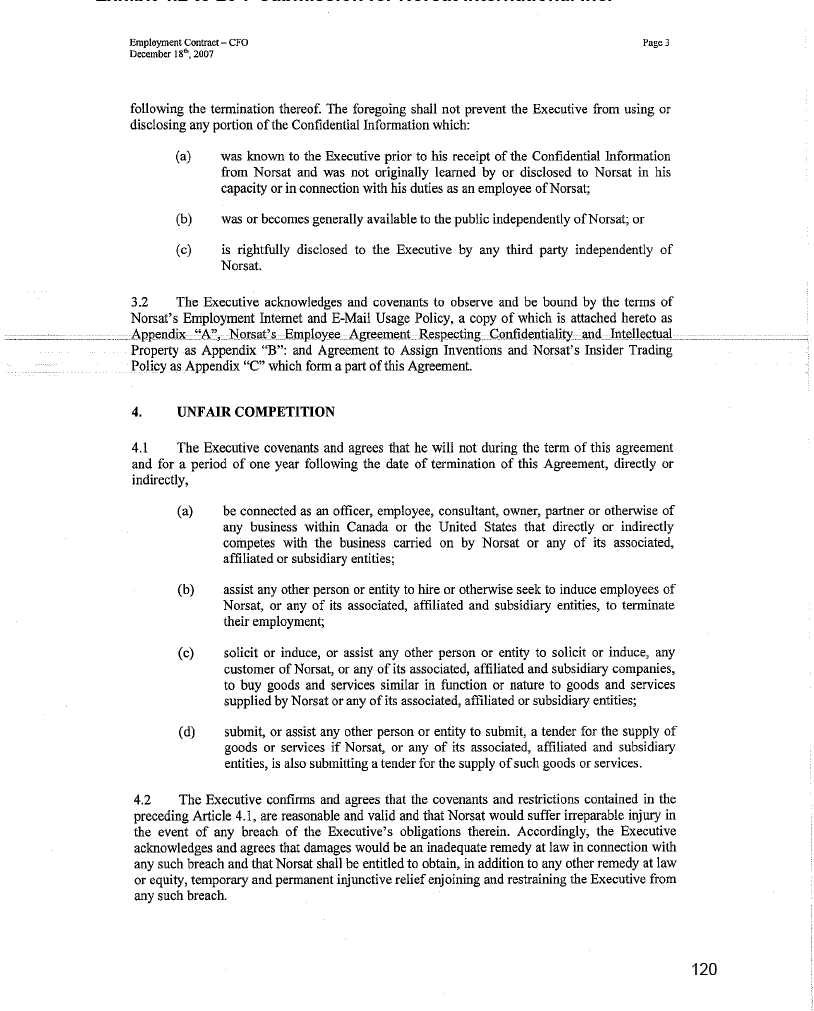
Exhibit 4.2 to 20-F submission for Norsat International Inc.
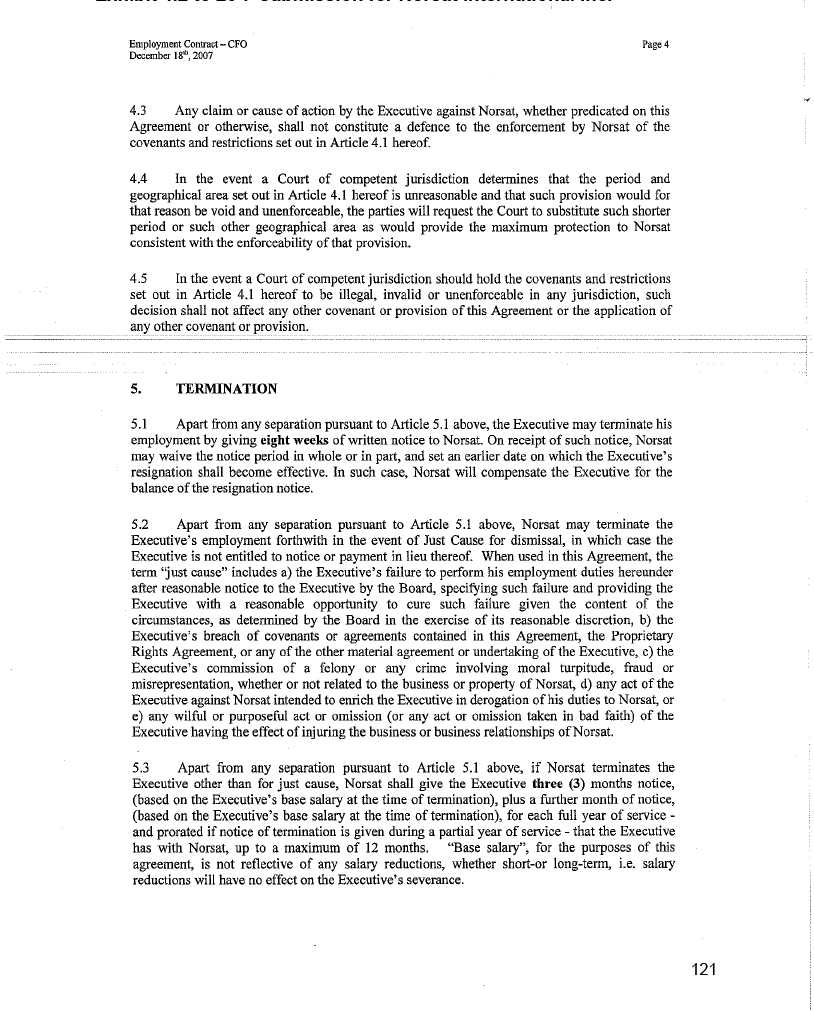
Exhibit 4.2 to 20-F submission for Norsat International Inc.
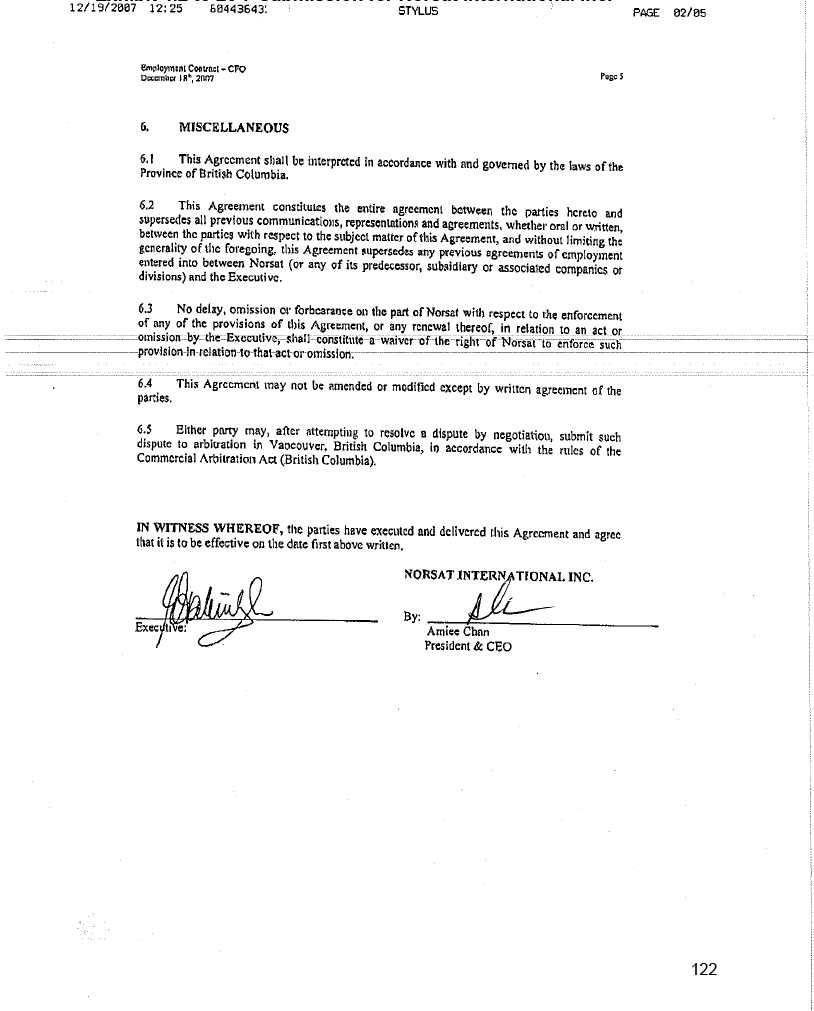
Exhibit 4.2 to 20-F submission for Norsat International Inc.
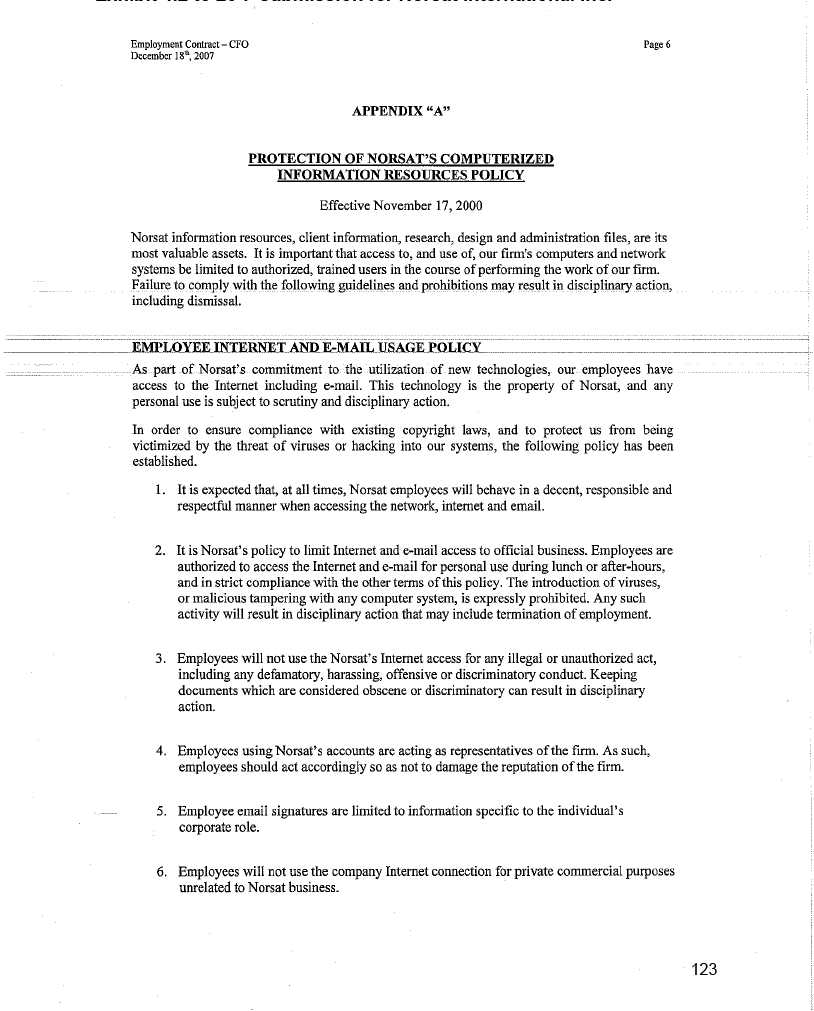
Exhibit 4.2 to 20-F submission for Norsat International Inc.
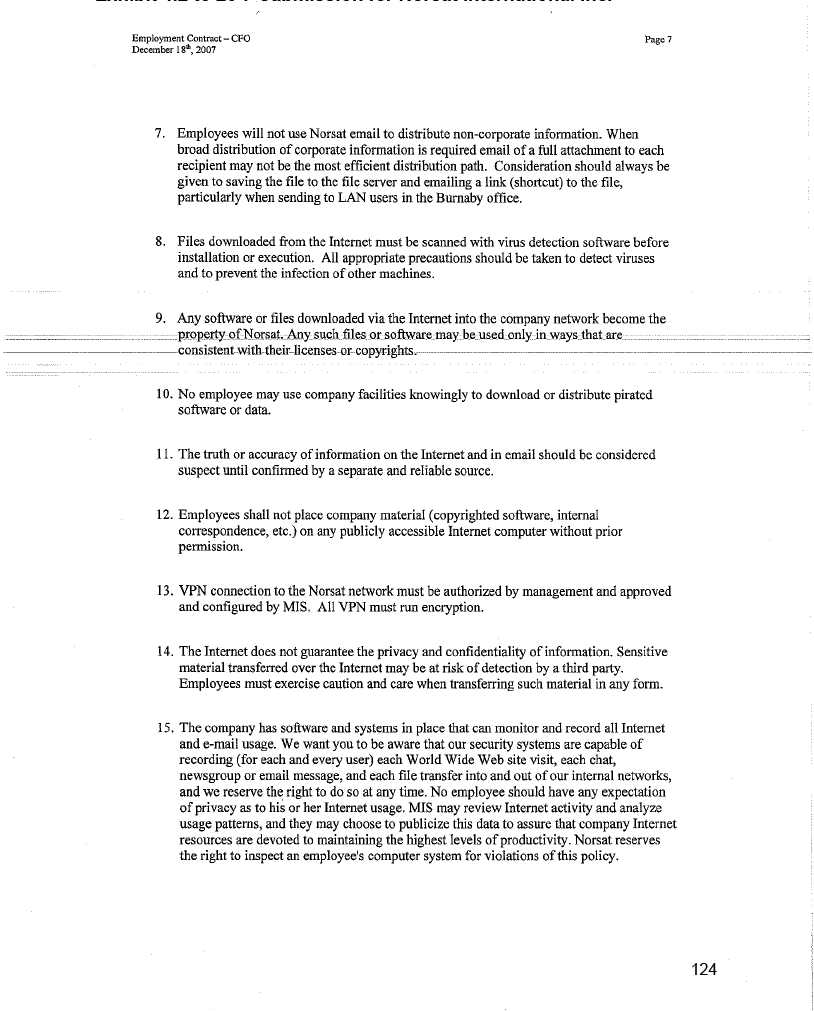
Exhibit 4.2 to 20-F submission for Norsat International Inc.
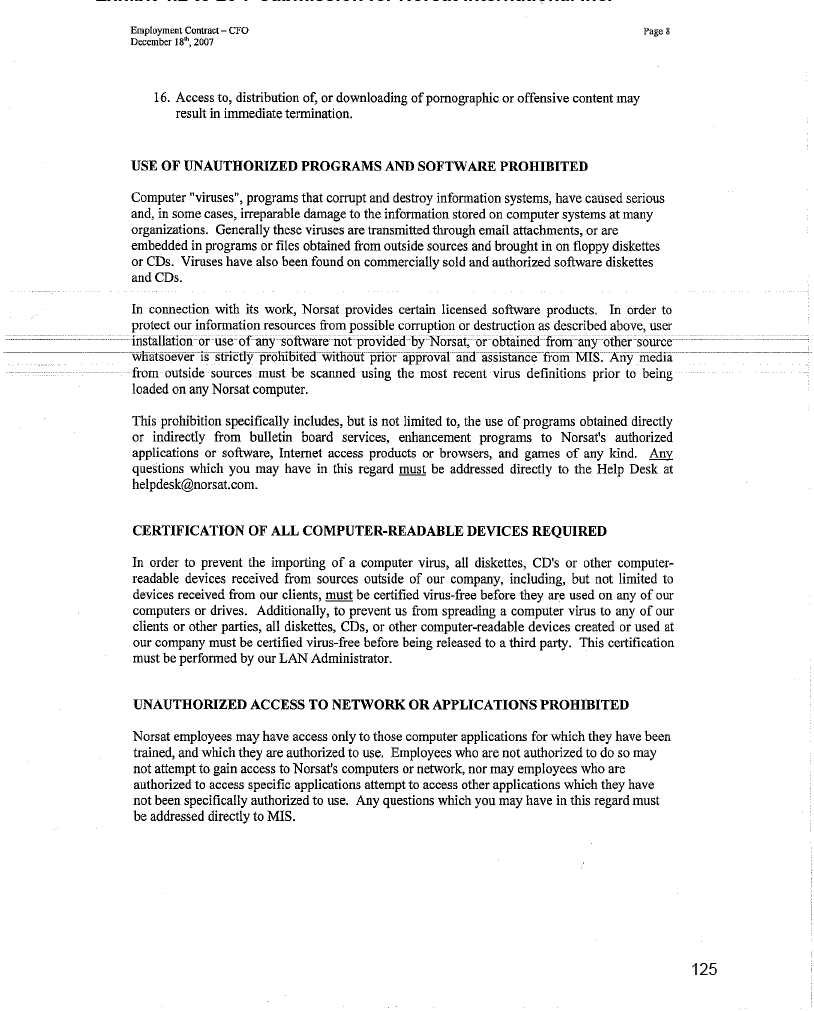
Exhibit 4.2 to 20-F submission for Norsat International Inc.
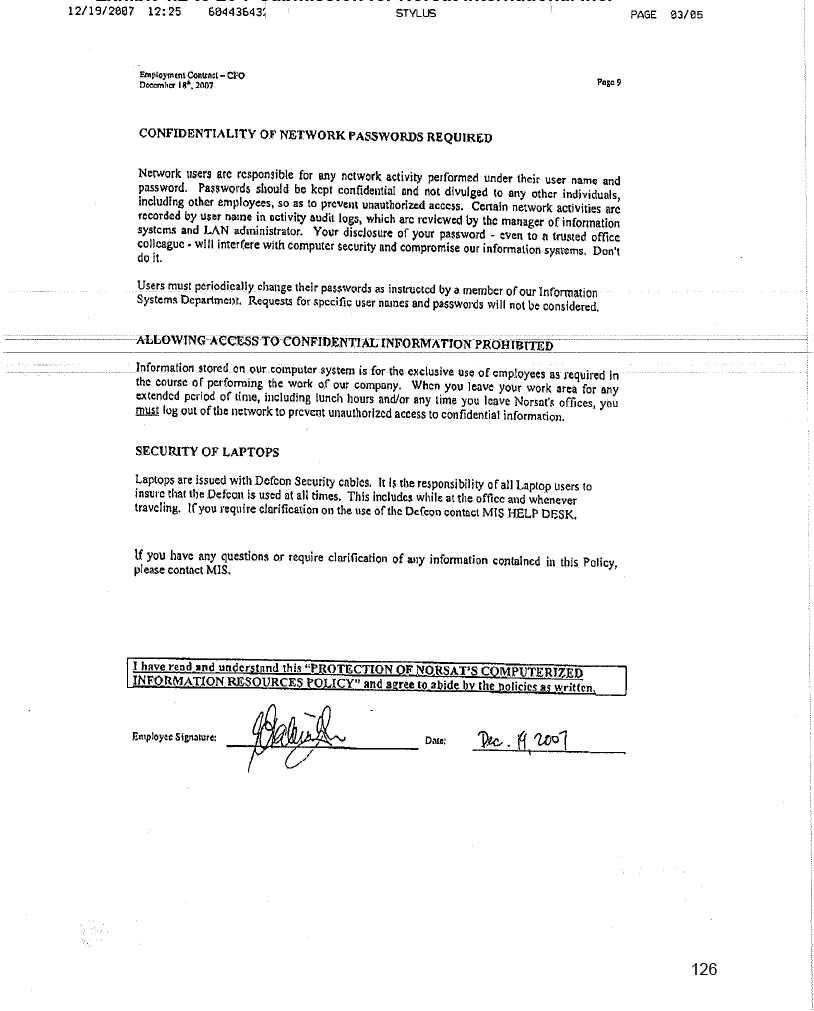
Exhibit 4.2 to 20-F submission for Norsat International Inc.
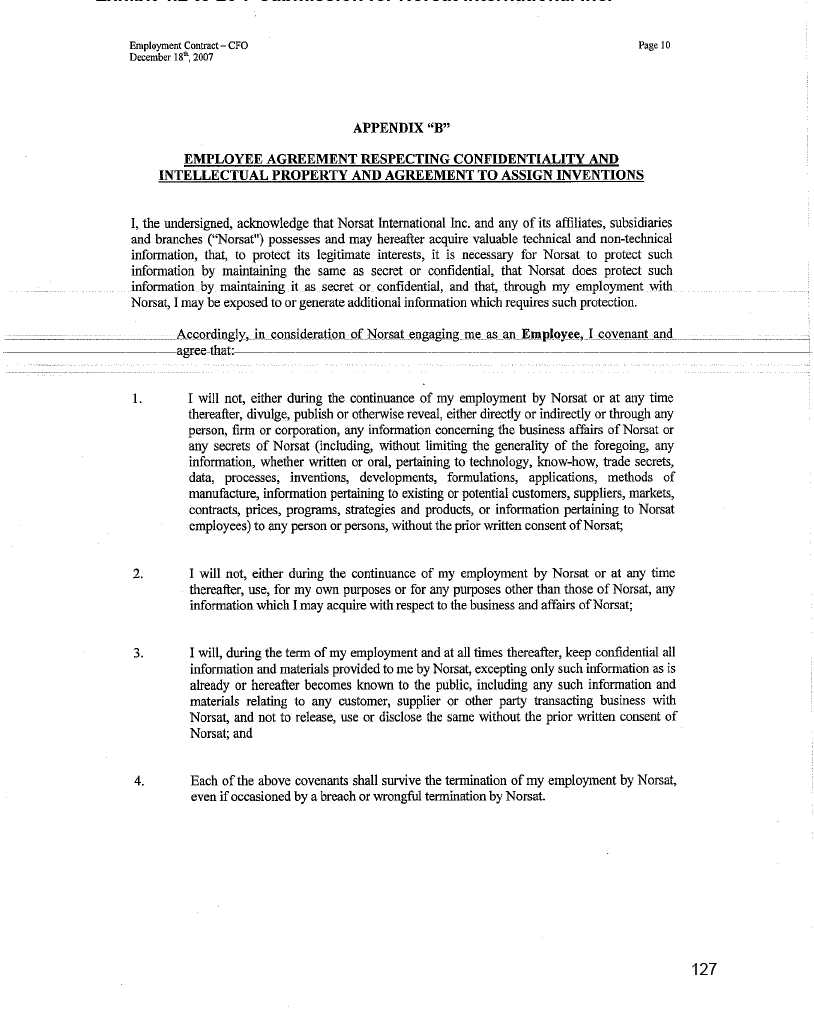
Exhibit 4.2 to 20-F submission for Norsat International Inc.
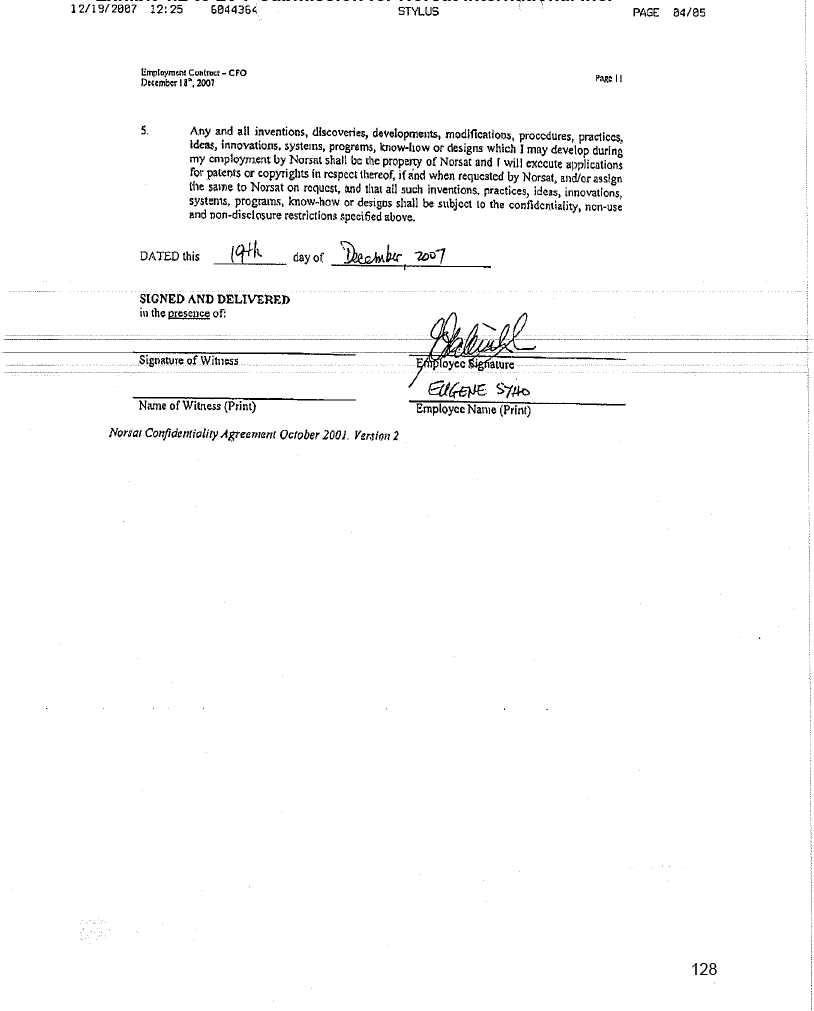
Exhibit 4.2 to 20-F submission for Norsat International Inc.
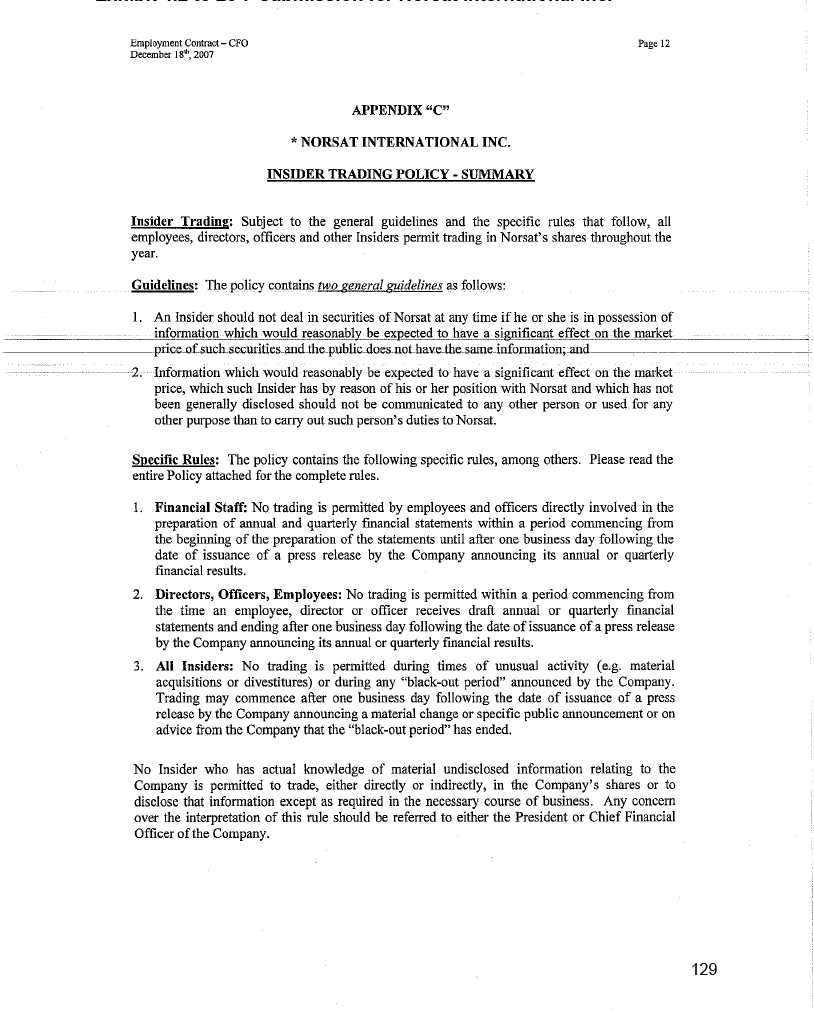
Exhibit 4.2 to 20-F submission for Norsat International Inc.
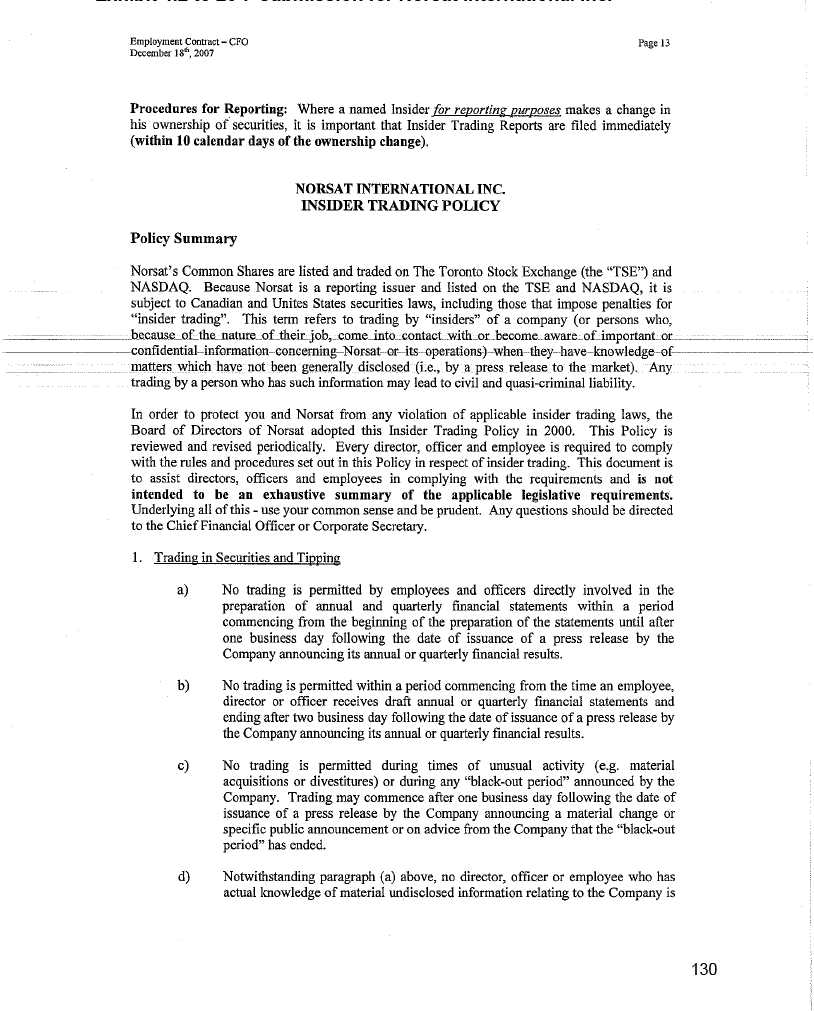
Exhibit 4.2 to 20-F submission for Norsat International Inc.
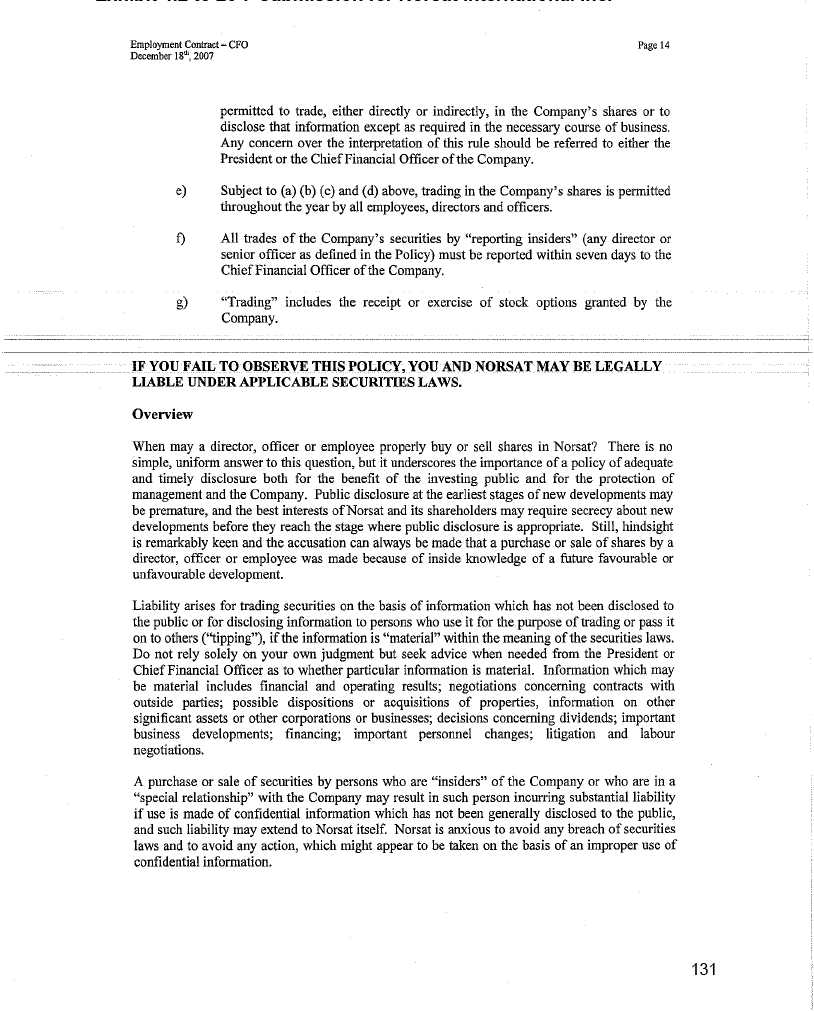
Exhibit 4.2 to 20-F submission for Norsat International Inc.

Exhibit 4.2 to 20-F submission for Norsat International Inc.
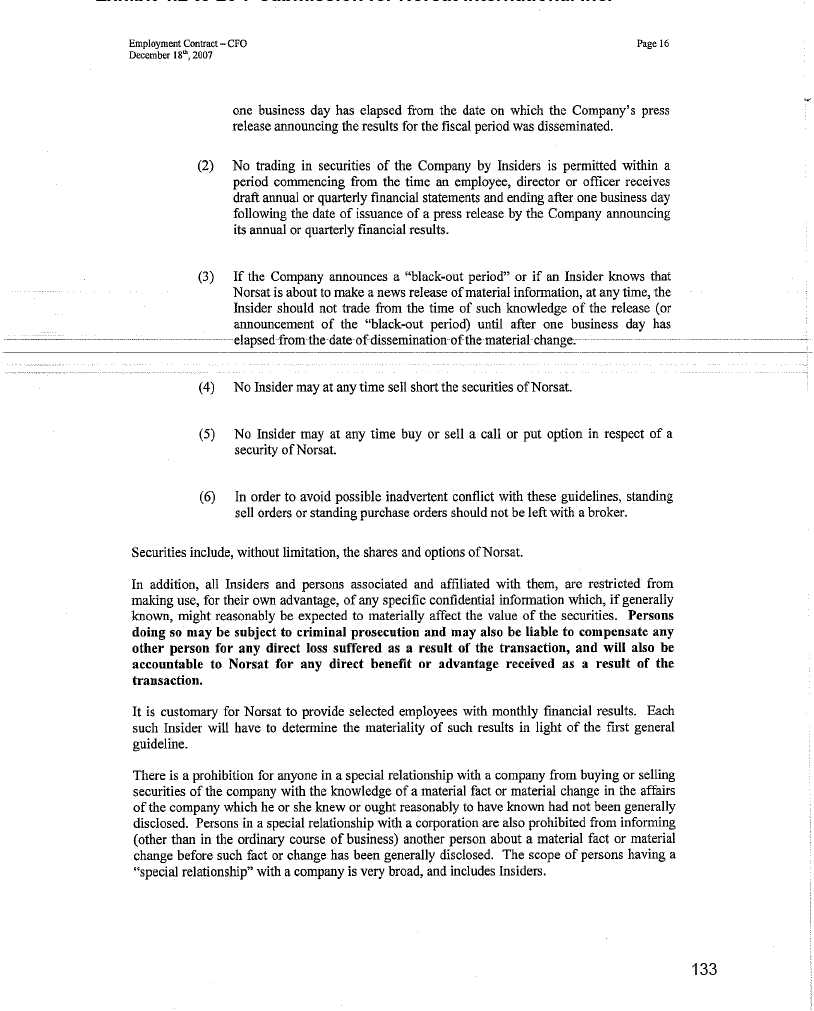
Exhibit 4.2 to 20-F submission for Norsat International Inc.
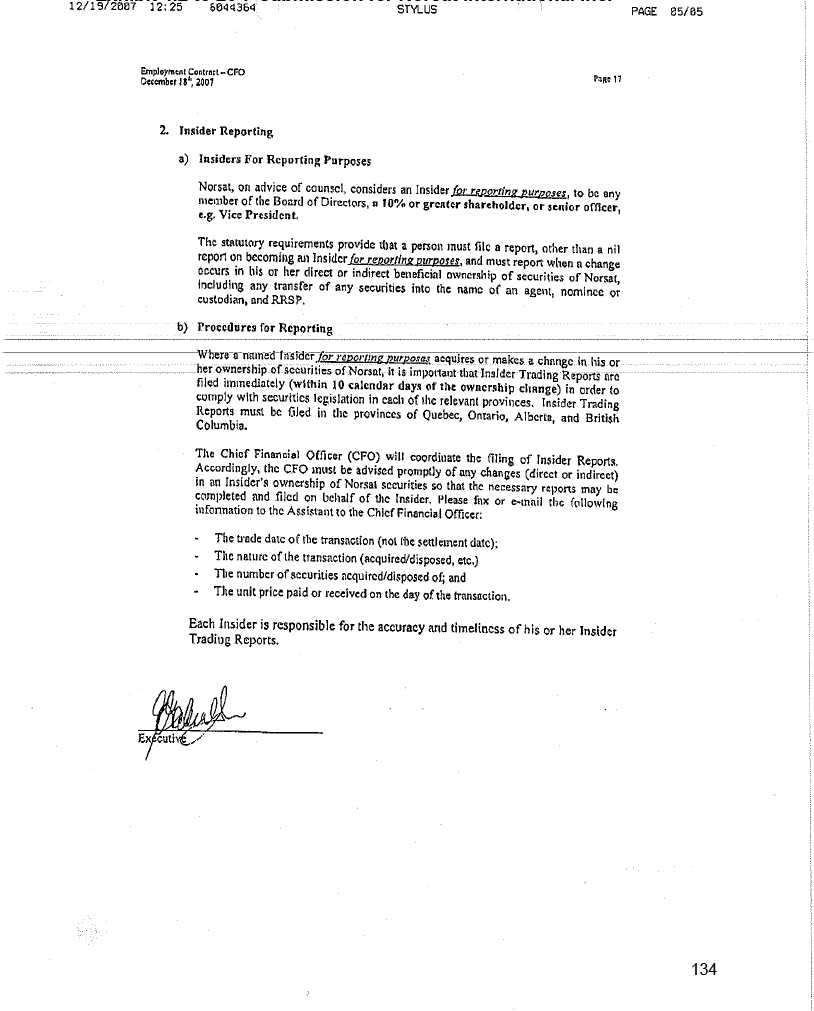
Exhibit 4.3 to 20-F submission for Norsat International Inc.
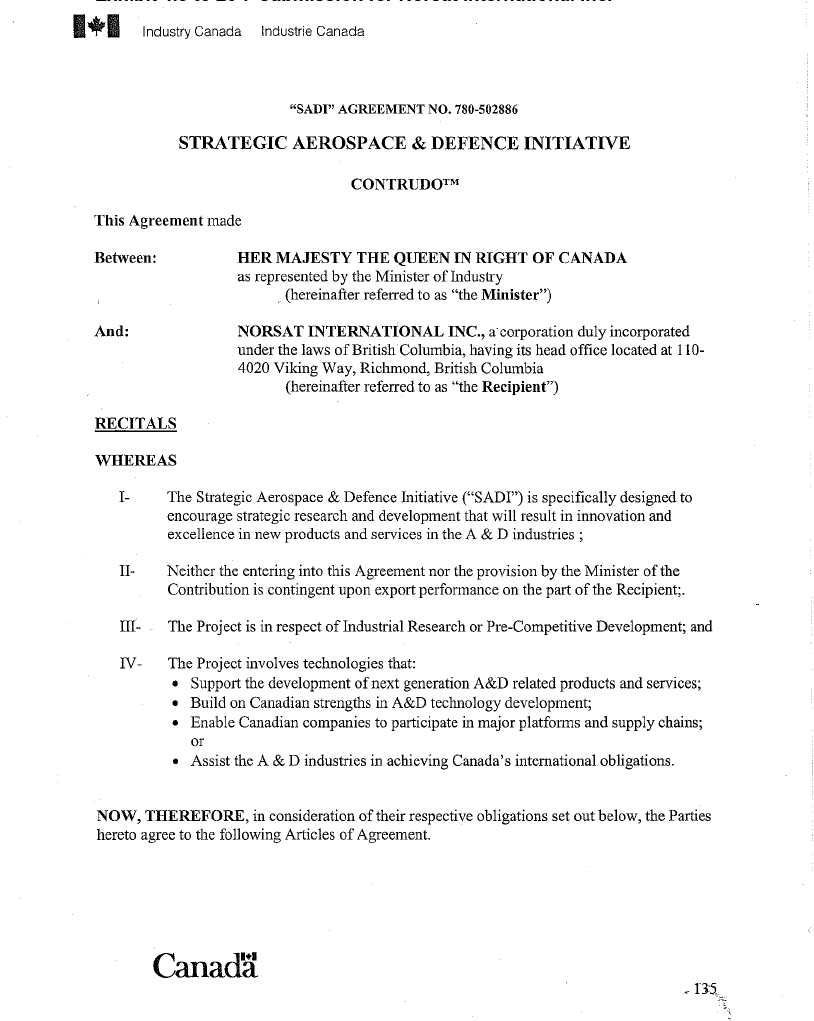
Exhibit 4.3 to 20-F submission for Norsat International Inc.
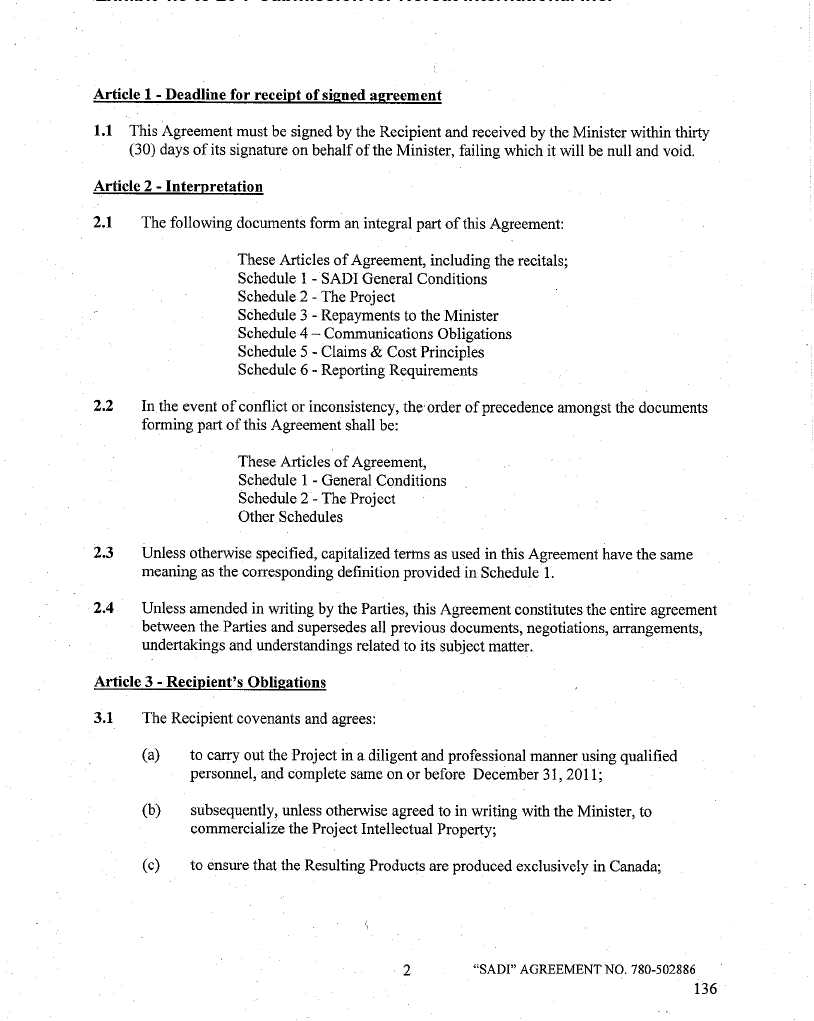
Exhibit 4.3 to 20-F submission for Norsat International Inc.
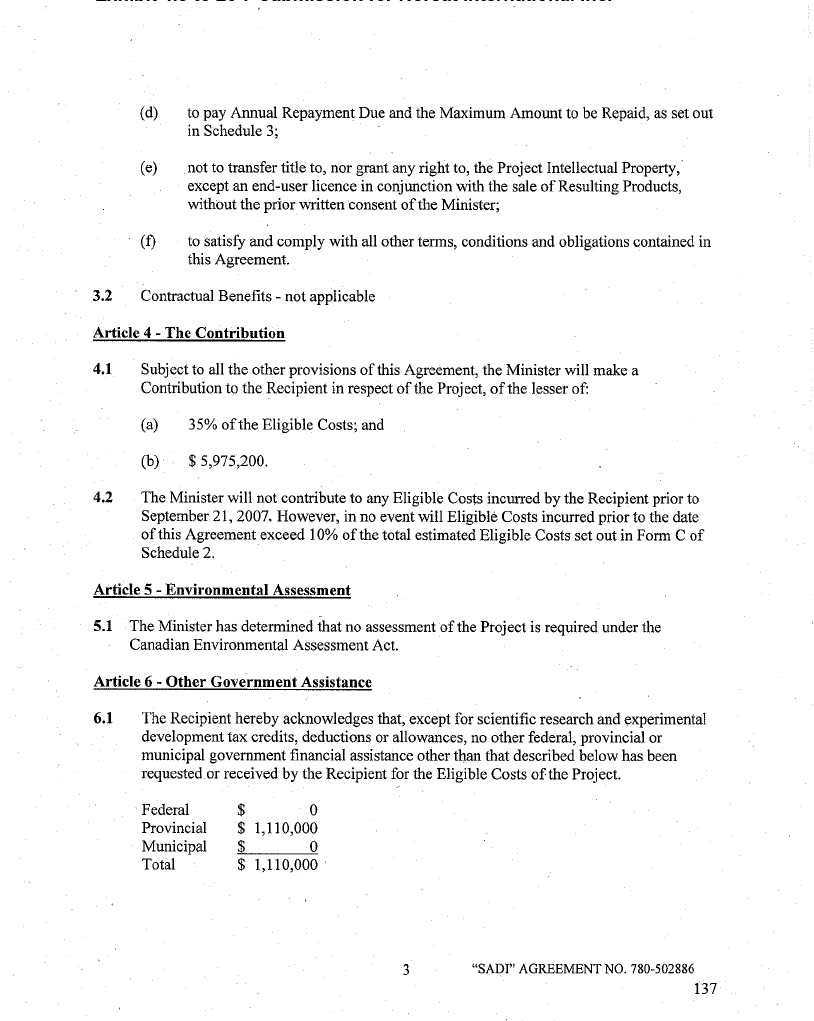
Exhibit 4.3 to 20-F submission for Norsat International Inc.
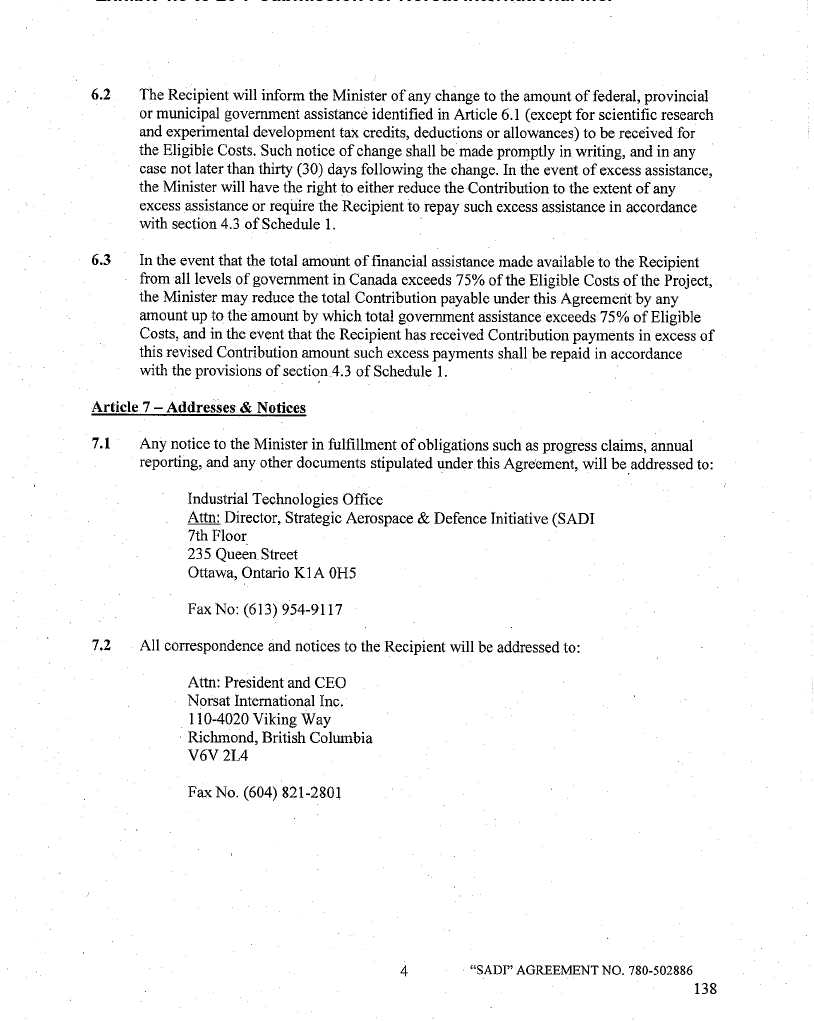
Exhibit 4.3 to 20-F submission for Norsat International Inc.
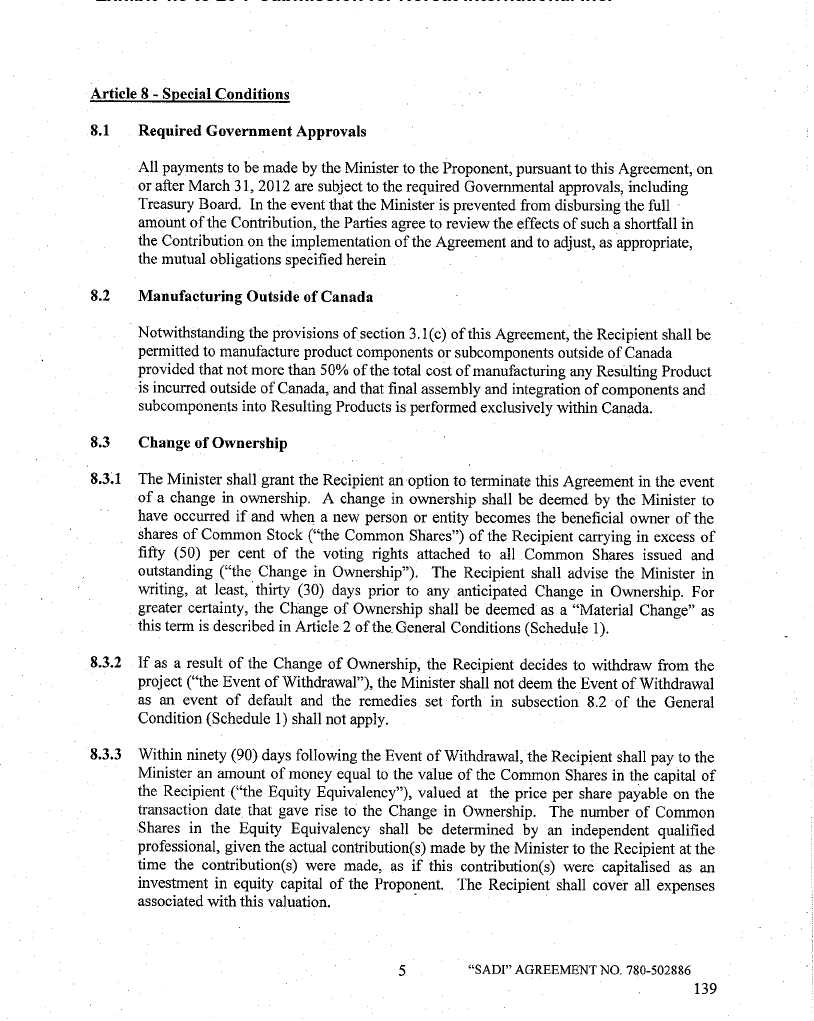
Exhibit 4.3 to 20-F submission for Norsat International Inc.
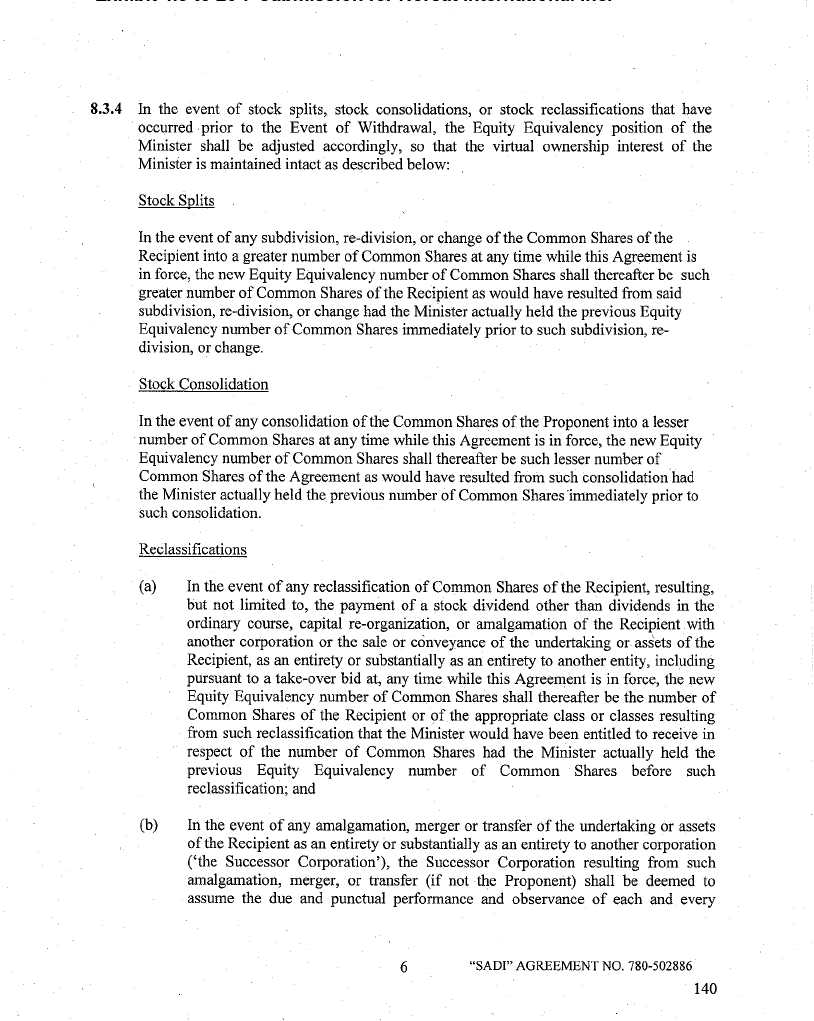
Exhibit 4.3 to 20-F submission for Norsat International Inc.
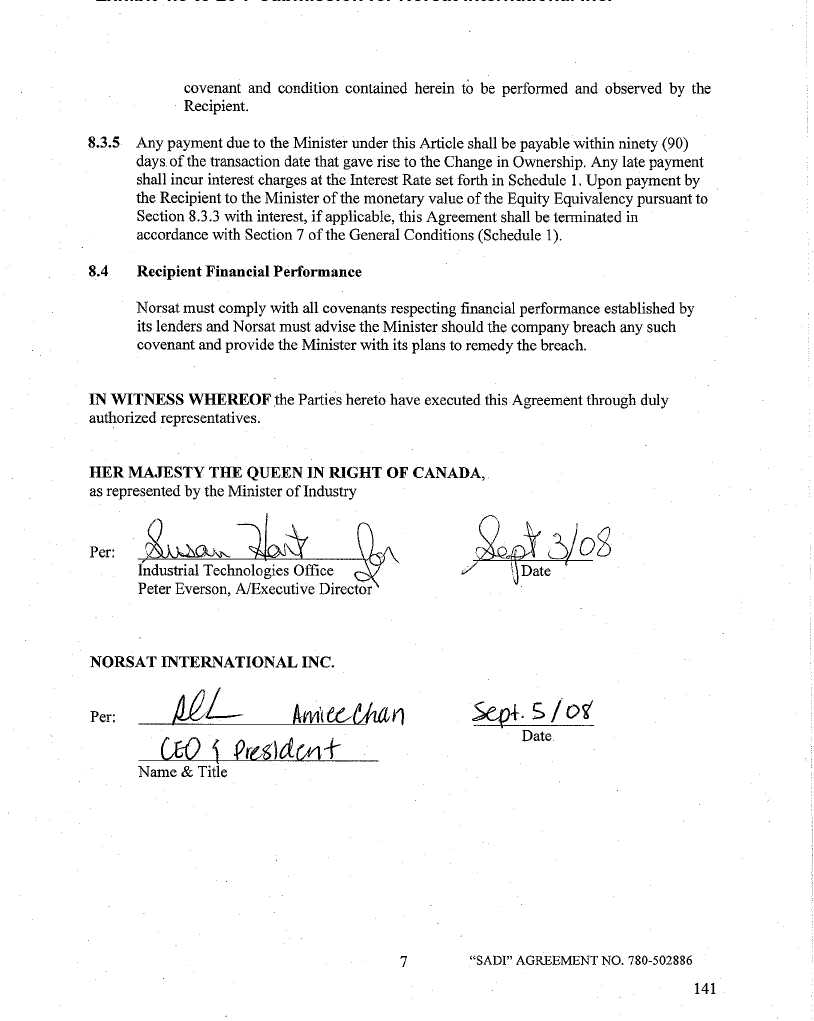
Exhibit 4.3 to 20-F submission for Norsat International Inc.
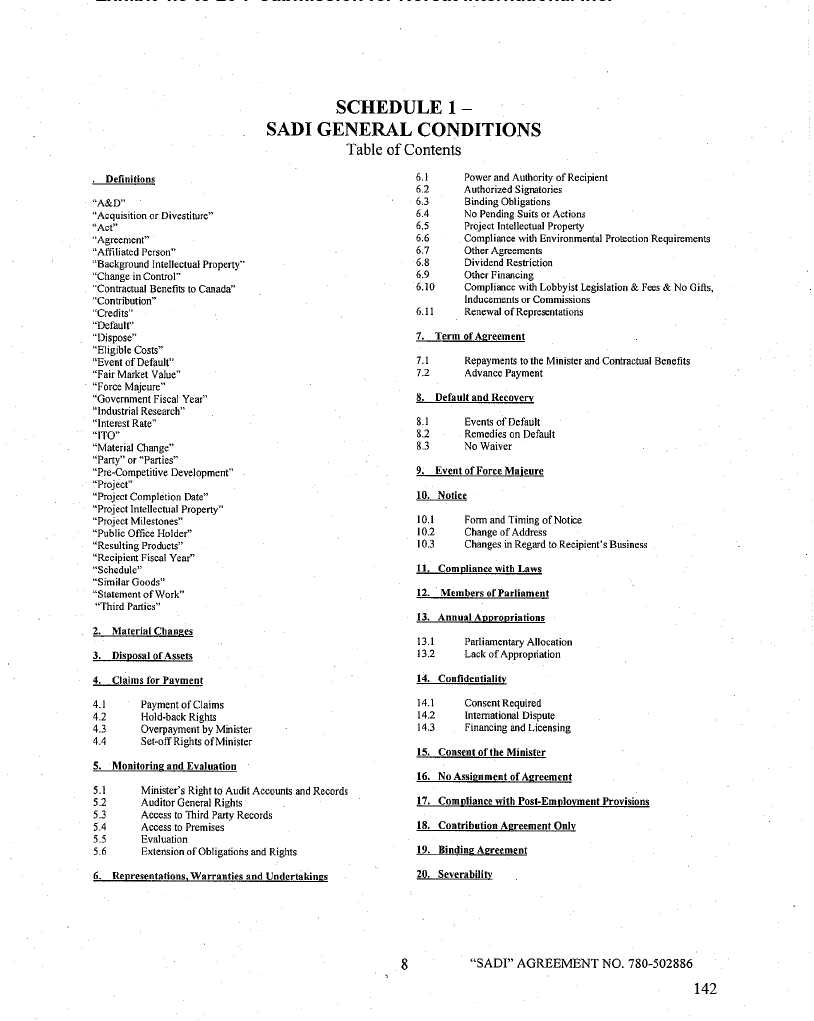
Exhibit 4.3 to 20-F submission for Norsat International Inc.
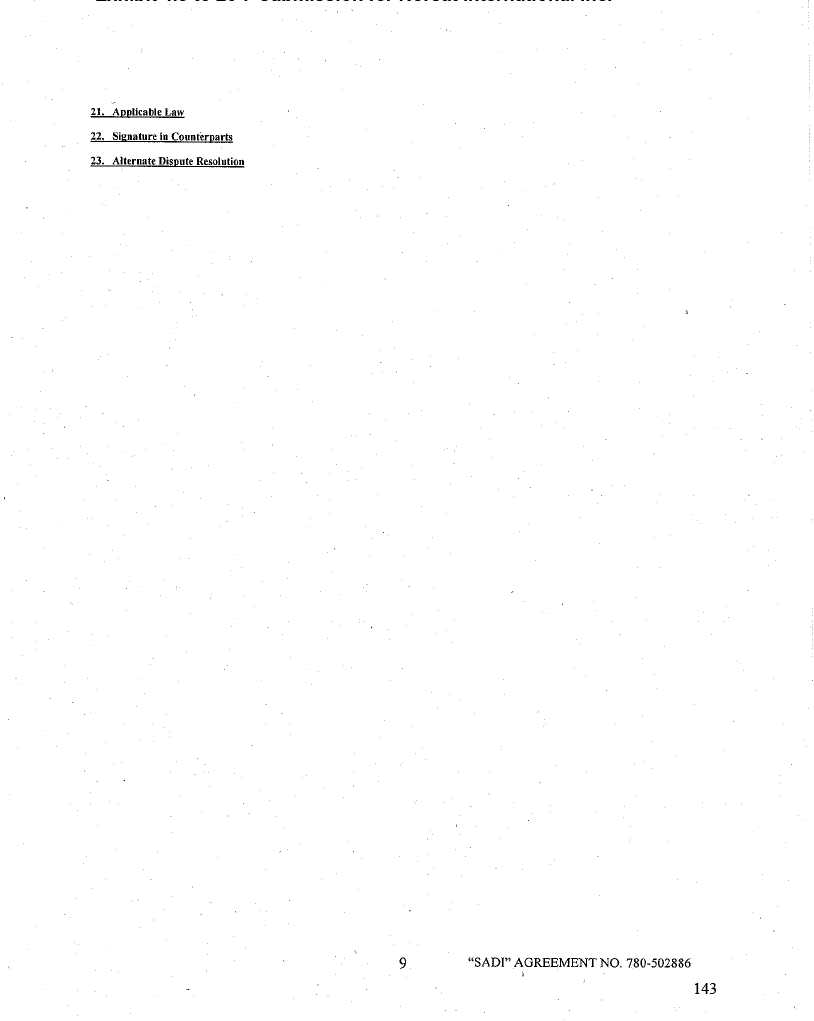
Exhibit 4.3 to 20-F submission for Norsat International Inc.
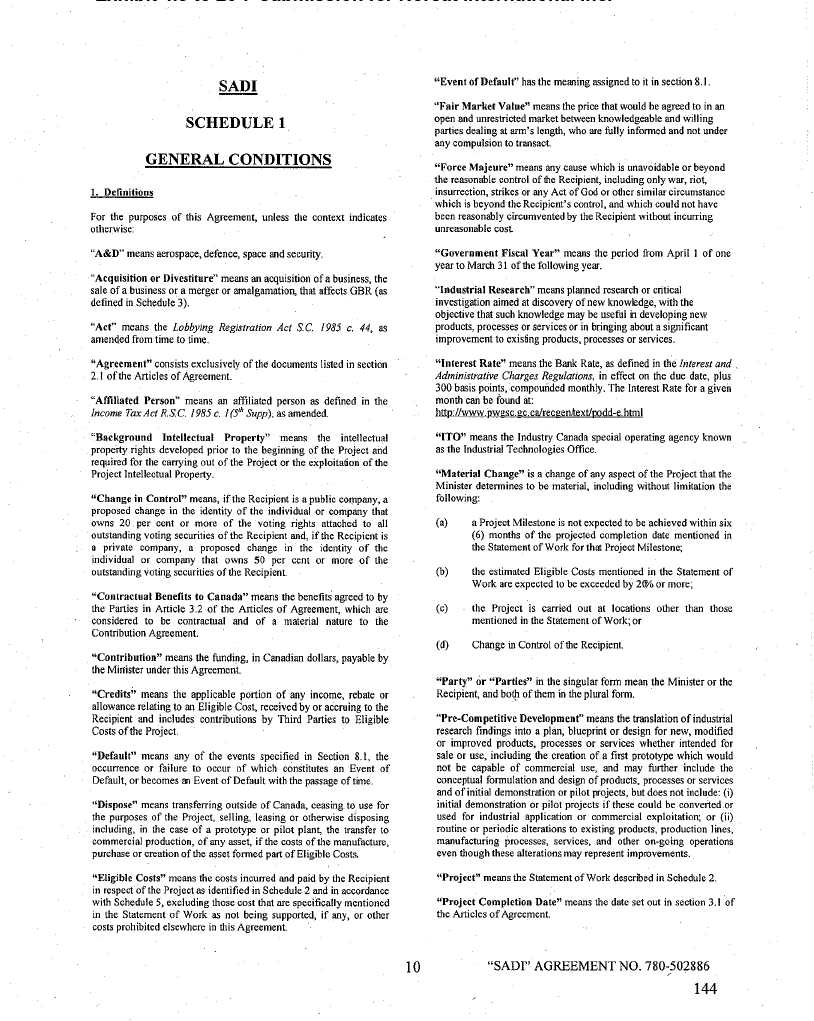
Exhibit 4.3 to 20-F submission for Norsat International Inc.
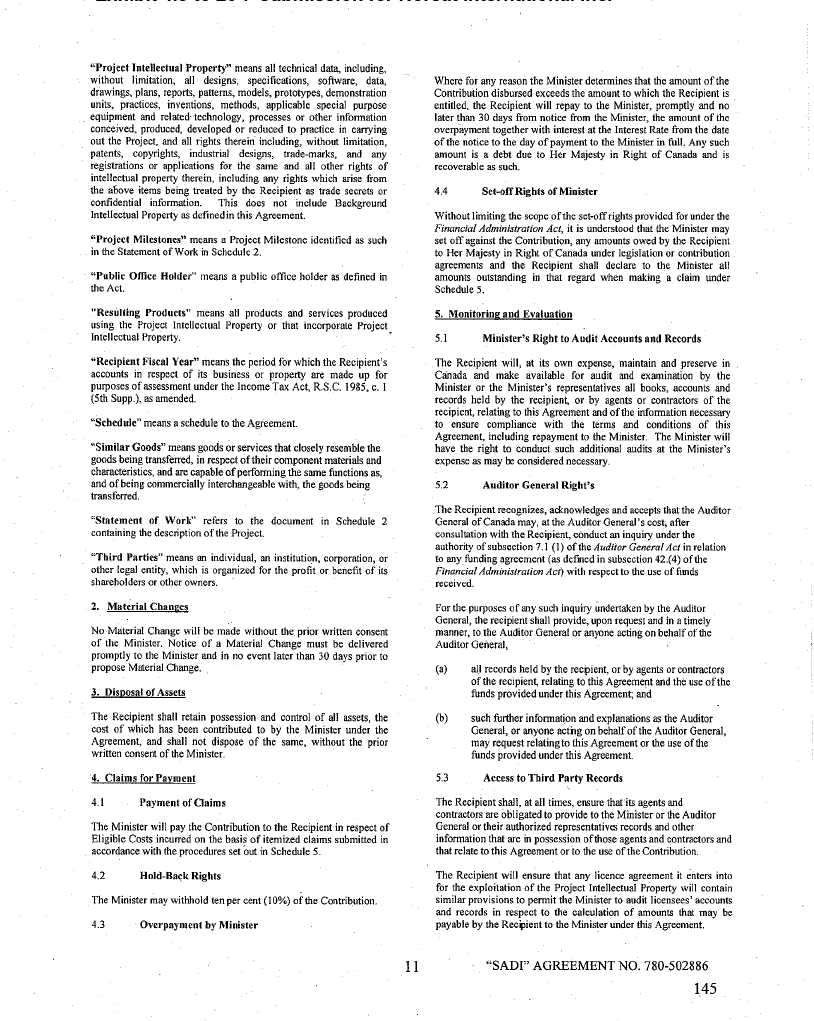
Exhibit 4.3 to 20-F submission for Norsat International Inc.
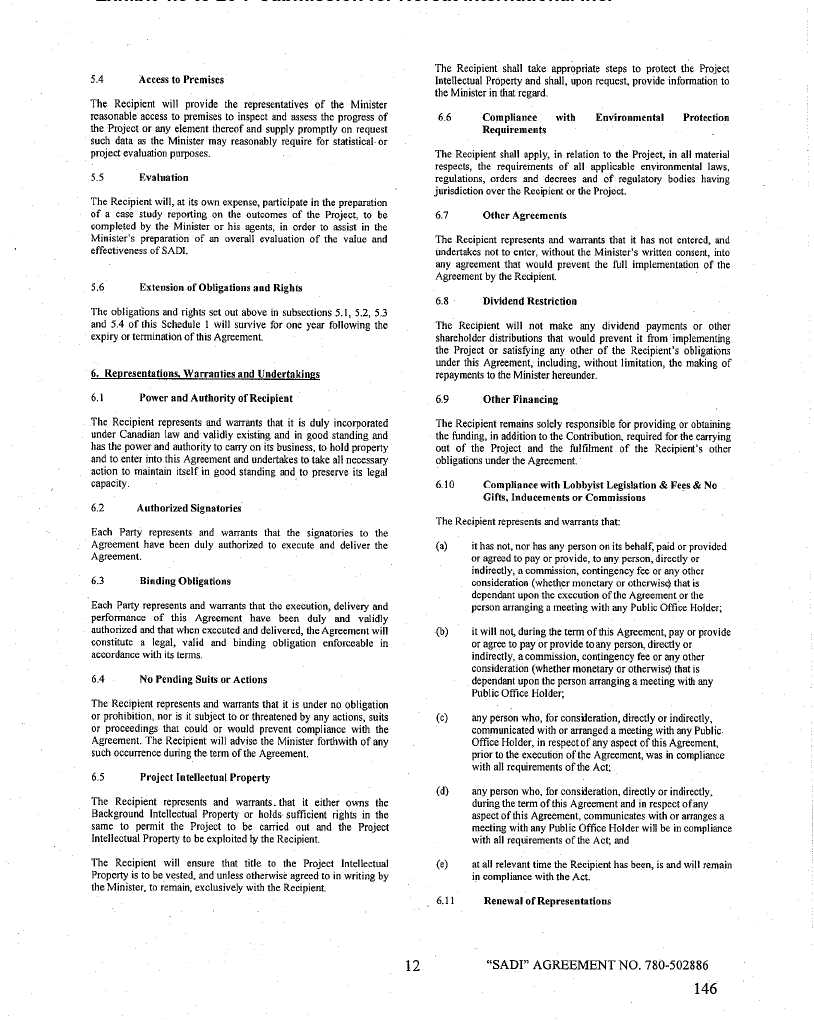
Exhibit 4.3 to 20-F submission for Norsat International Inc.
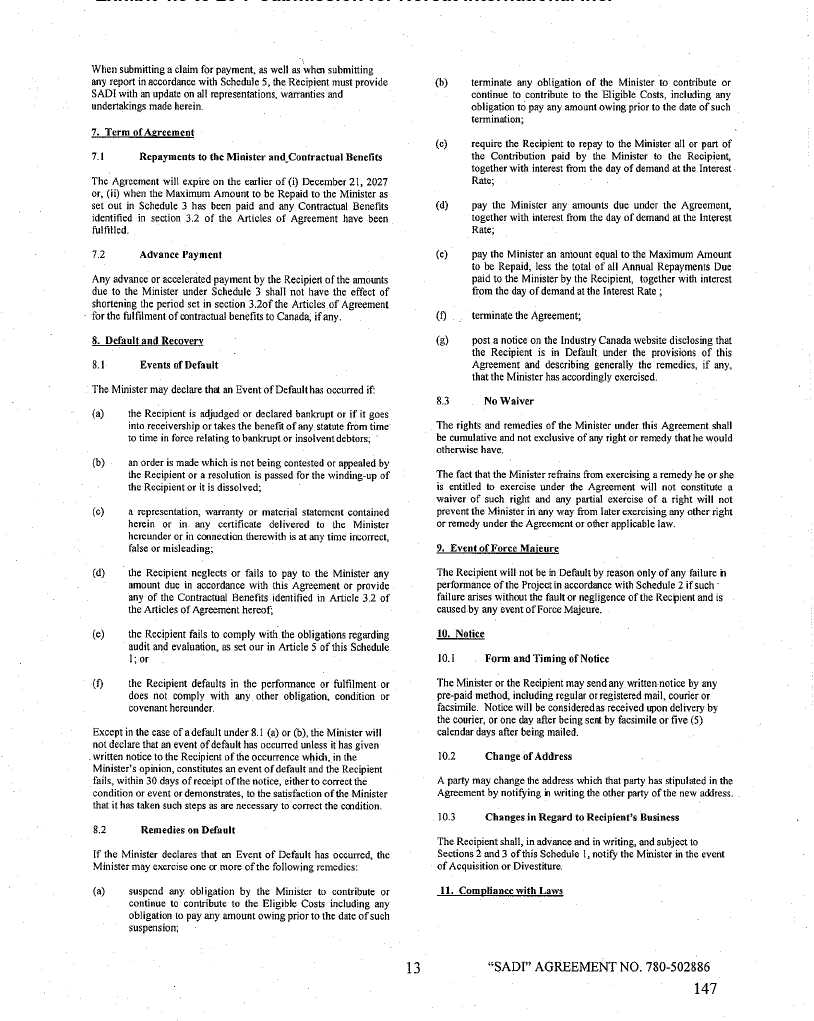
Exhibit 4.3 to 20-F submission for Norsat International Inc.
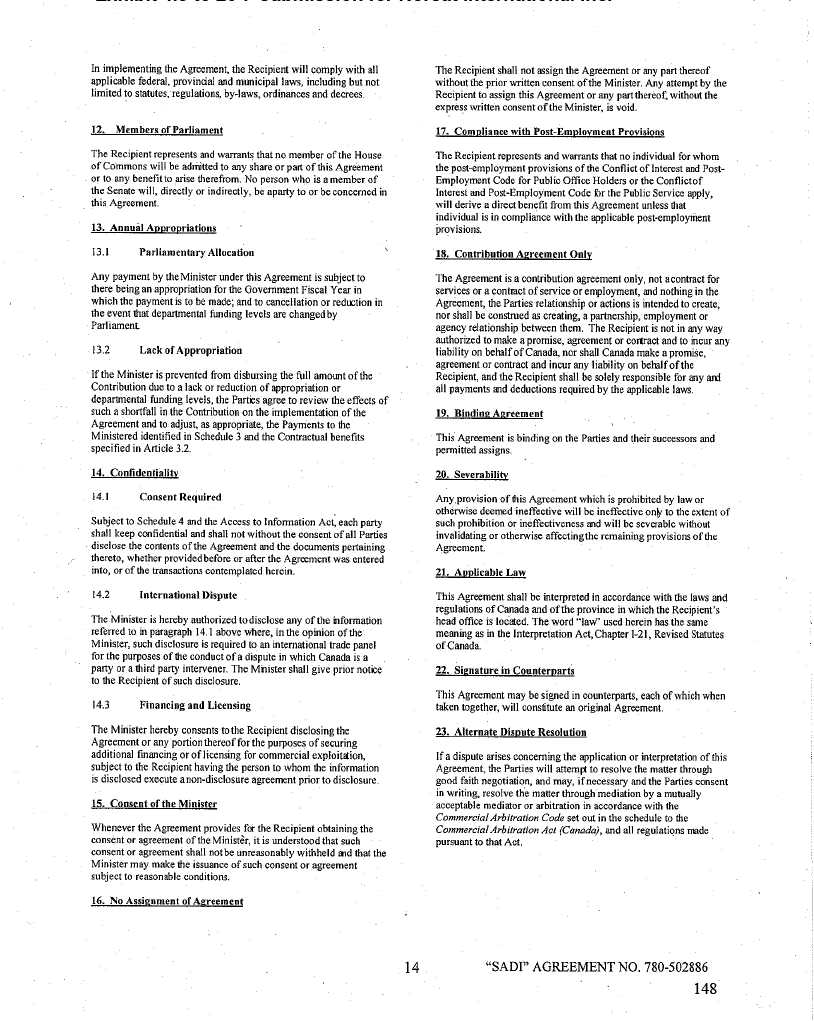
Exhibit 4.3 to 20-F submission for Norsat International Inc.
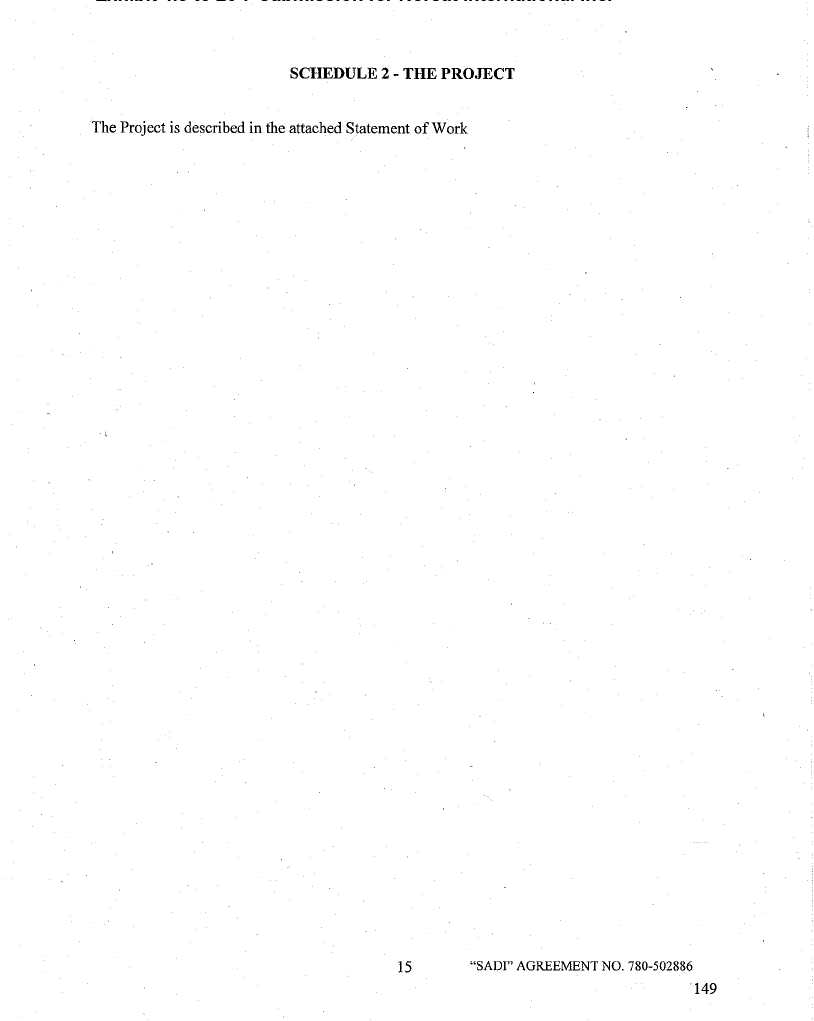
Exhibit 4.3 to 20-F submission for Norsat International Inc.
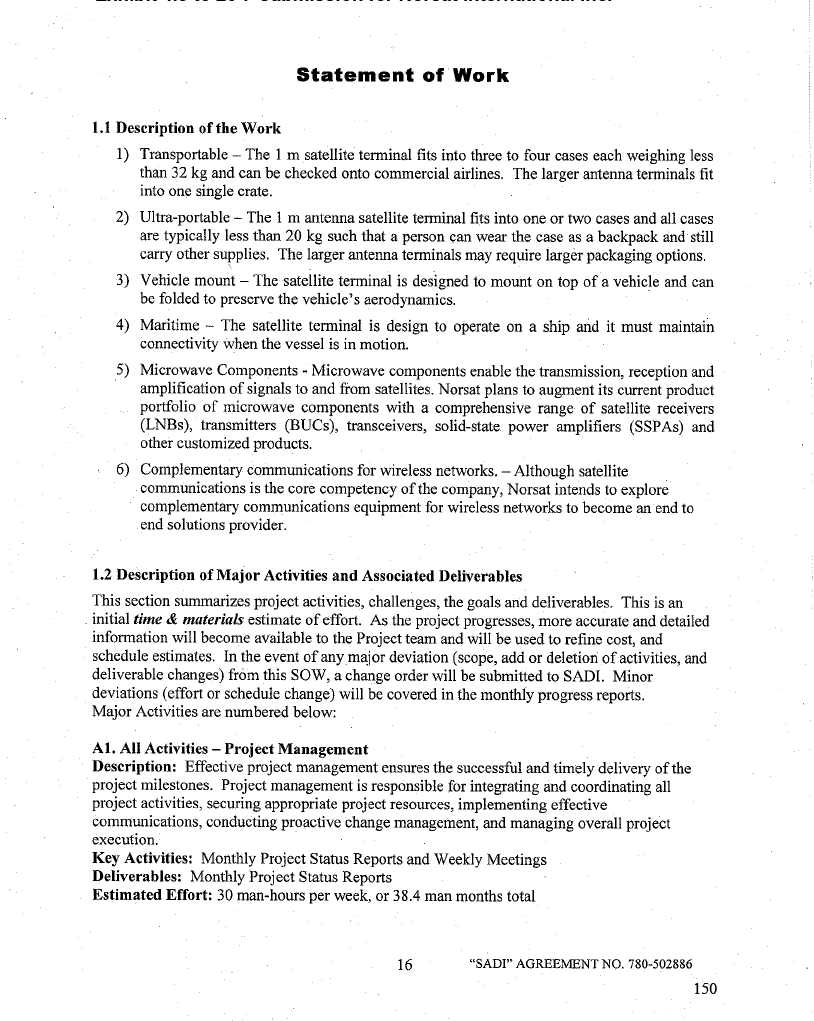
Exhibit 4.3 to 20-F submission for Norsat International Inc.
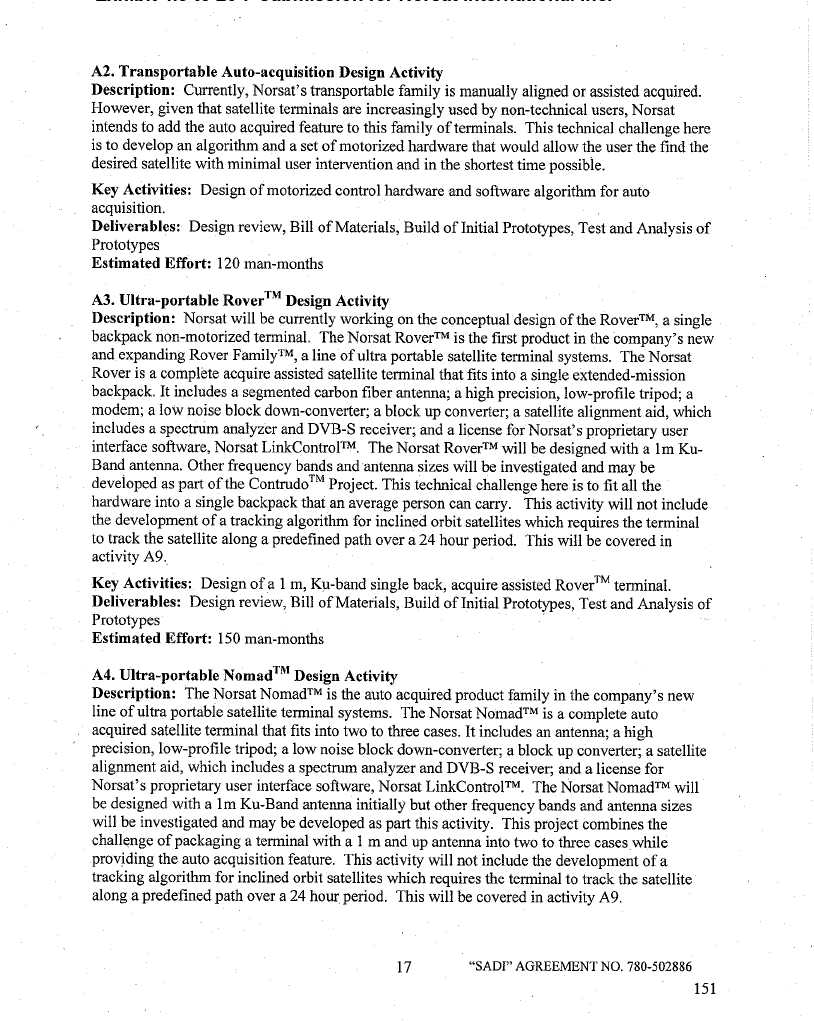
Exhibit 4.3 to 20-F submission for Norsat International Inc.
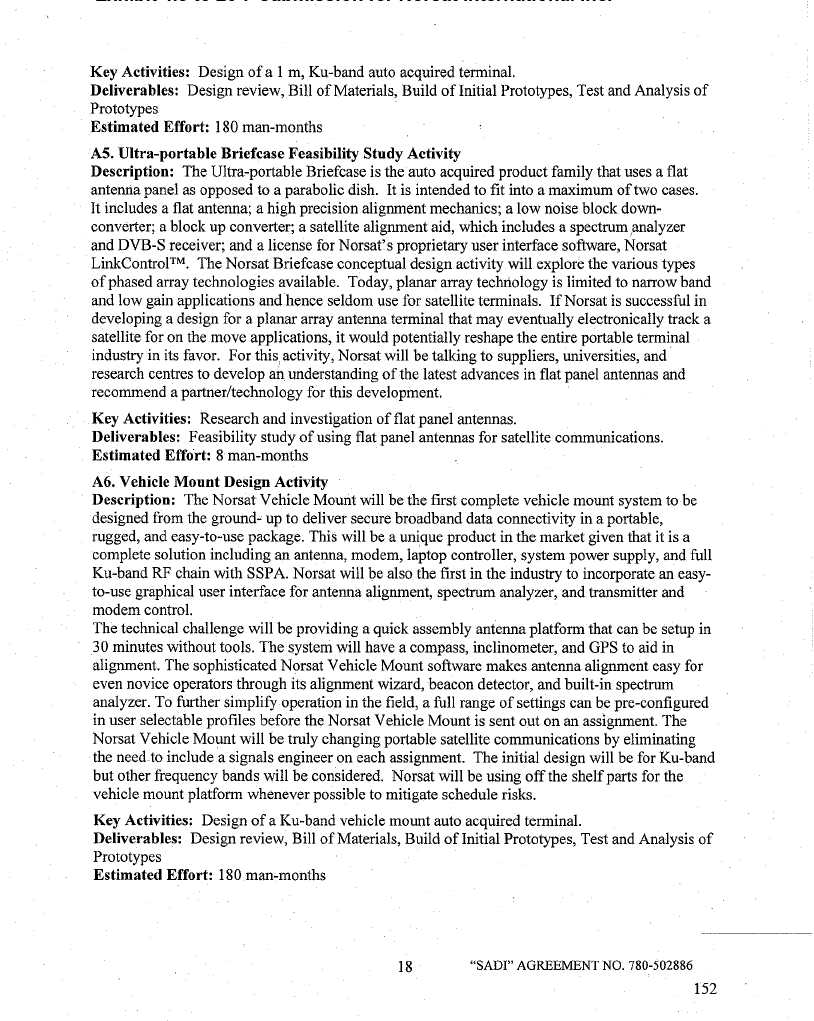
Exhibit 4.3 to 20-F submission for Norsat International Inc.
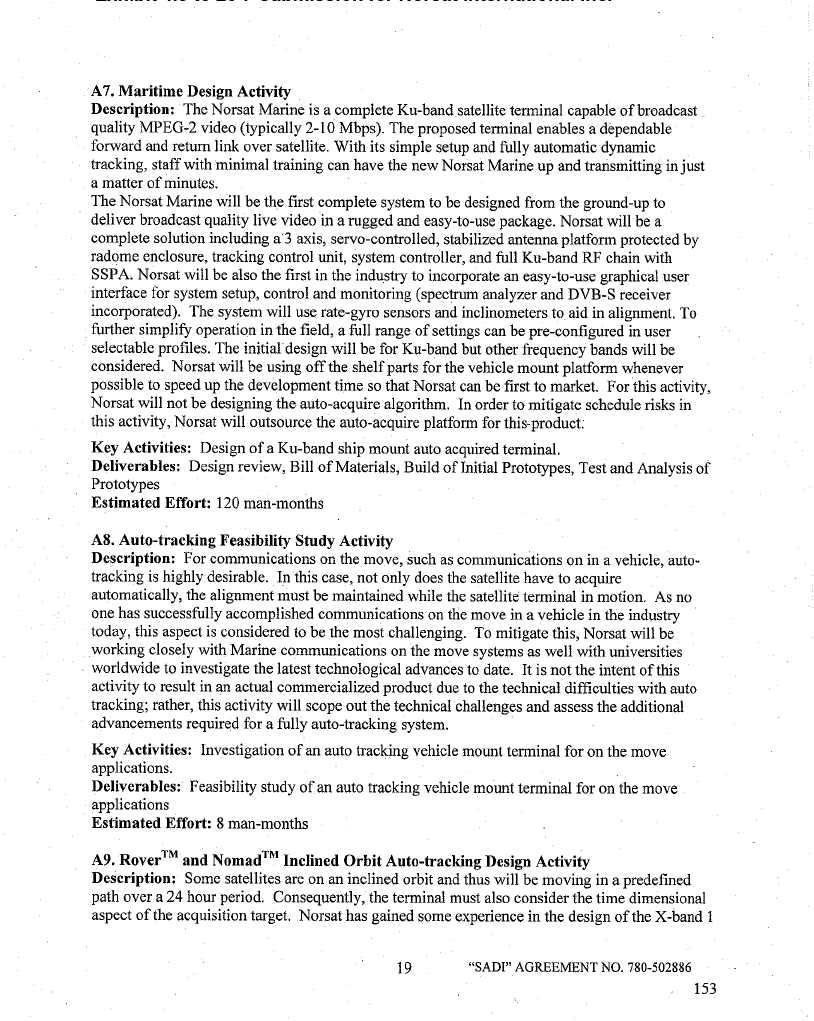
Exhibit 4.3 to 20-F submission for Norsat International Inc.
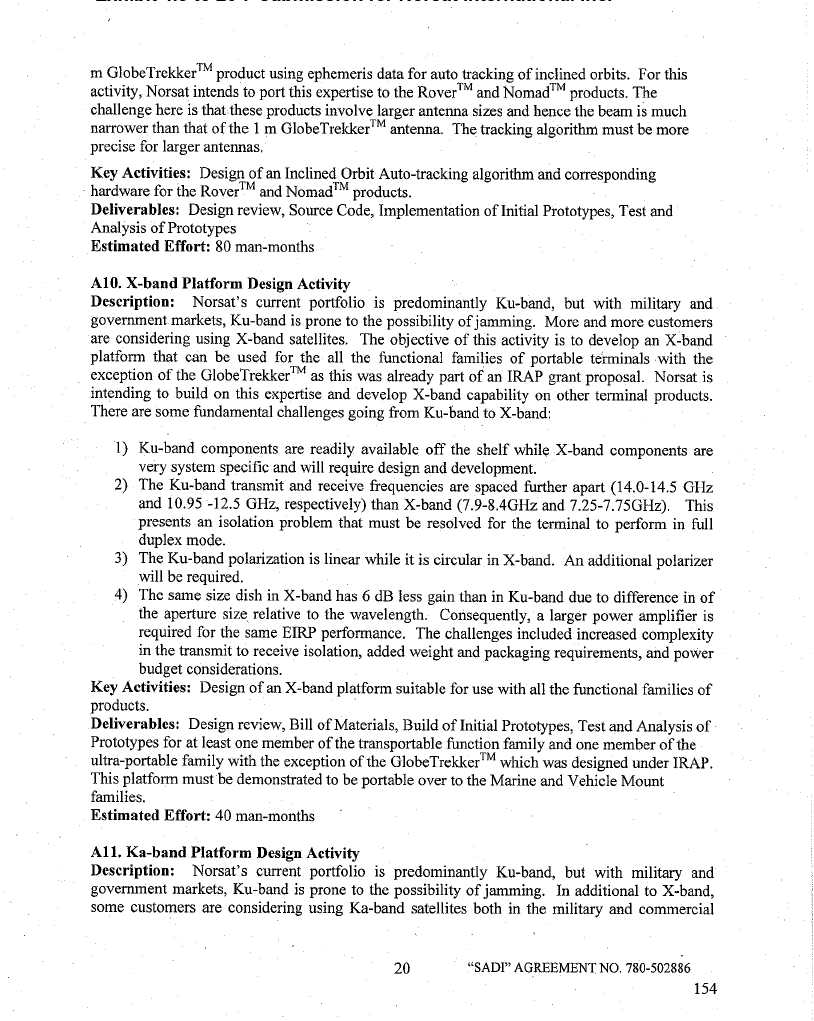
Exhibit 4.3 to 20-F submission for Norsat International Inc.
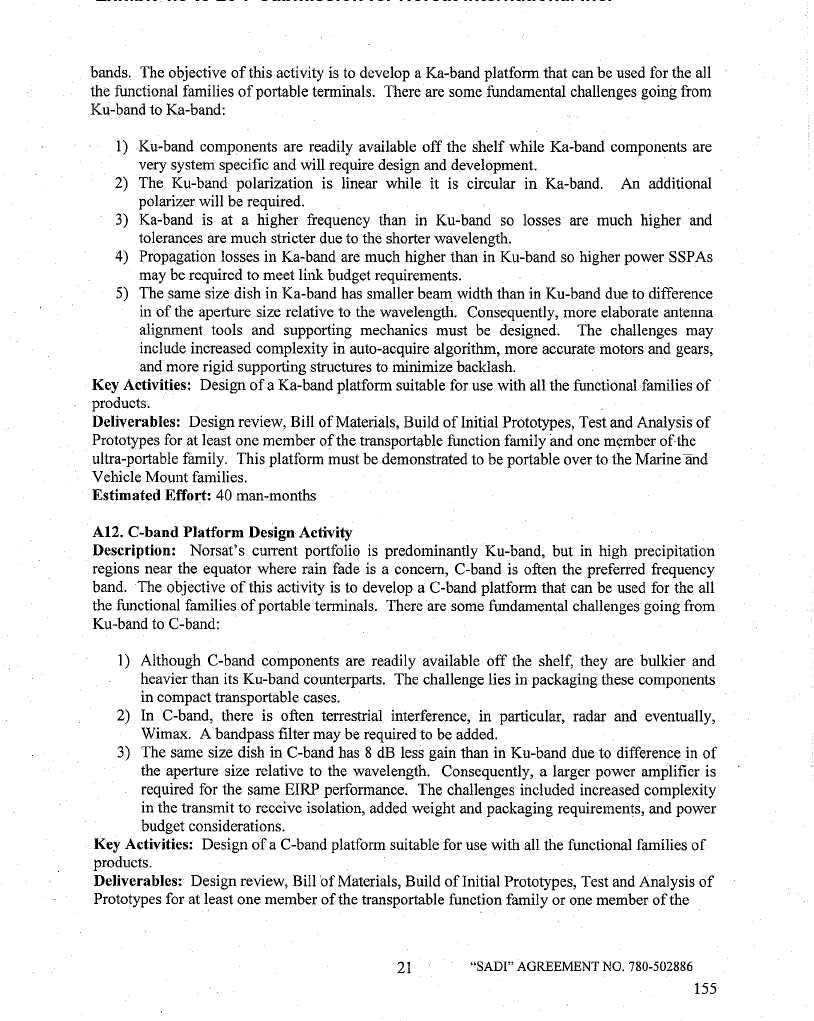
Exhibit 4.3 to 20-F submission for Norsat International Inc.
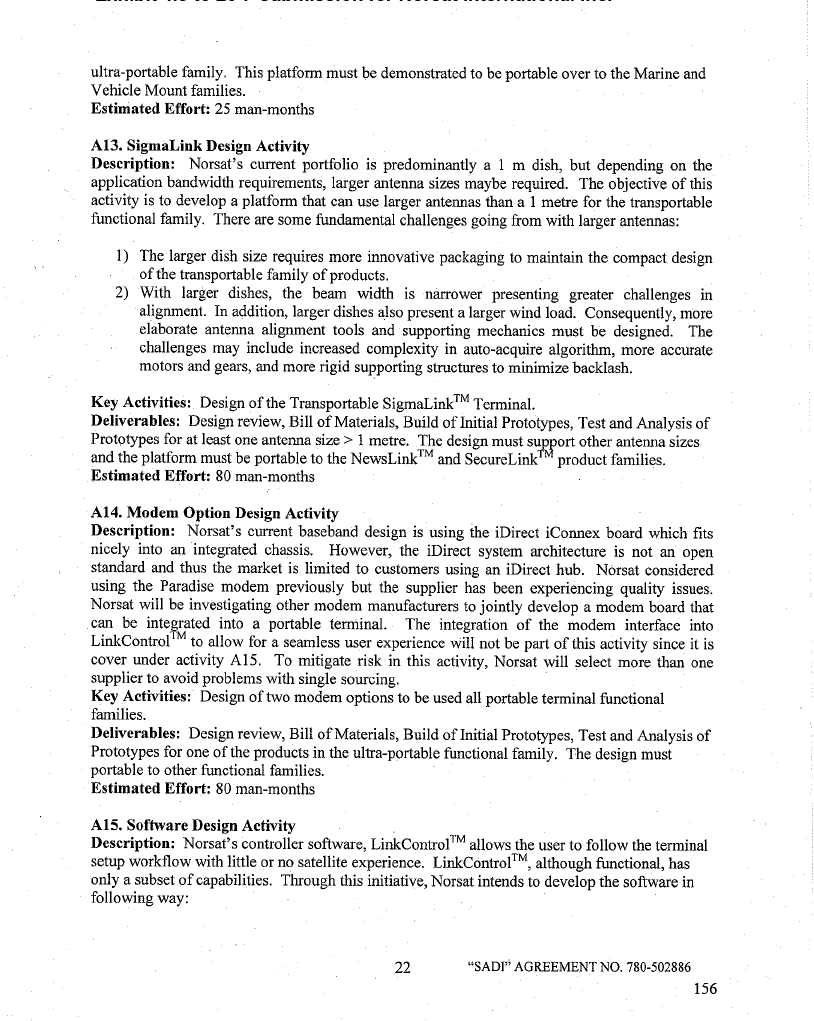
Exhibit 4.3 to 20-F submission for Norsat International Inc.
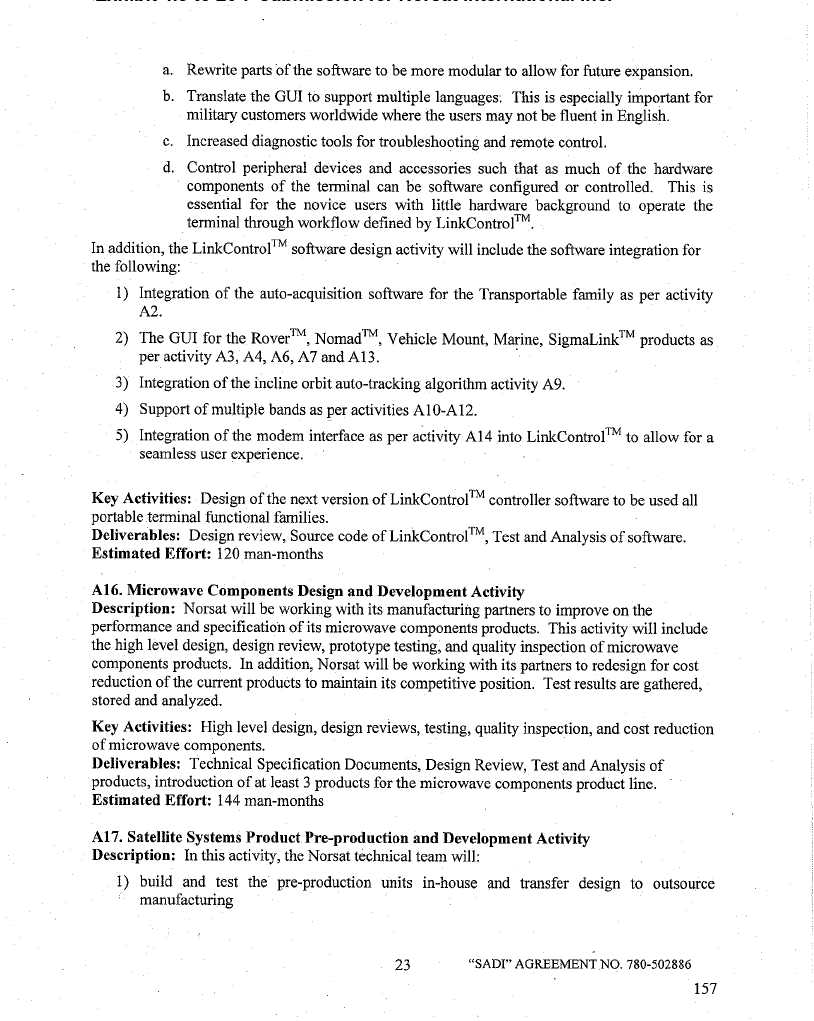
Exhibit 4.3 to 20-F submission for Norsat International Inc.
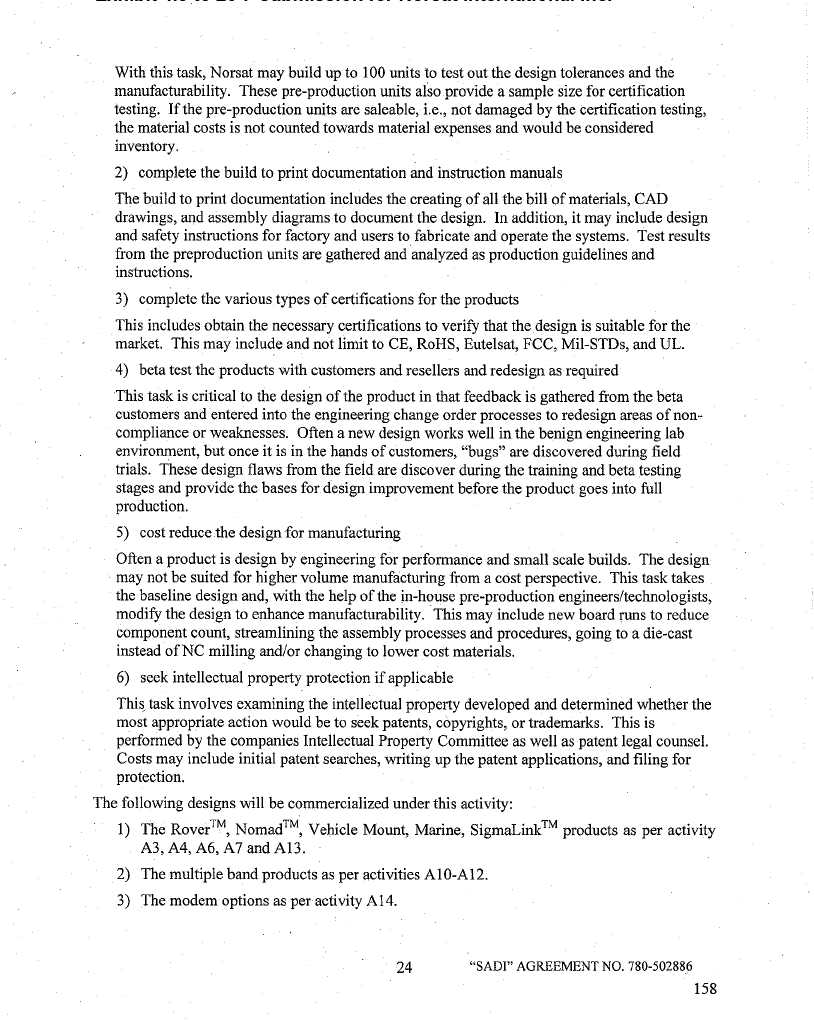
Exhibit 4.3 to 20-F submission for Norsat International Inc.
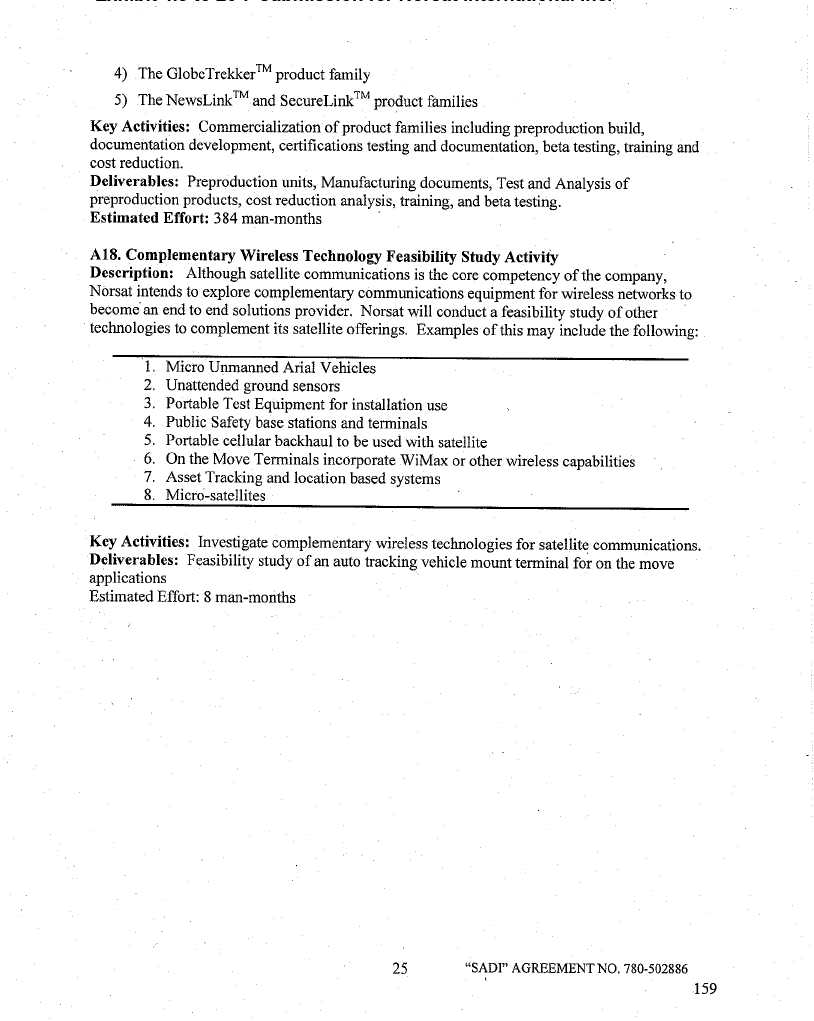
Exhibit 4.3 to 20-F submission for Norsat International Inc.
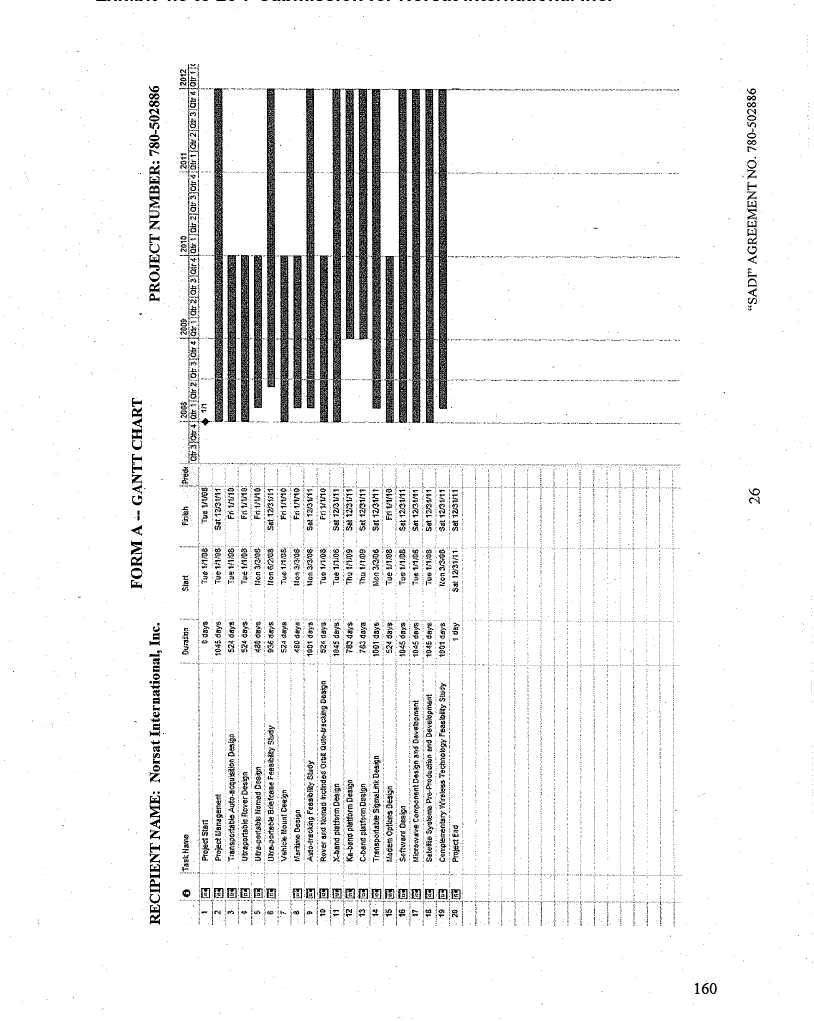
Exhibit 4.3 to 20-F submission for Norsat International Inc.
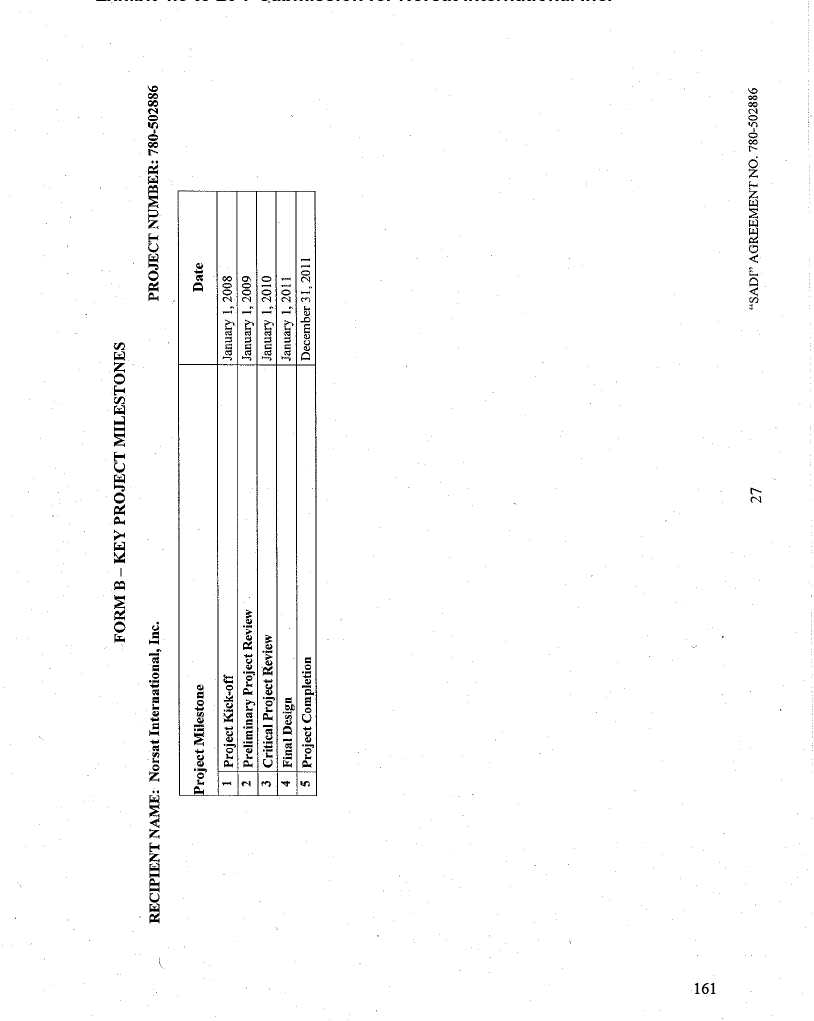
Exhibit 4.3 to 20-F submission for Norsat International Inc.
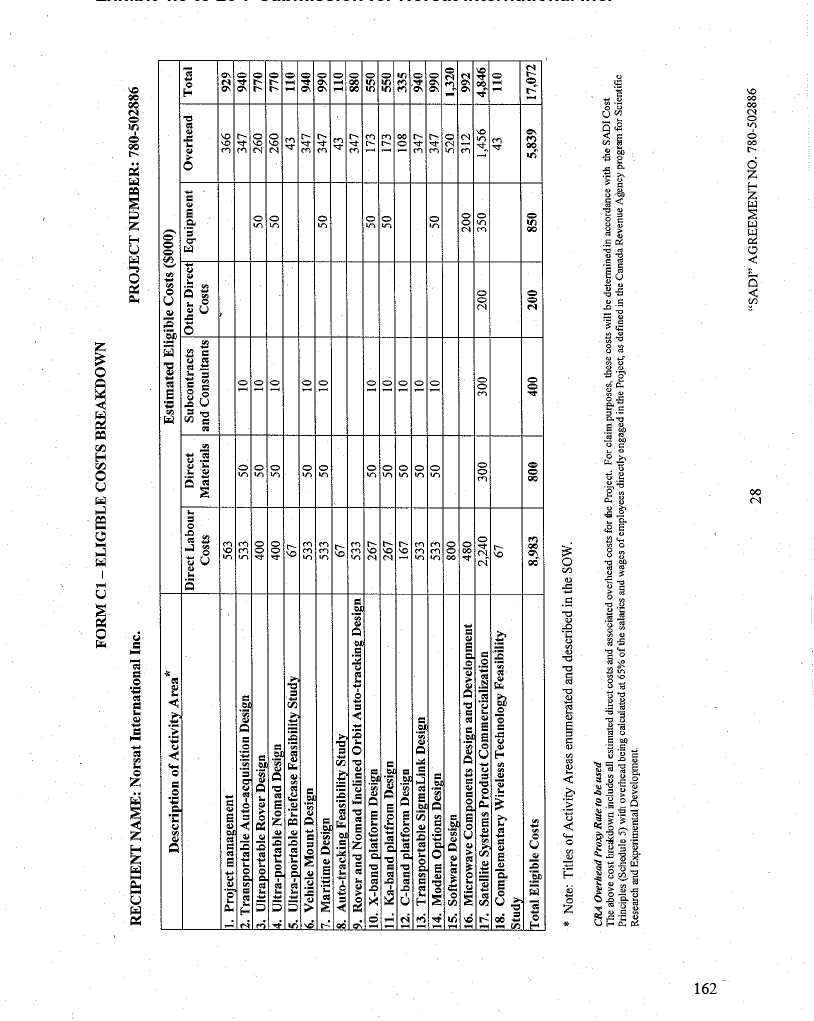
Exhibit 4.3 to 20-F submission for Norsat International Inc.
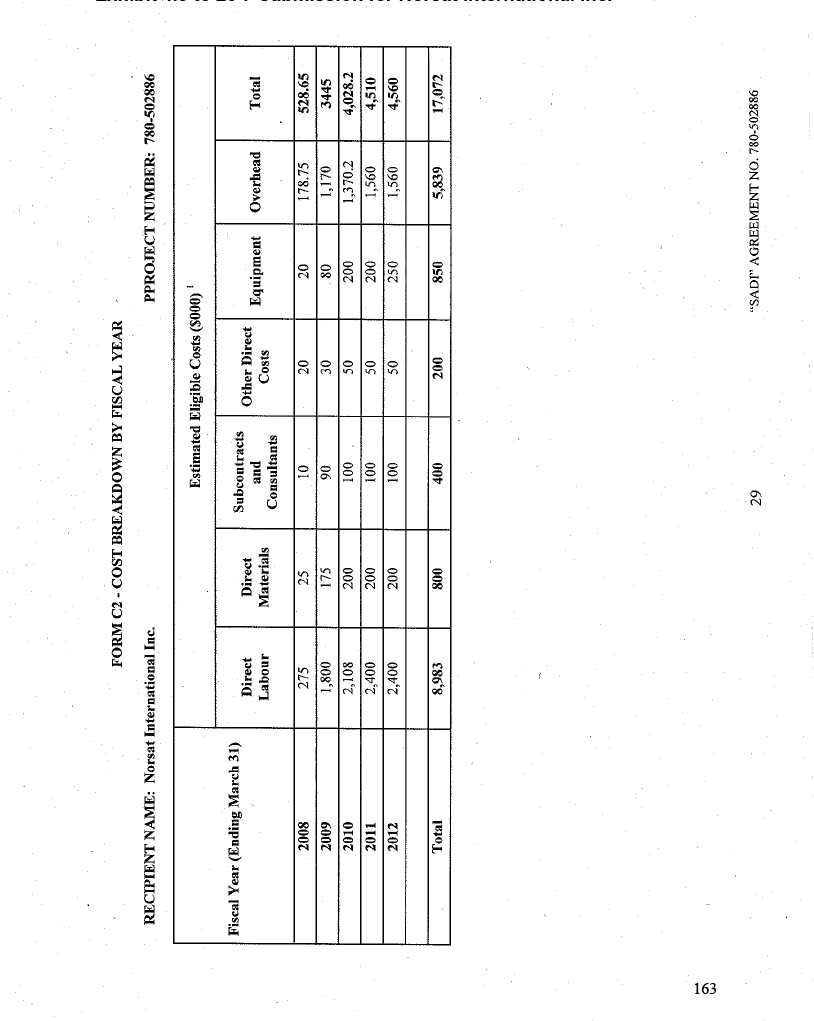
Exhibit 4.3 to 20-F submission for Norsat International Inc.
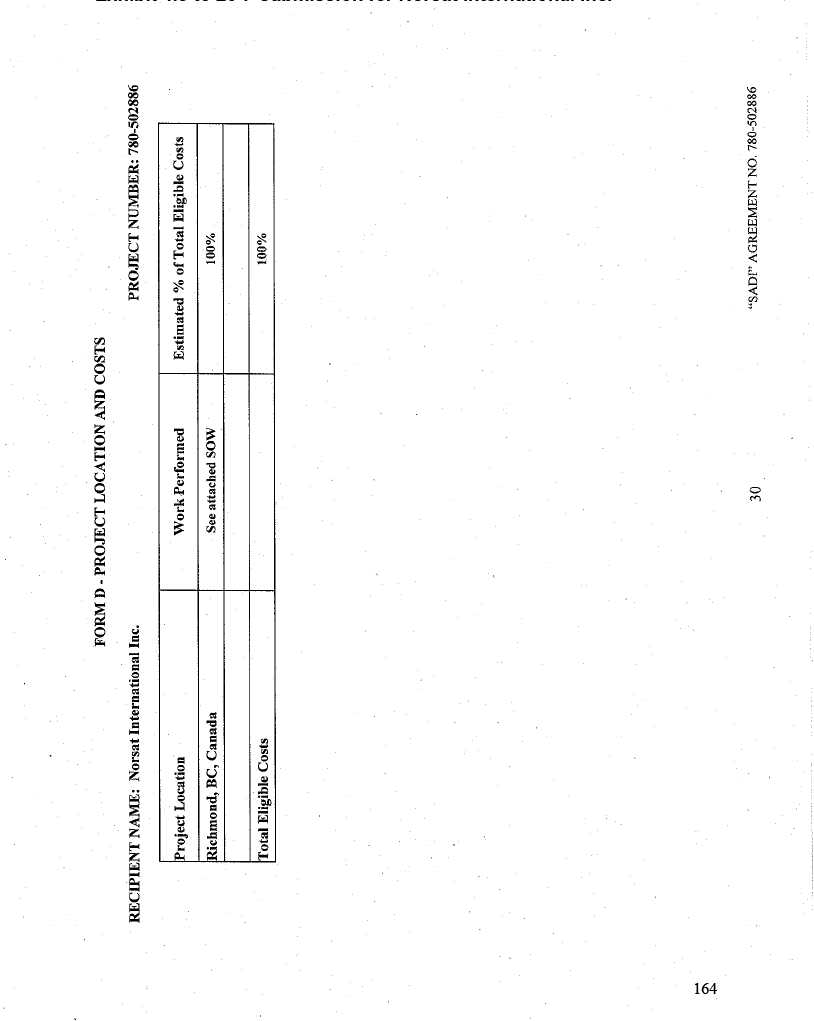
Exhibit 4.3 to 20-F submission for Norsat International Inc.
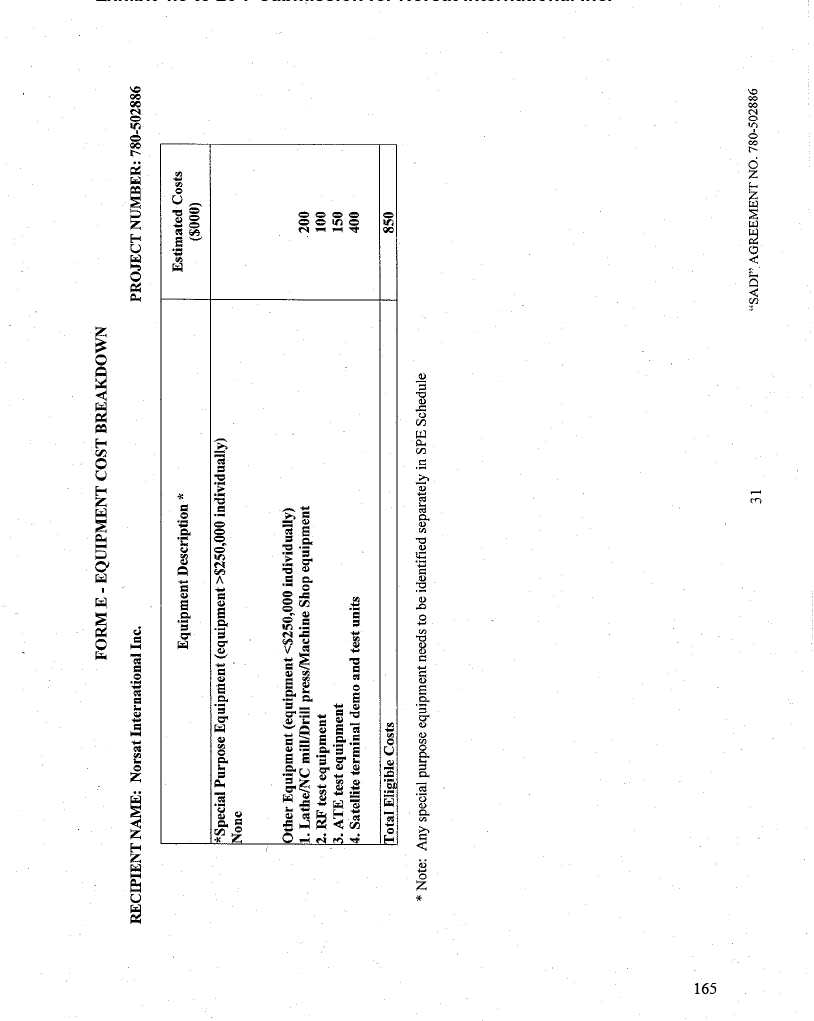
Exhibit 4.3 to 20-F submission for Norsat International Inc.
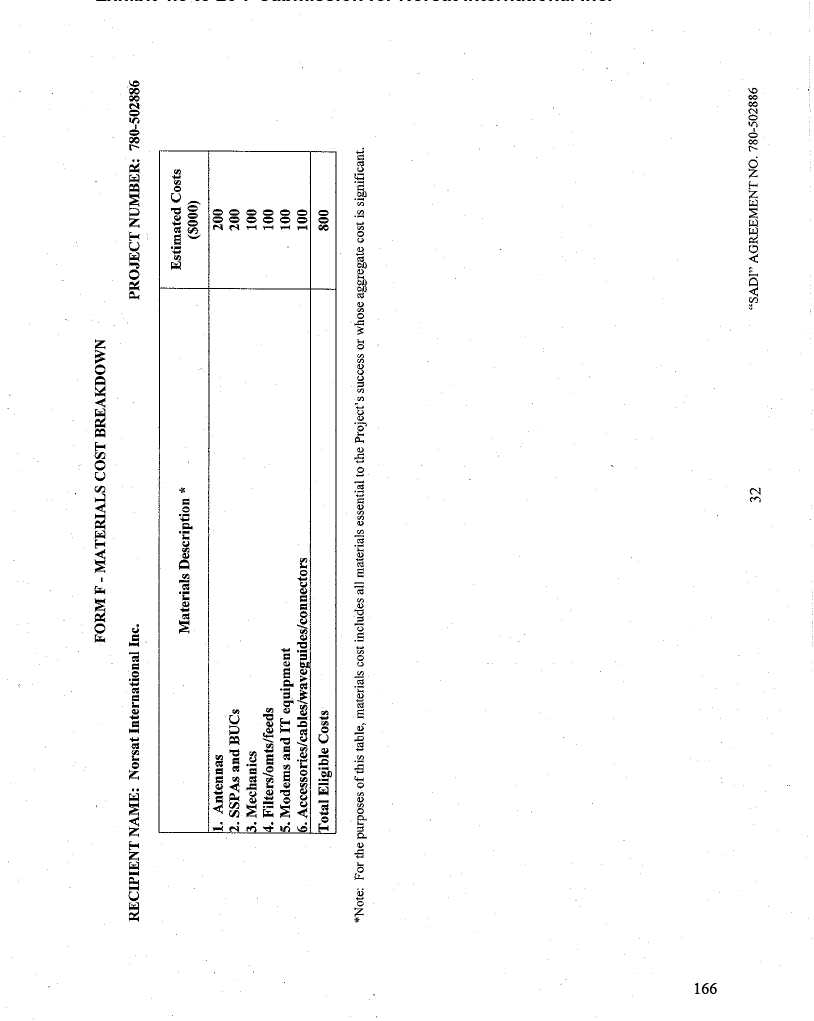
Exhibit 4.3 to 20-F submission for Norsat International Inc.
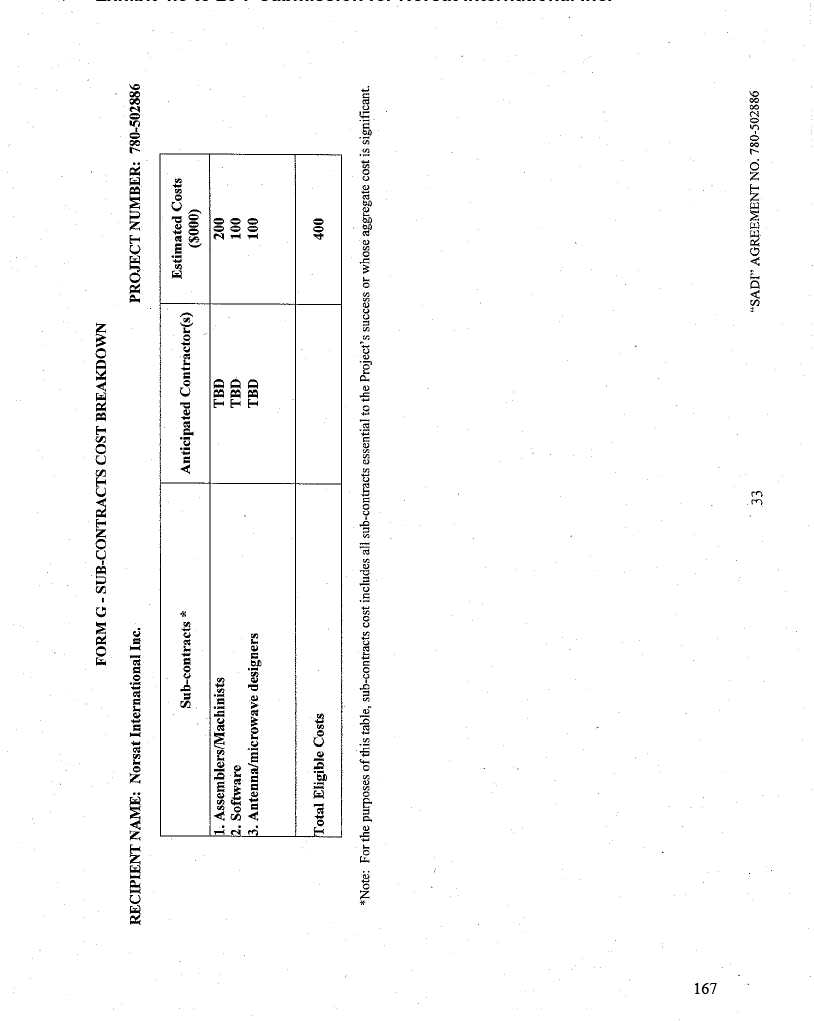
Exhibit 4.3 to 20-F submission for Norsat International Inc.
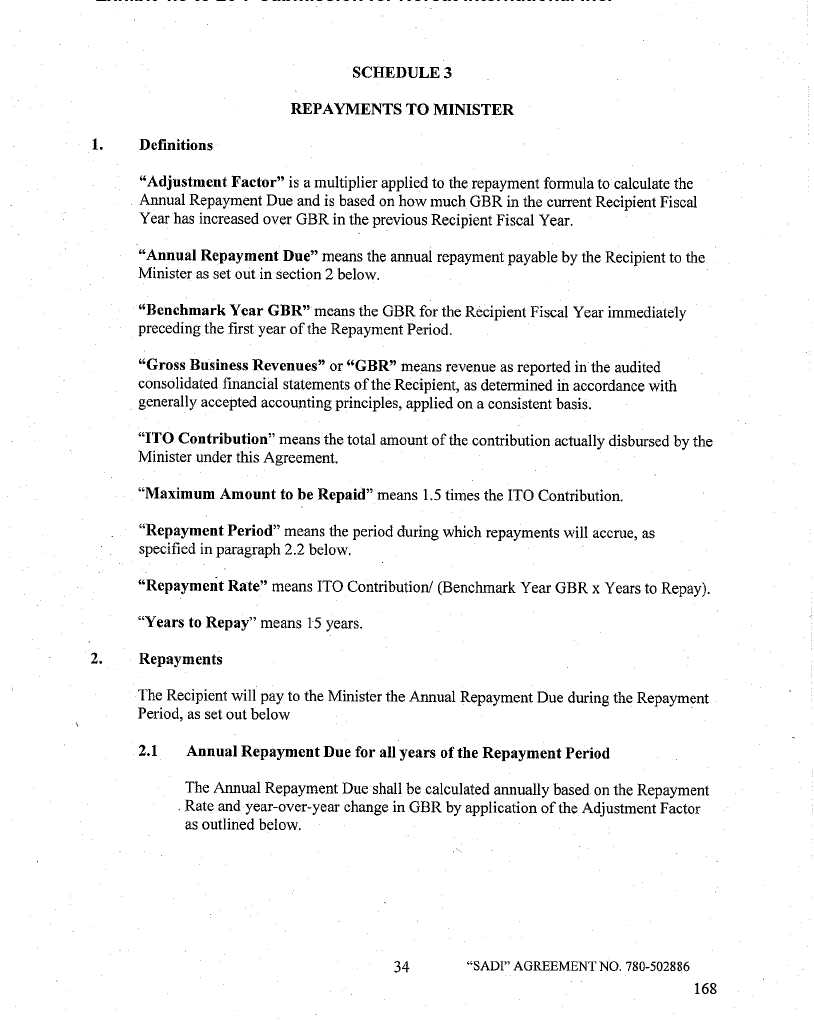
Exhibit 4.3 to 20-F submission for Norsat International Inc.
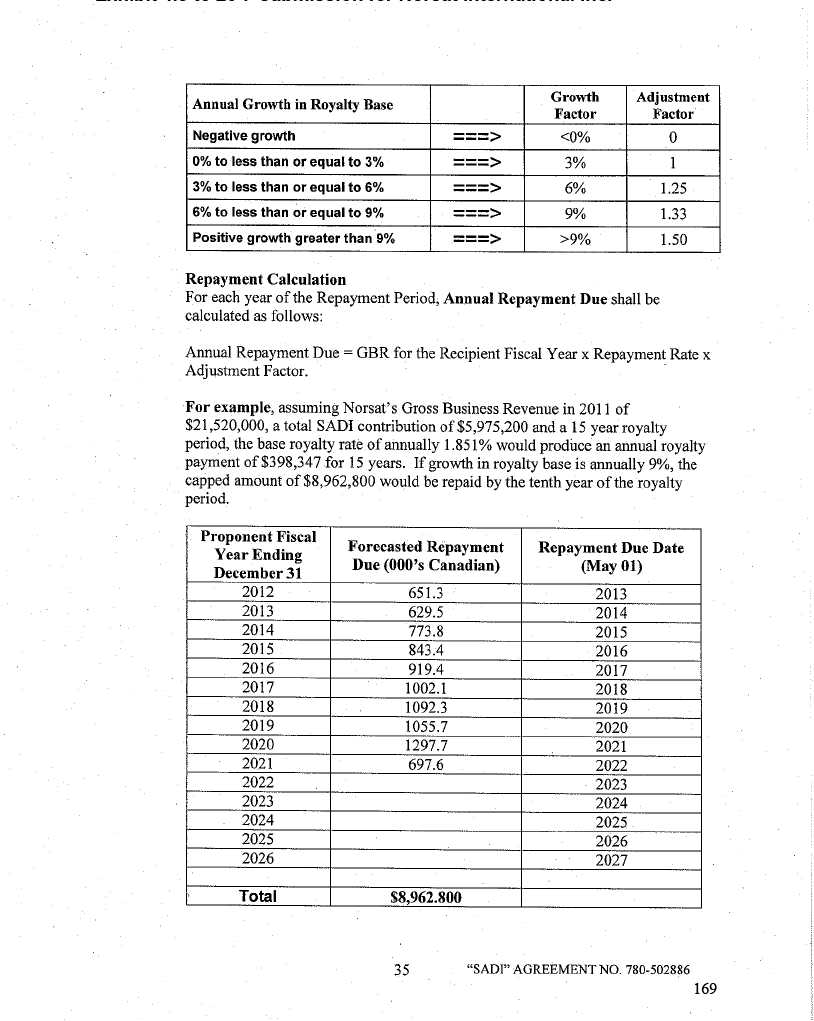
Exhibit 4.3 to 20-F submission for Norsat International Inc.
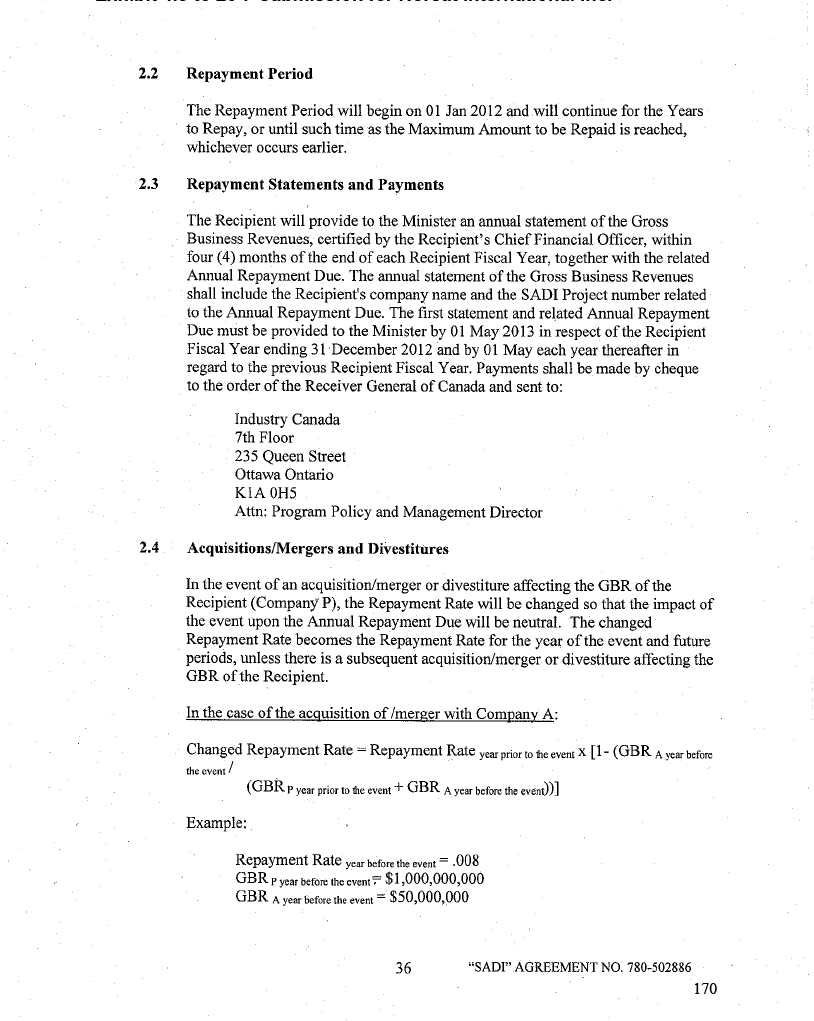
Exhibit 4.3 to 20-F submission for Norsat International Inc.
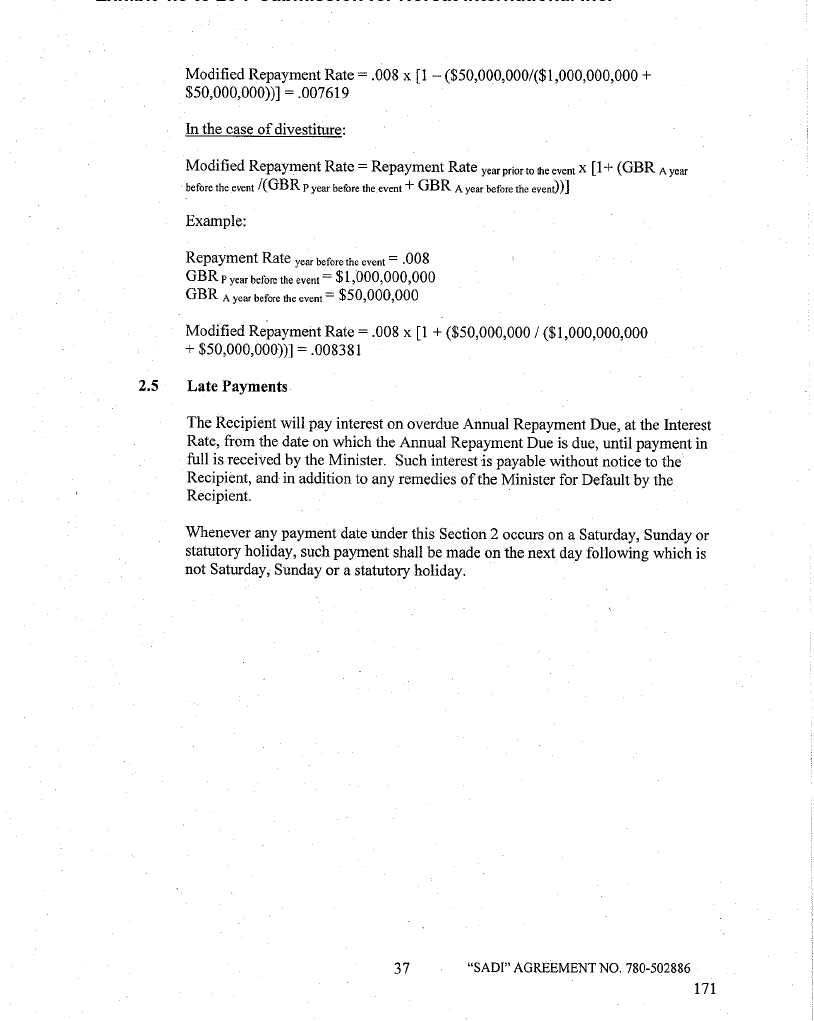
Exhibit 4.3 to 20-F submission for Norsat International Inc.
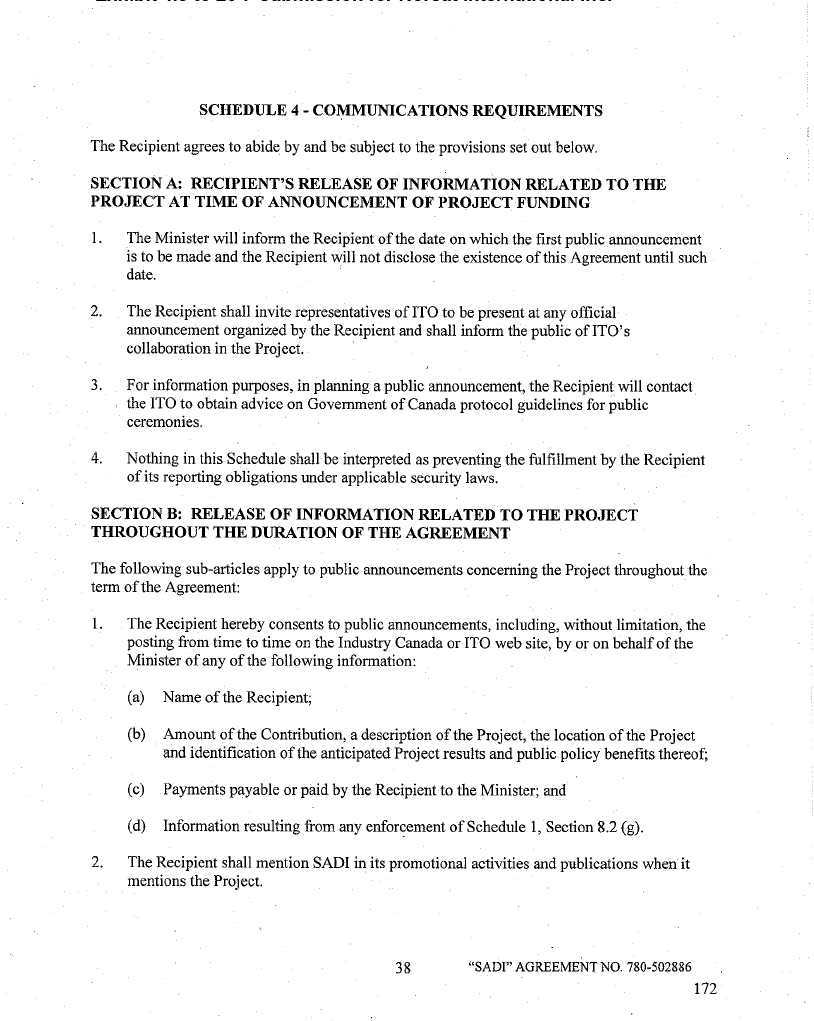
Exhibit 4.3 to 20-F submission for Norsat International Inc.
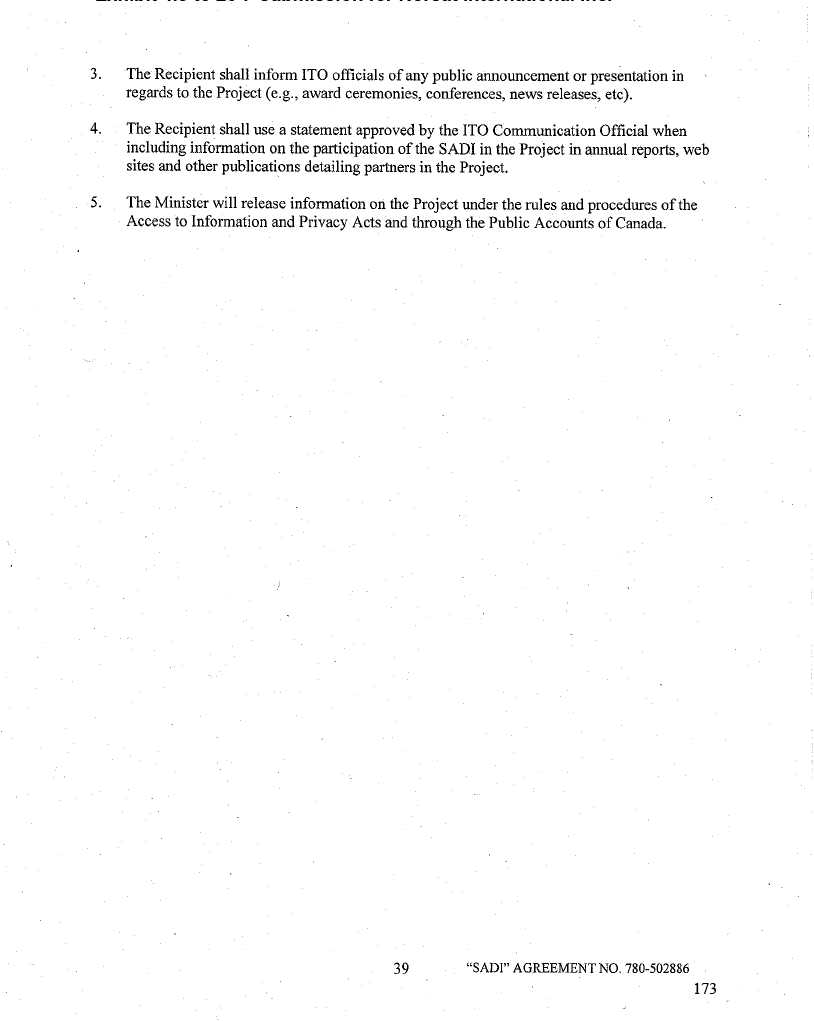
Exhibit 4.3 to 20-F submission for Norsat International Inc.

Exhibit 4.3 to 20-F submission for Norsat International Inc.
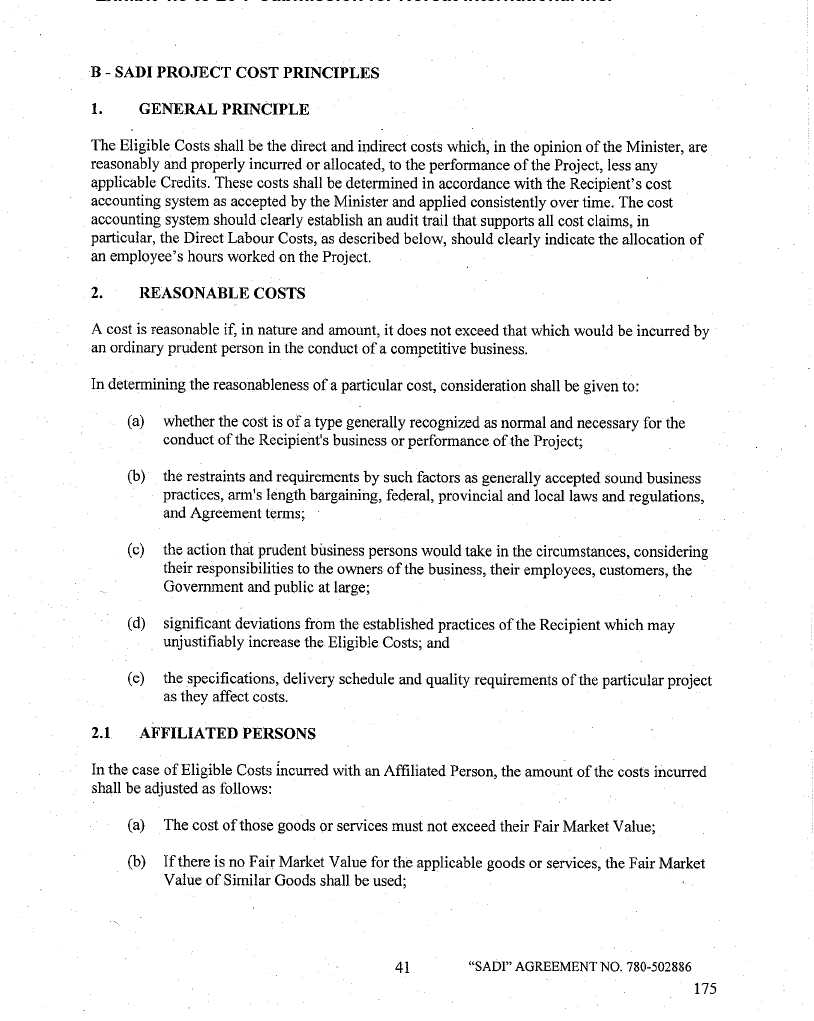
Exhibit 4.3 to 20-F submission for Norsat International Inc.
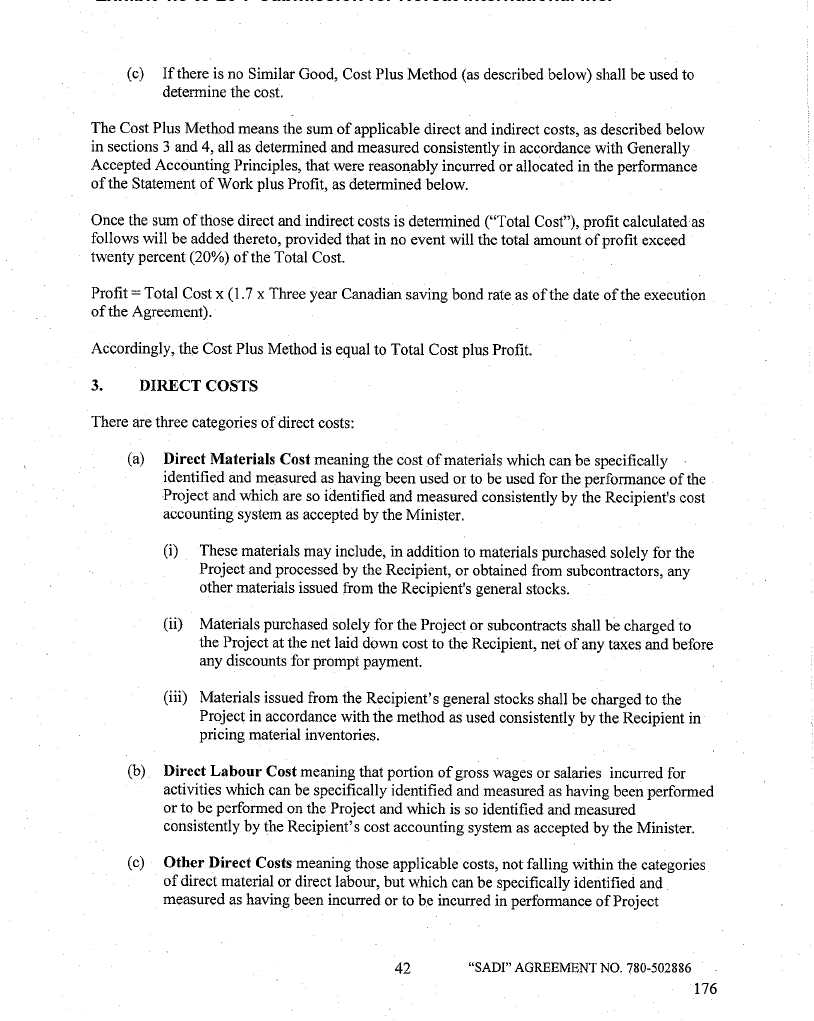
Exhibit 4.3 to 20-F submission for Norsat International Inc.
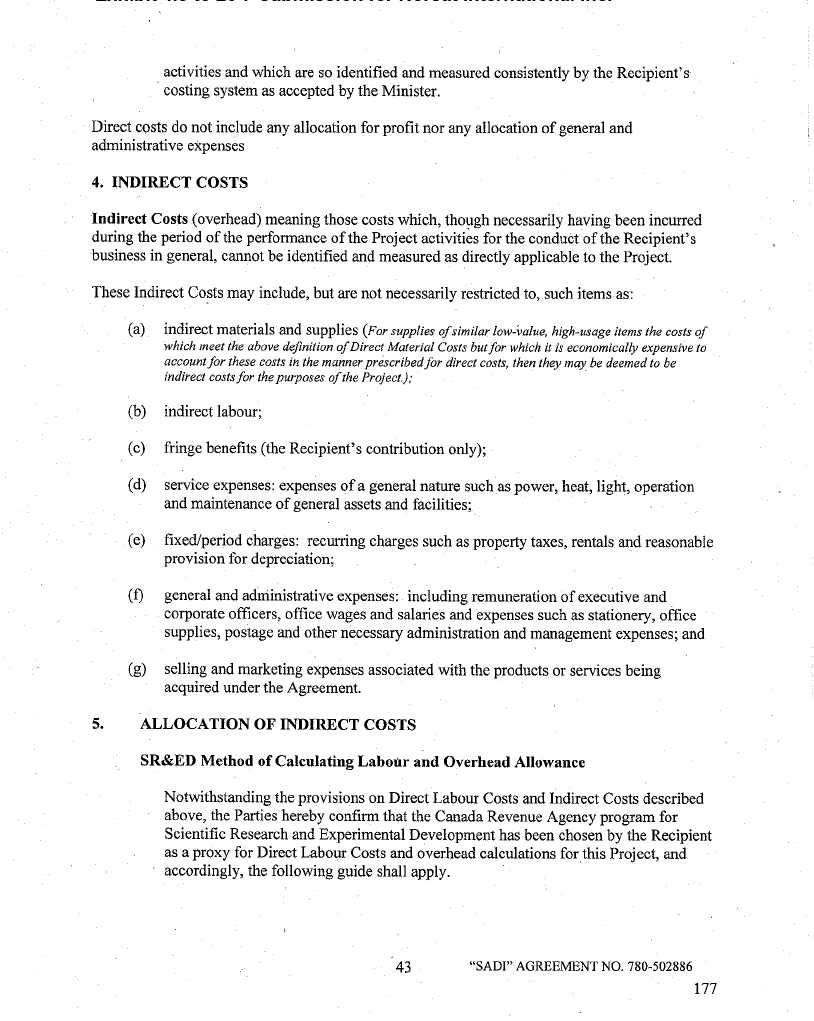
Exhibit 4.3 to 20-F submission for Norsat International Inc.
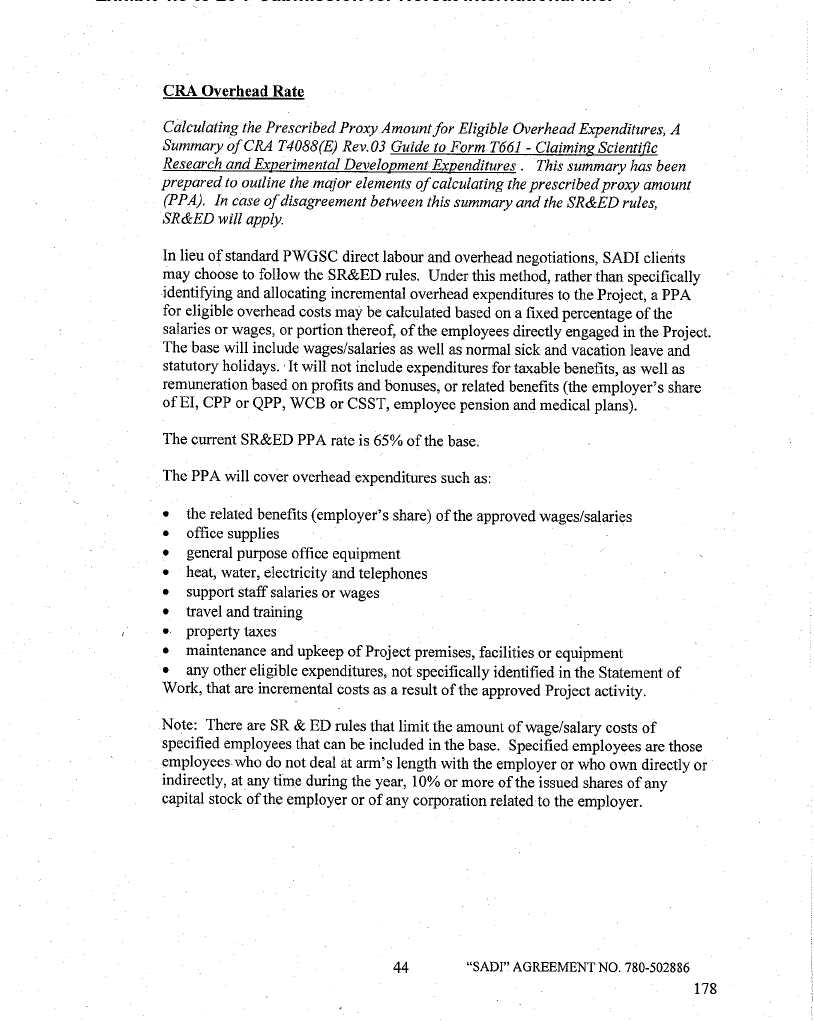
Exhibit 4.3 to 20-F submission for Norsat International Inc.
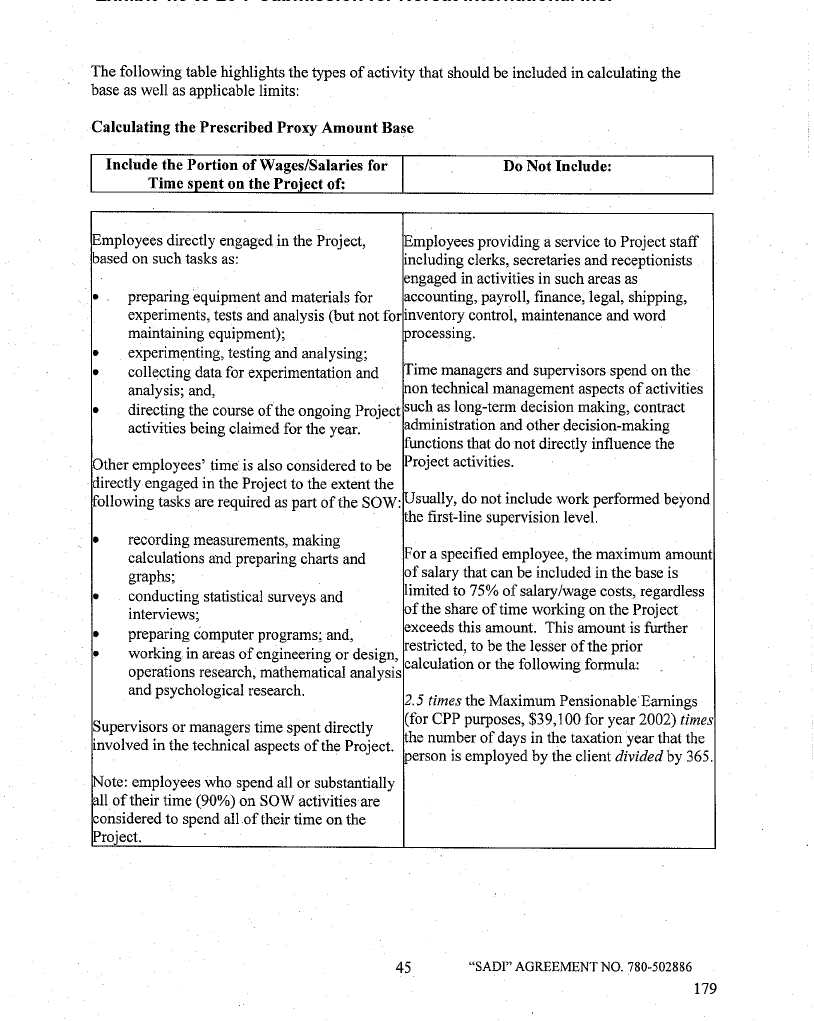
Exhibit 4.3 to 20-F submission for Norsat International Inc.
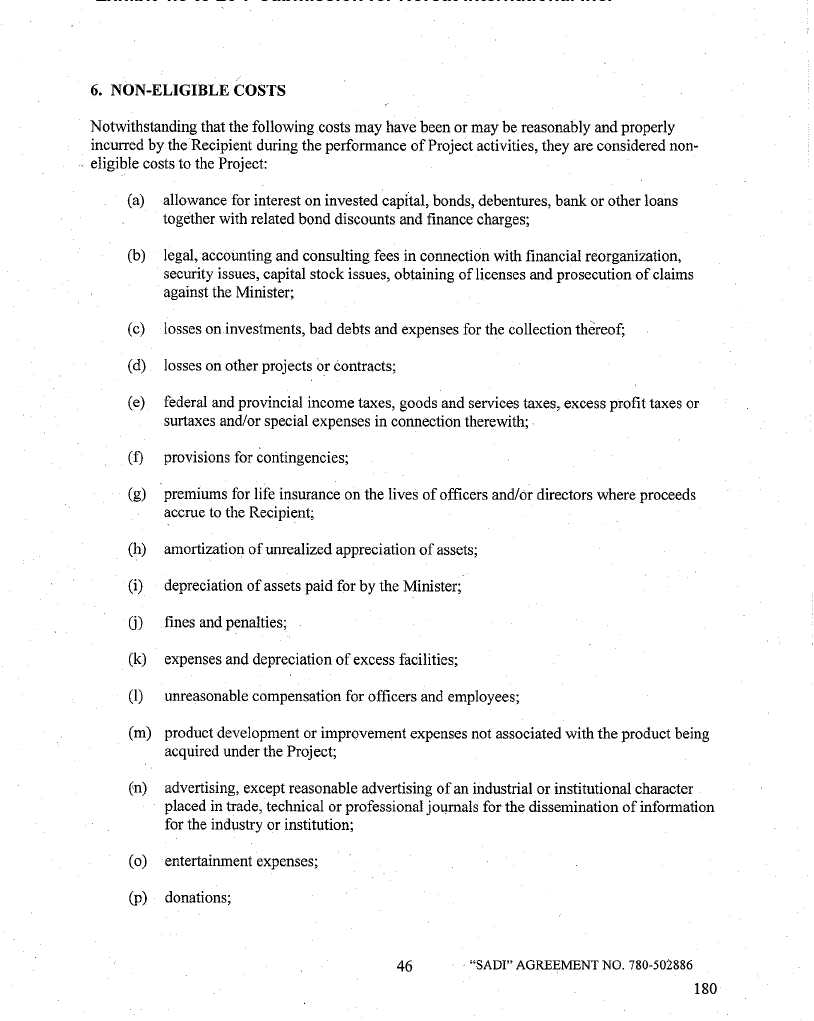
Exhibit 4.3 to 20-F submission for Norsat International Inc.
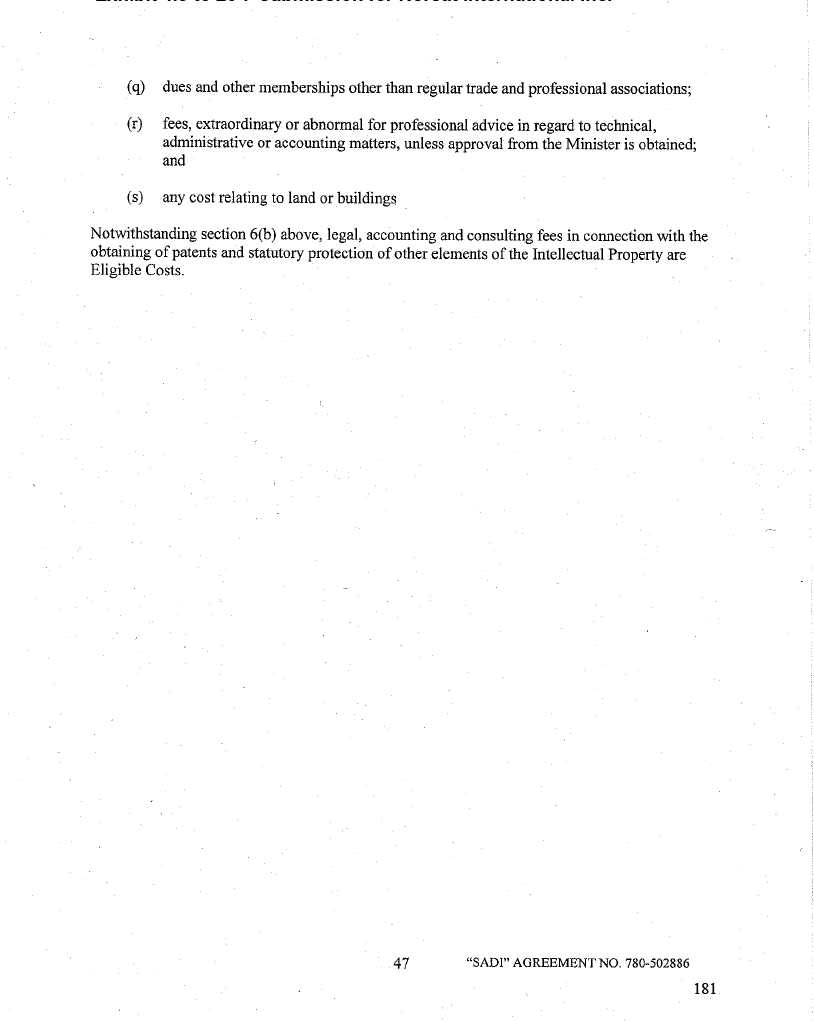
Exhibit 4.3 to 20-F submission for Norsat International Inc.

Exhibit 4.3 to 20-F submission for Norsat International Inc.
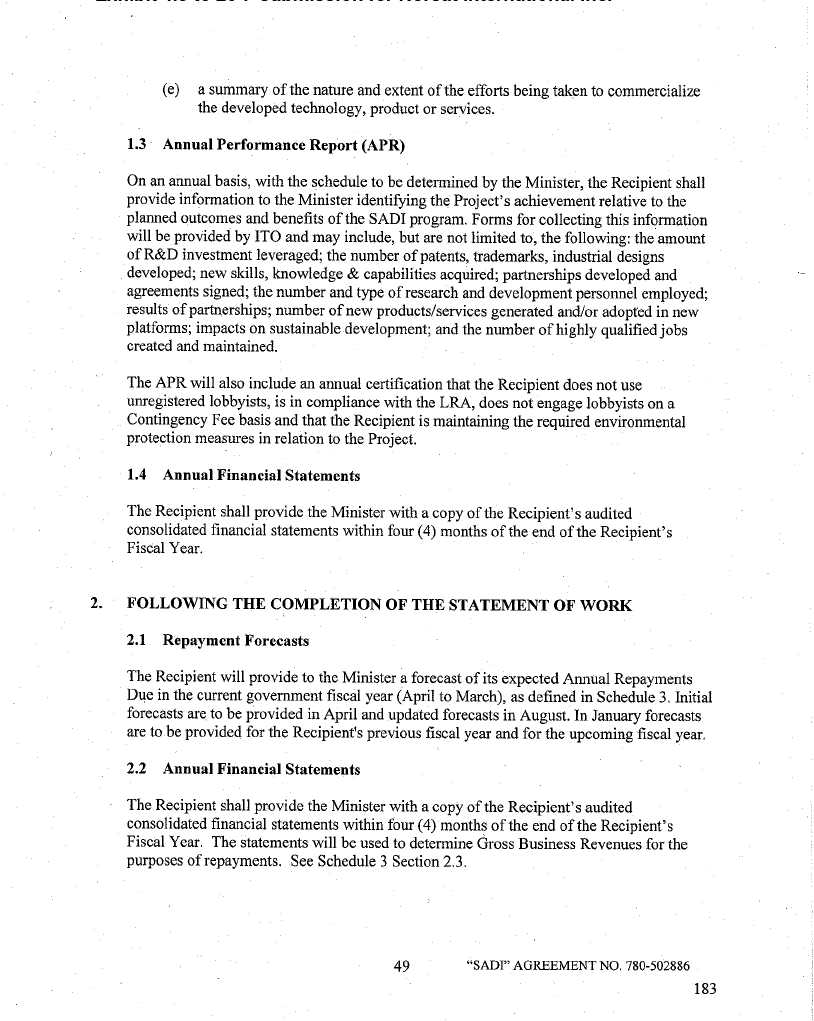
Exhibit 4.3 to 20-F submission for Norsat International Inc.
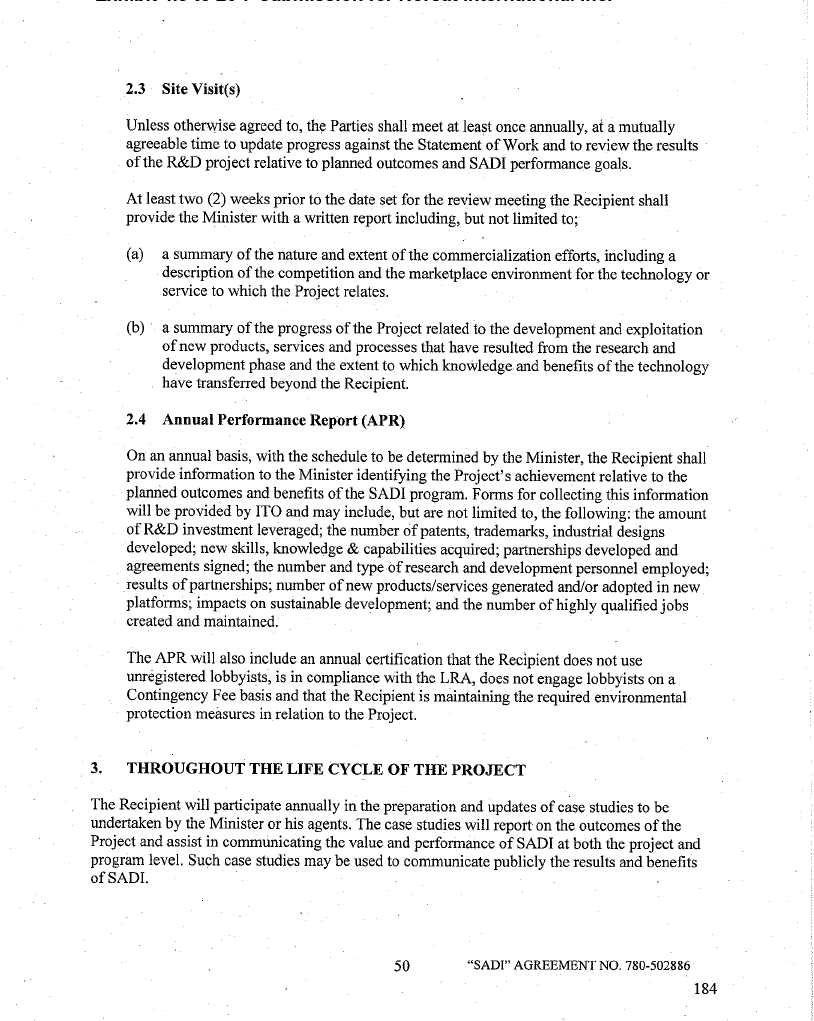
Exhibit 4.3 to 20-F submission for Norsat International Inc.
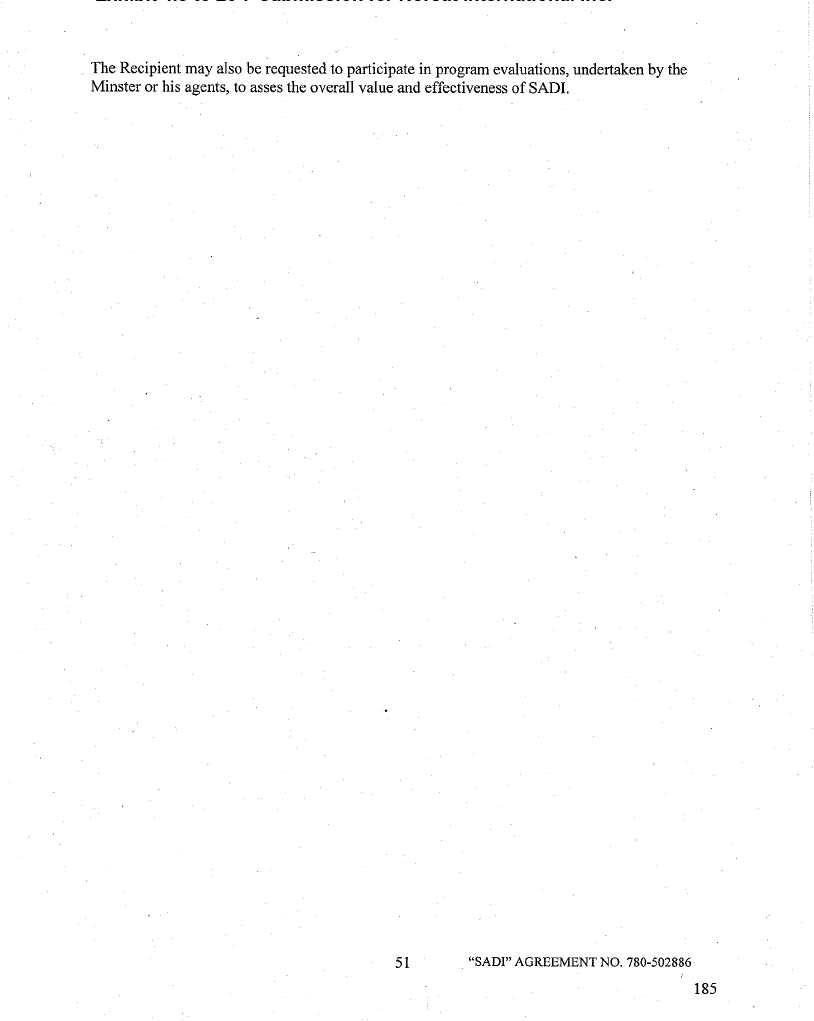
![[norsat20f033009002.gif]](https://capedge.com/proxy/20-F/0001137171-09-000215/norsat20f033009002.gif)
![[norsat20f033009004.jpg]](https://capedge.com/proxy/20-F/0001137171-09-000215/norsat20f033009004.jpg)




















































































